The 2020 Touring Superleggera Aero 3 is a limited-edition grand tourer designed and built by Italian coachbuilder Carrozzeria Touring. The company's first production model since the limited-series 2016 Alfa Romeo Disco Volante and 2018 Touring Sciadipersia, the 2020 Aero 3 is also based on an existing Italian car, the Ferrari F12berlinetta.
Discontinued in 2017 to make way for the 812 Superfast, the F12berlinetta provides the underpinnings and technology to the Aero 3, which features a brand-new exterior designed by Carrozzeria Touring and a revised interior. Power comes from the same 6.3-liter V-12 engine rated at 730 horsepower. Only 15 units will be built, all based on F12berlinetta cars provided by the customers. Is it a better option that Ferrari's already iconic grand tourer? Let's find out in the review below.
2021 Touring Superleggera Aero 3


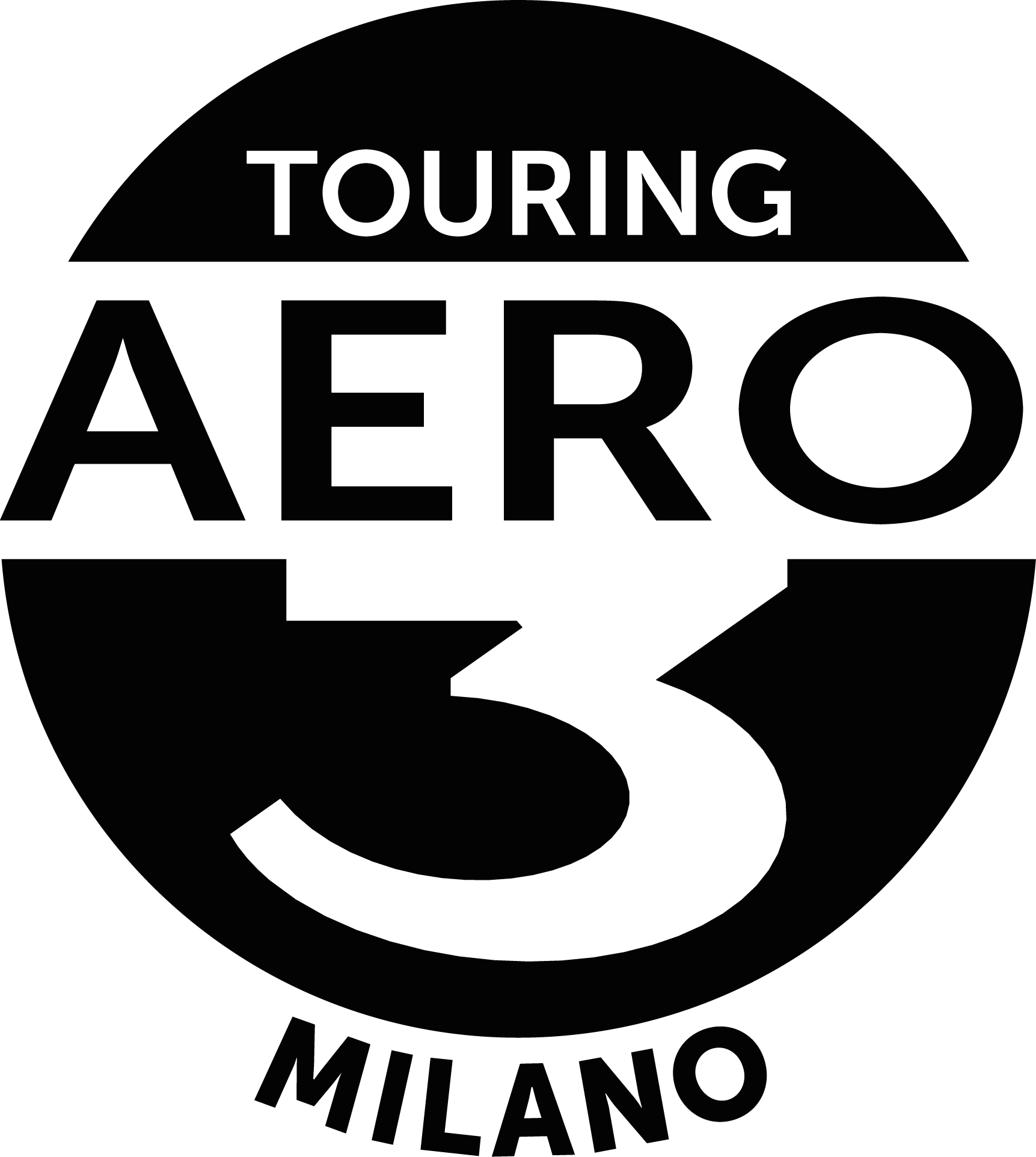
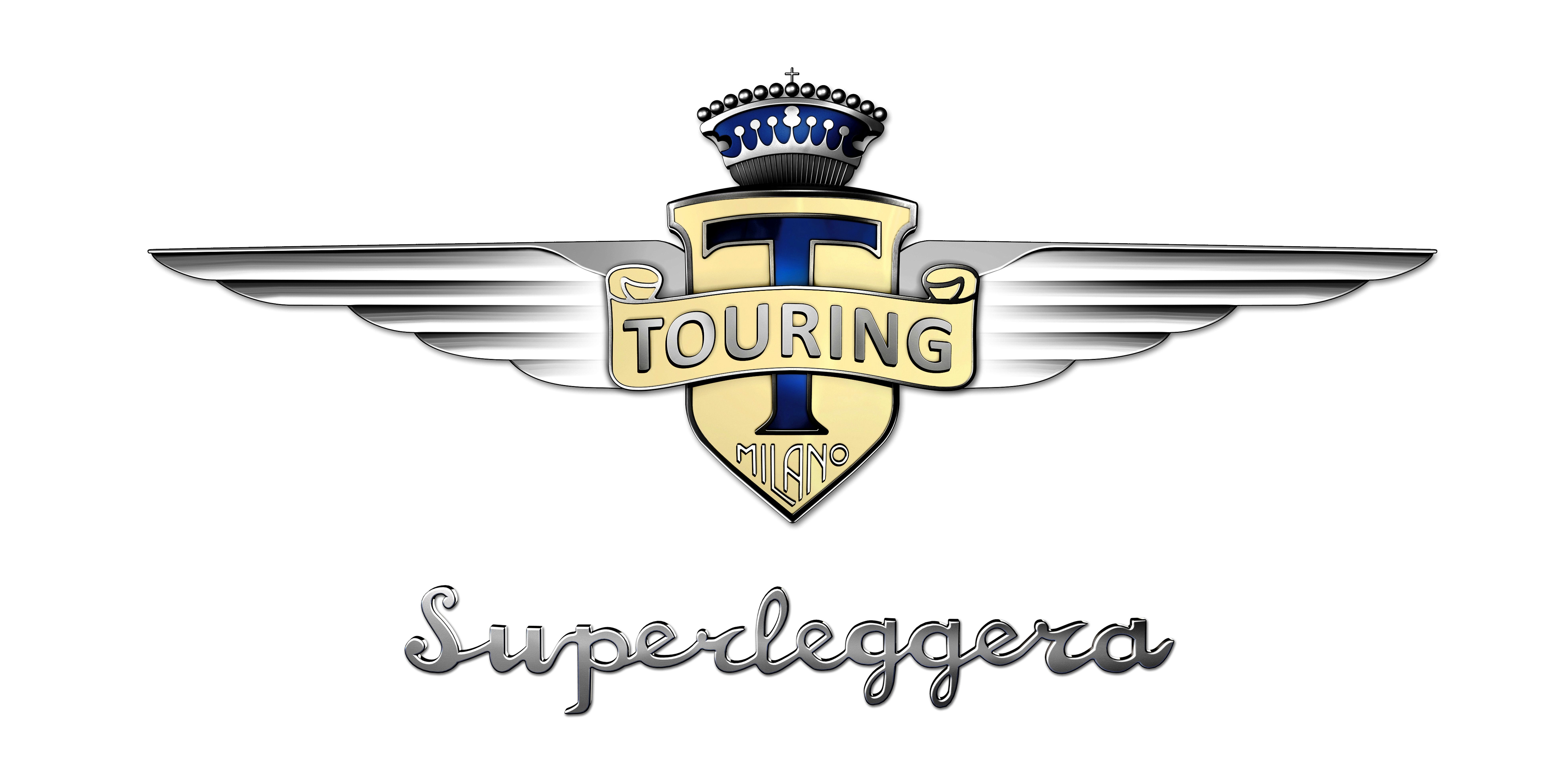
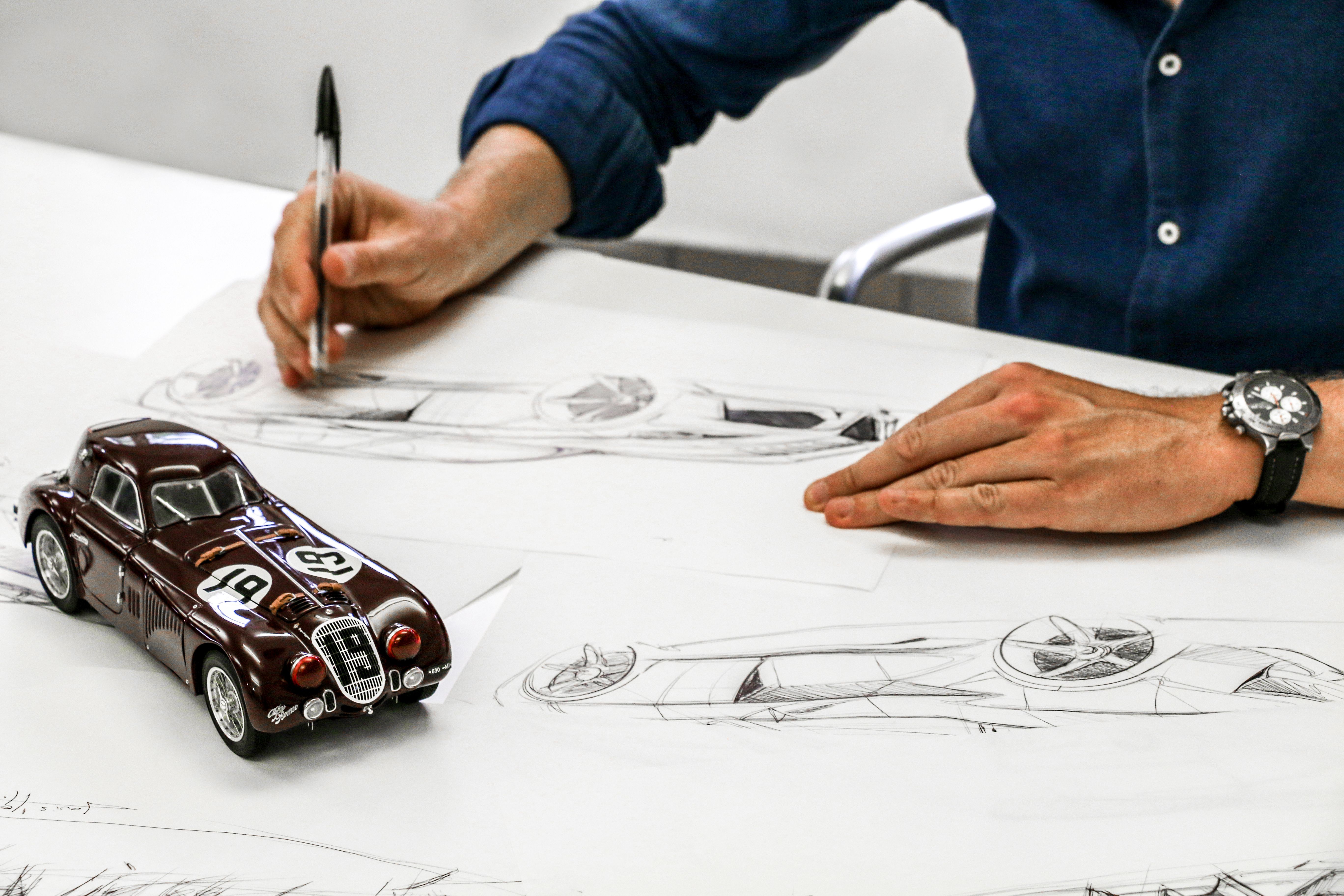
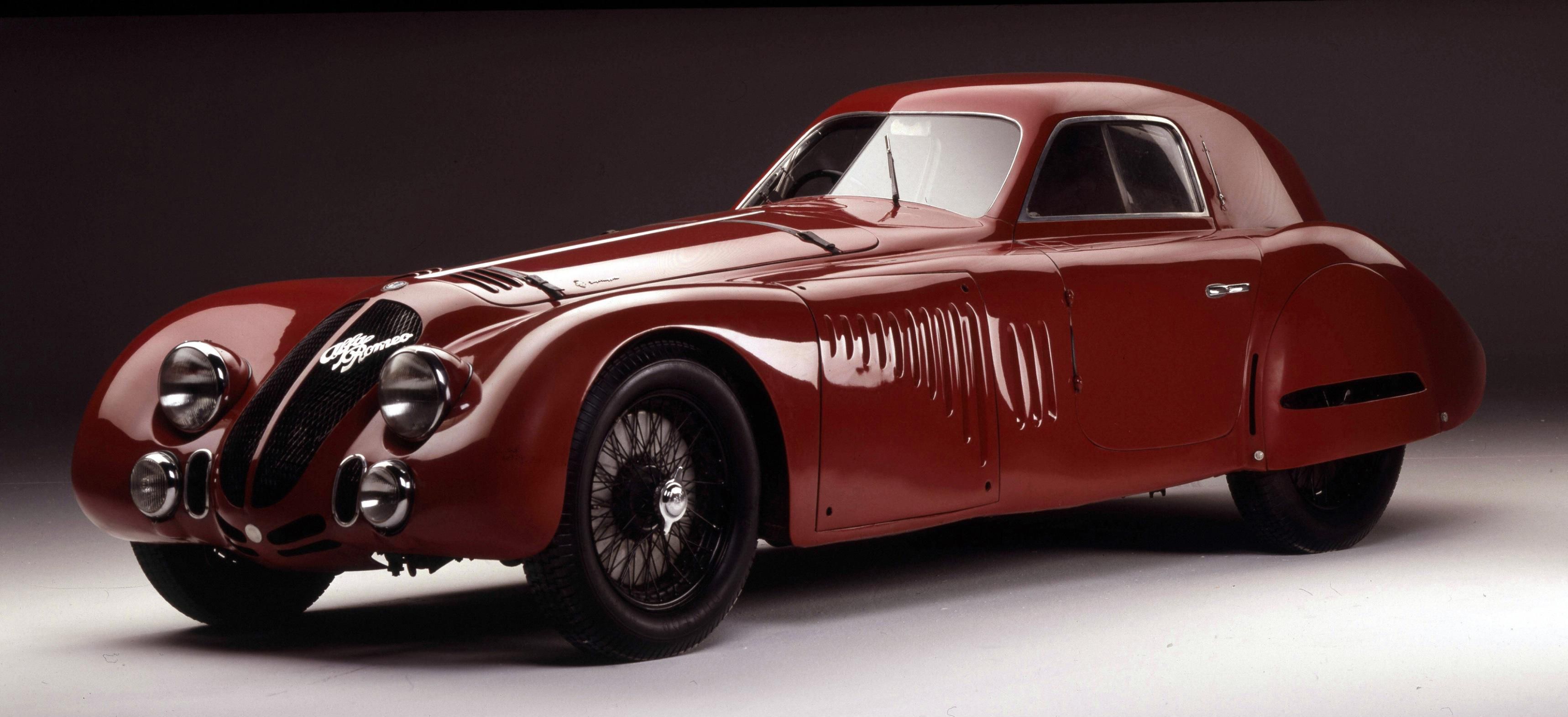
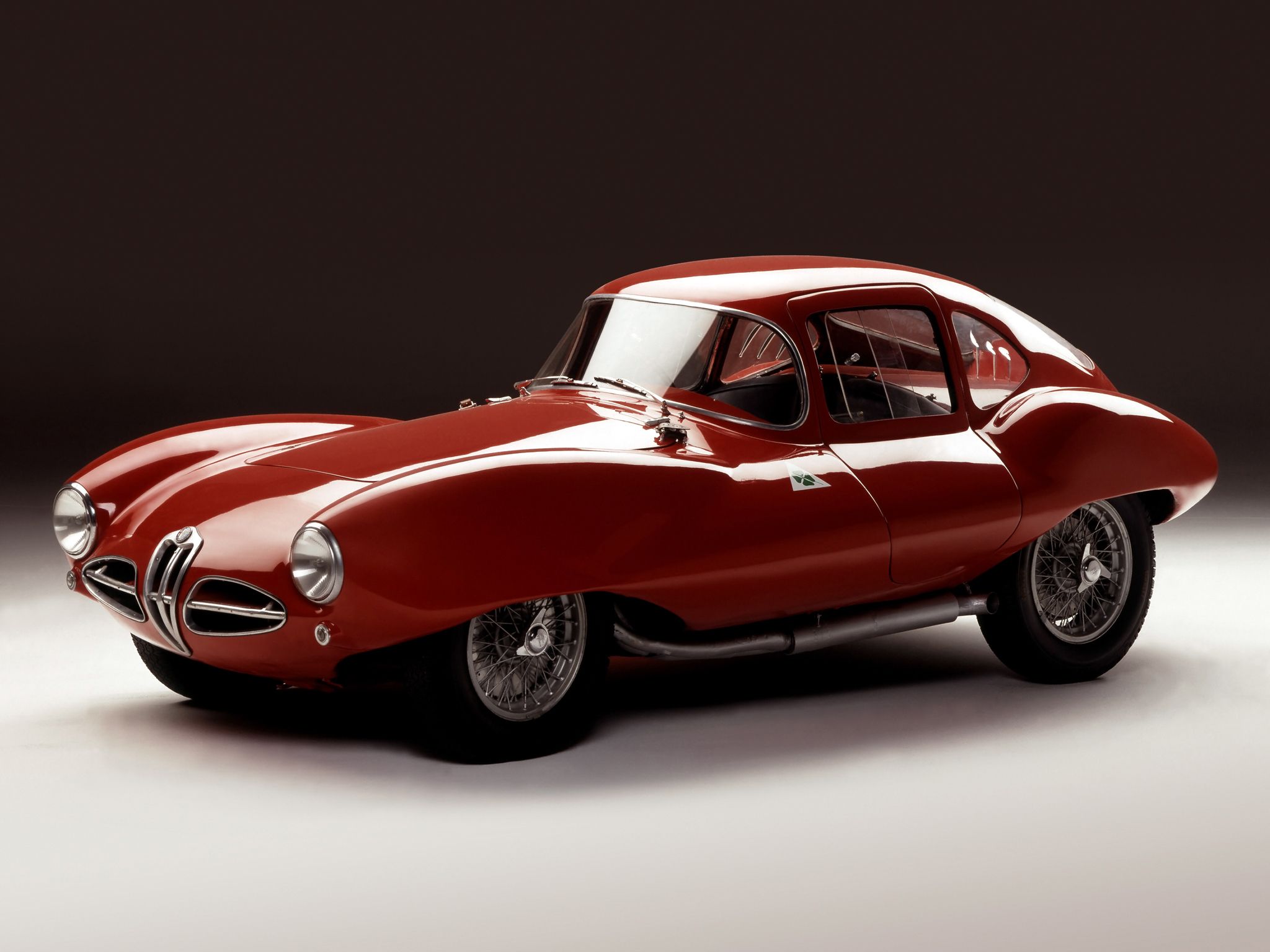
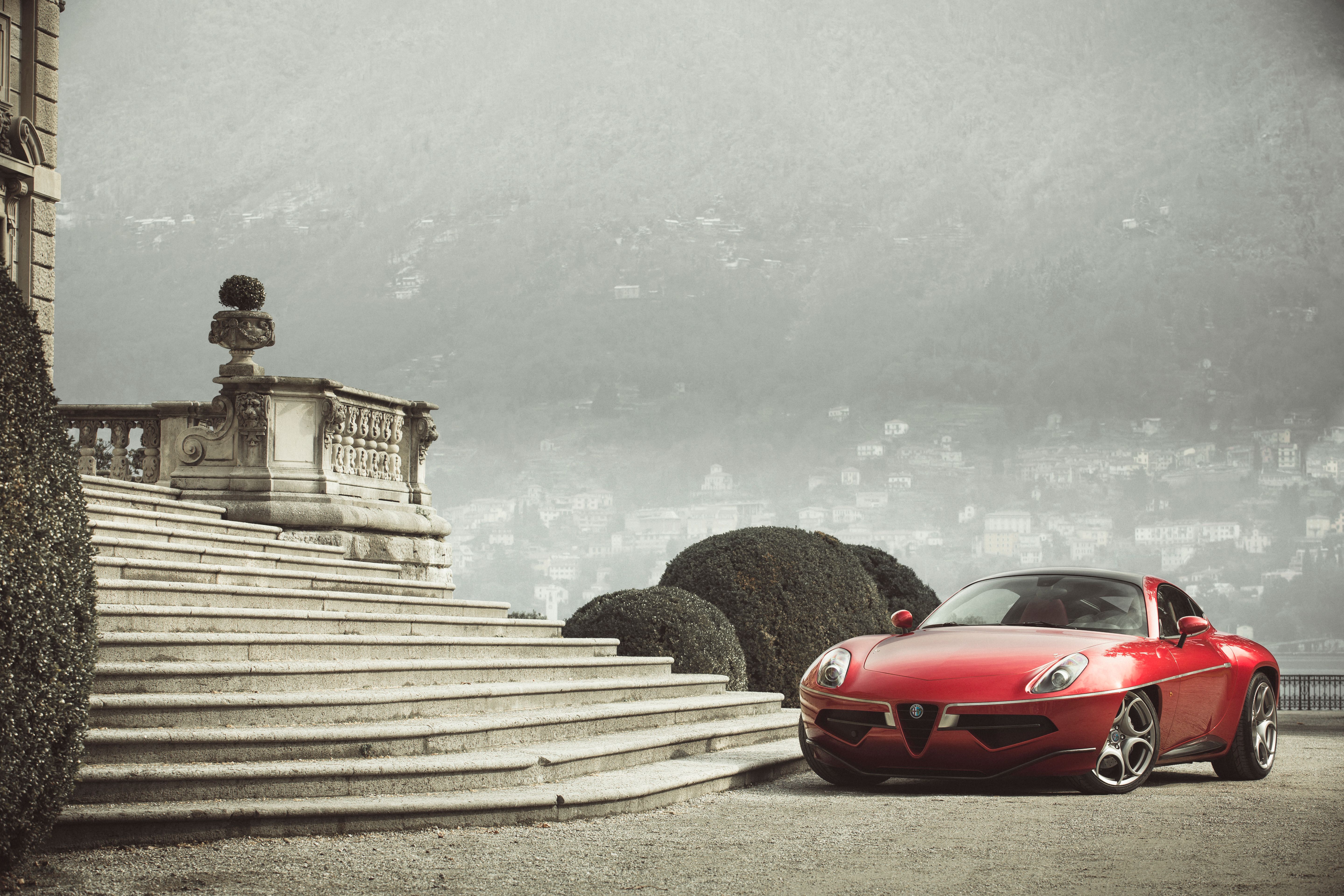
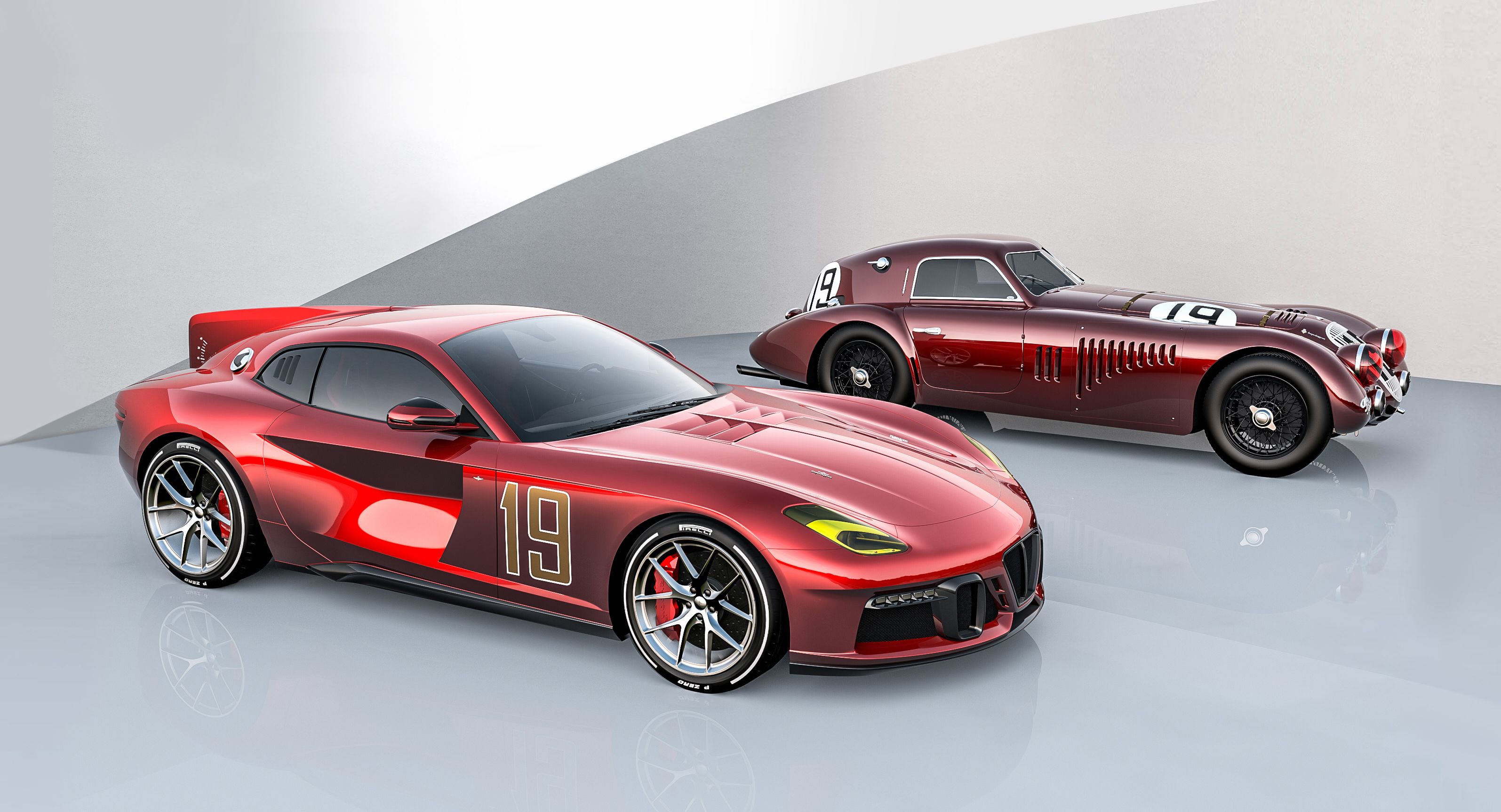
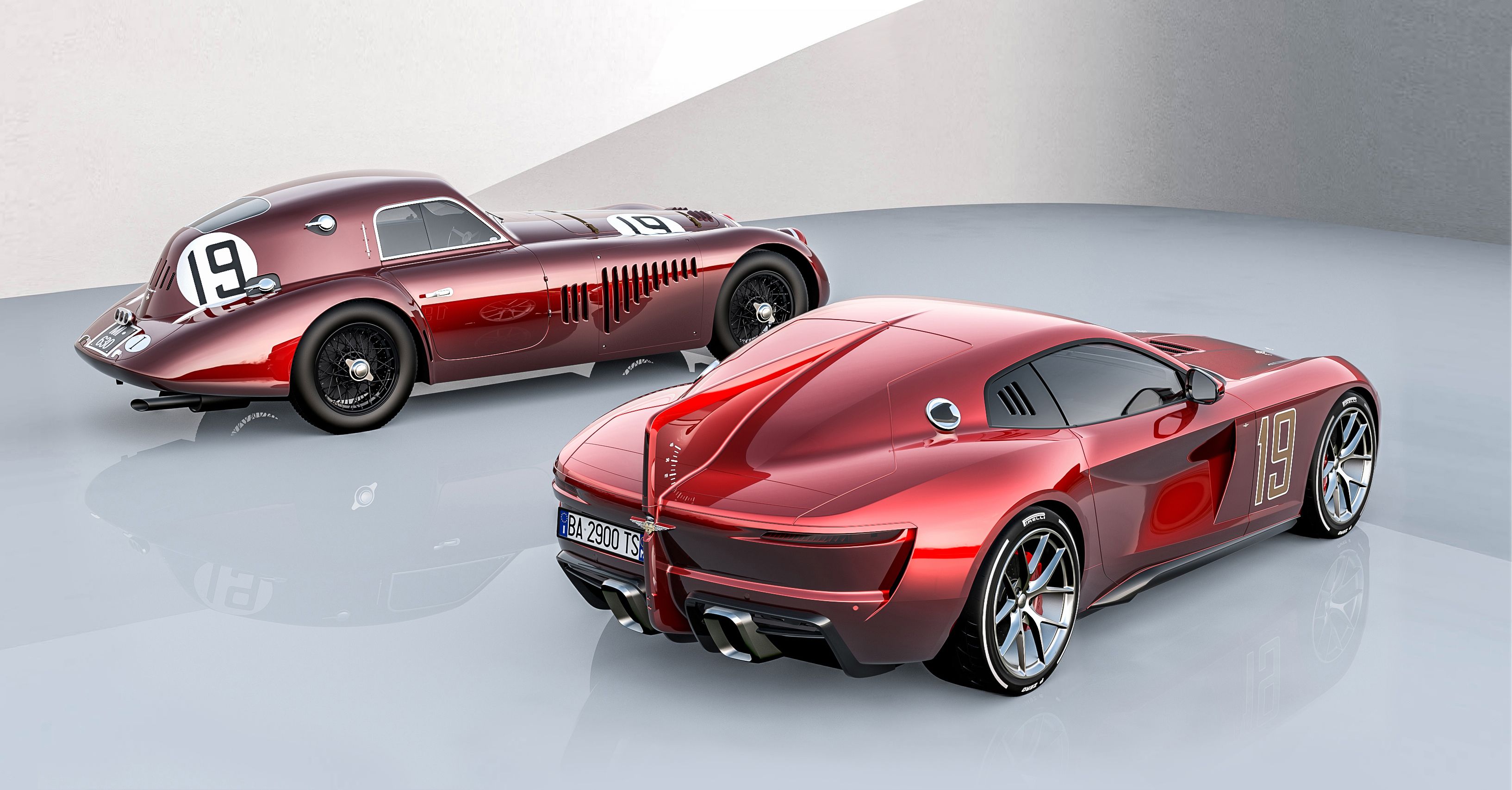
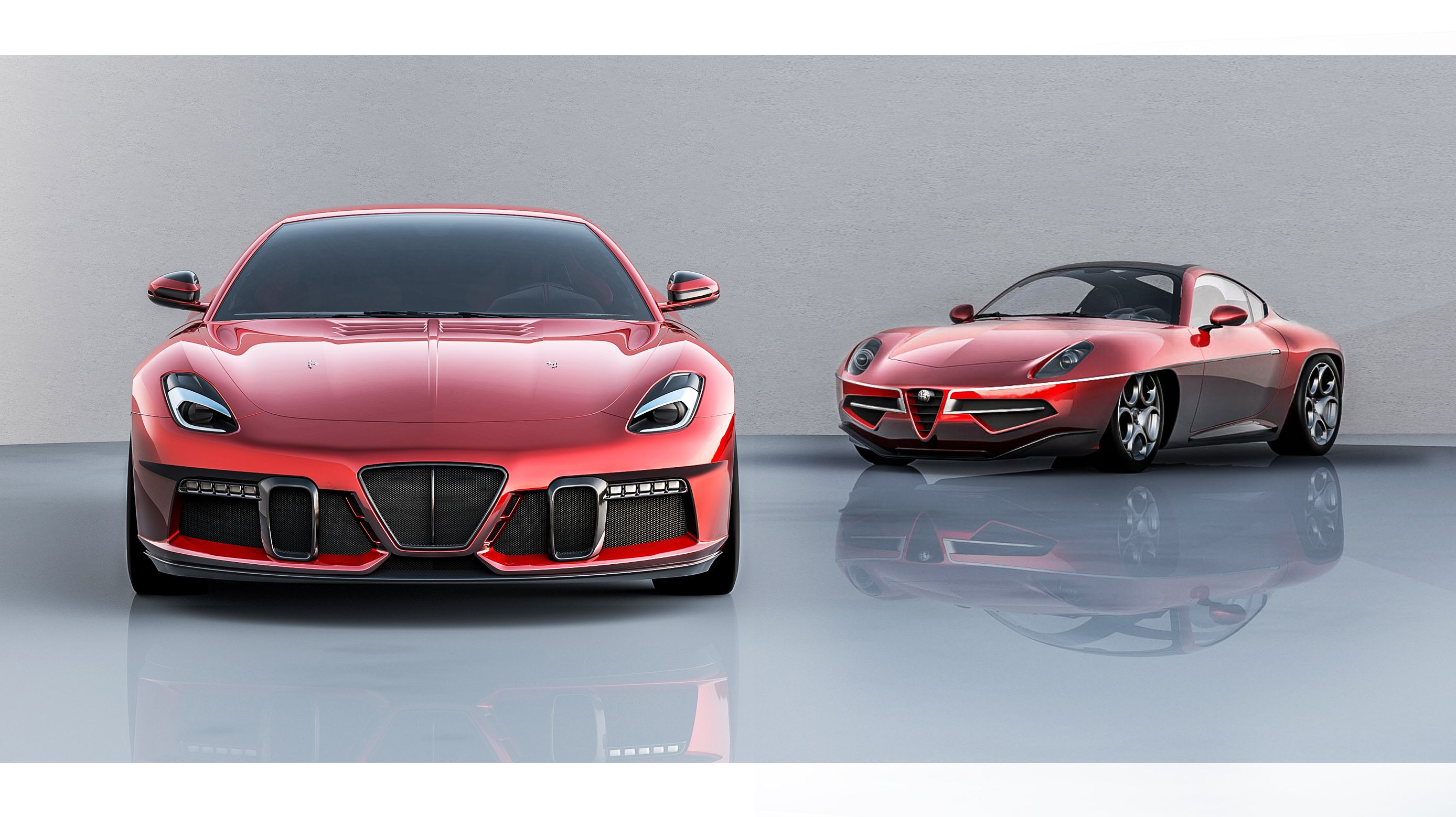
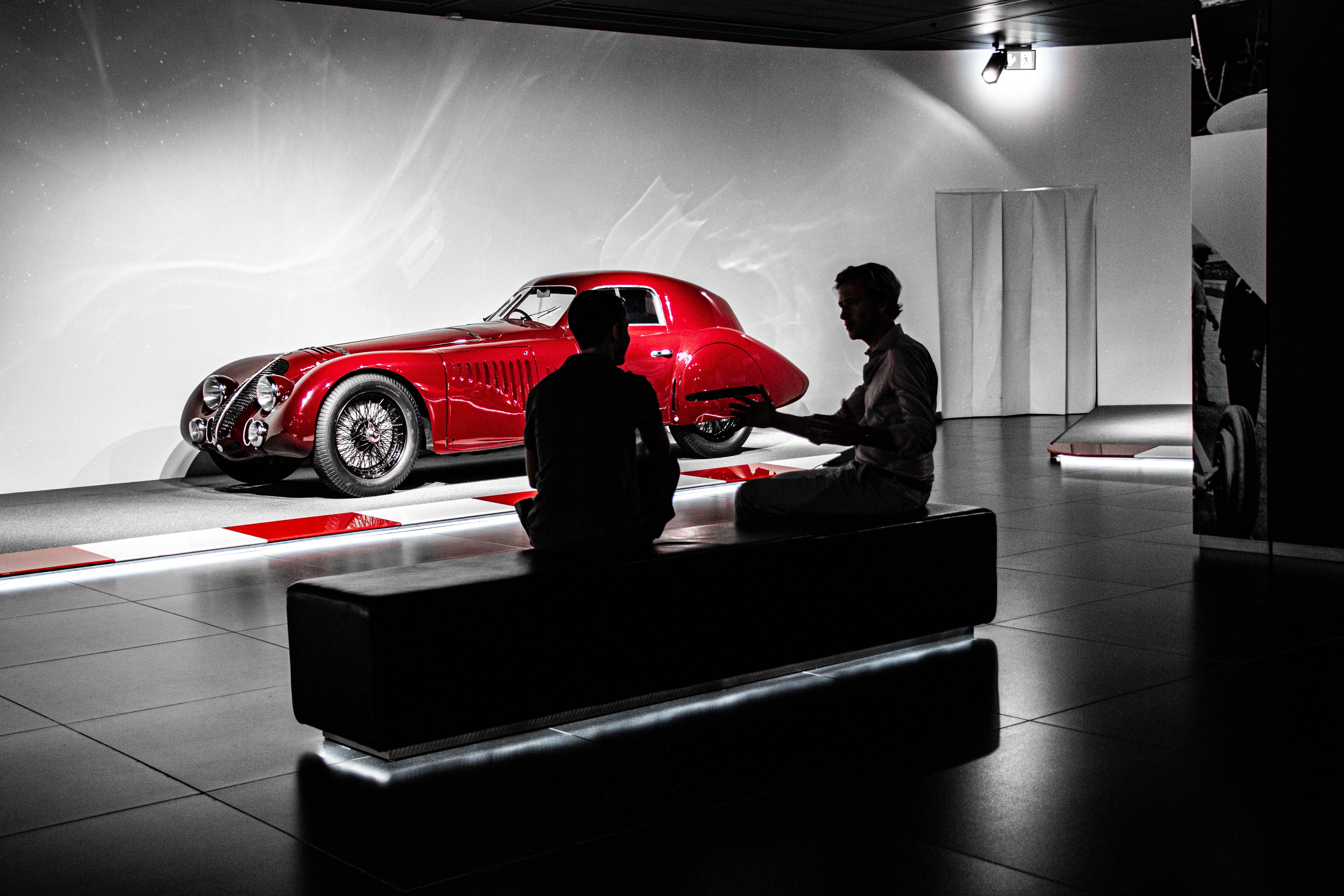
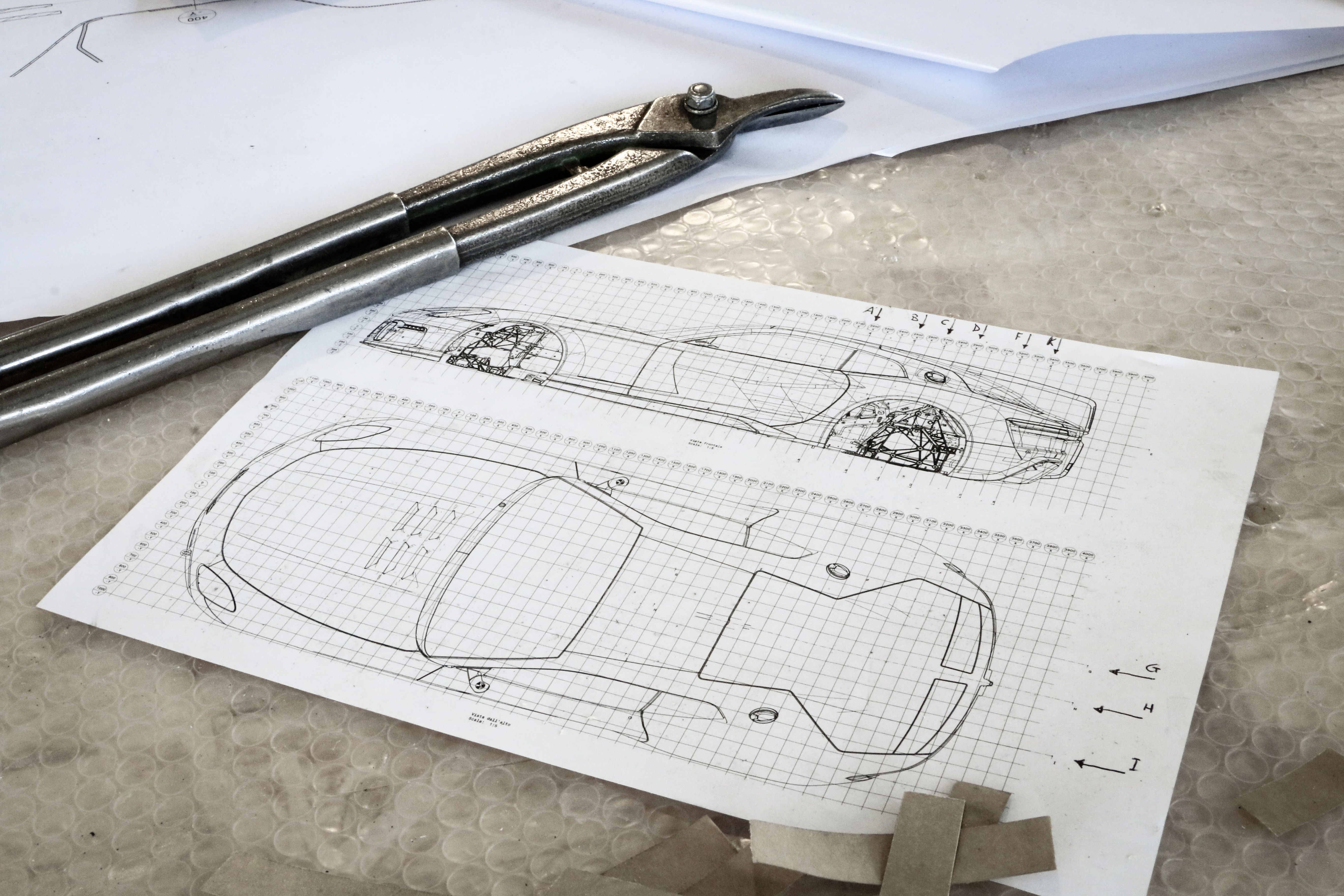
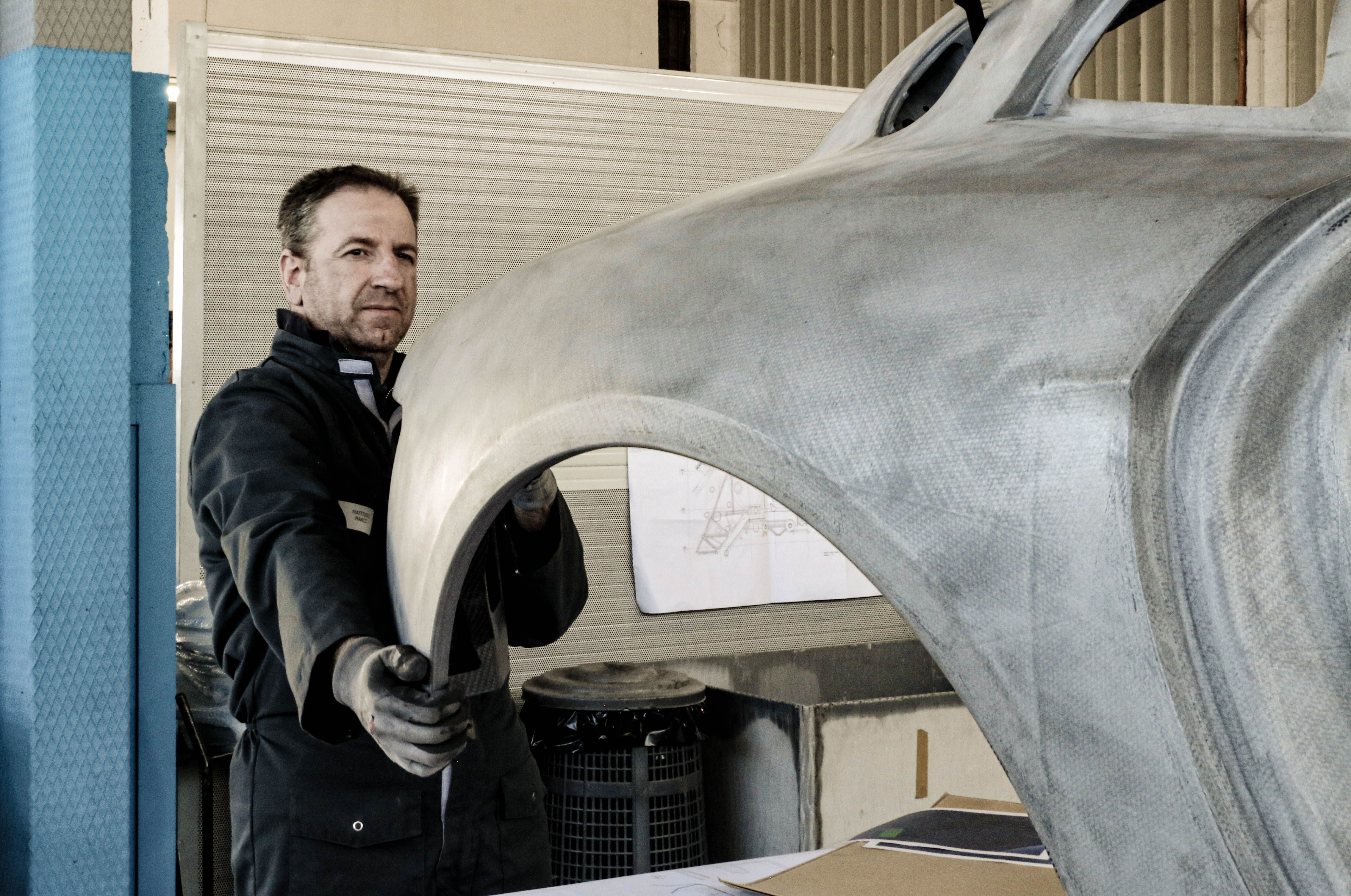
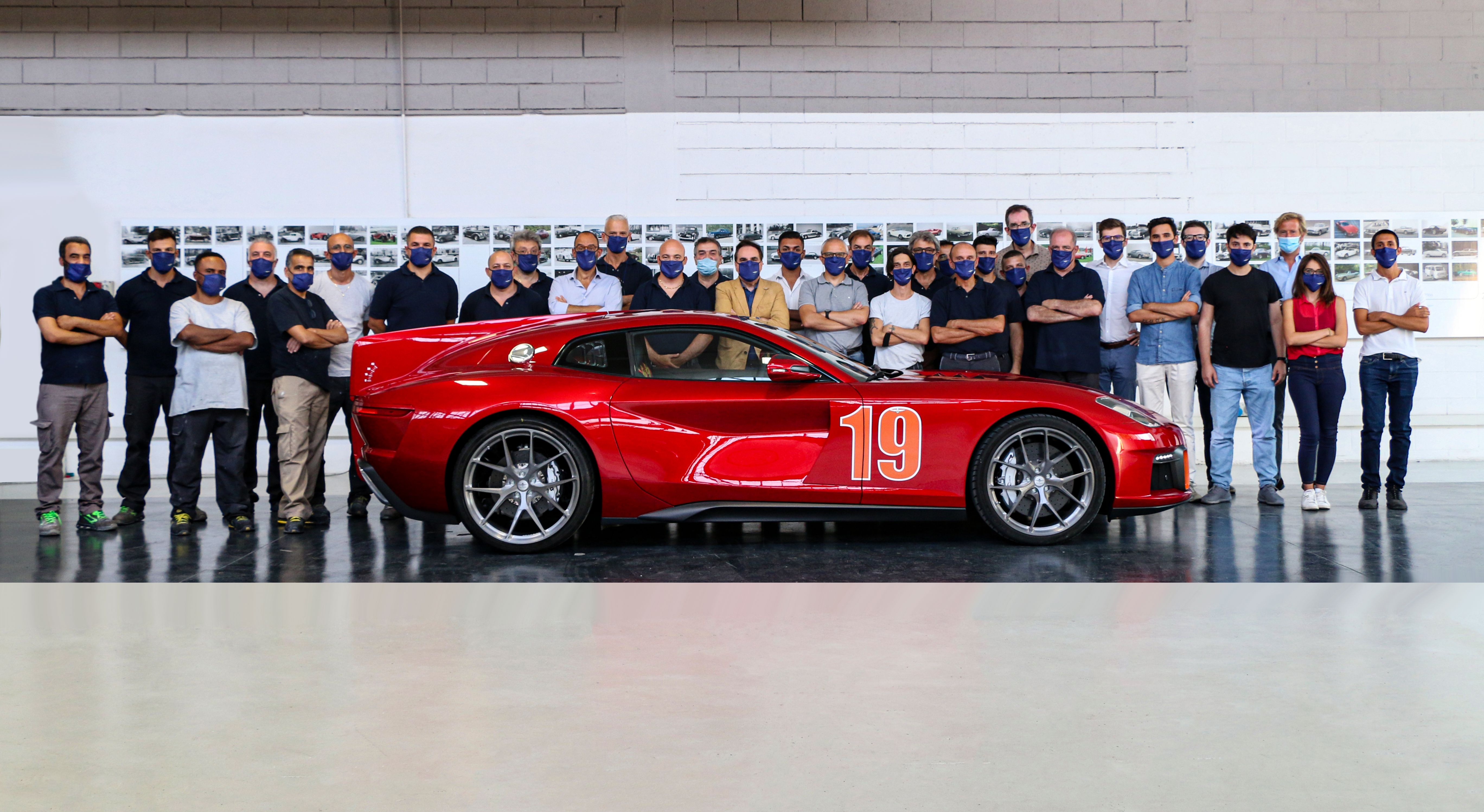
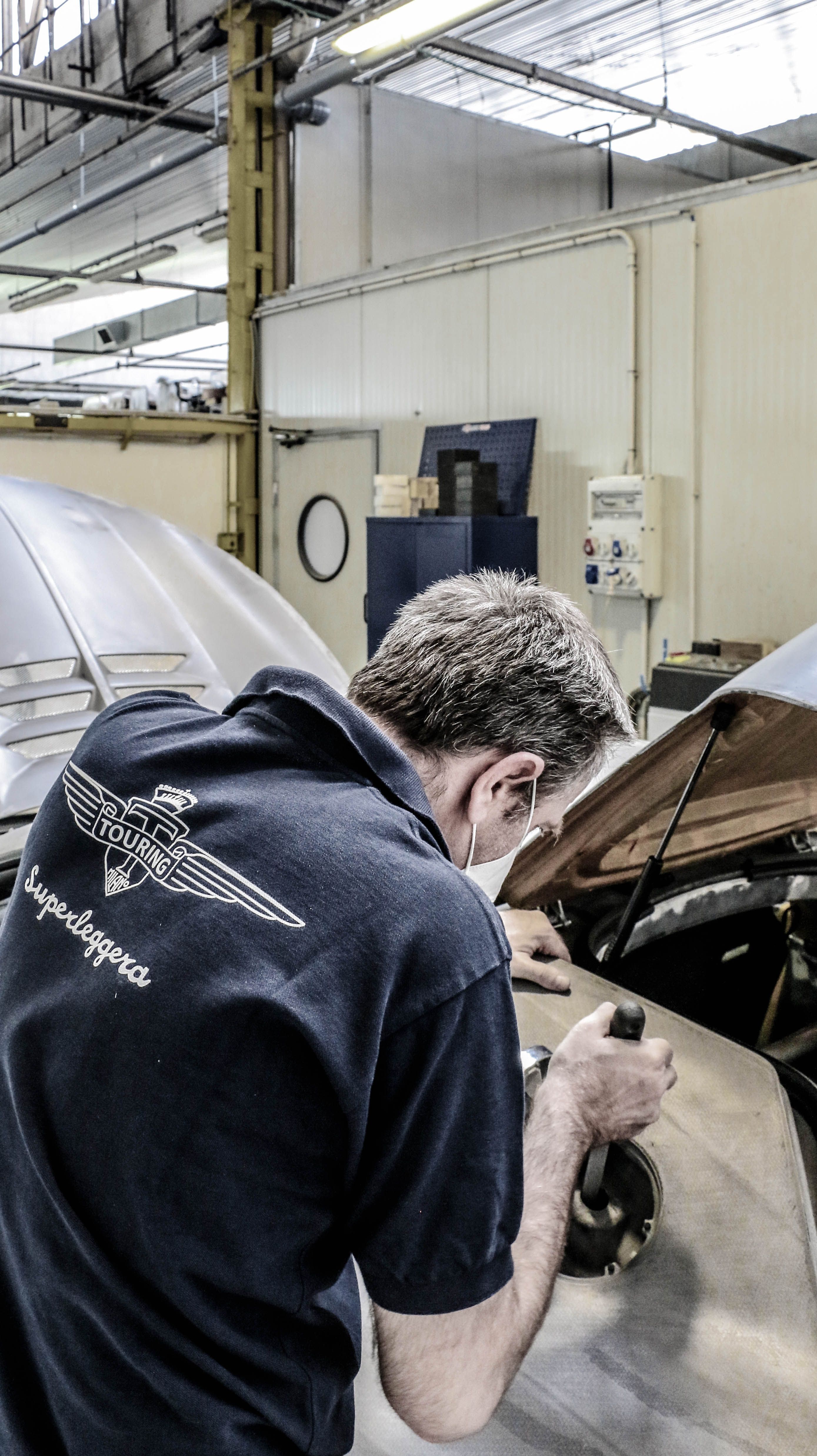
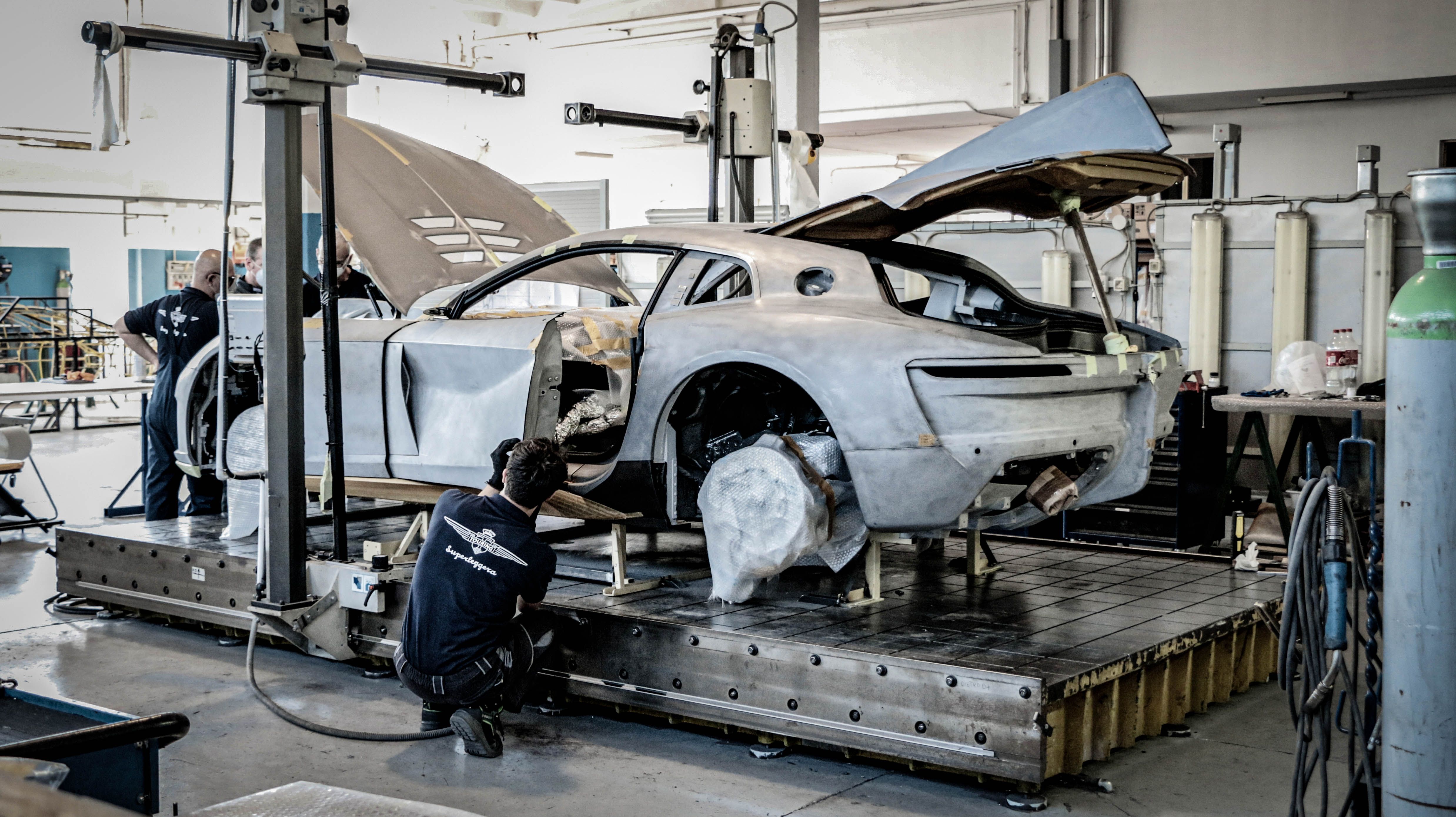
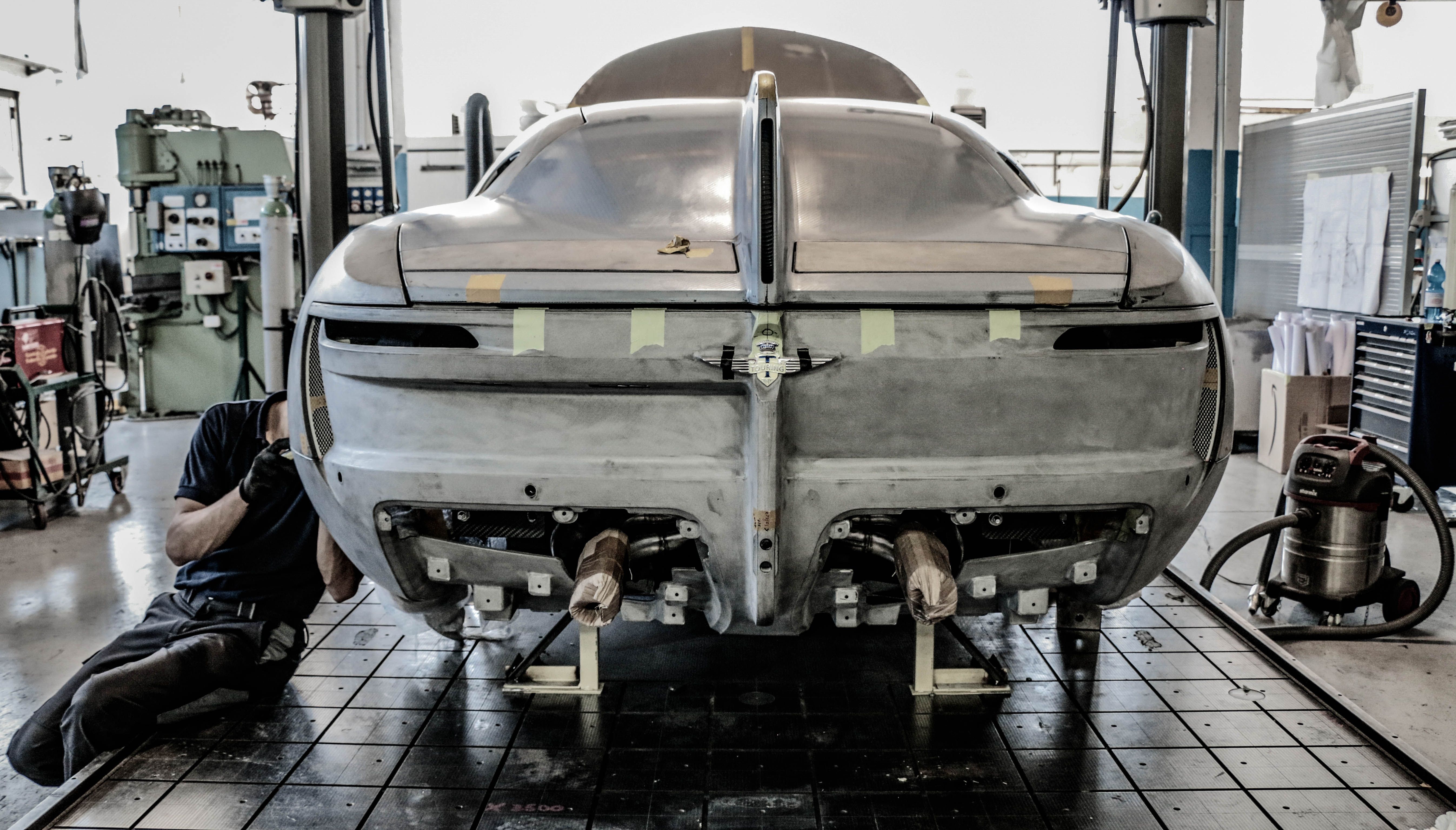
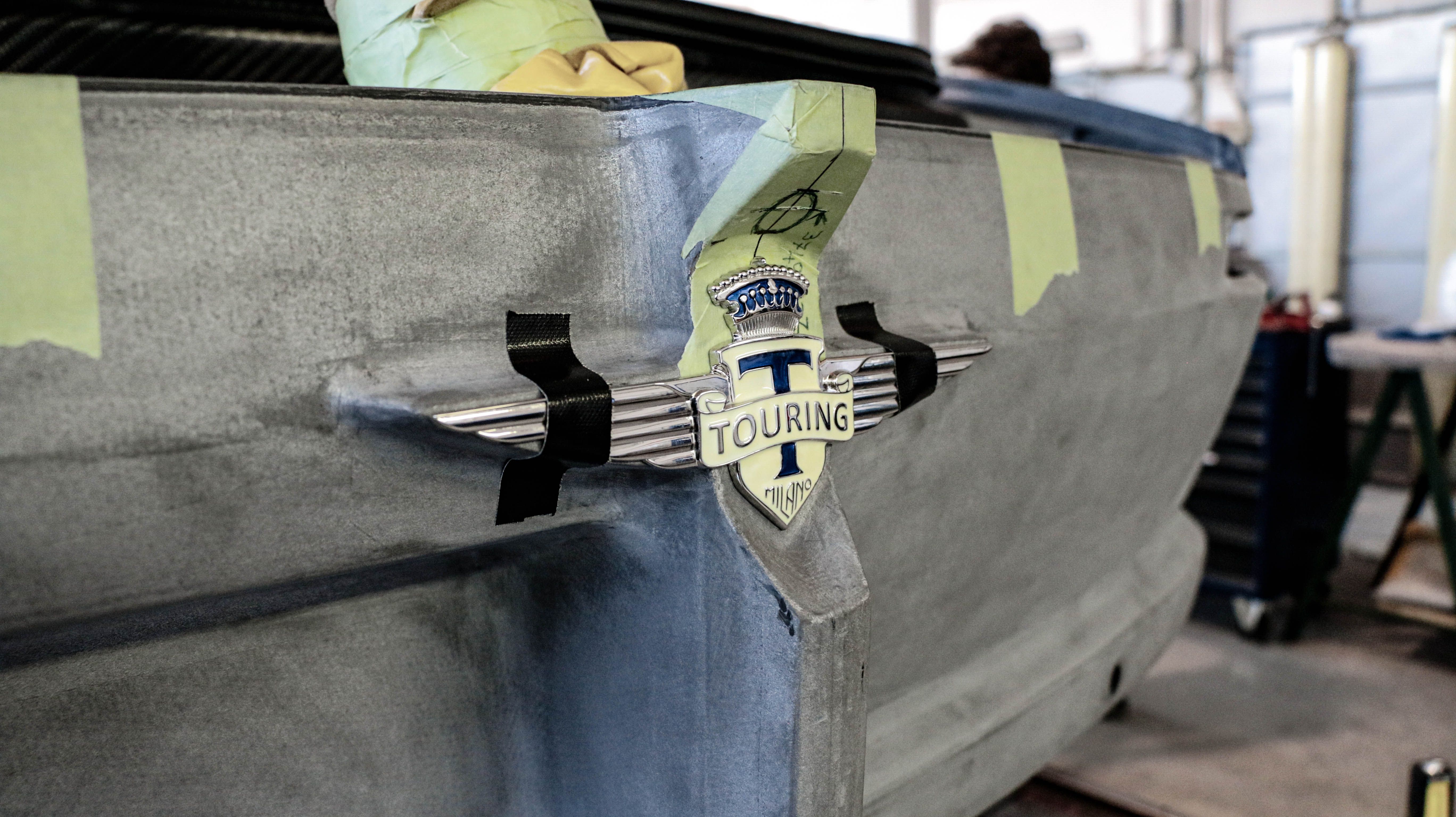
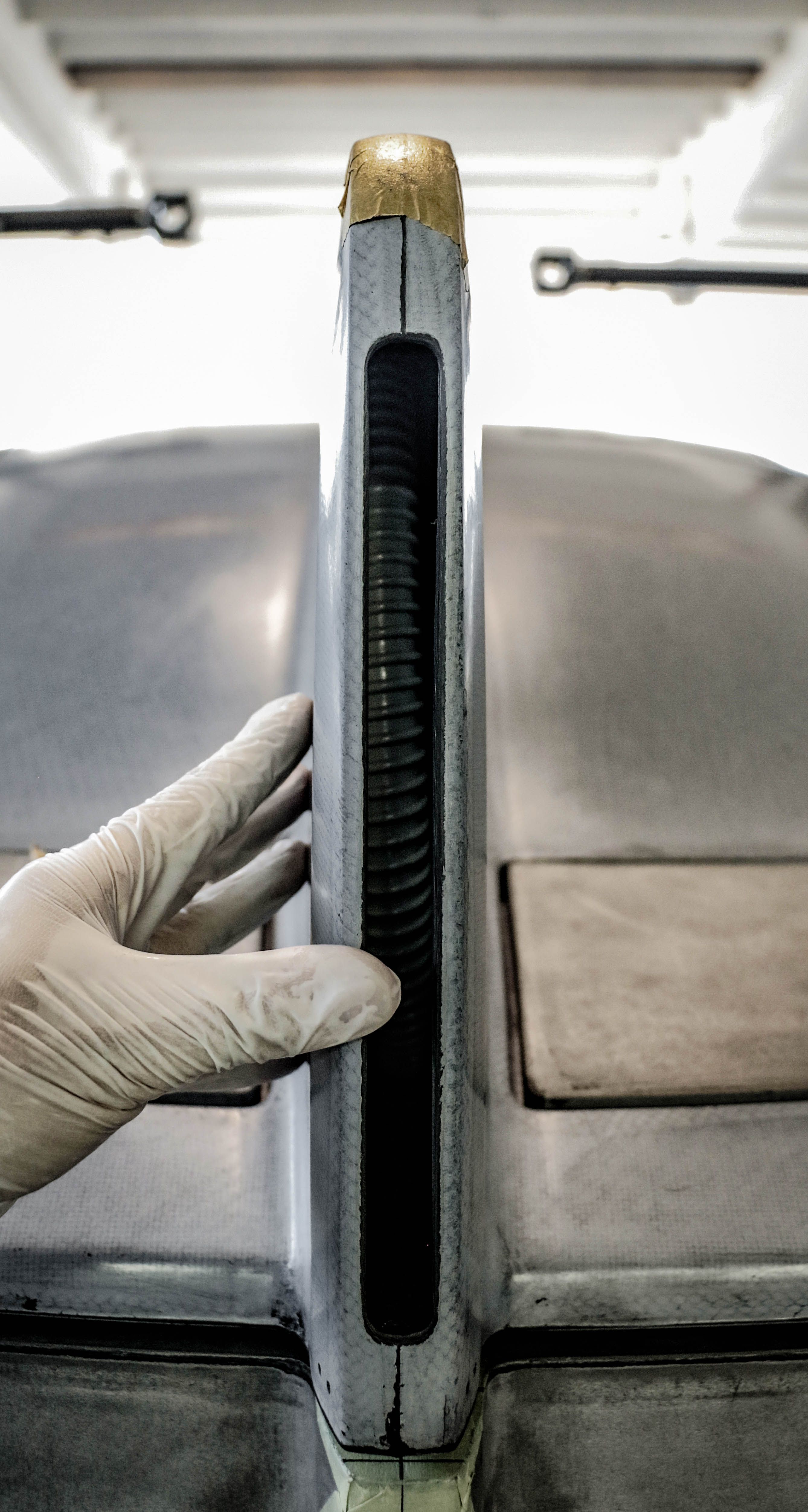
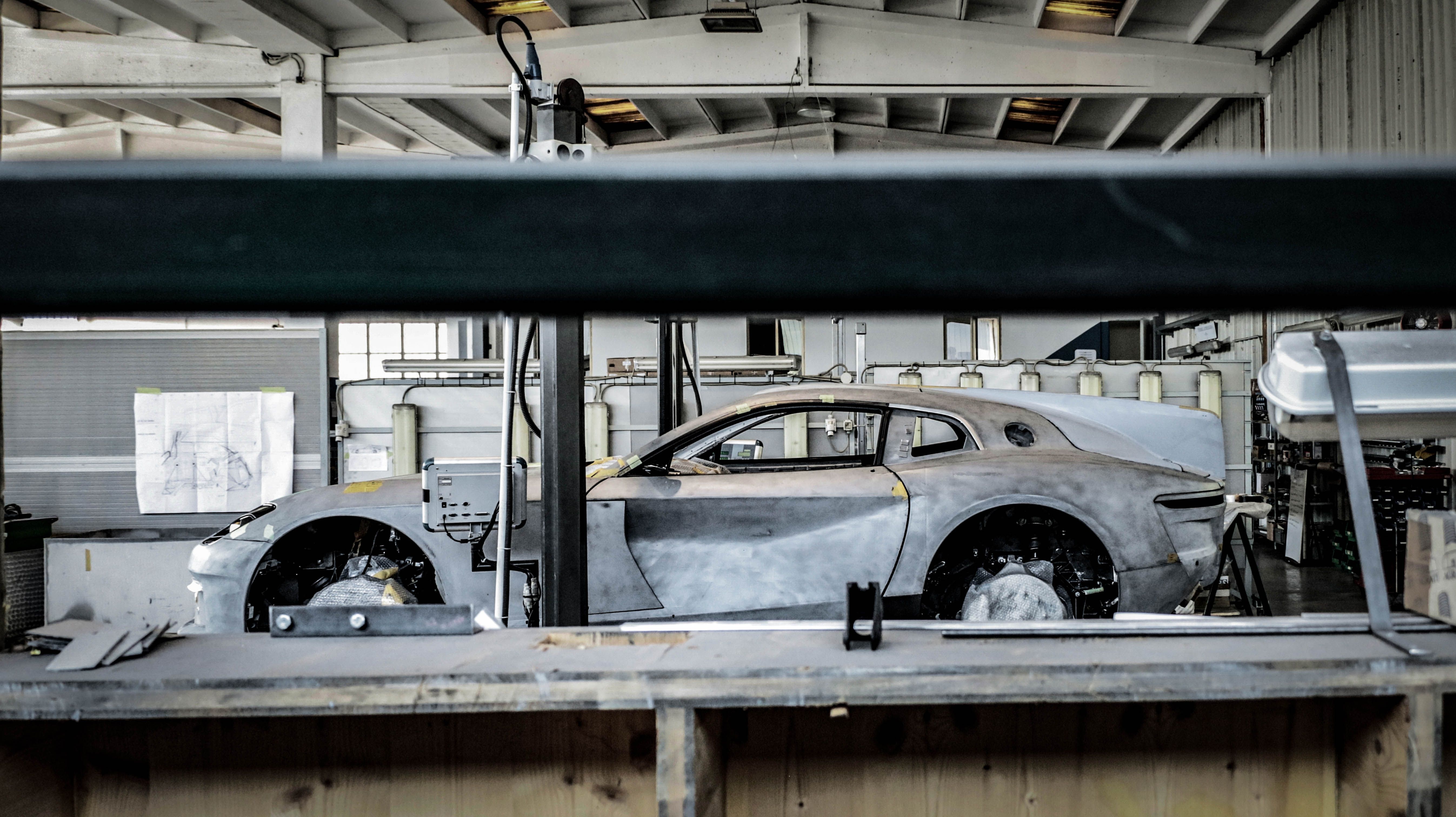
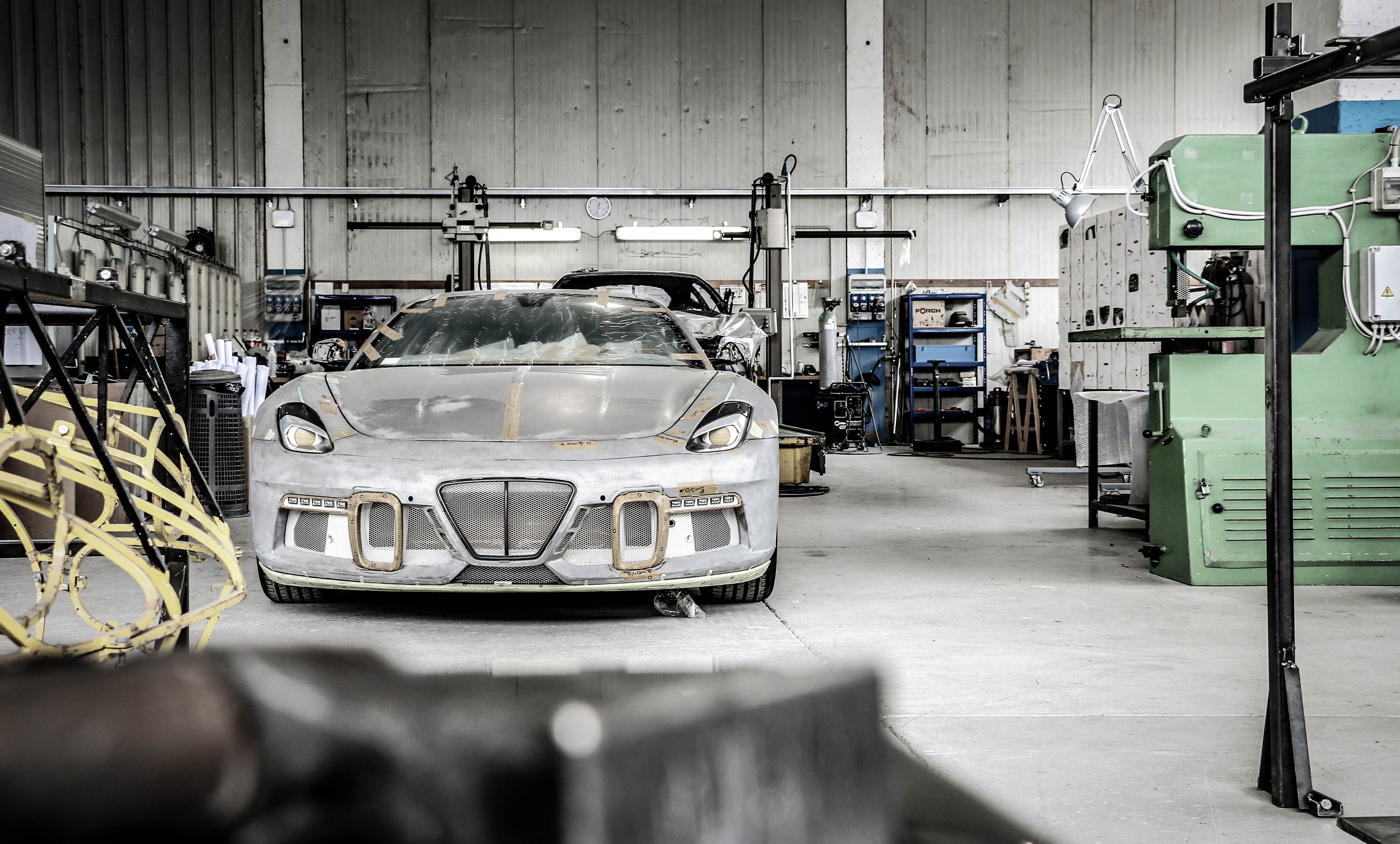
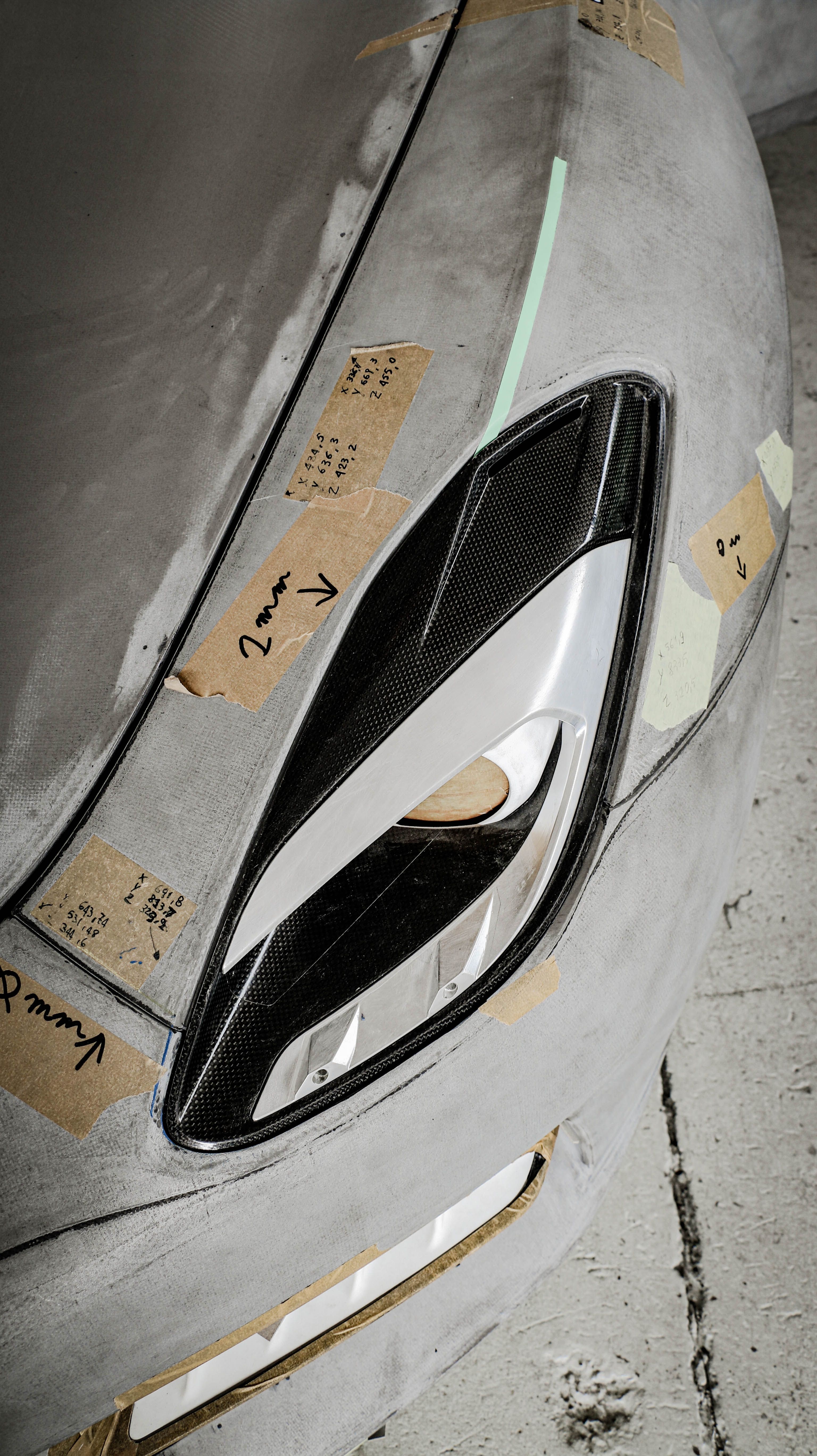
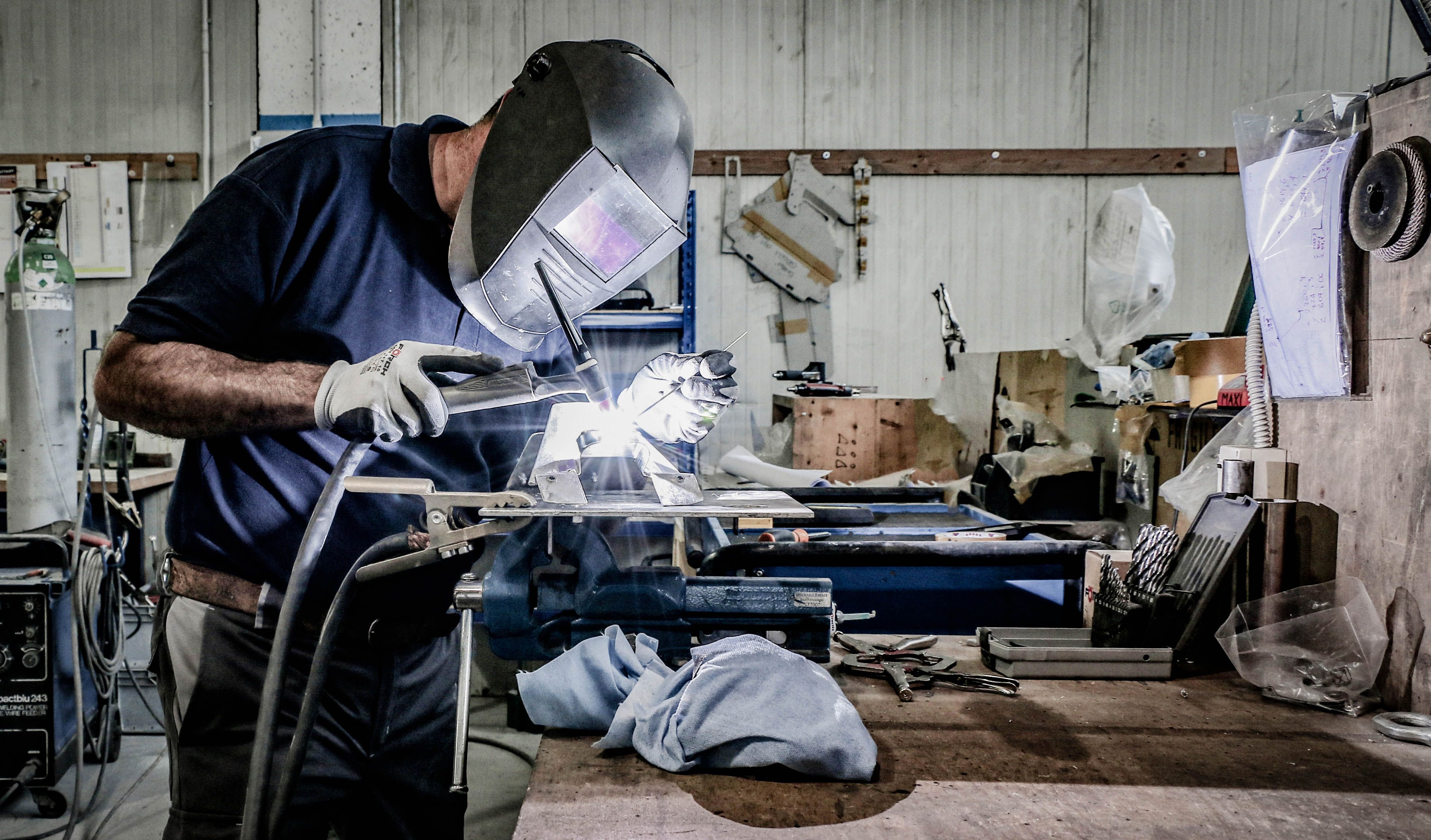
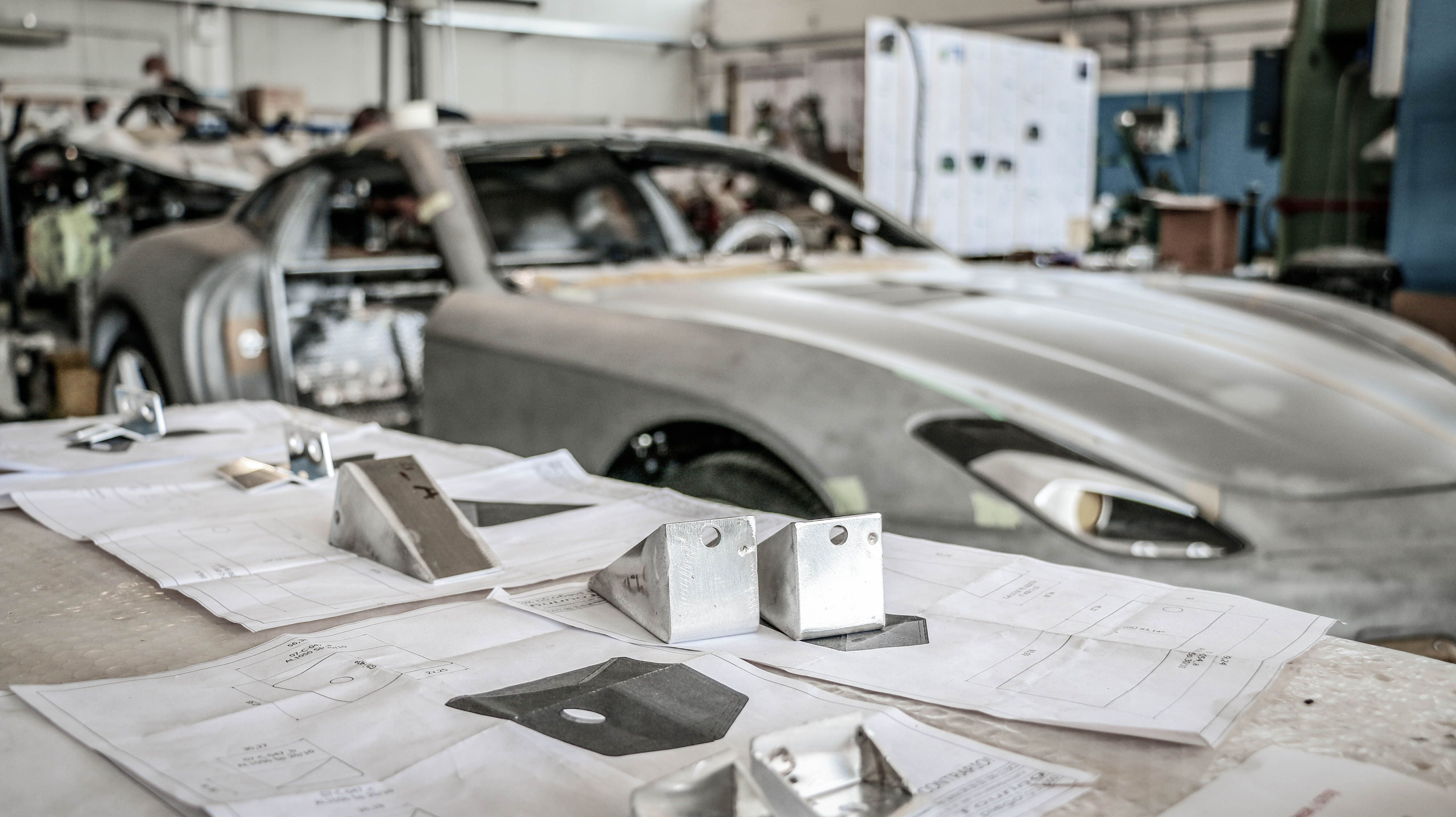
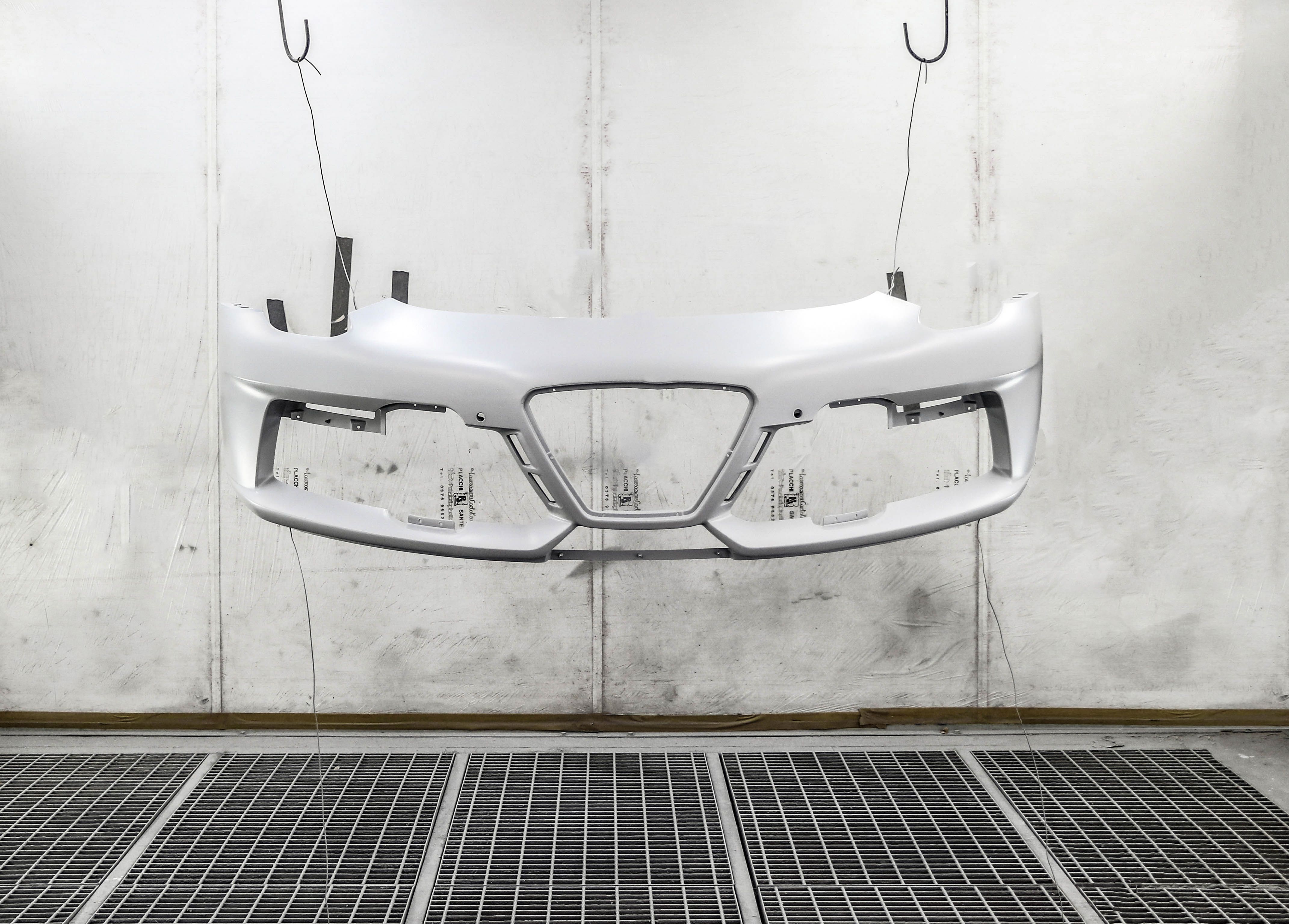
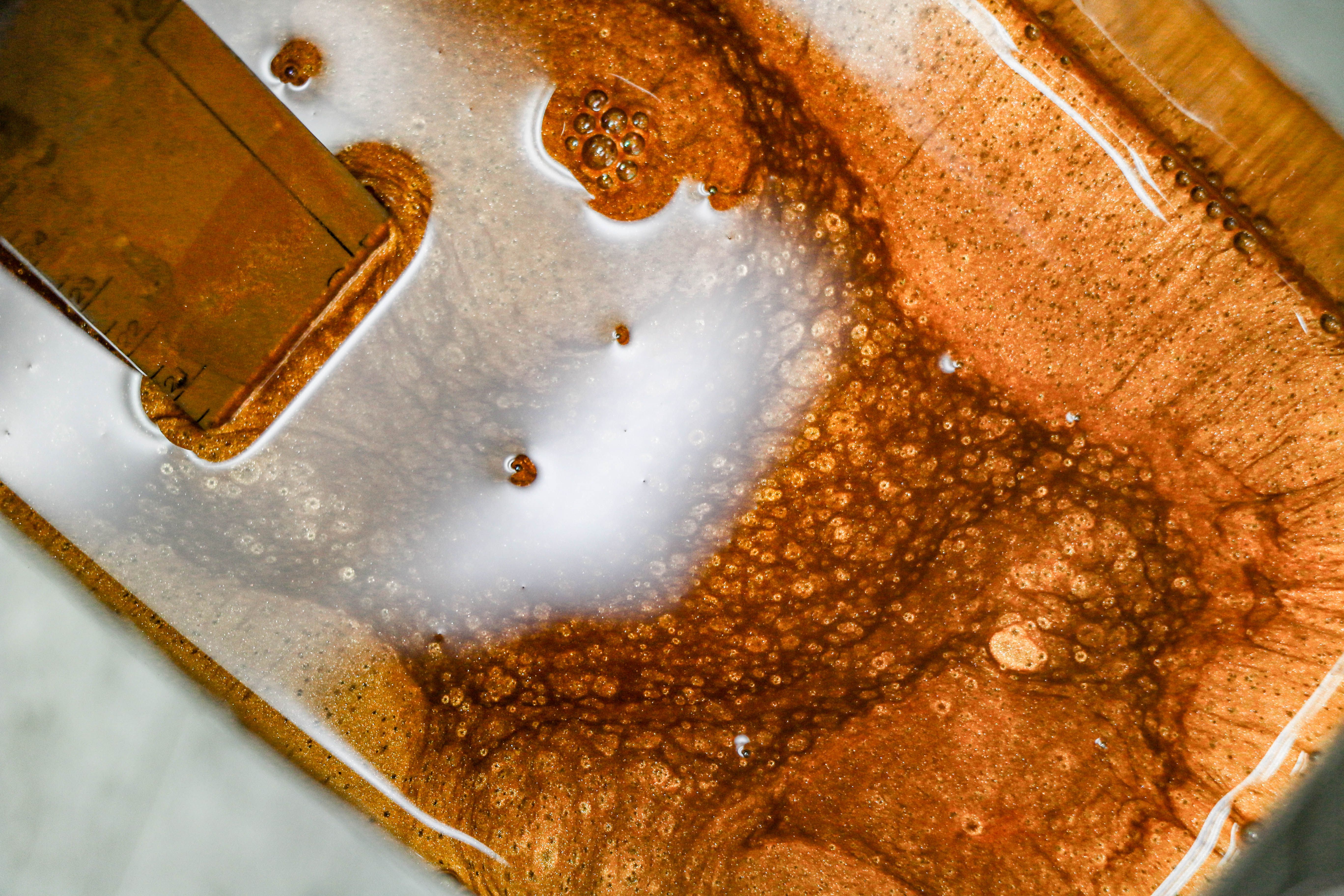
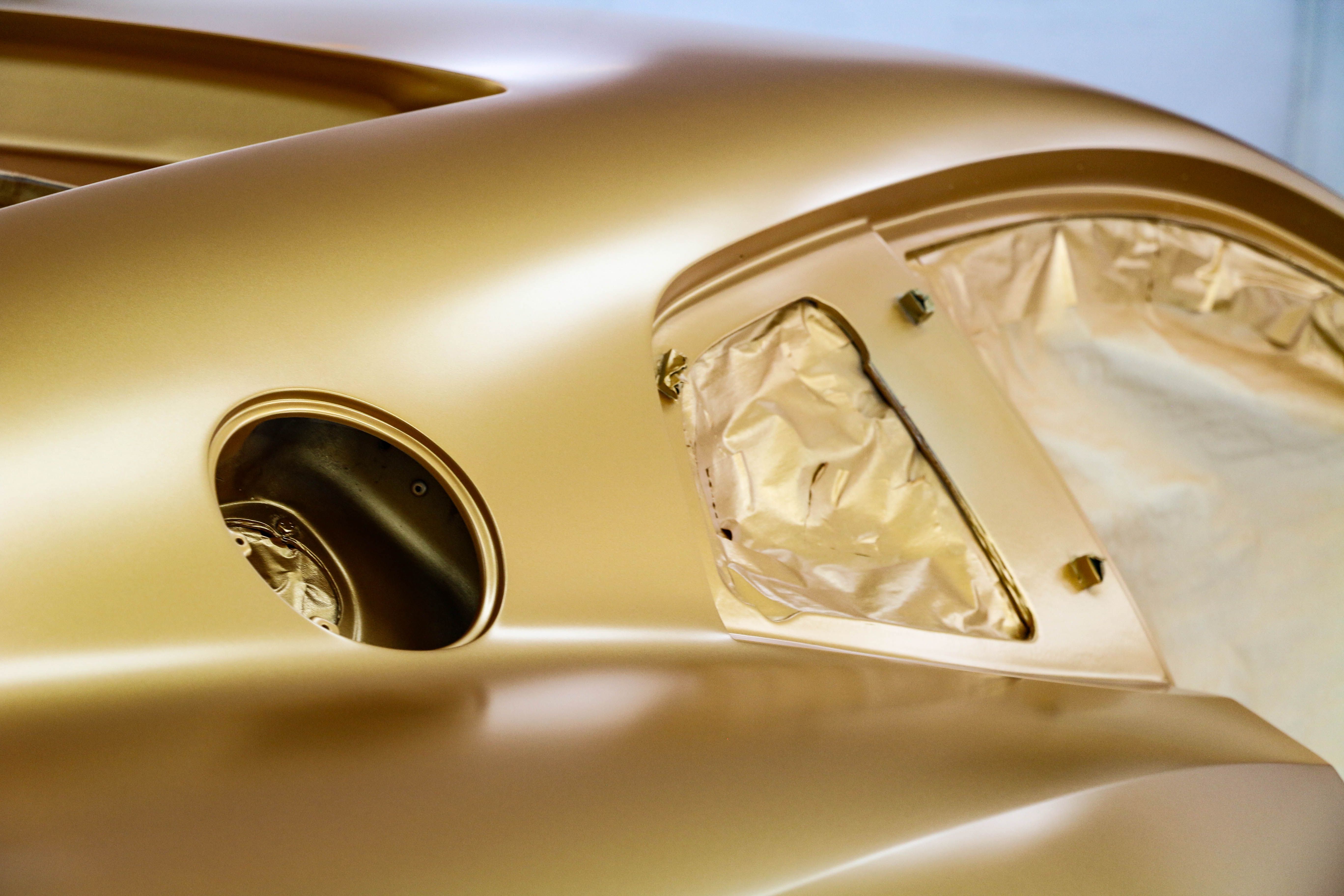
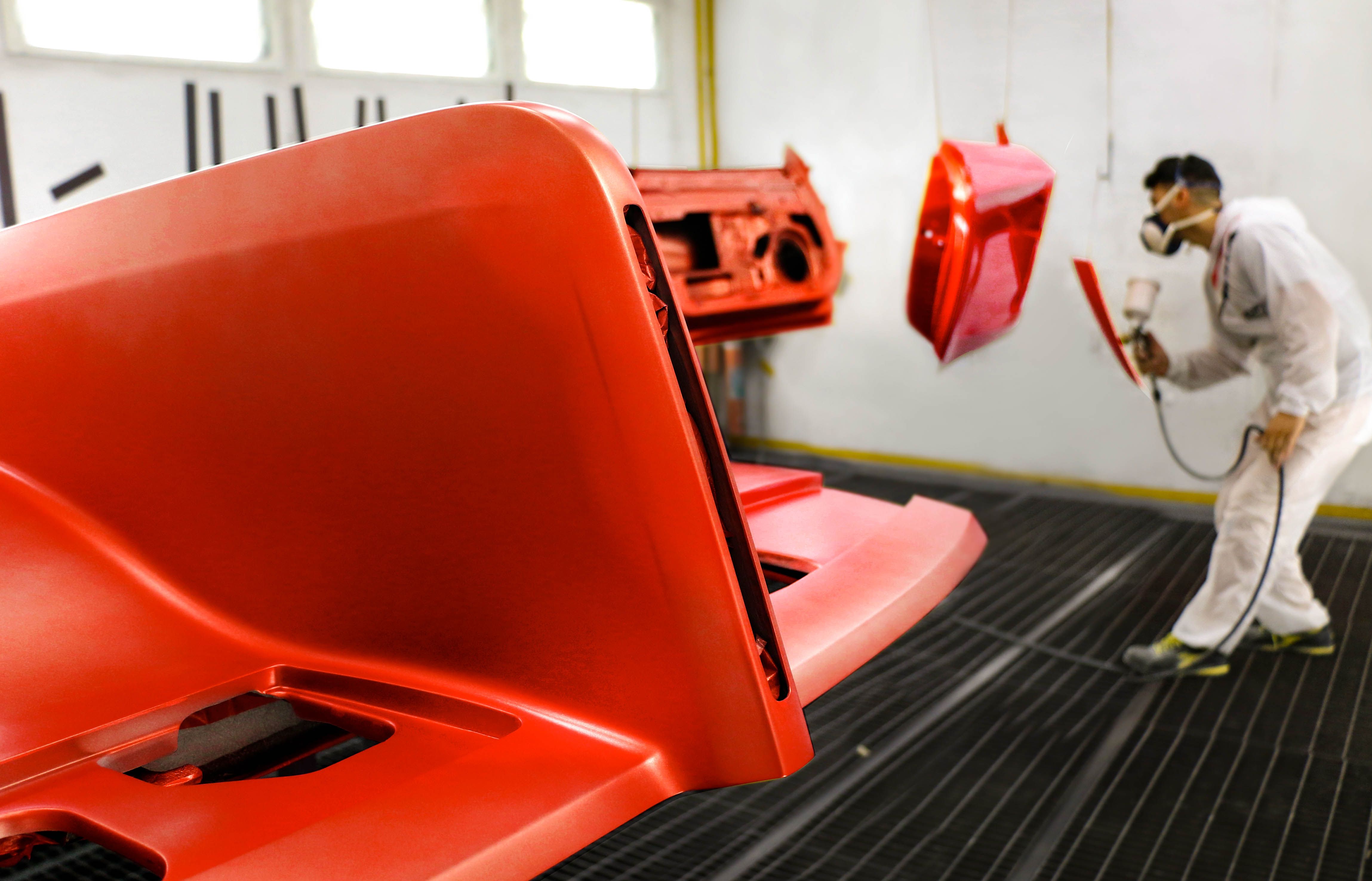
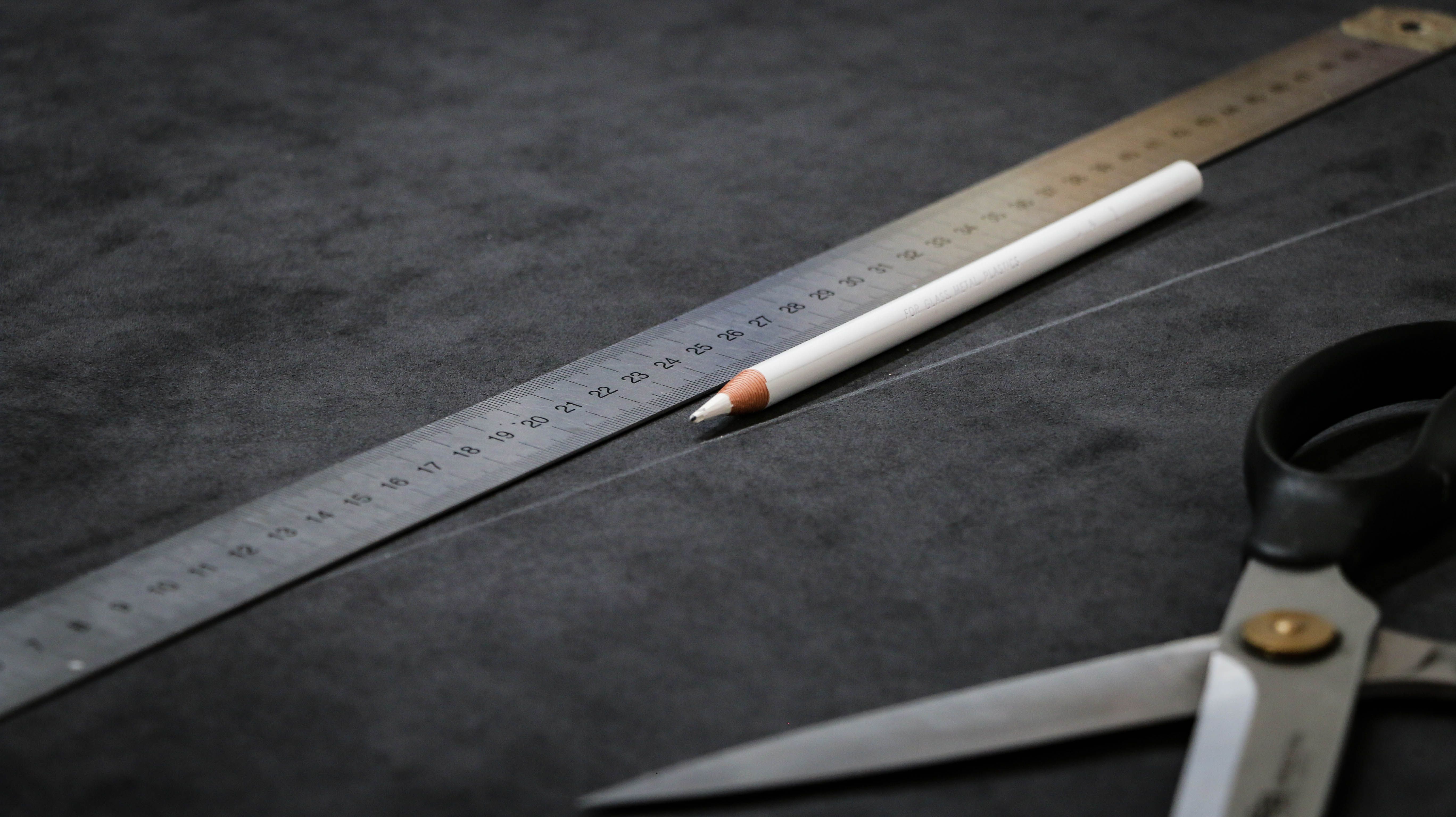
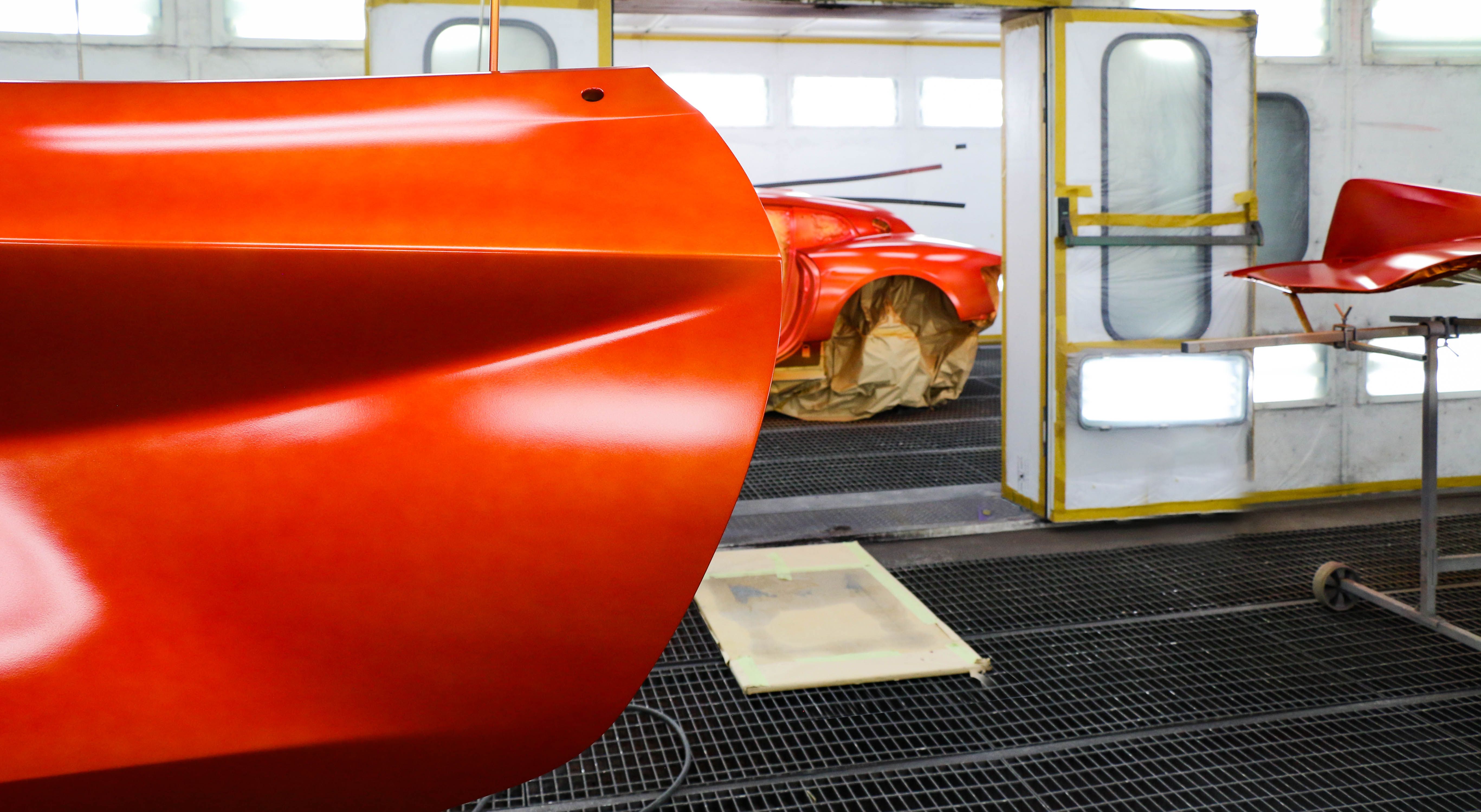
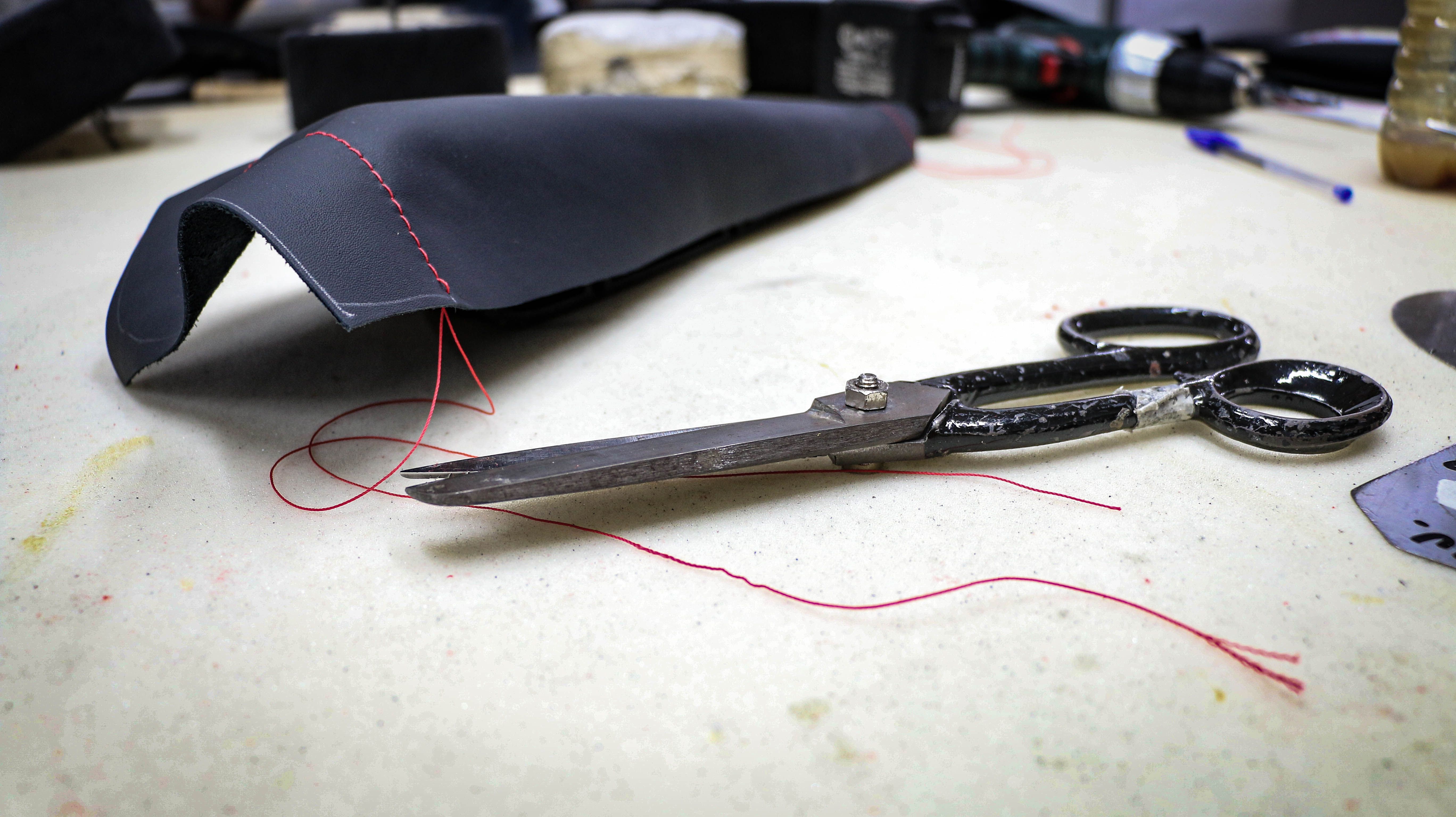
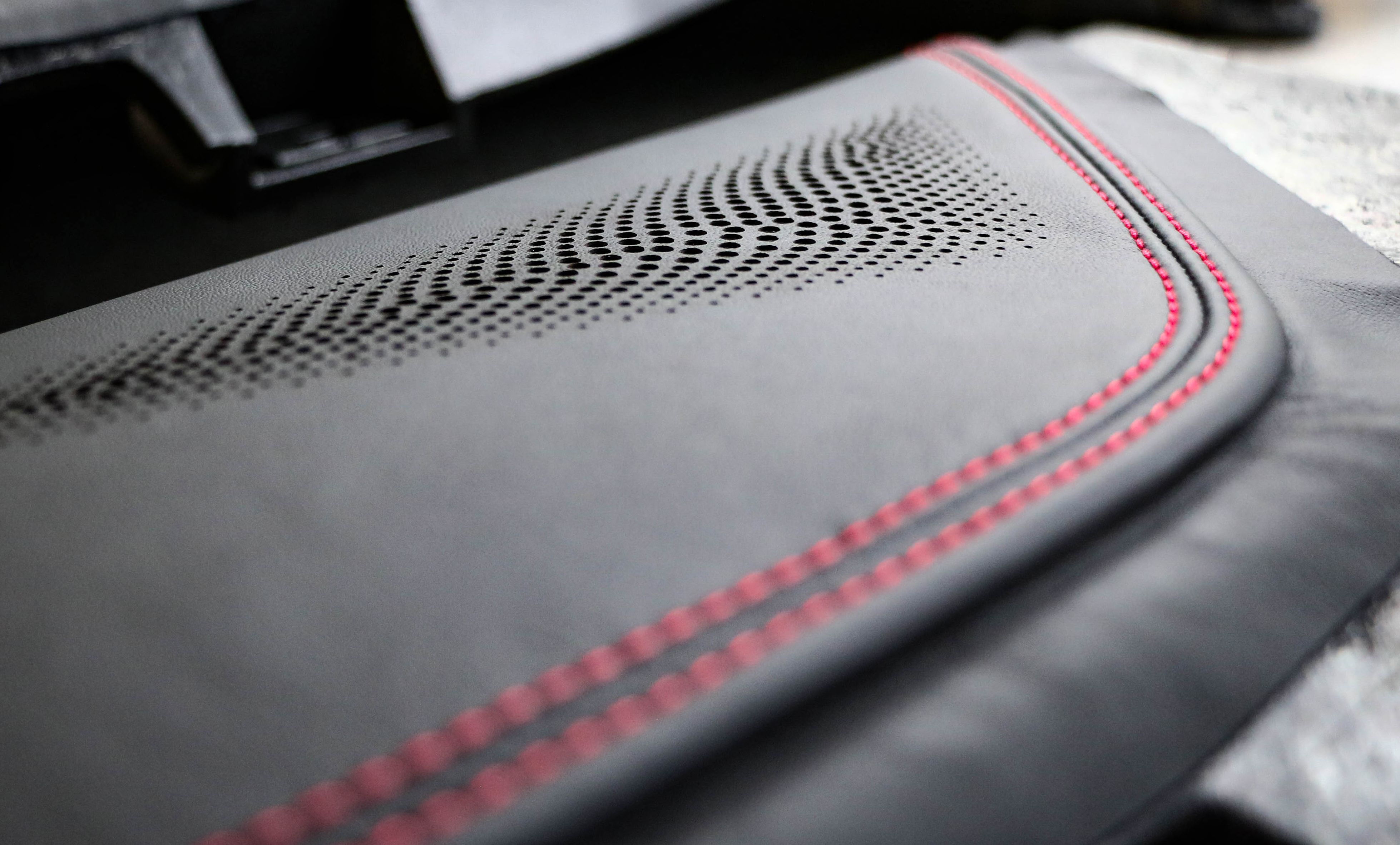
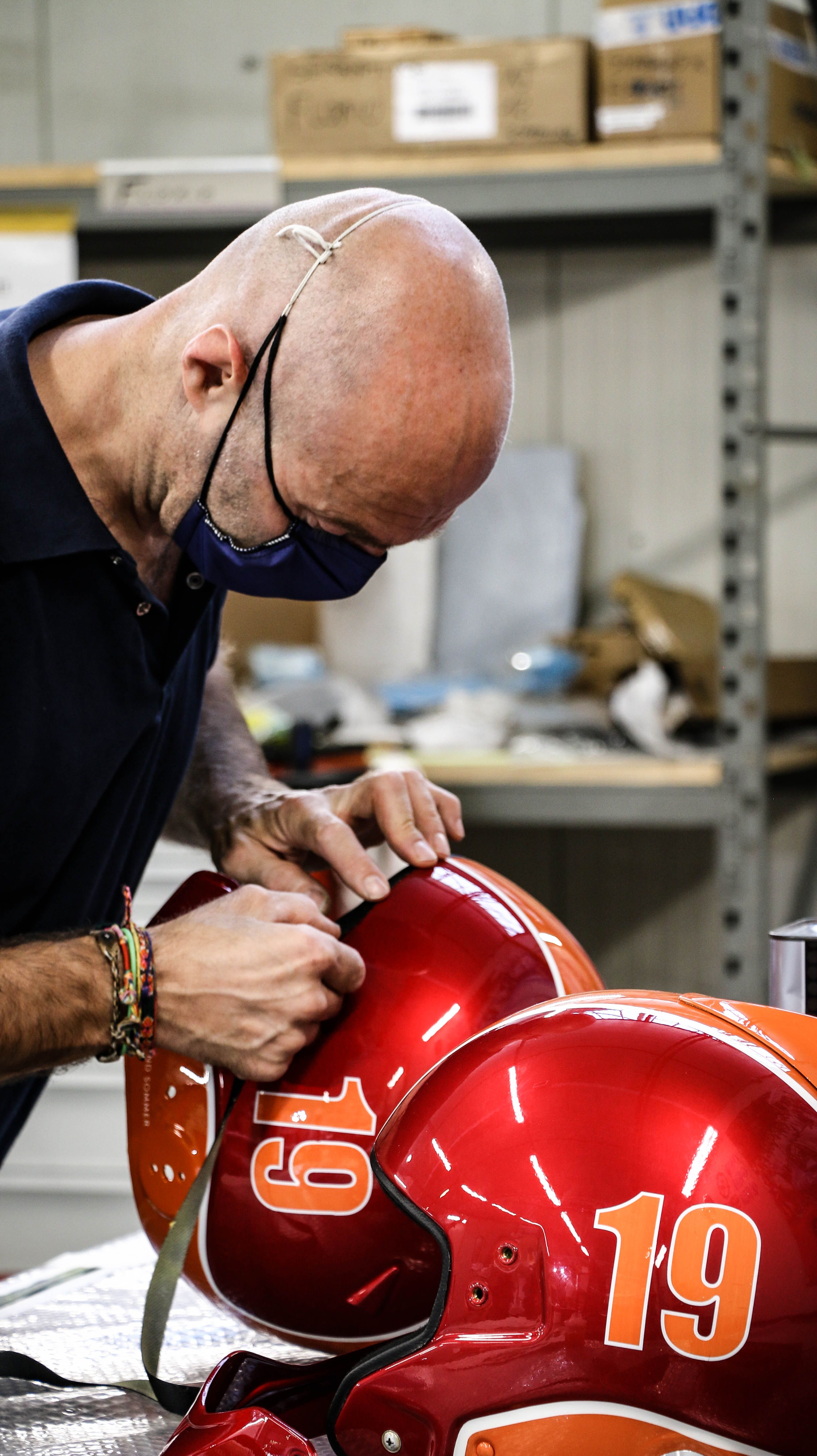
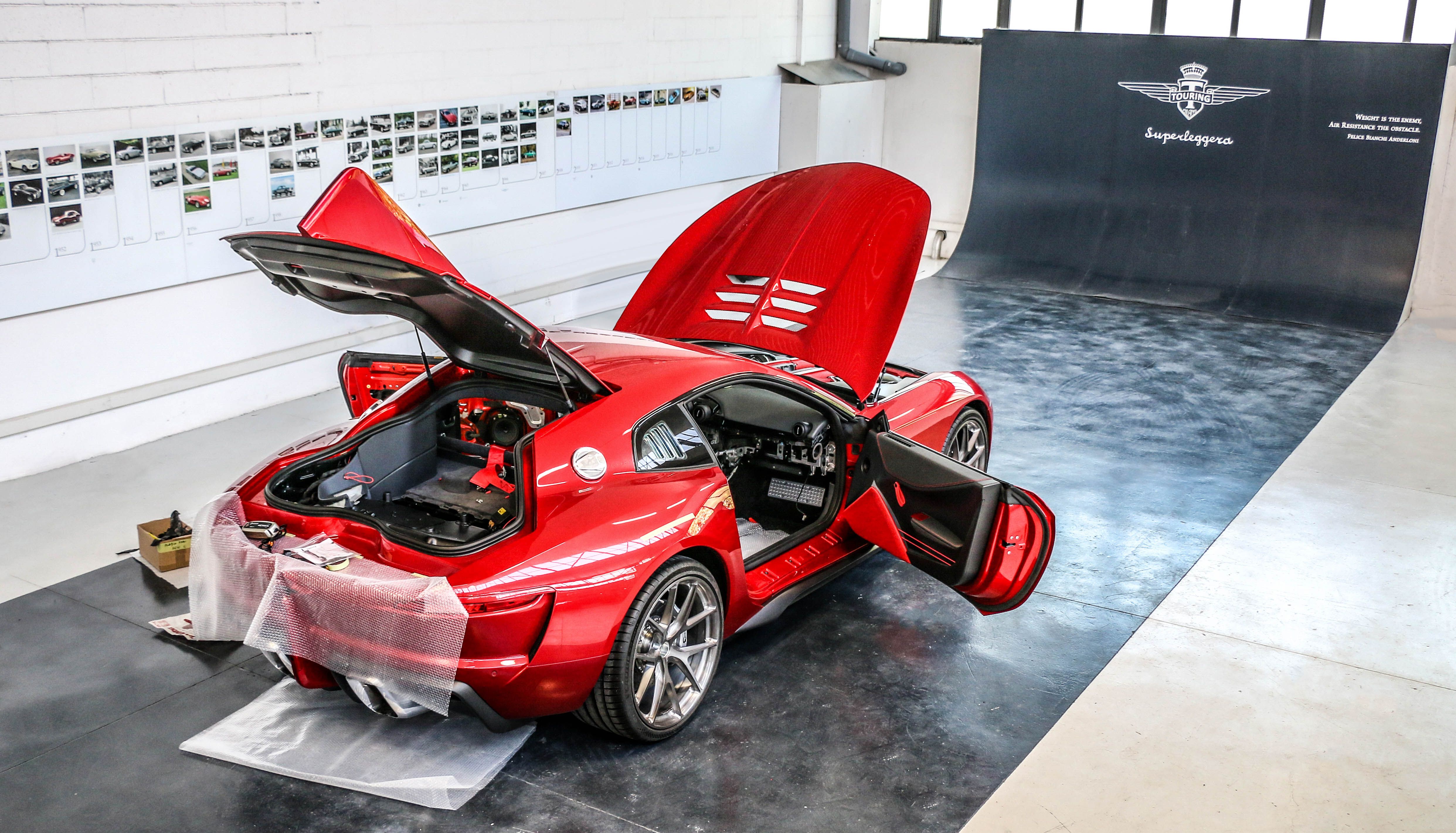
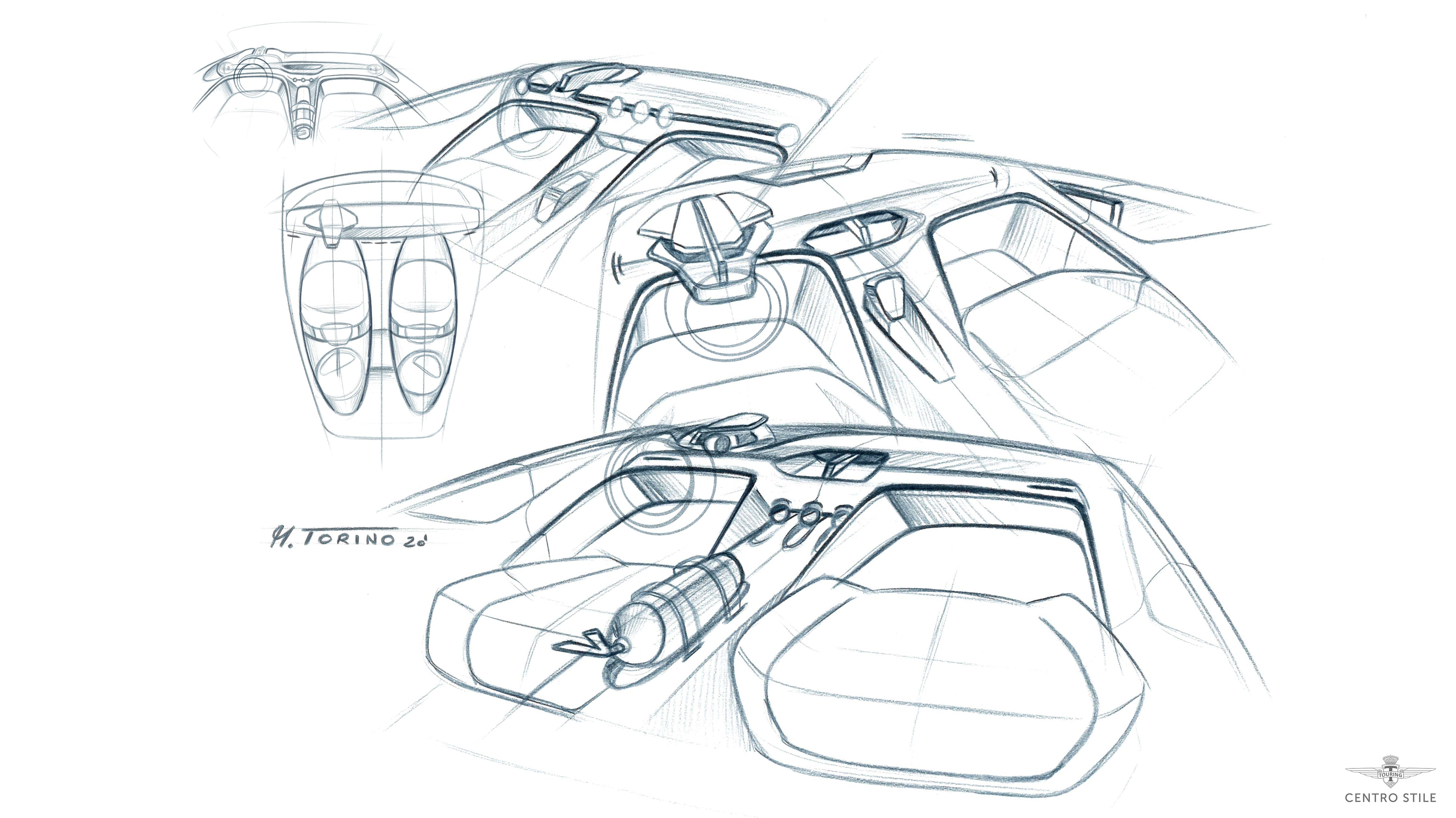
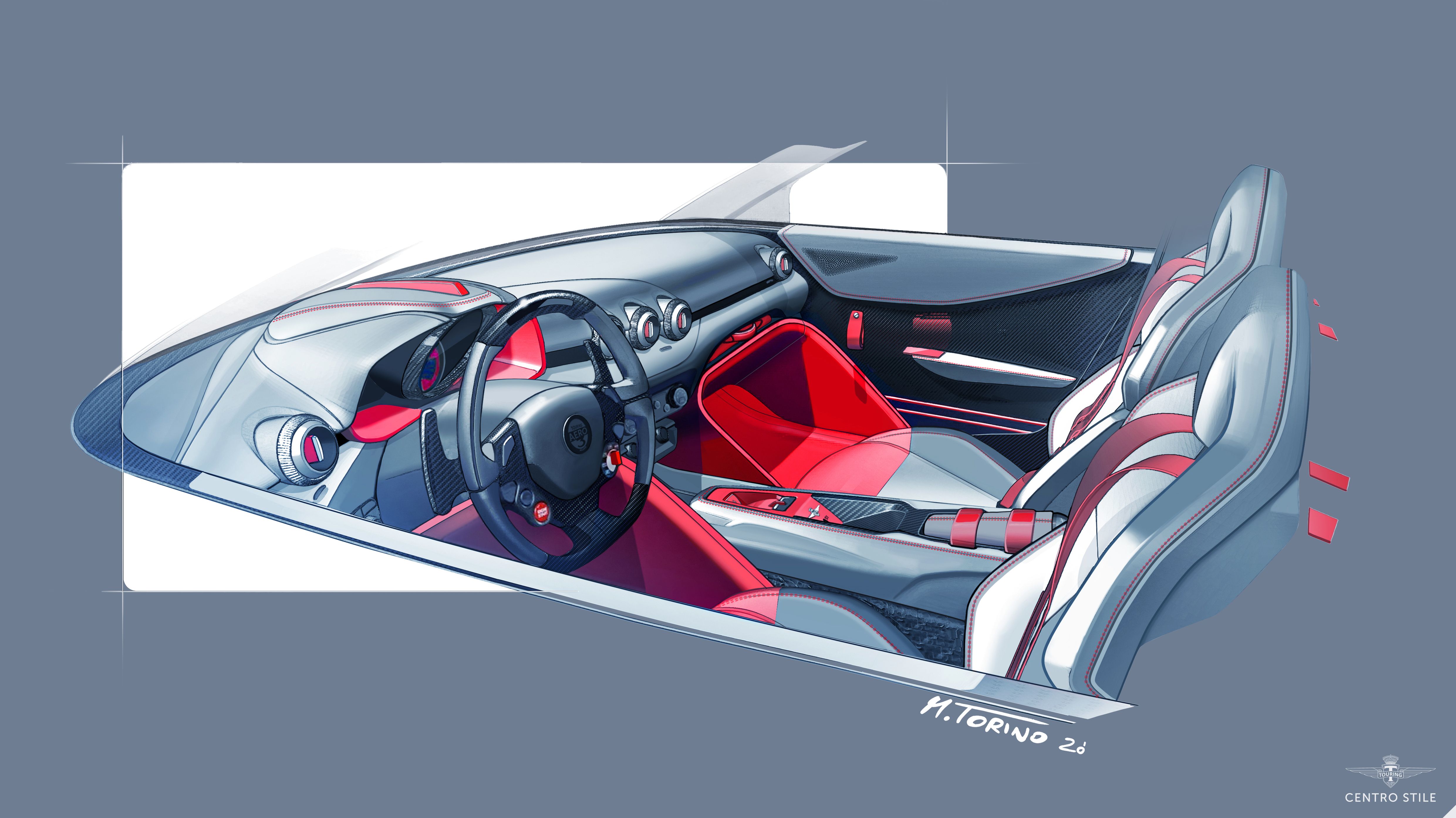
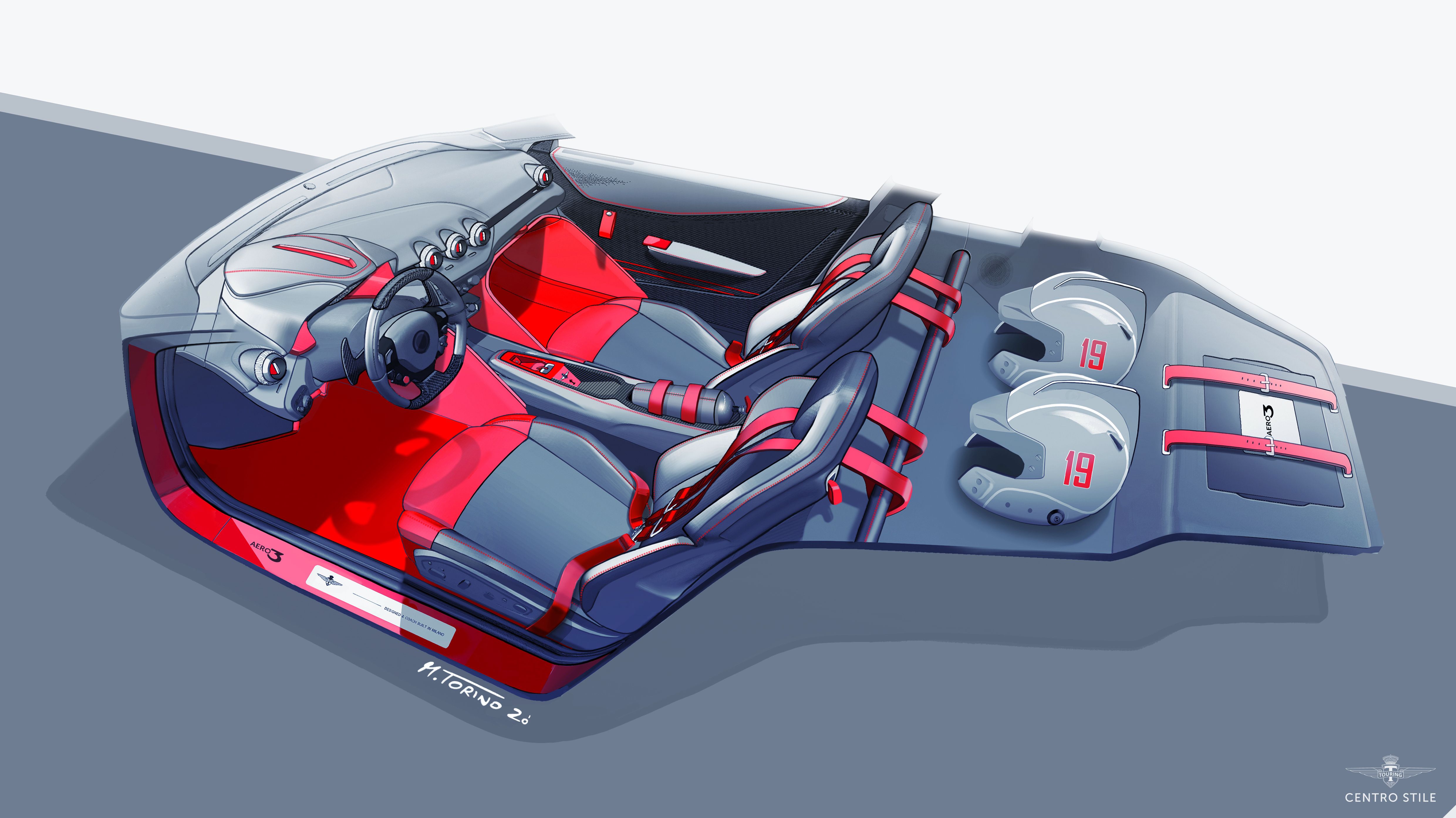
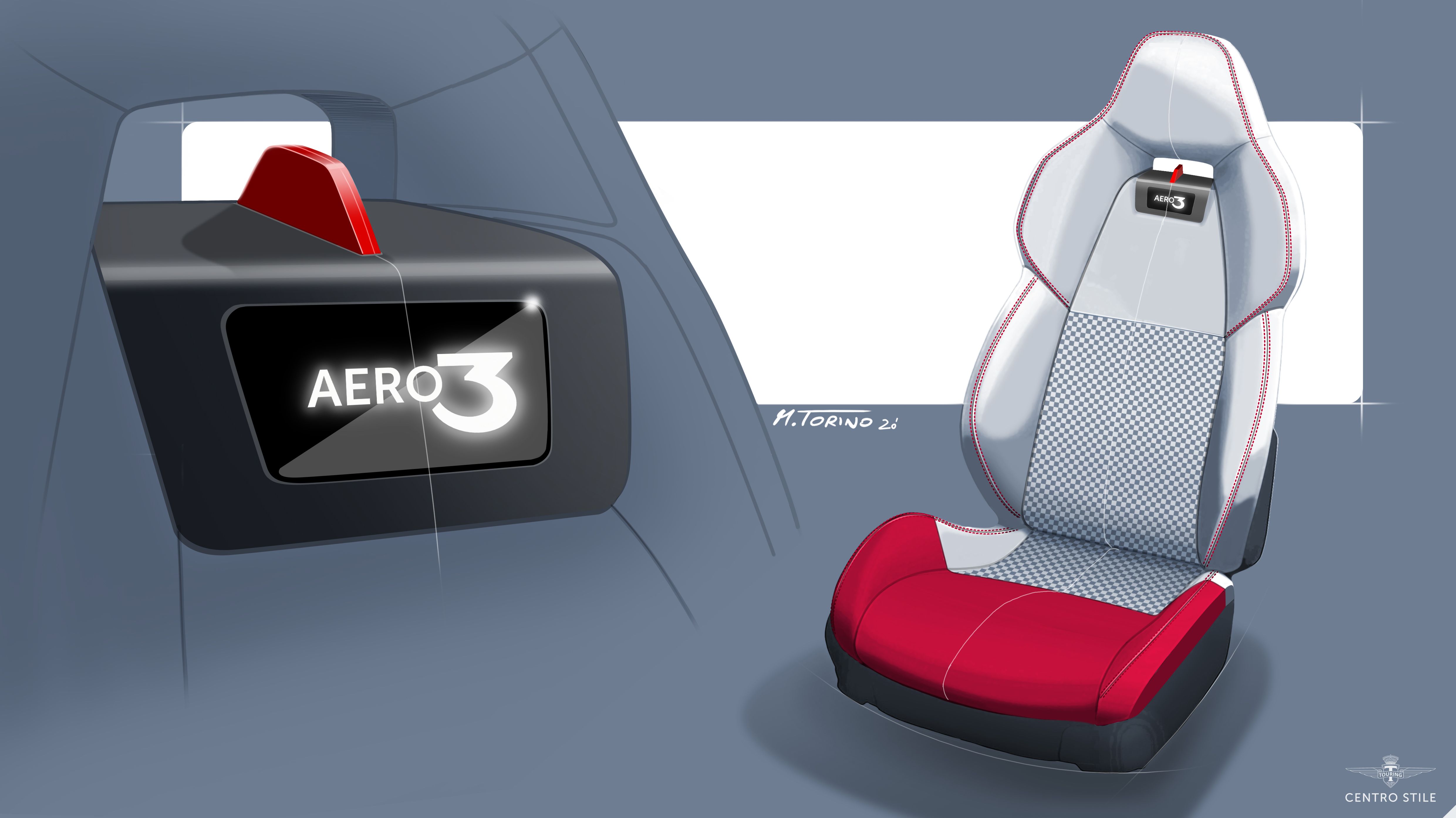
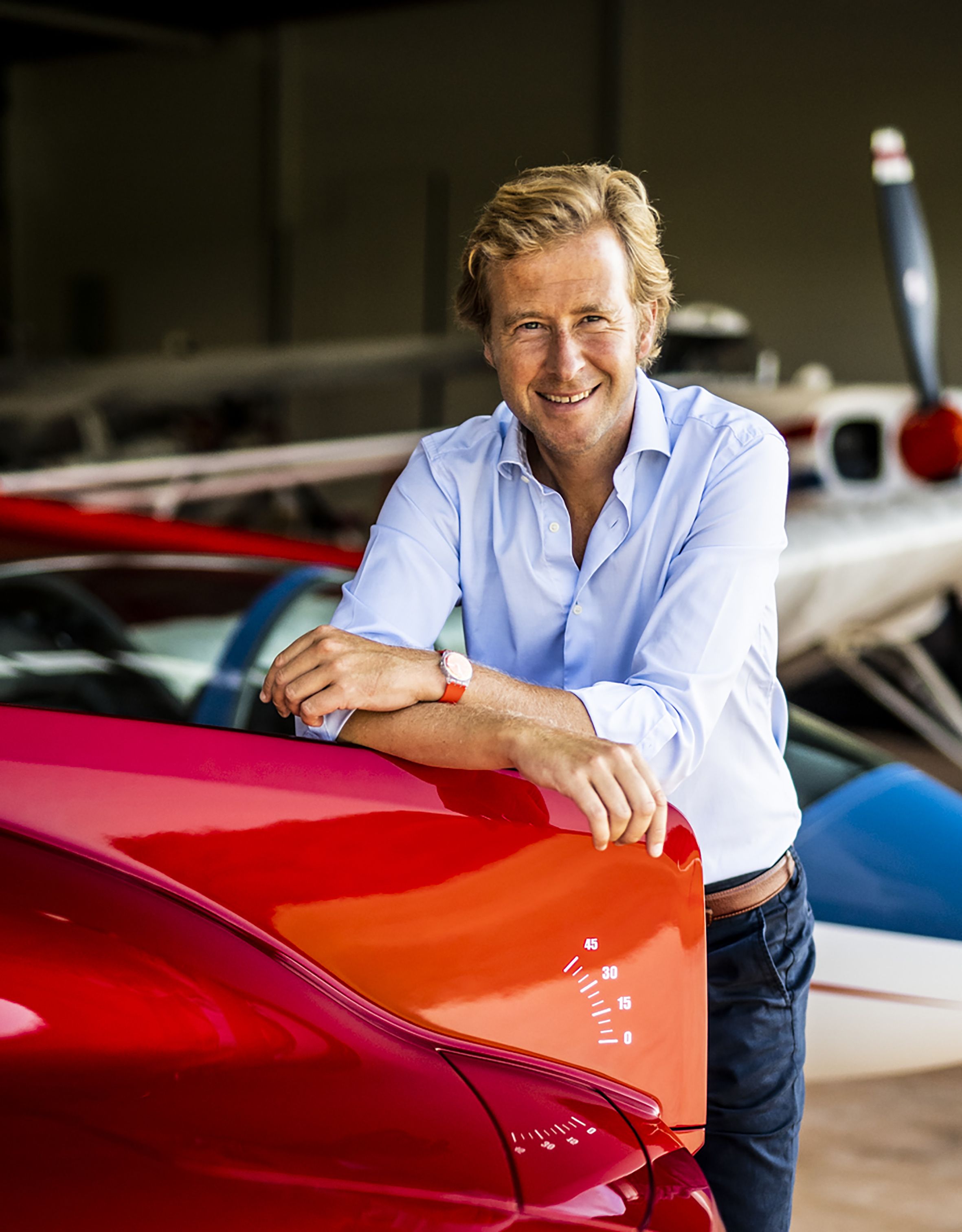
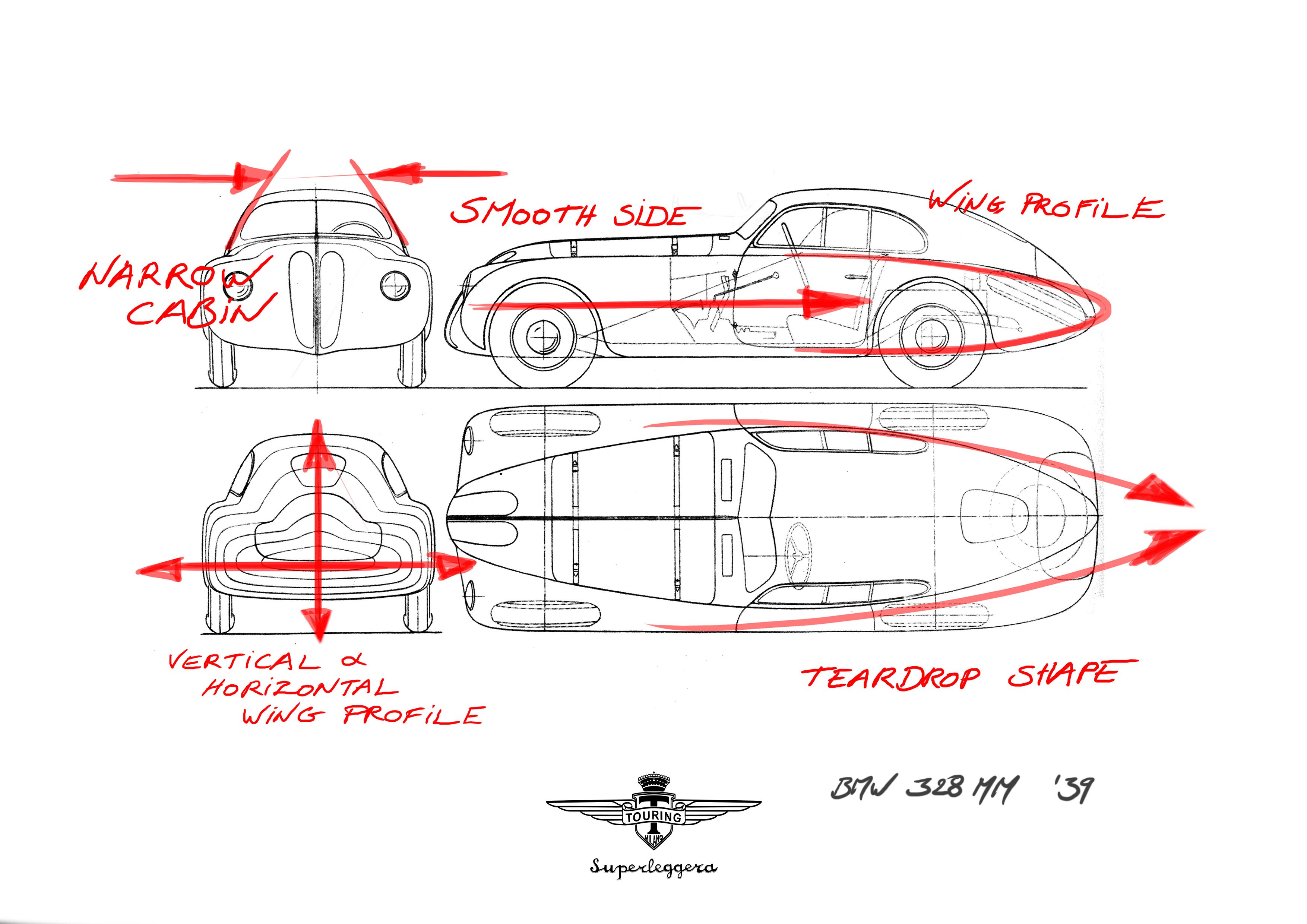
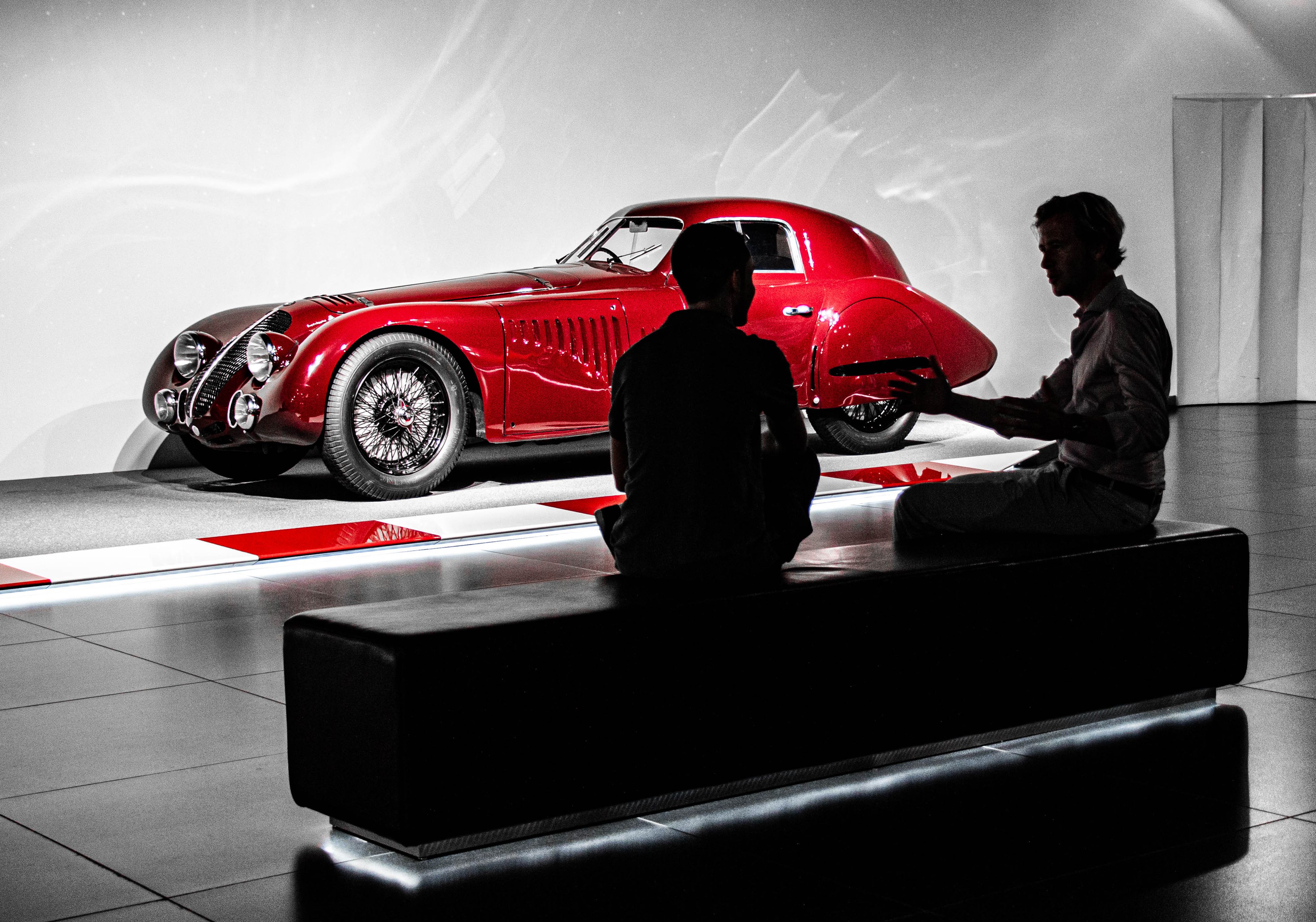
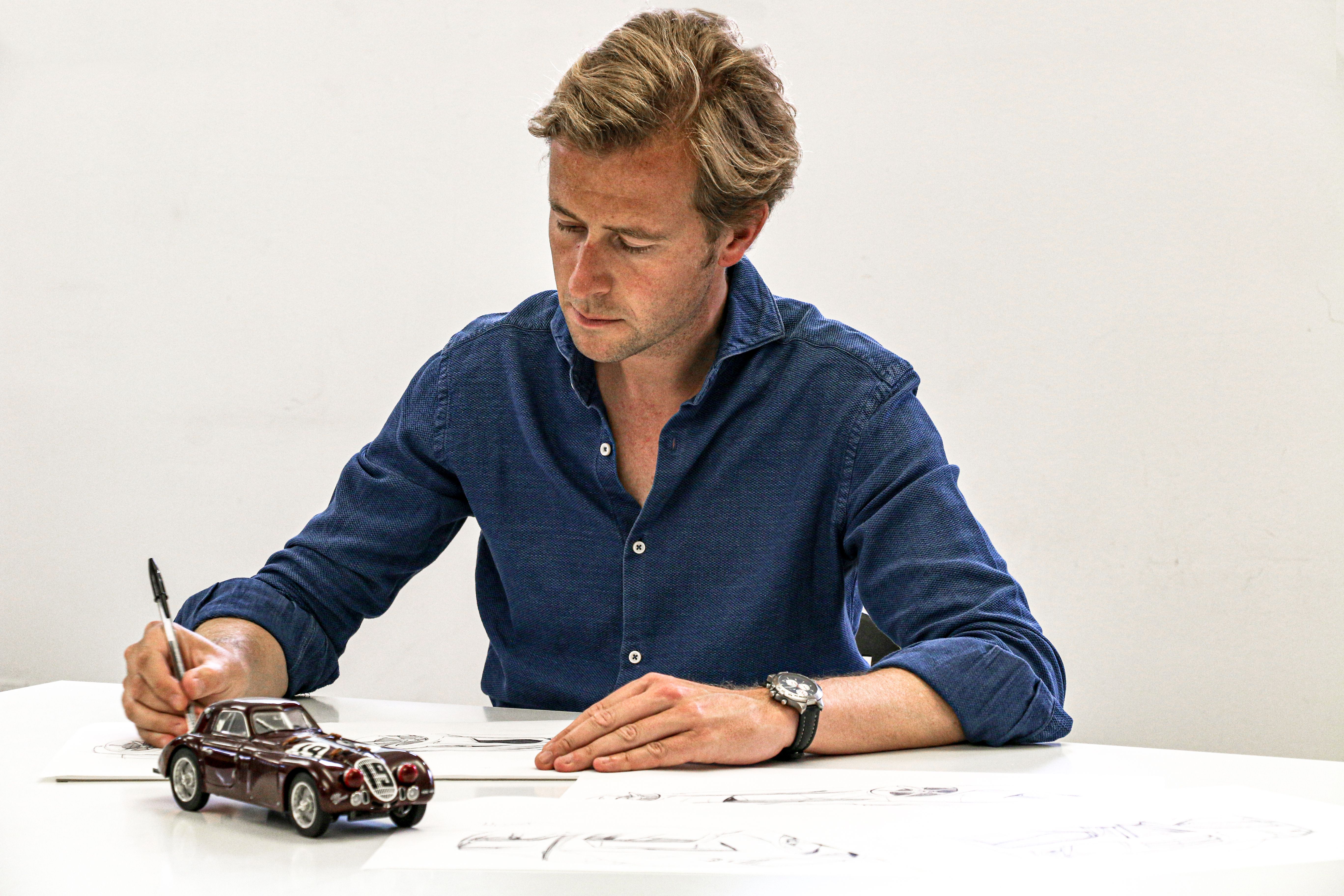
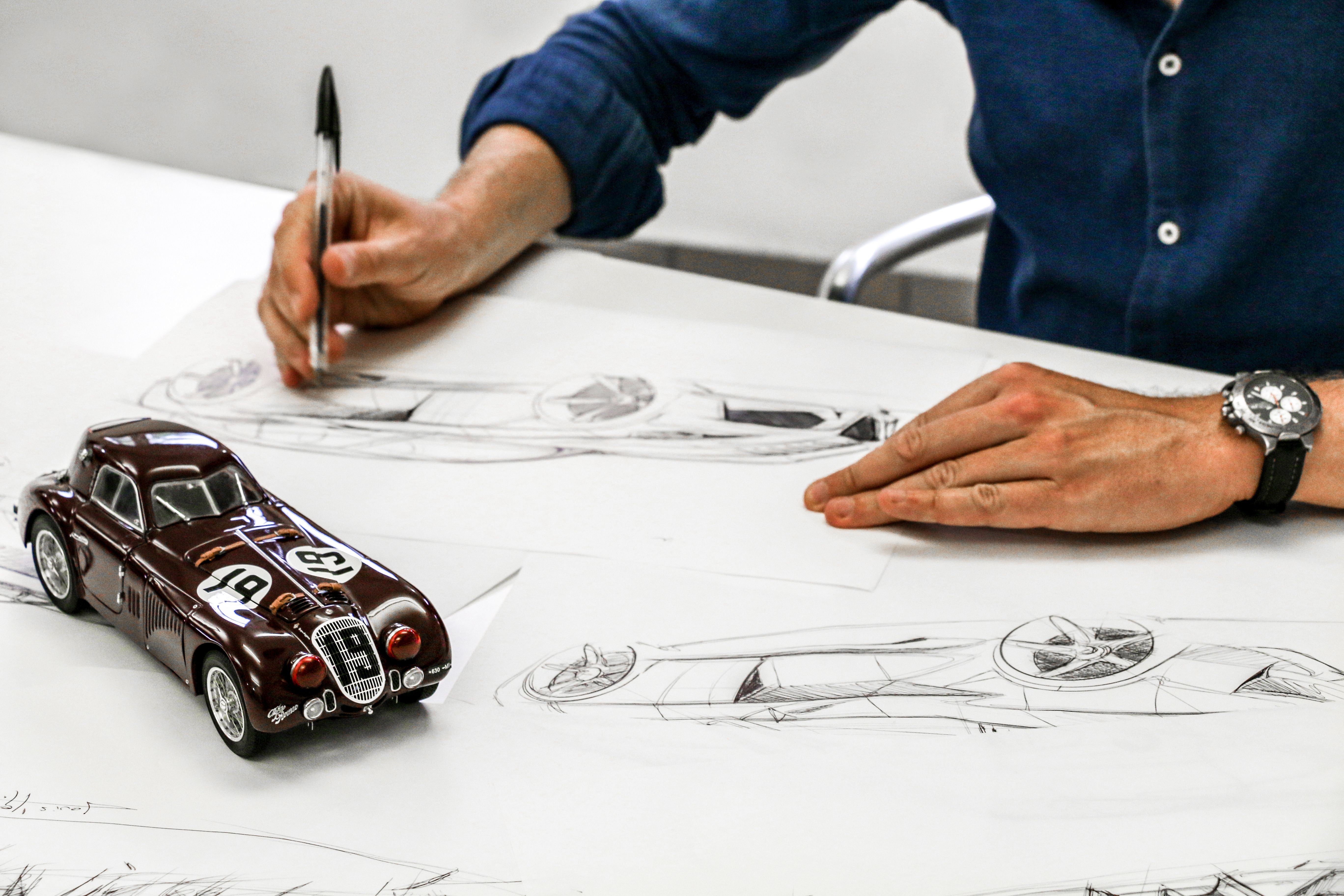
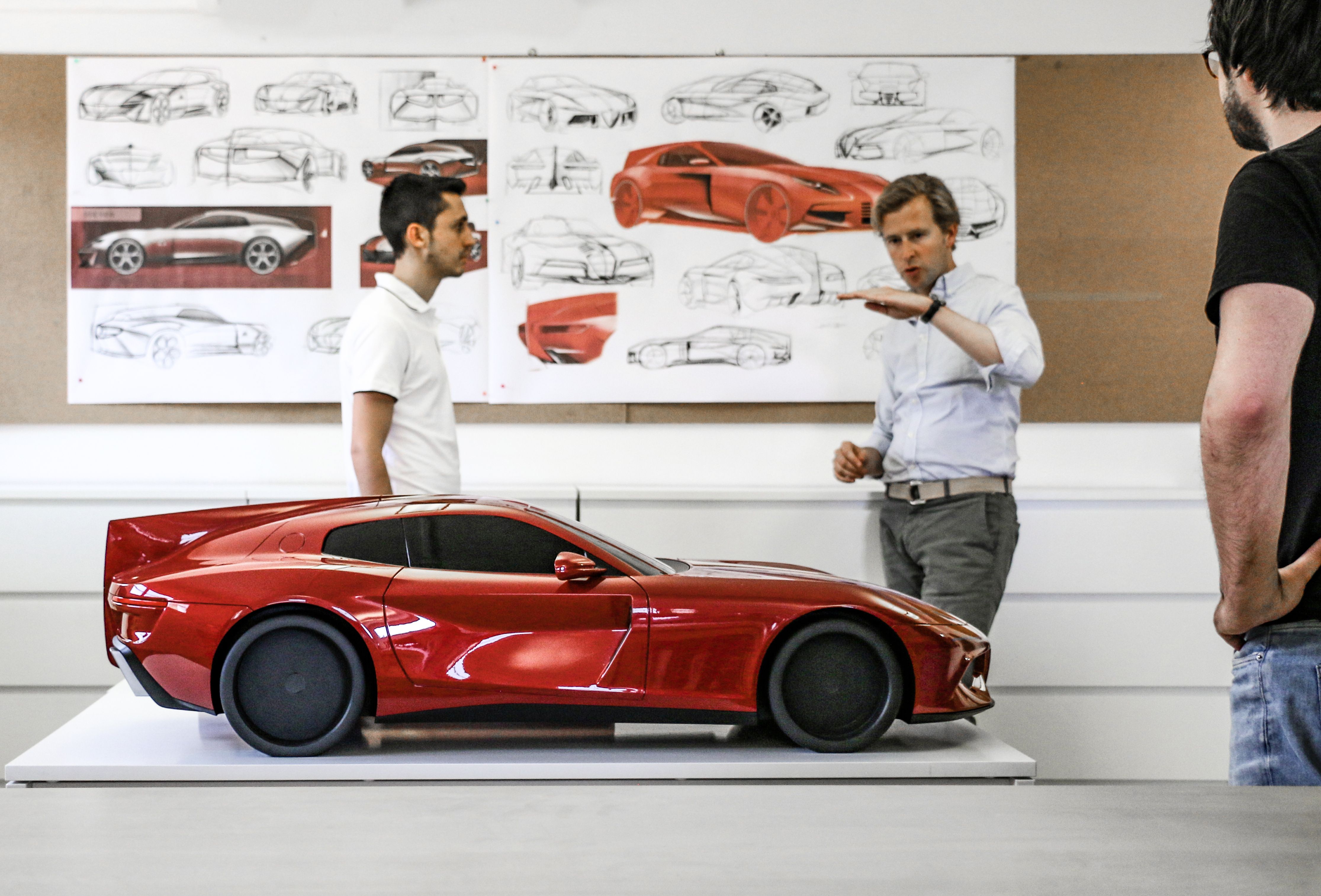
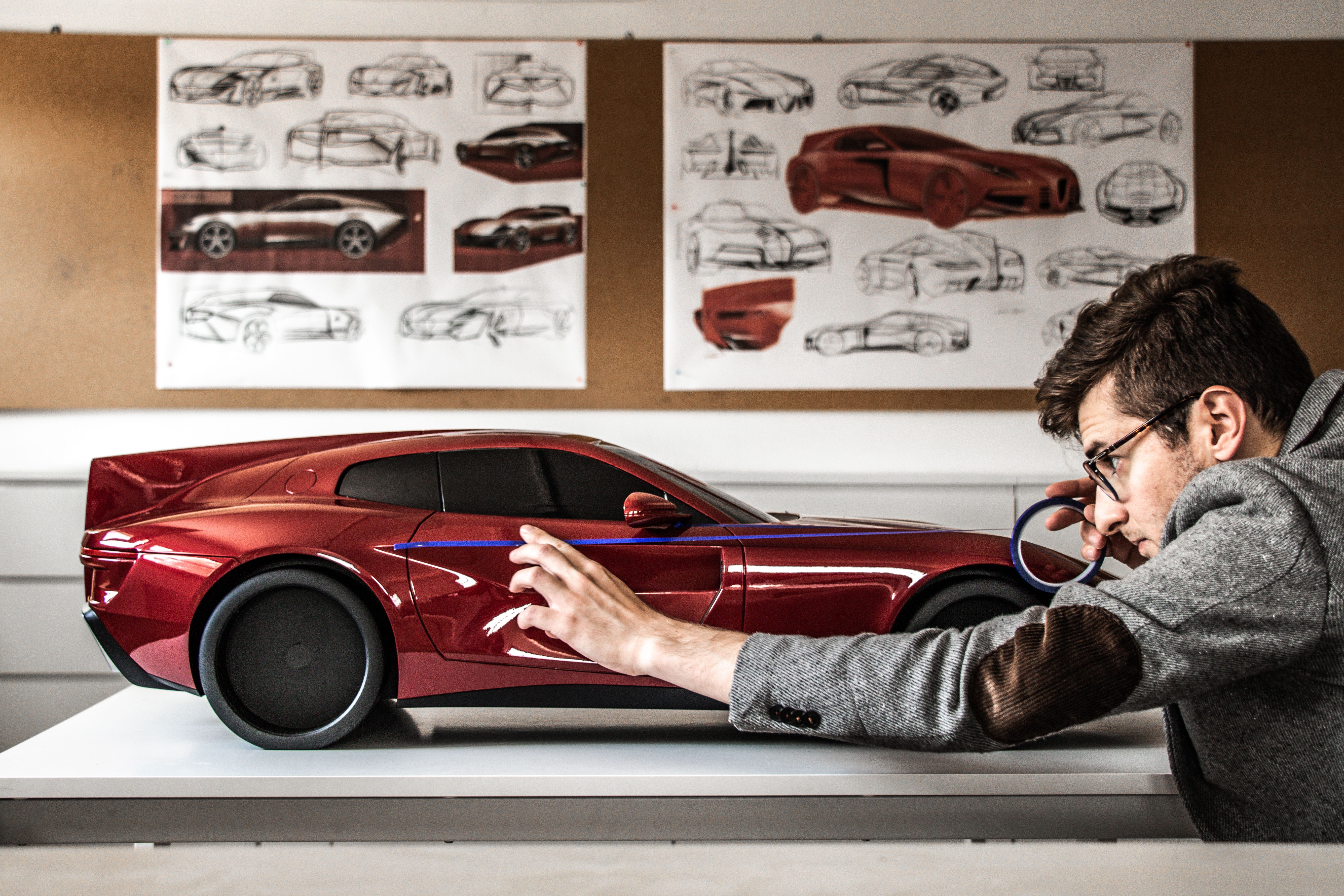
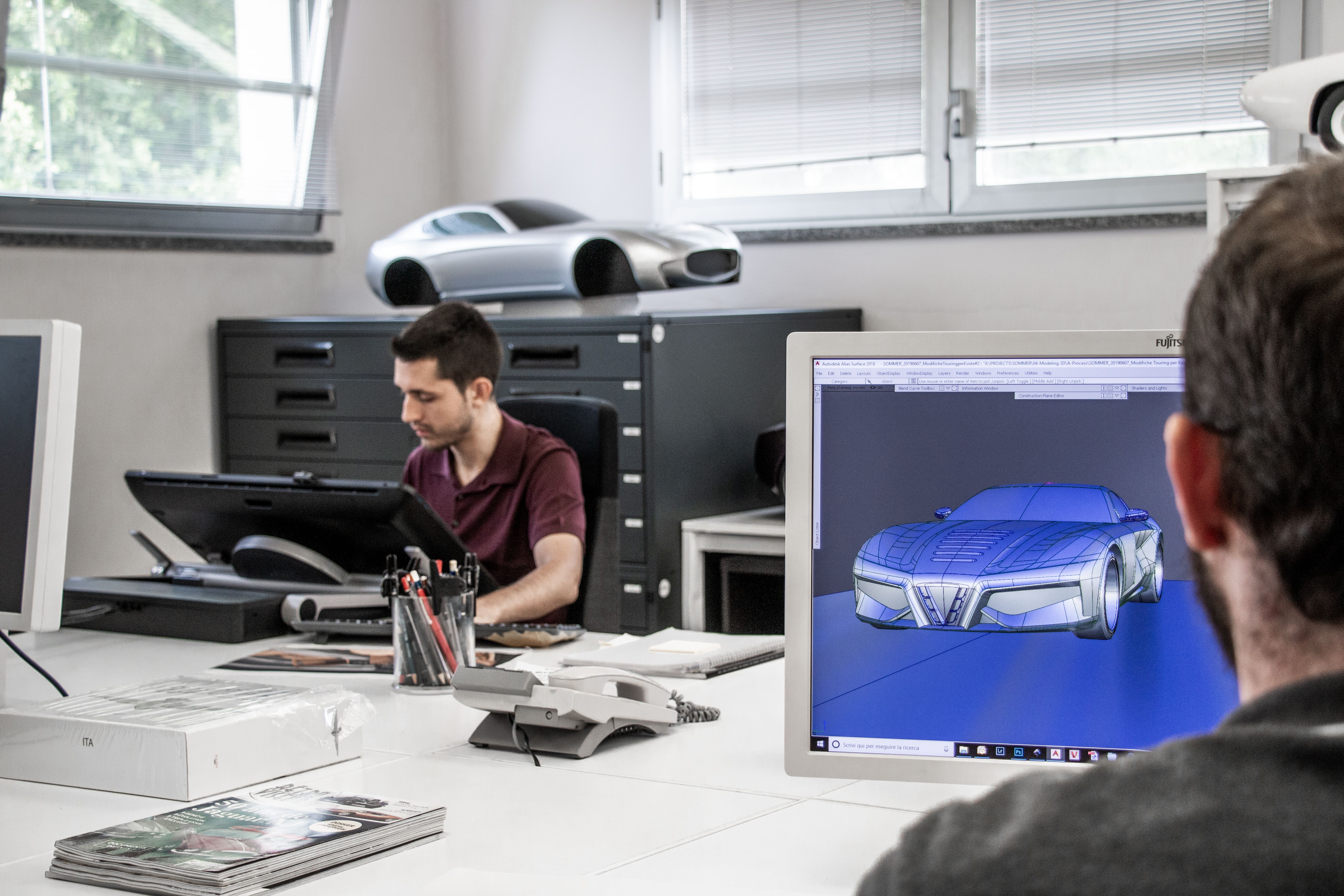
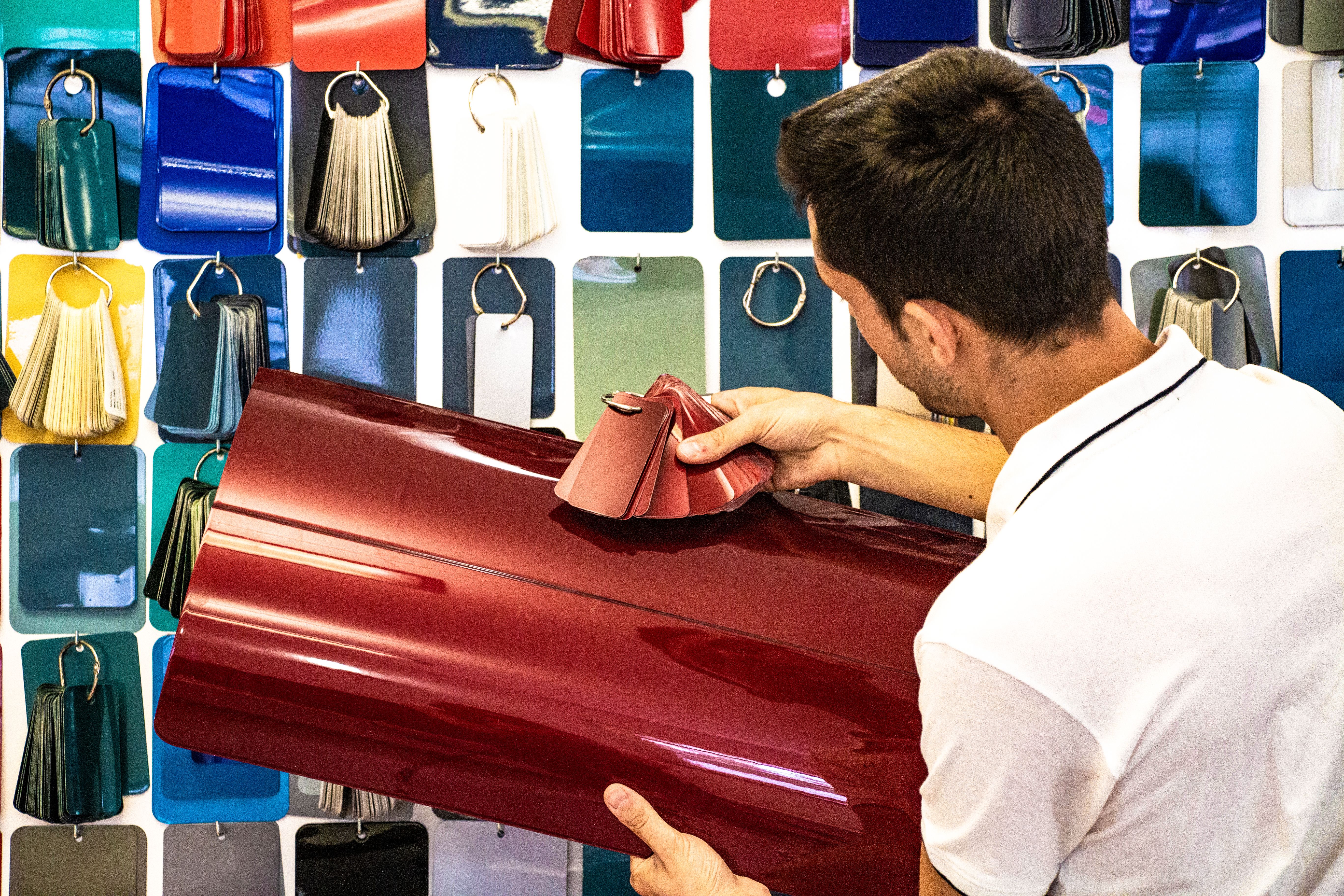
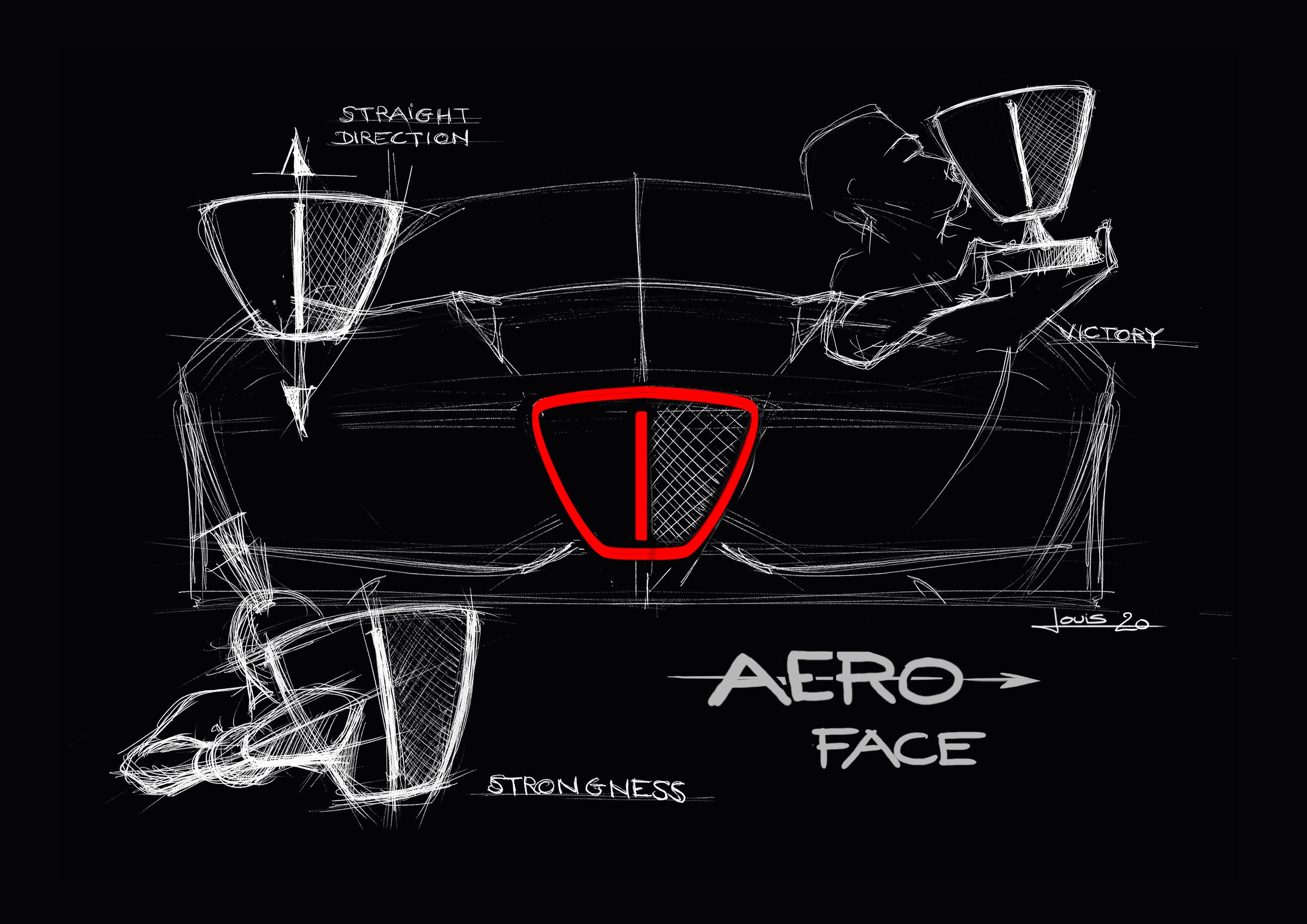
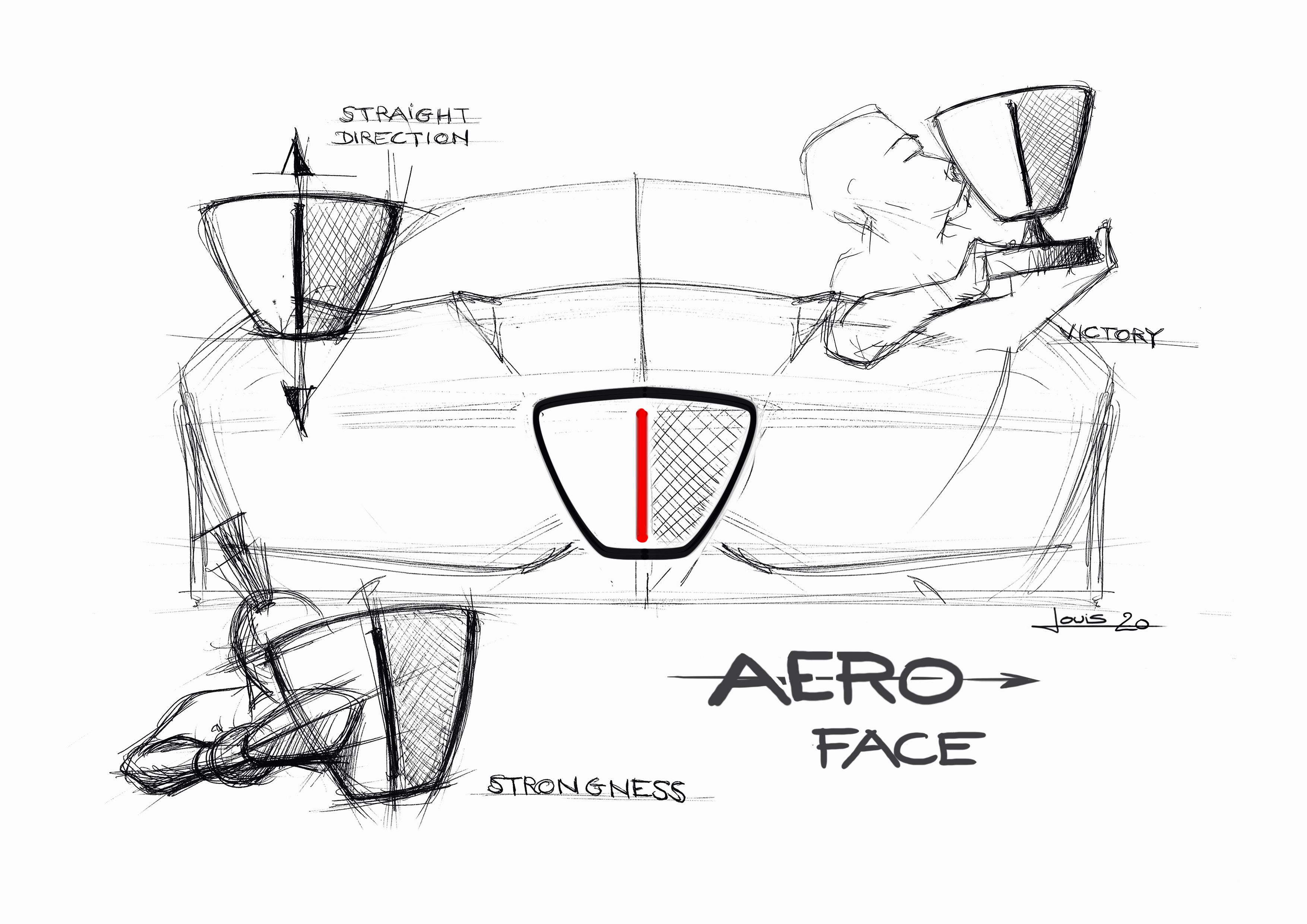
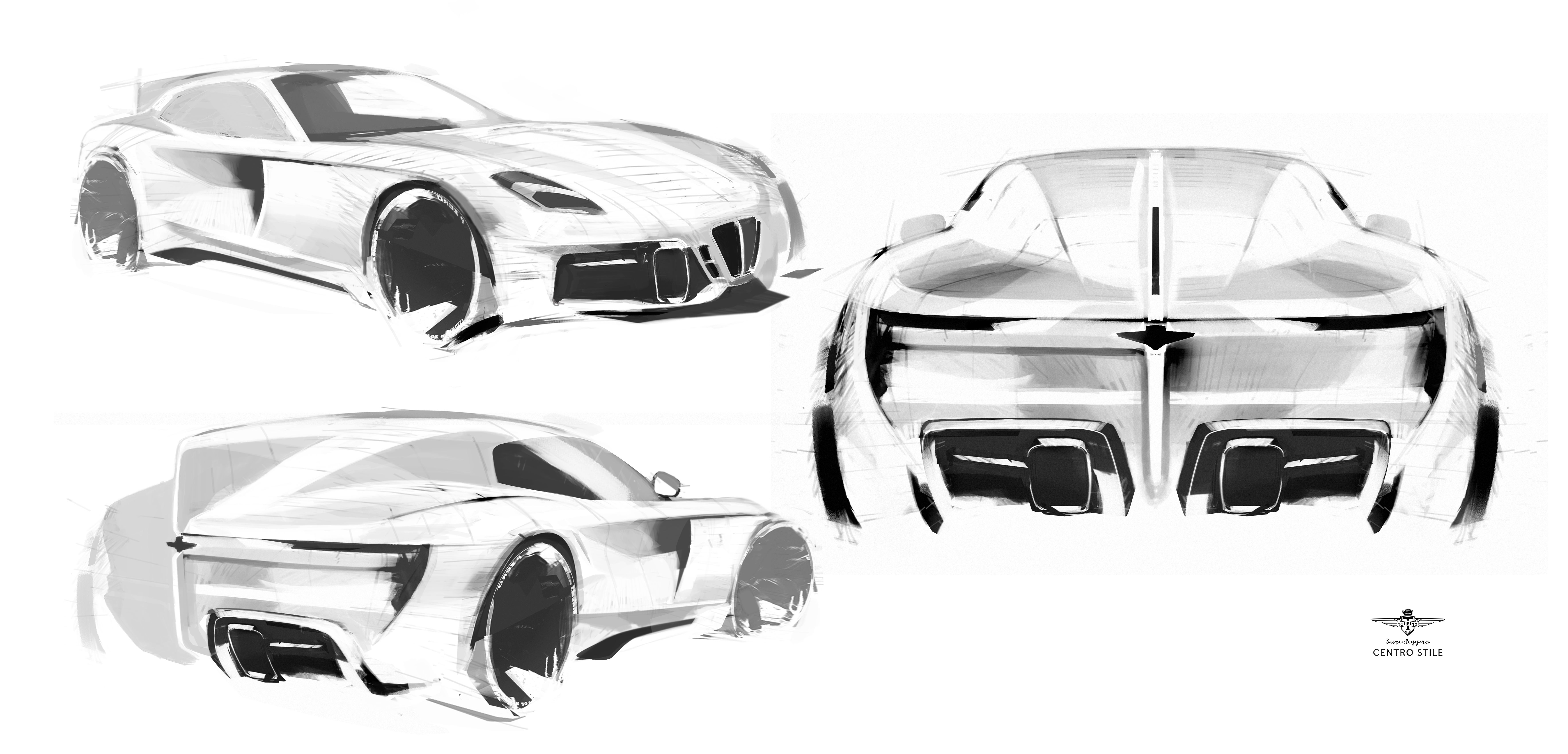
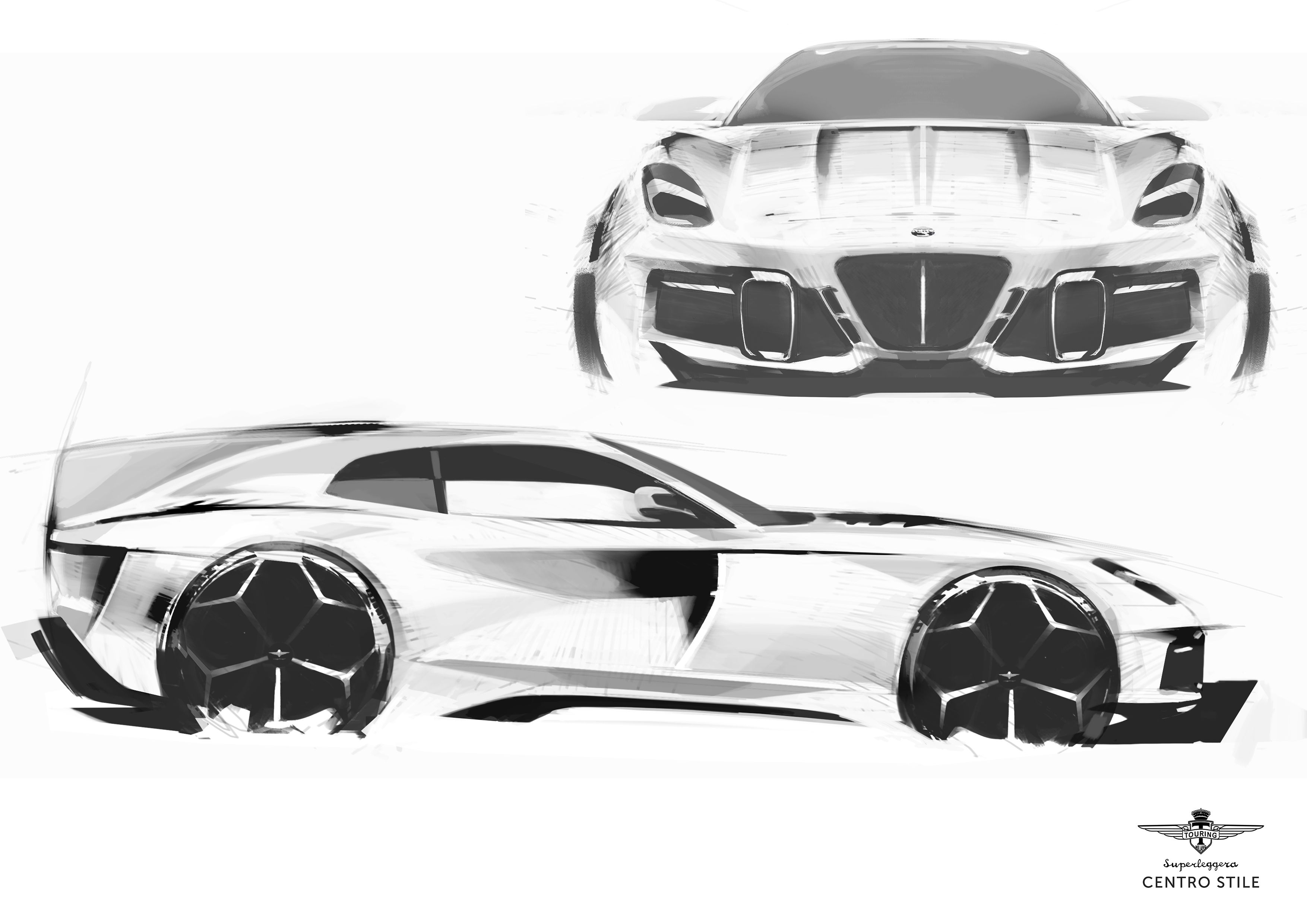
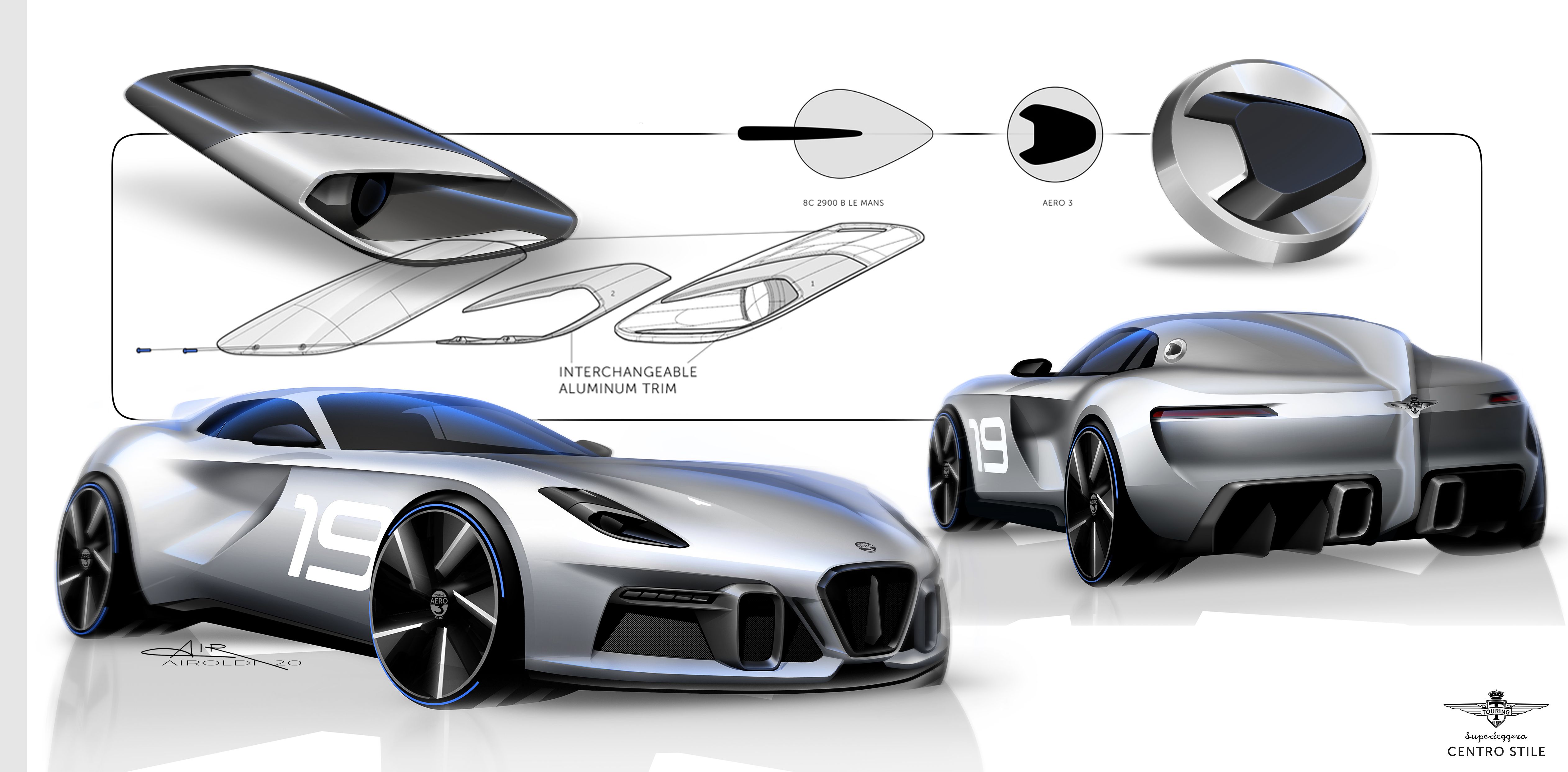
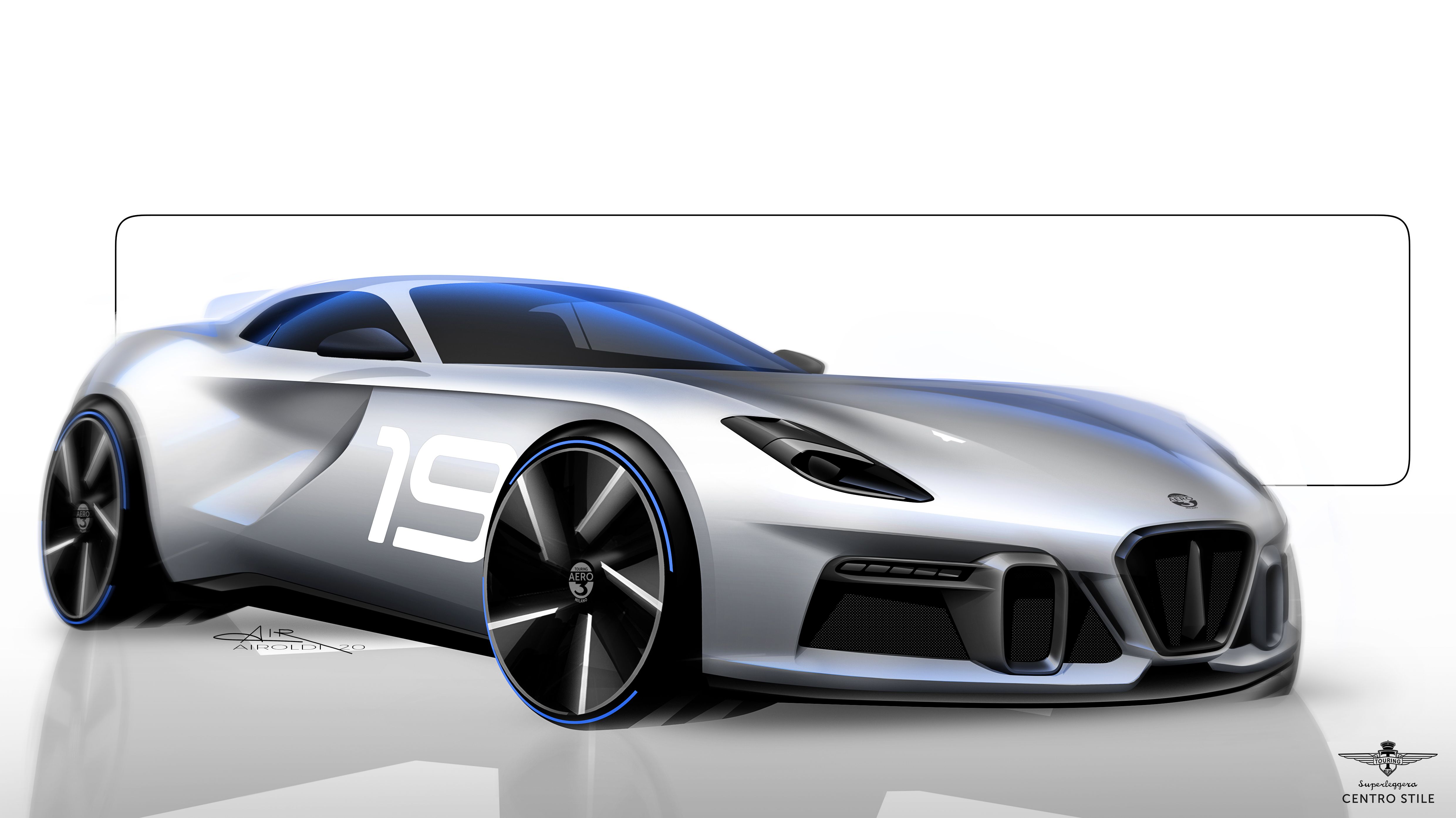
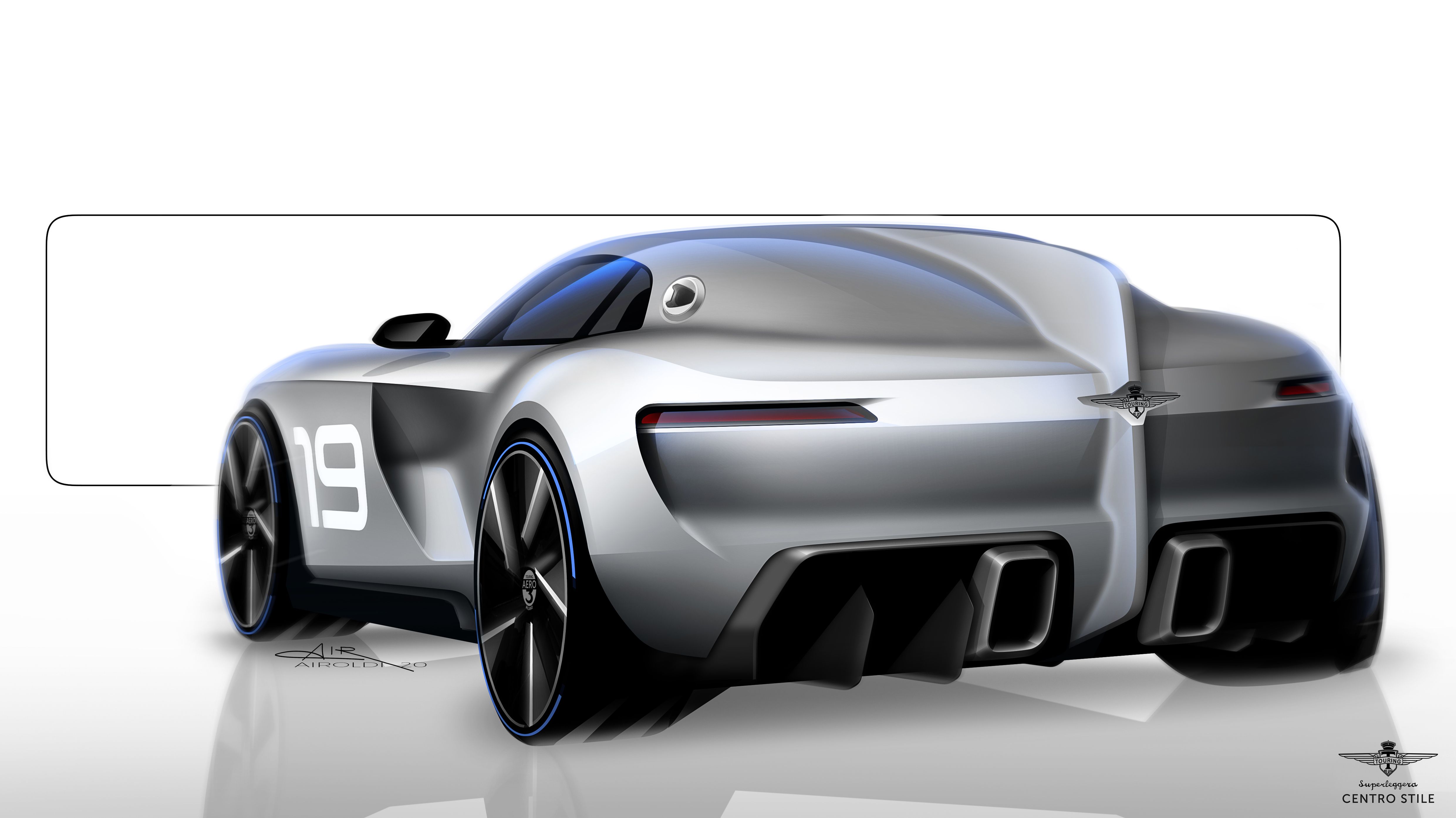
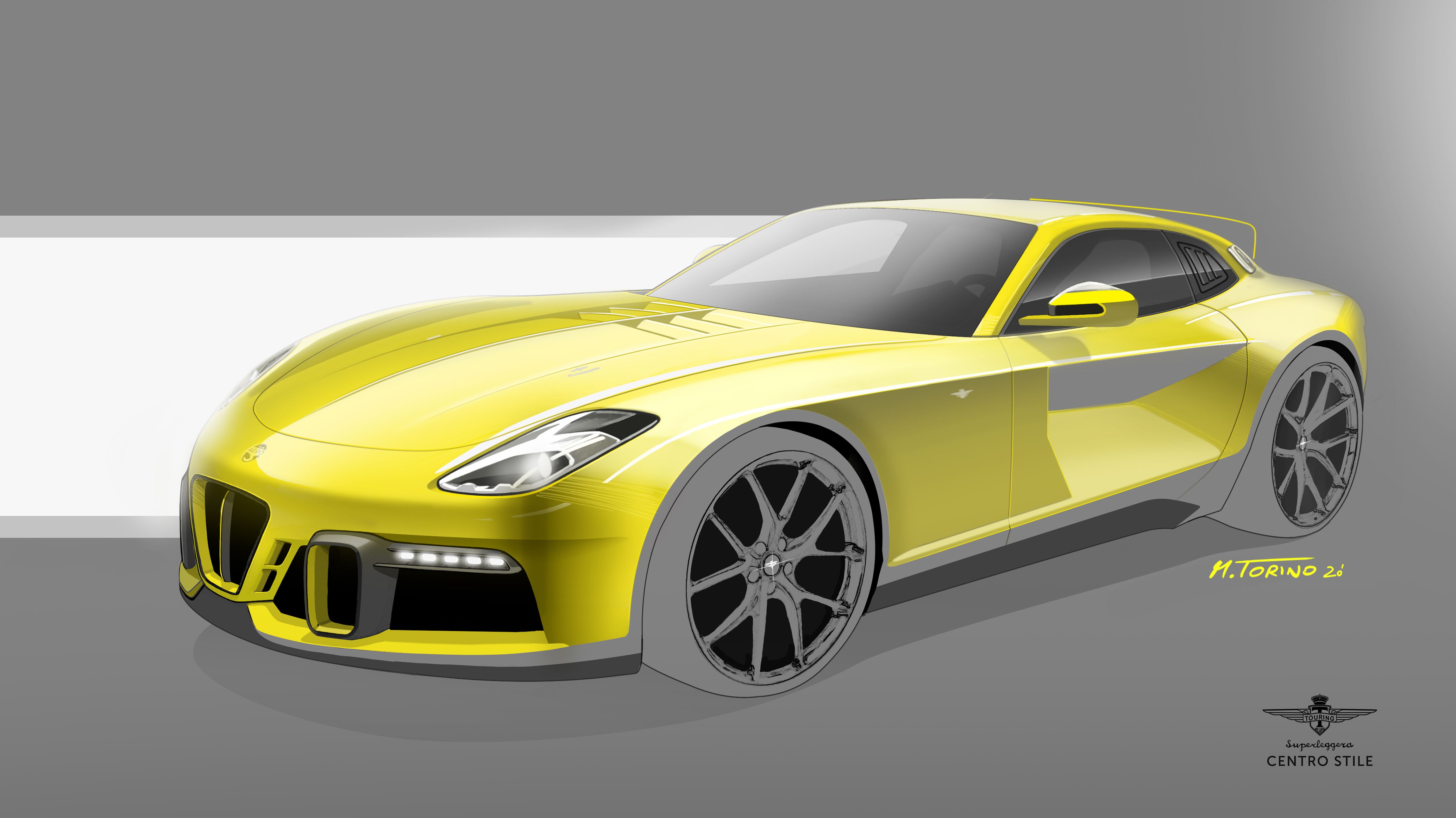
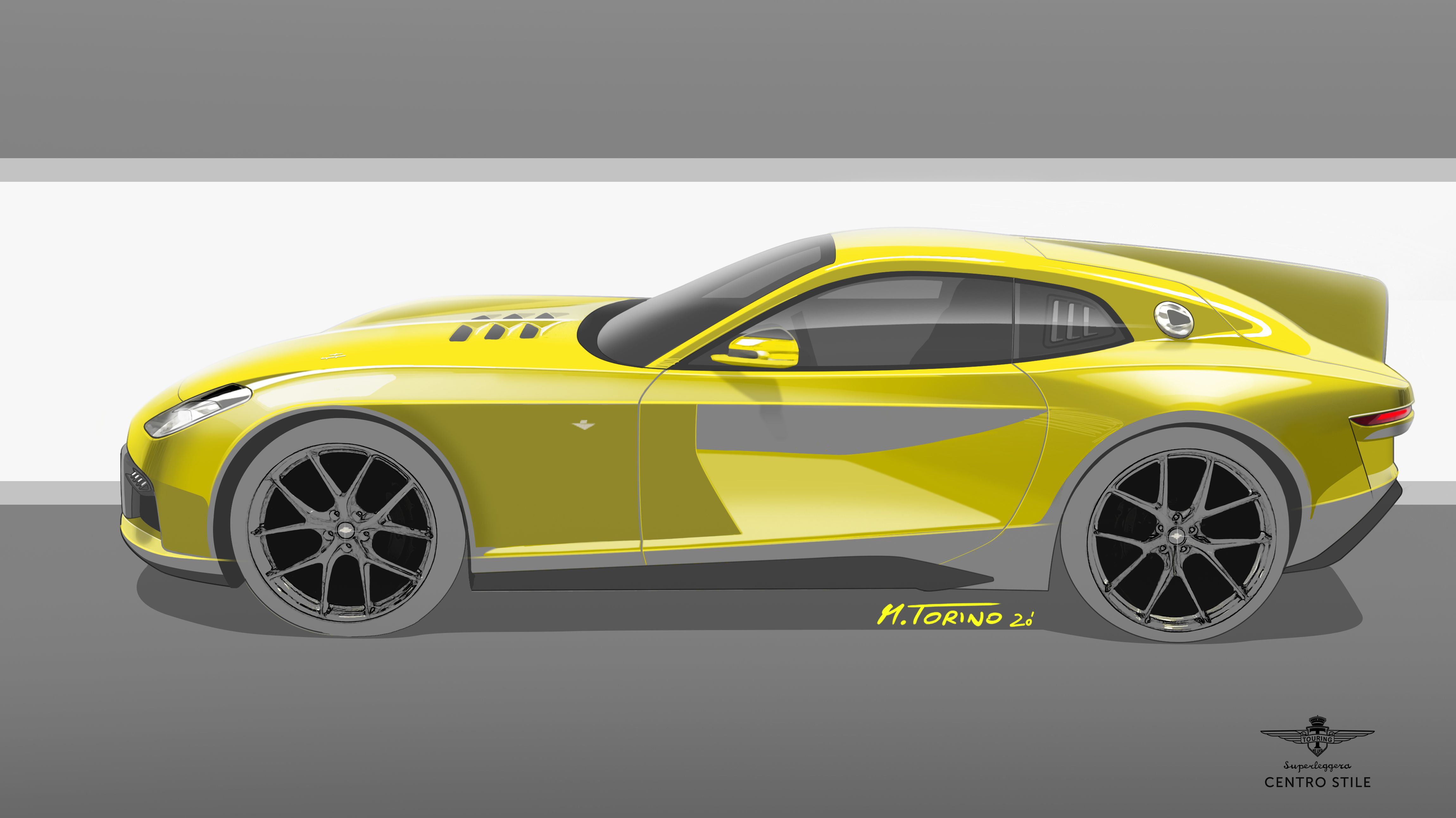
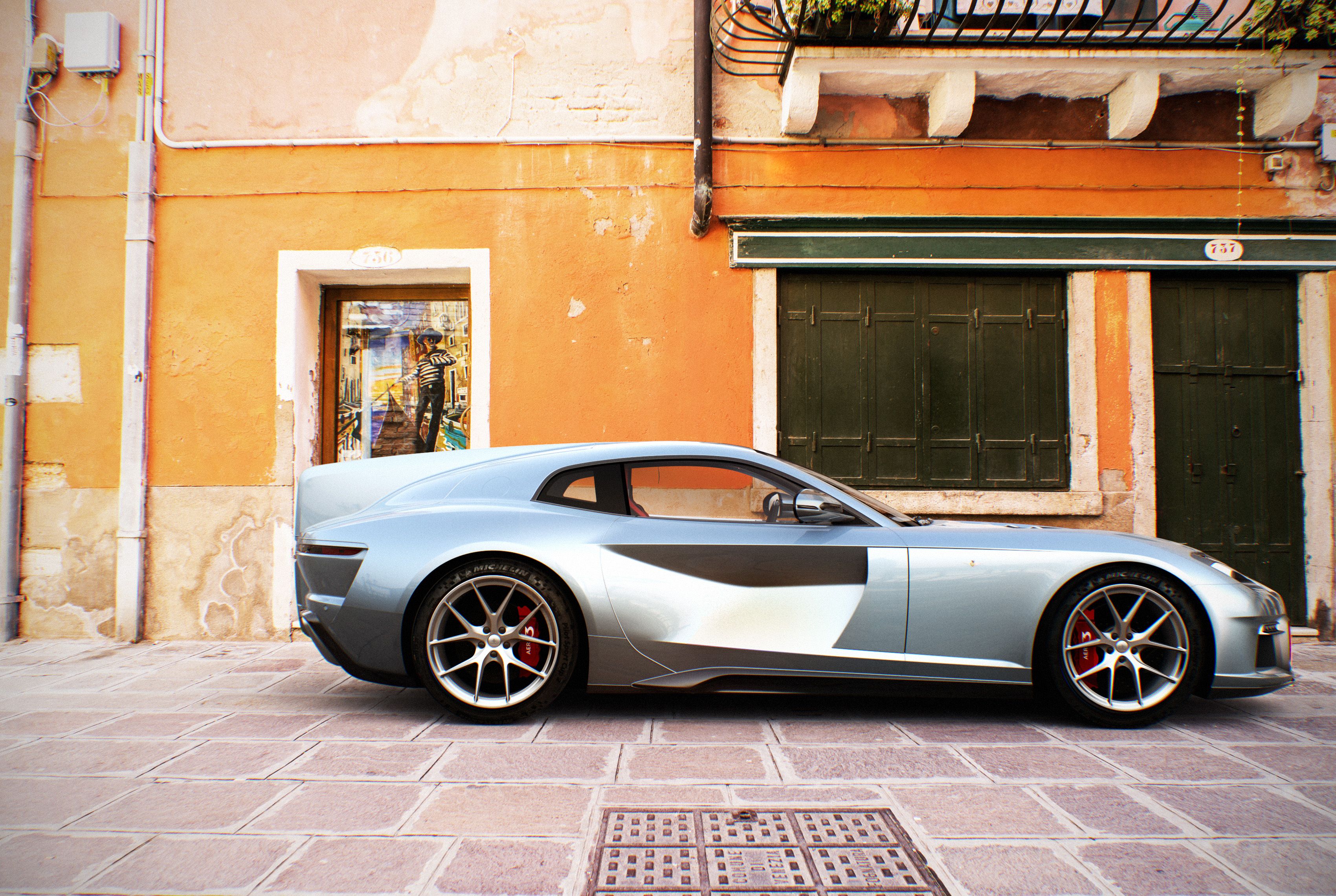
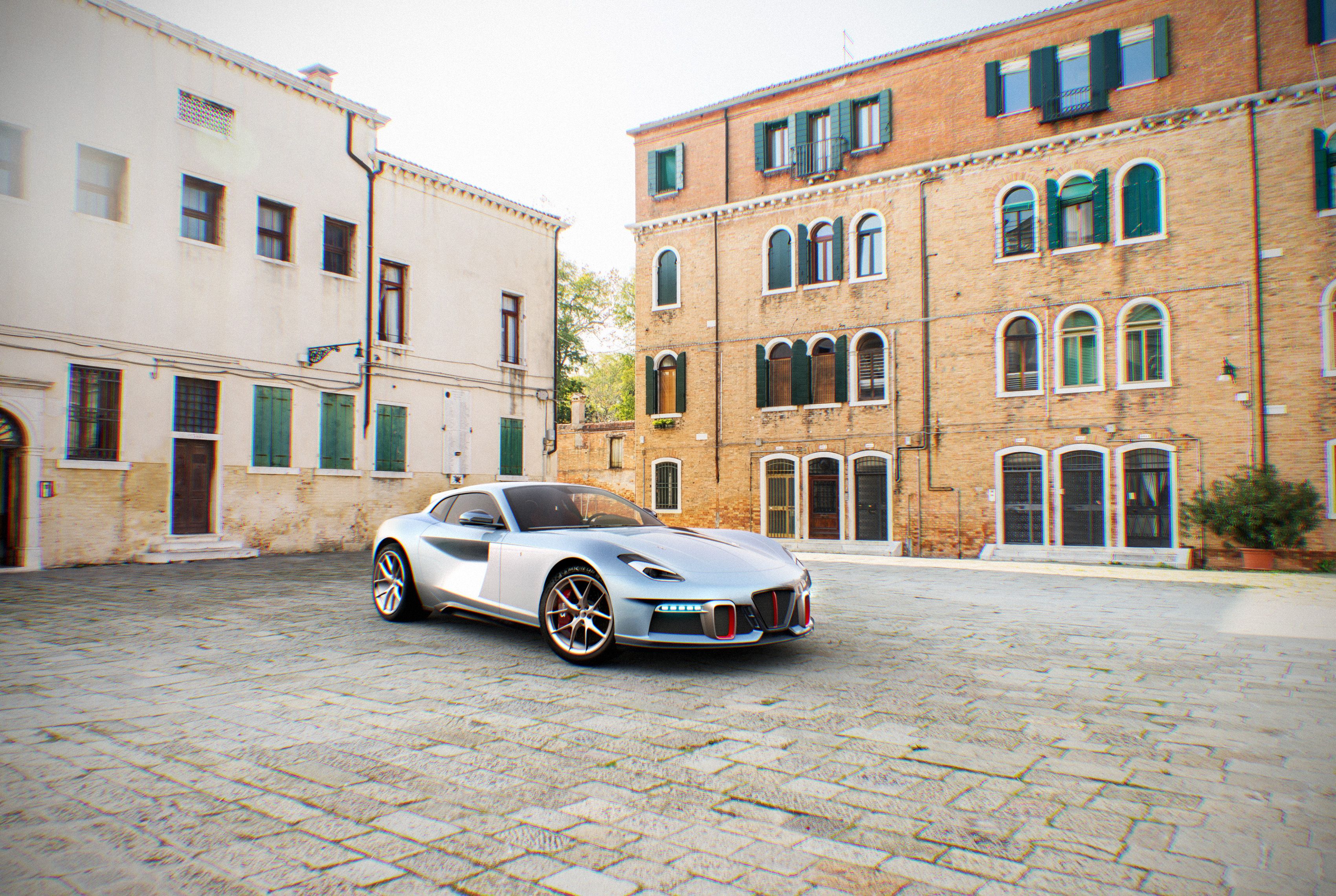
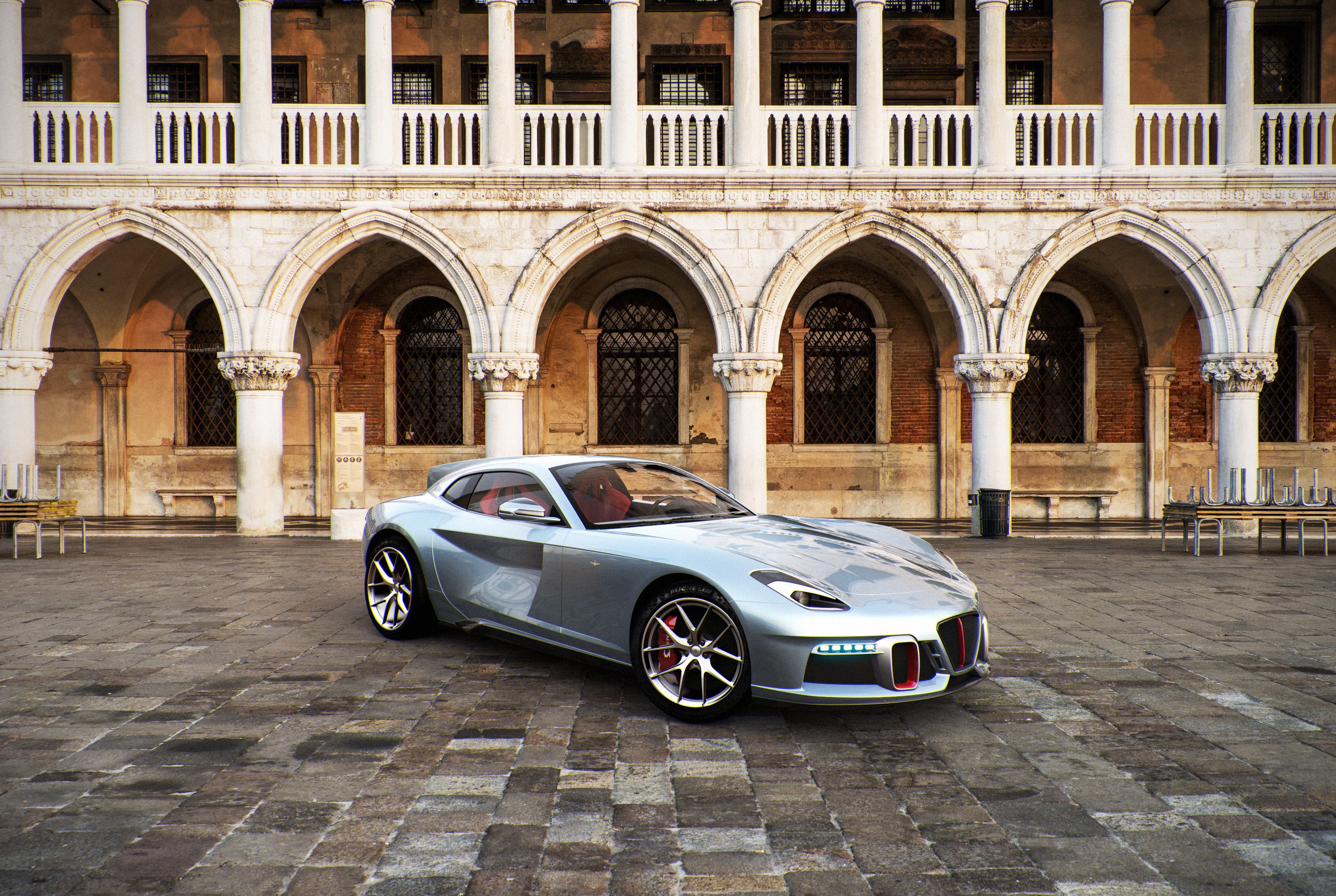
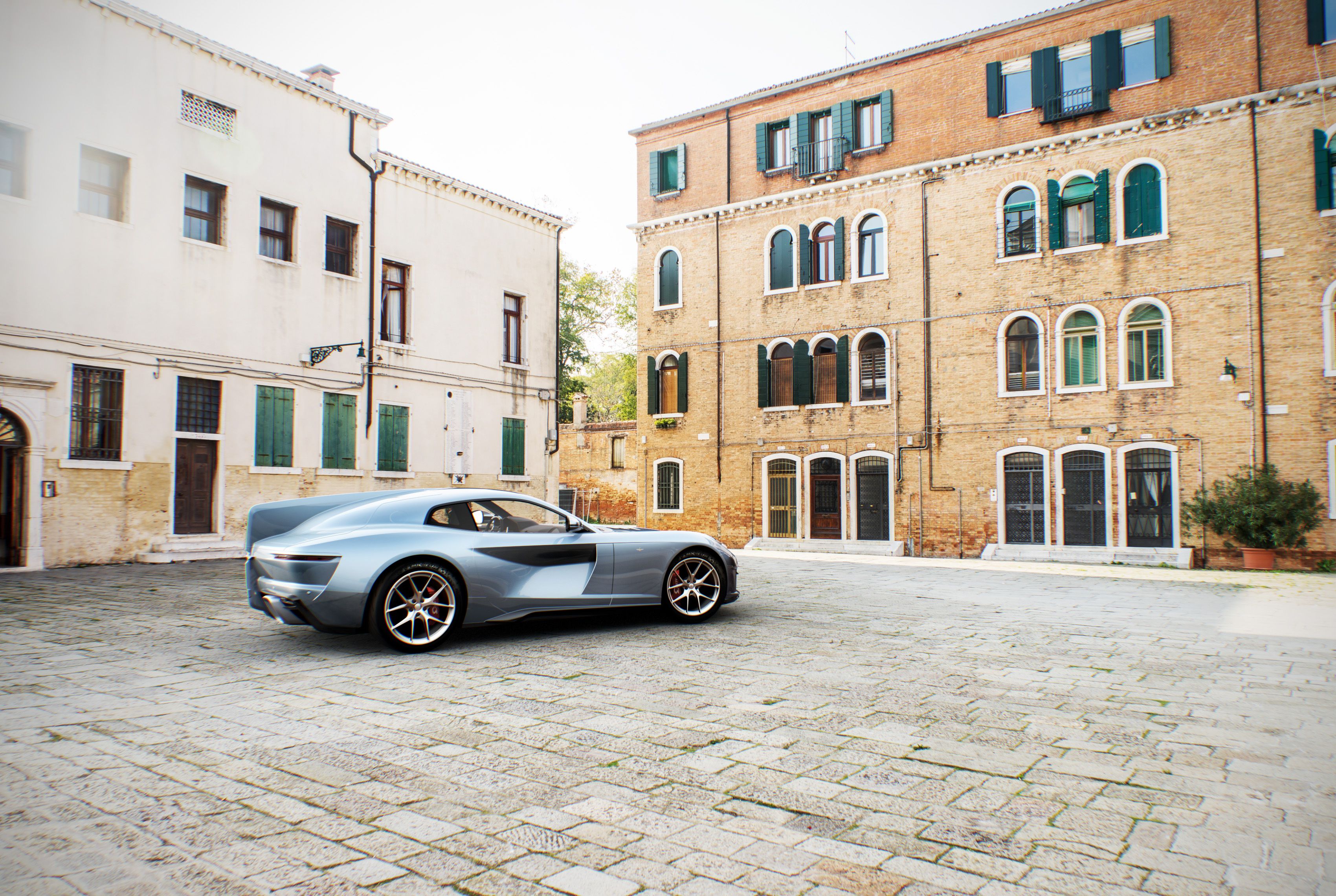
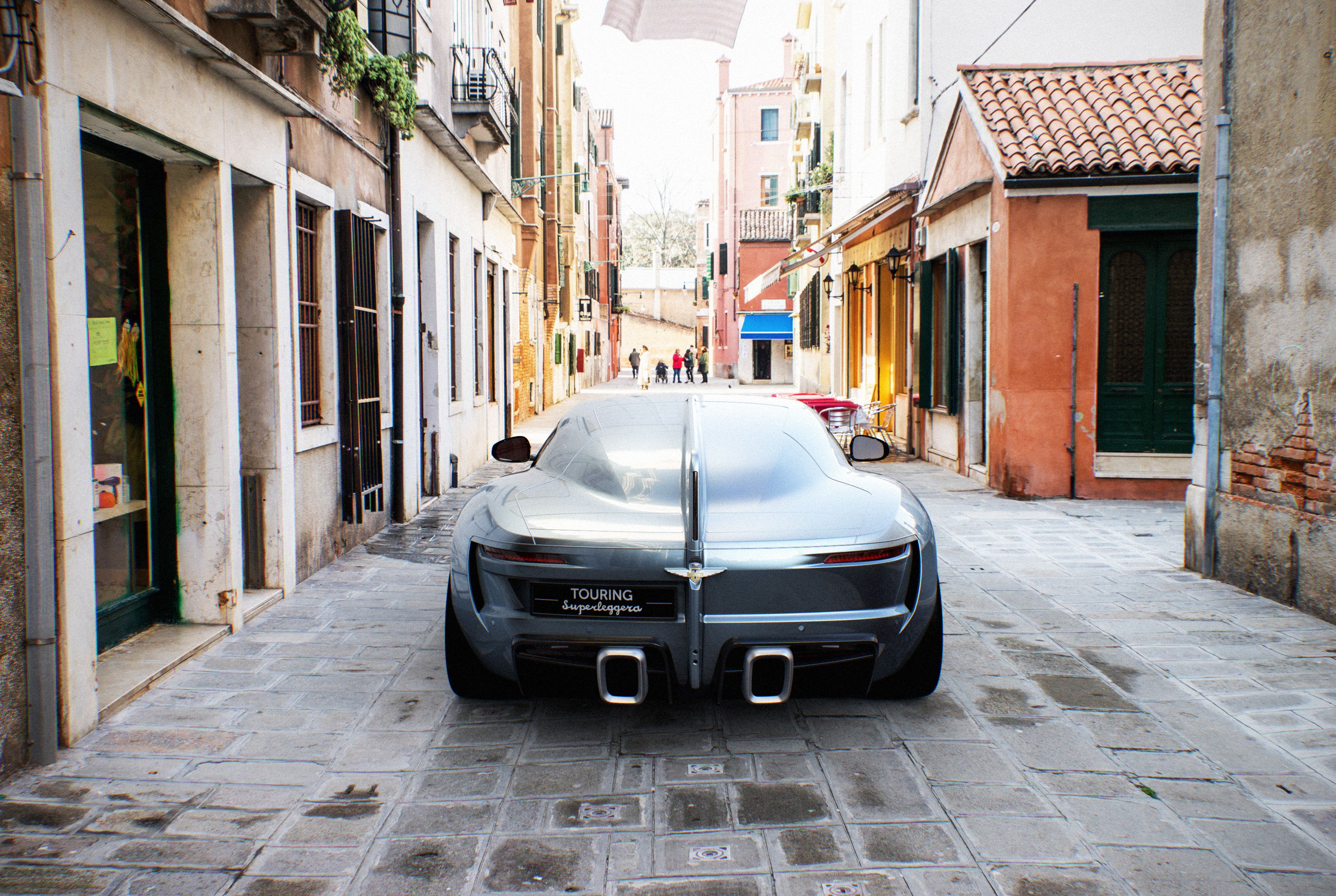
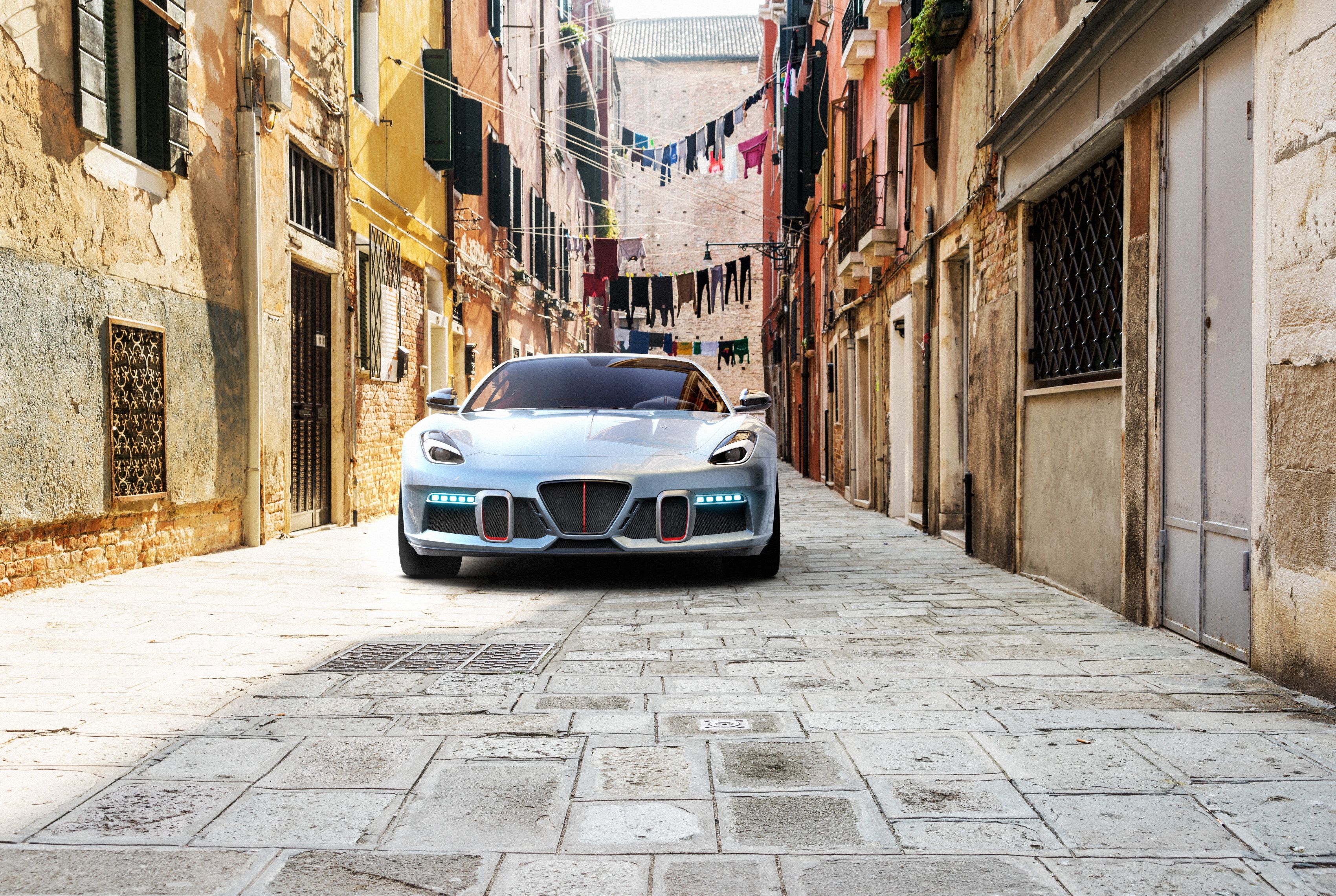
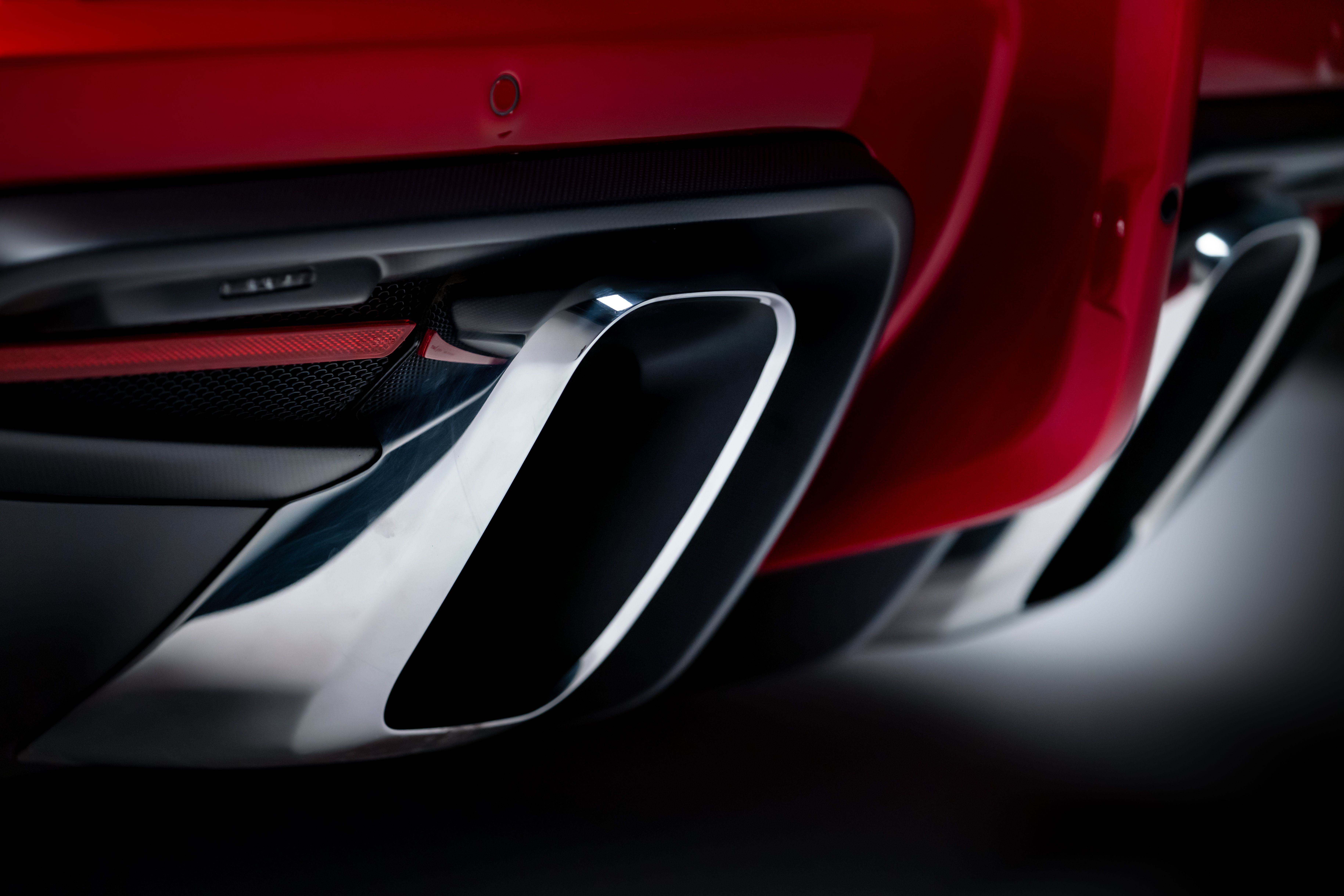
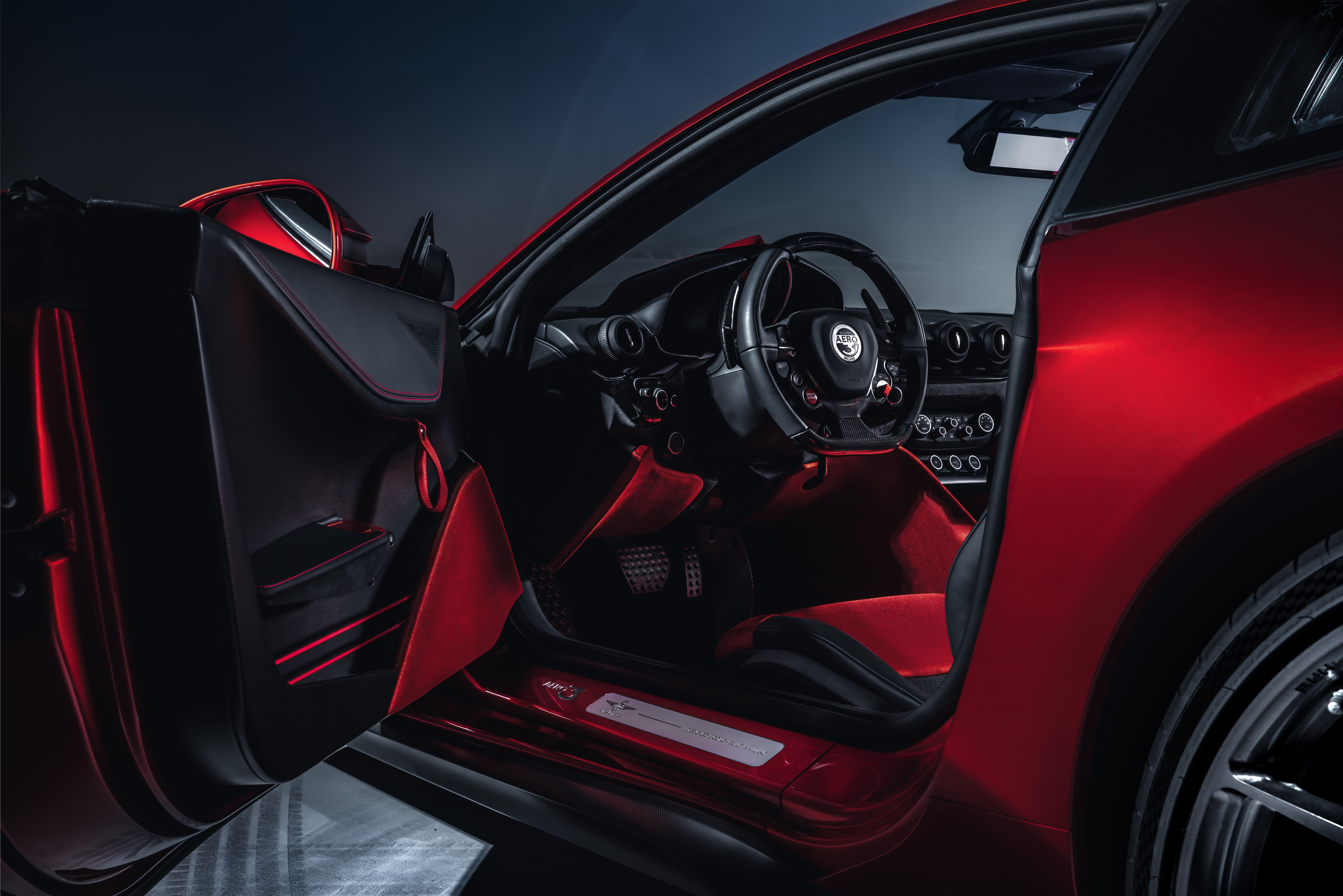
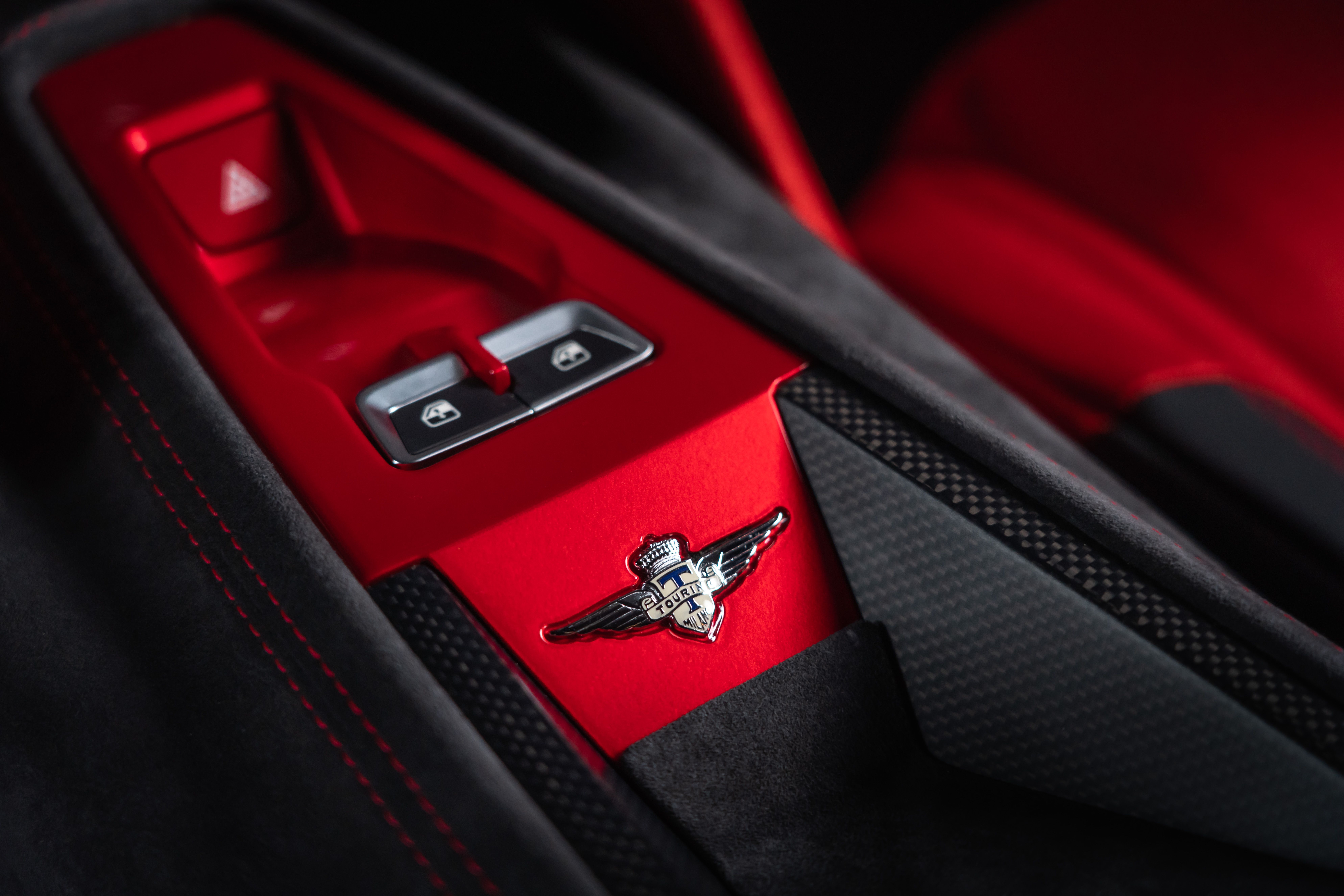
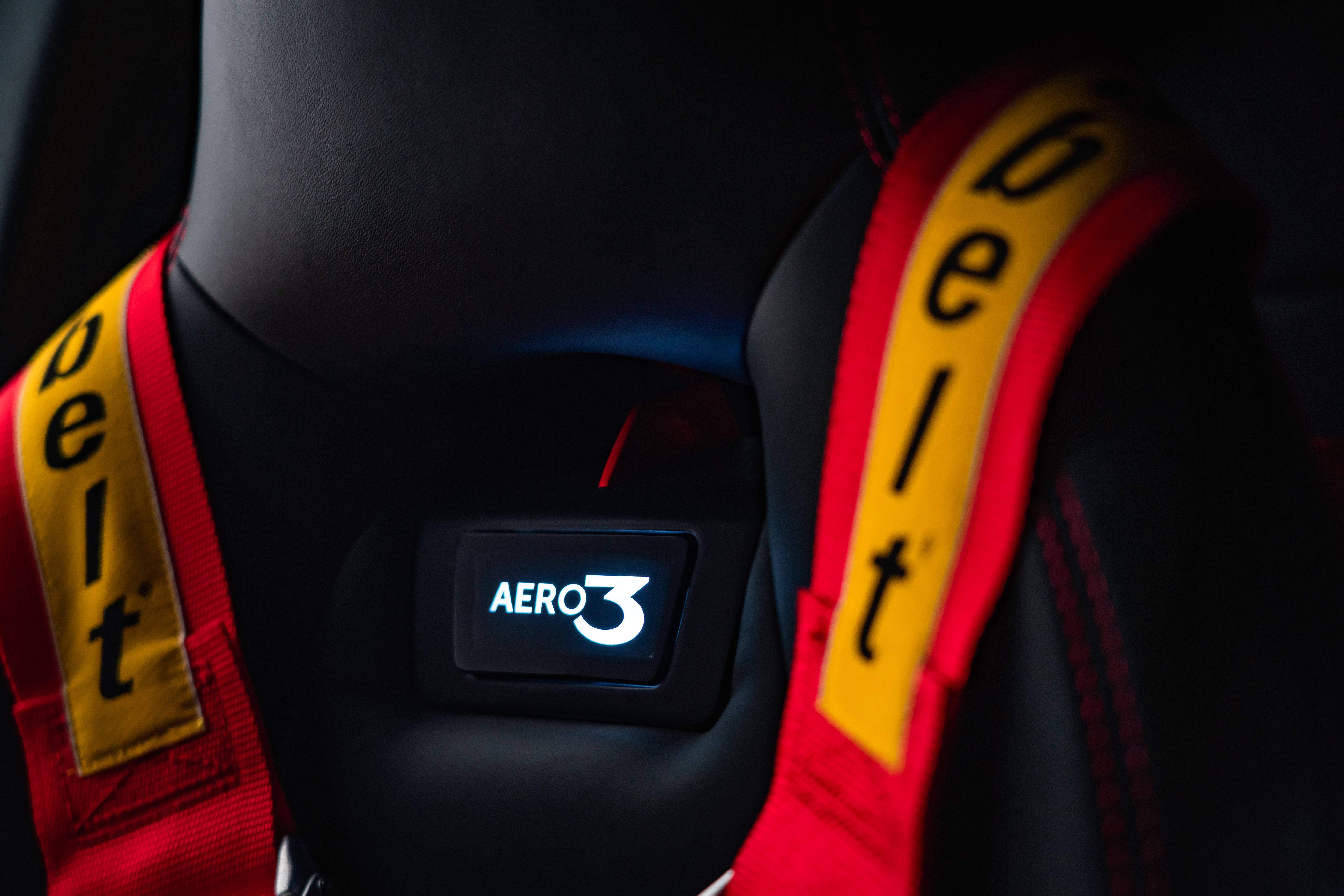
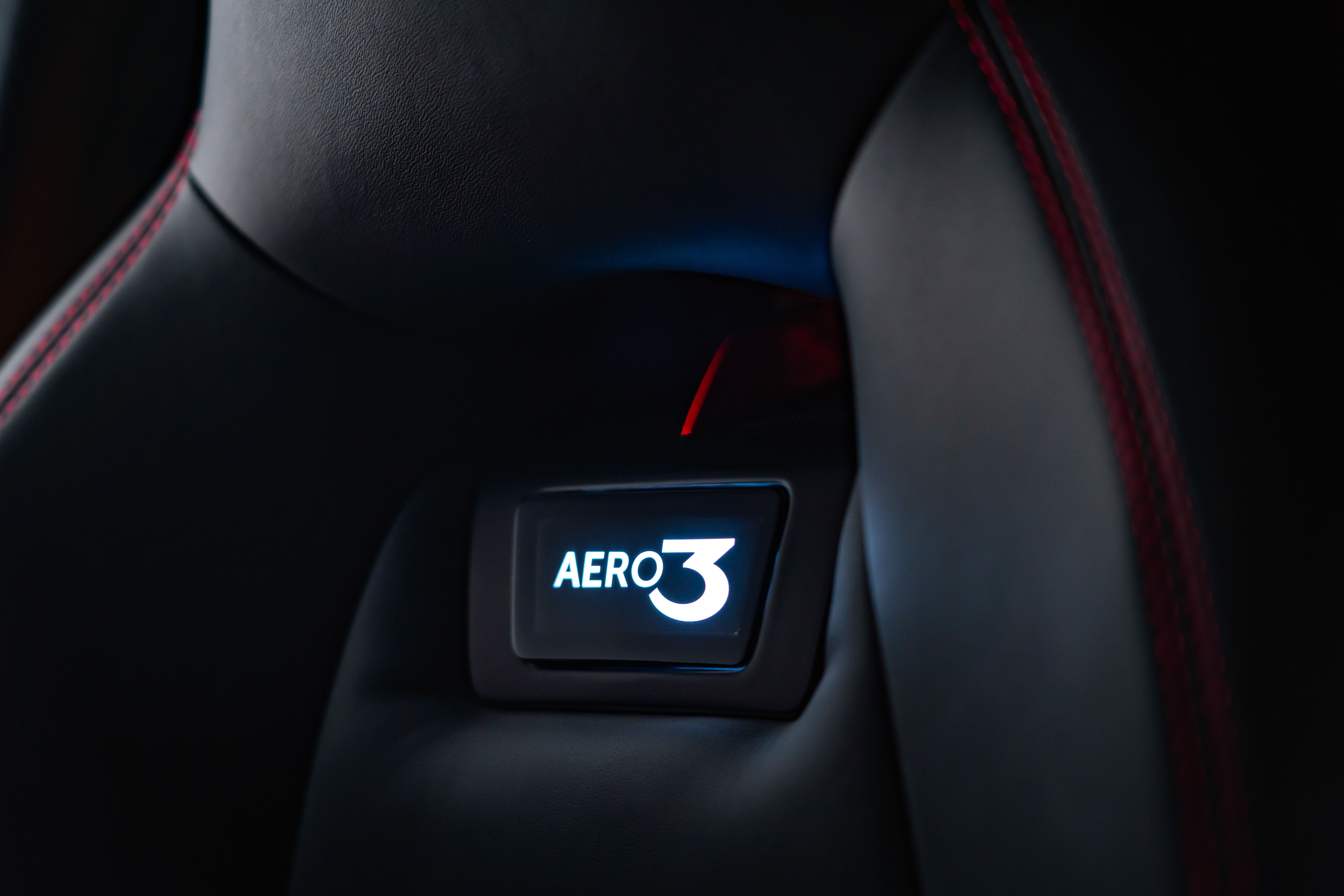
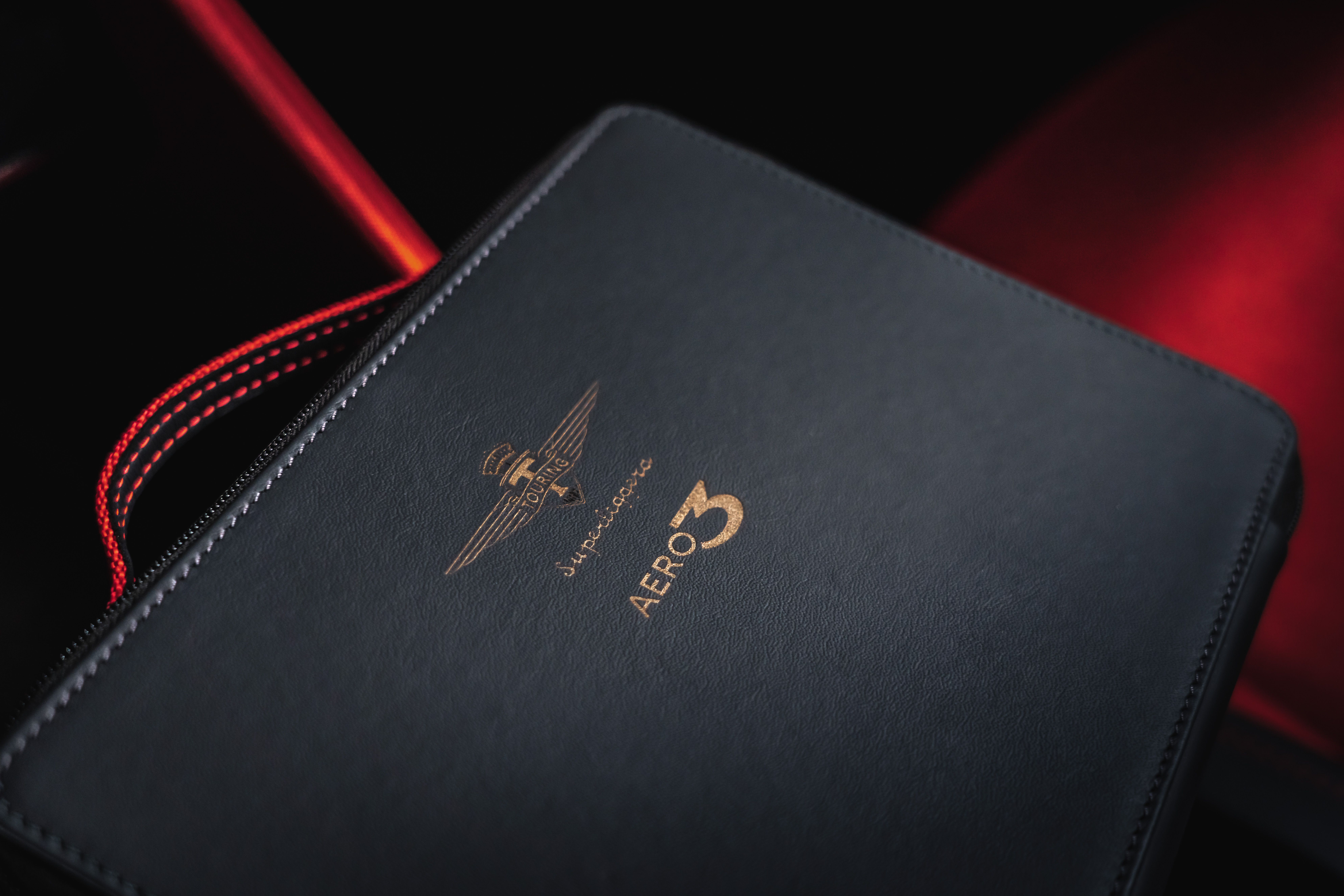
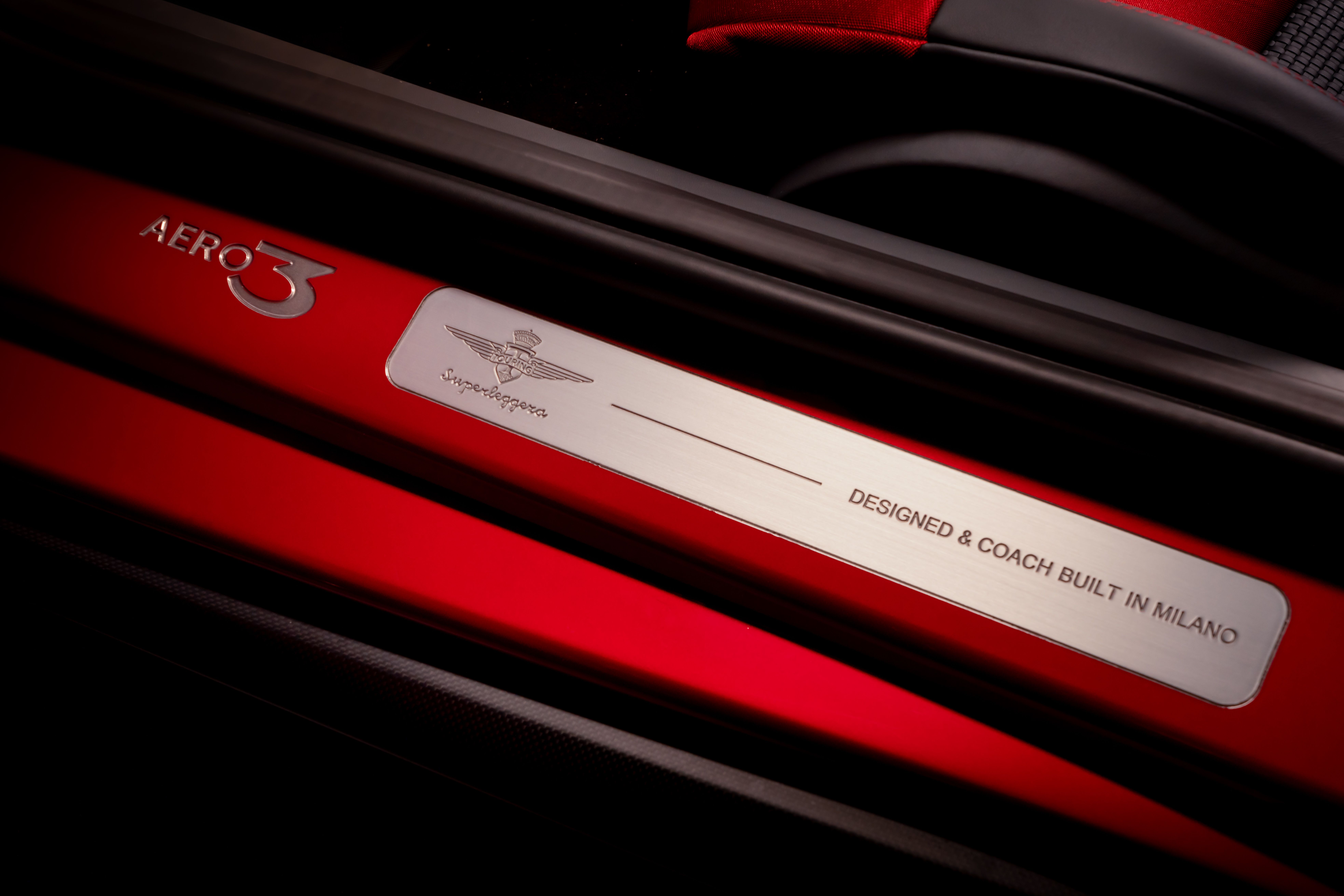
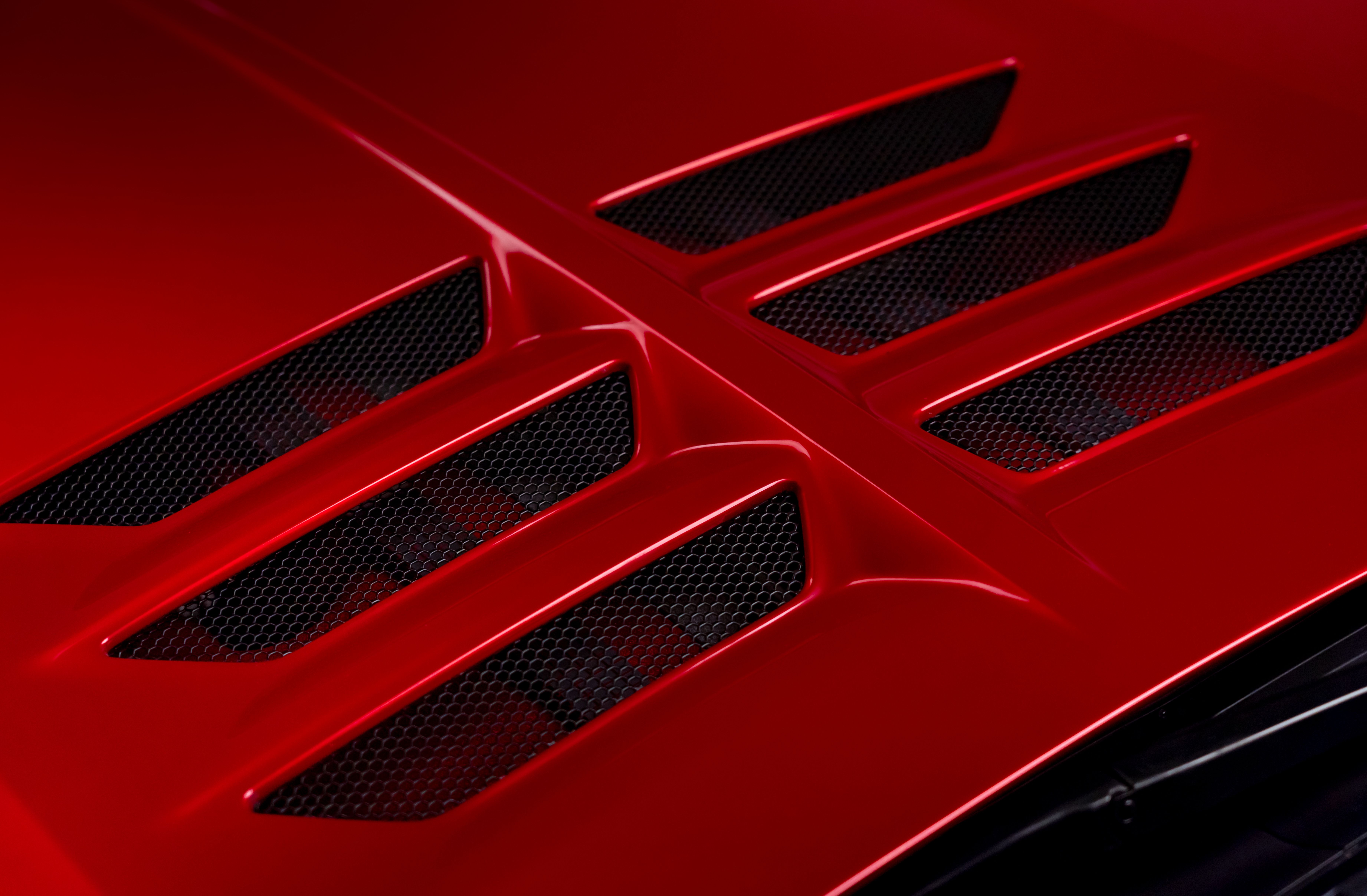
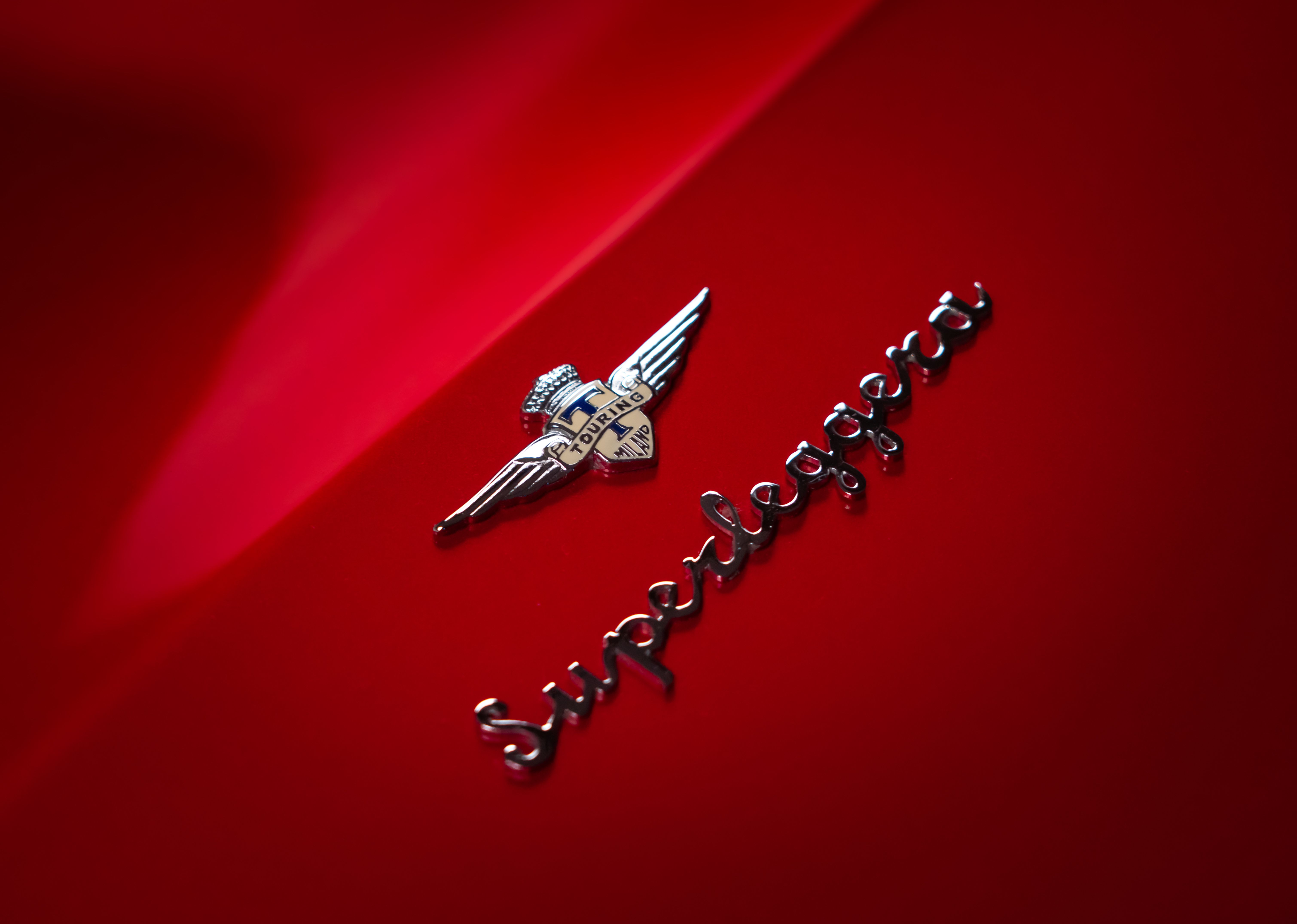
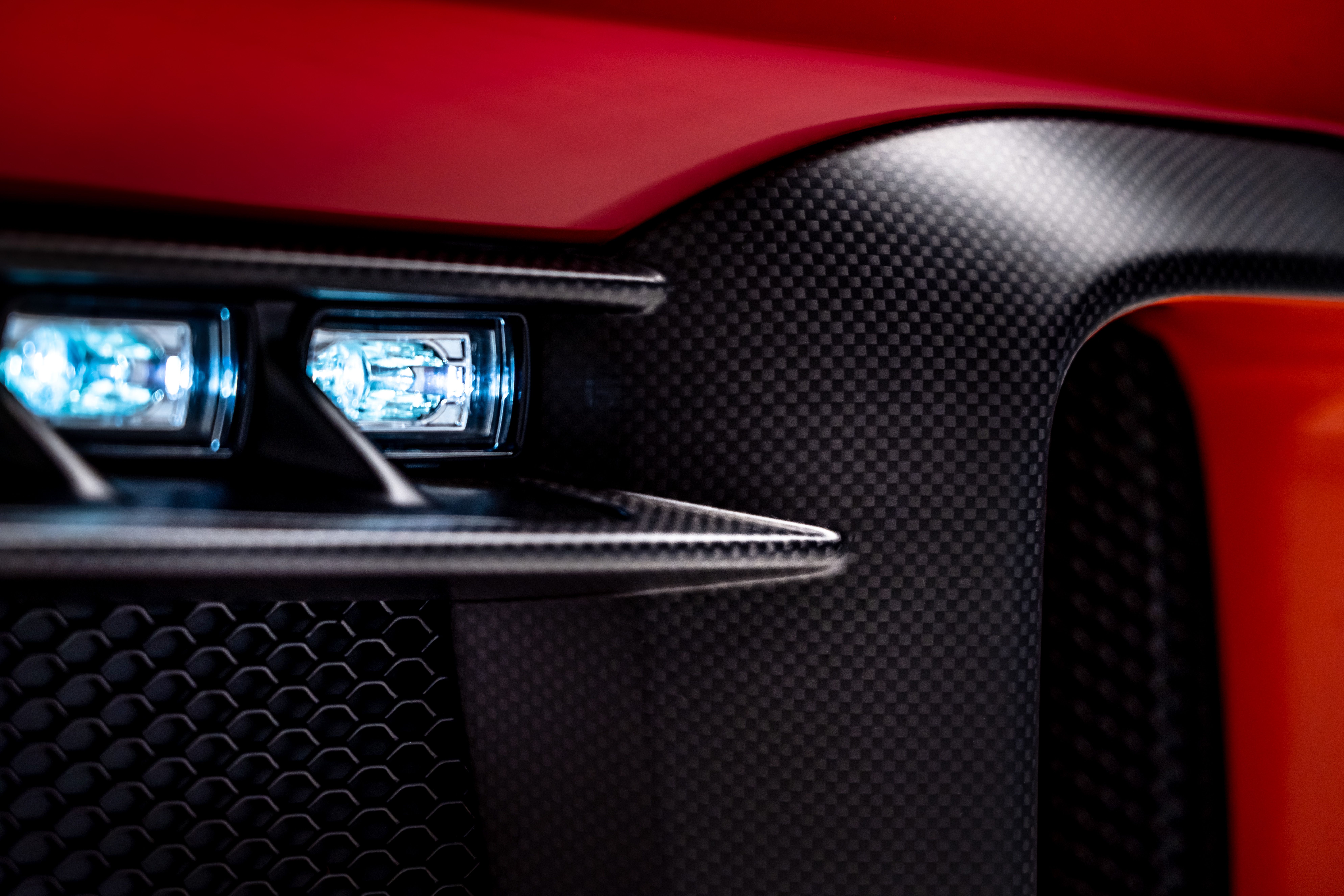
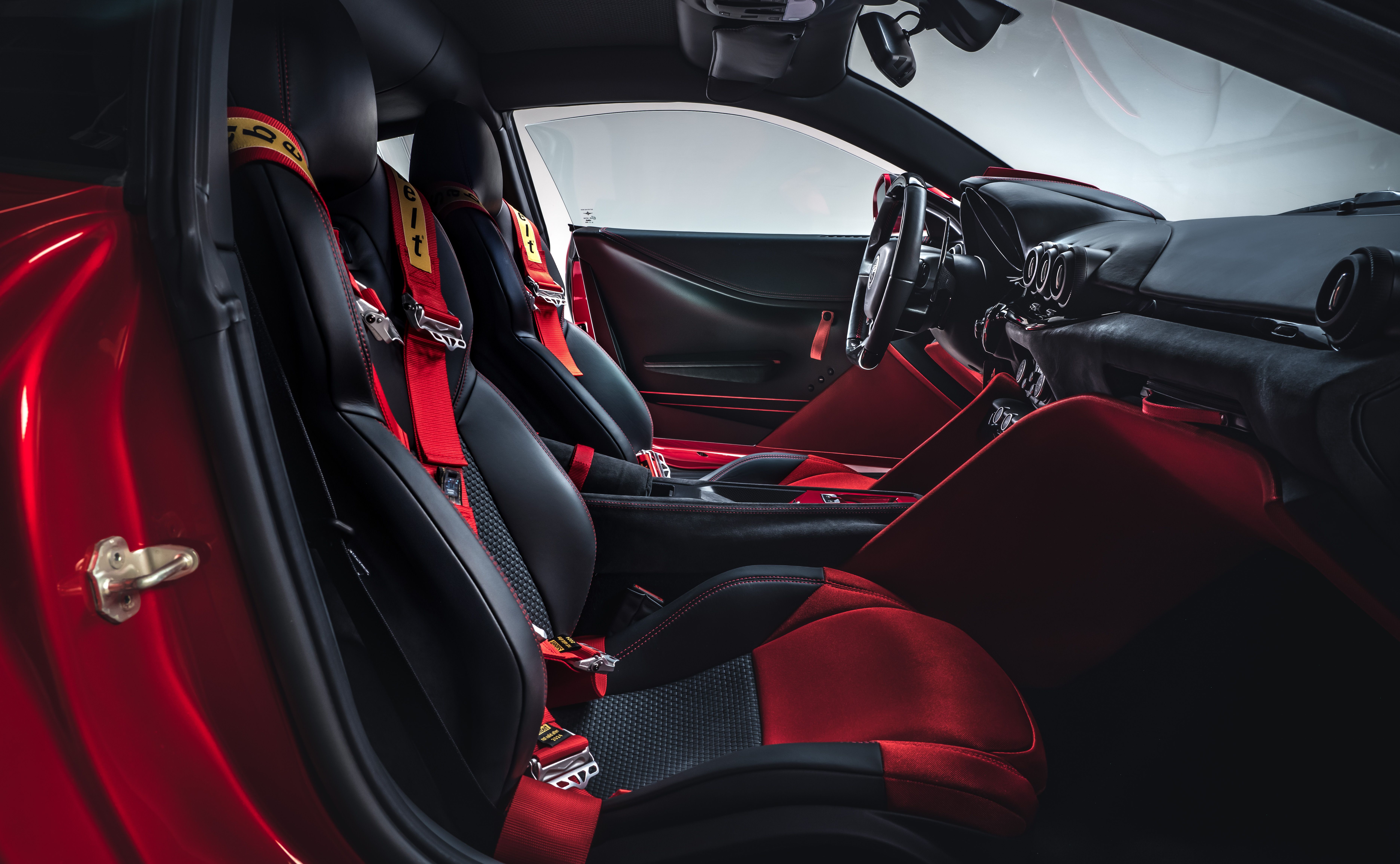
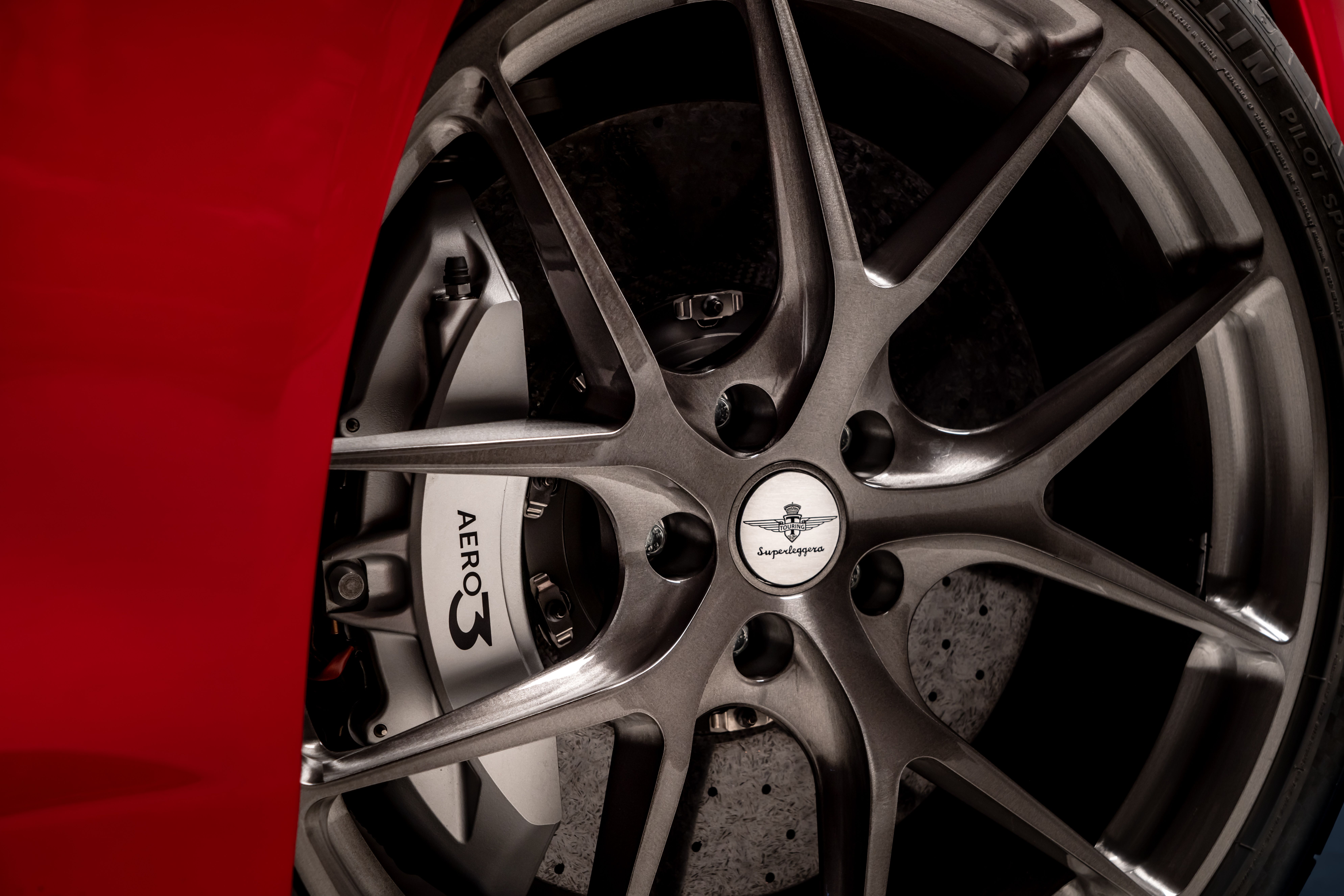
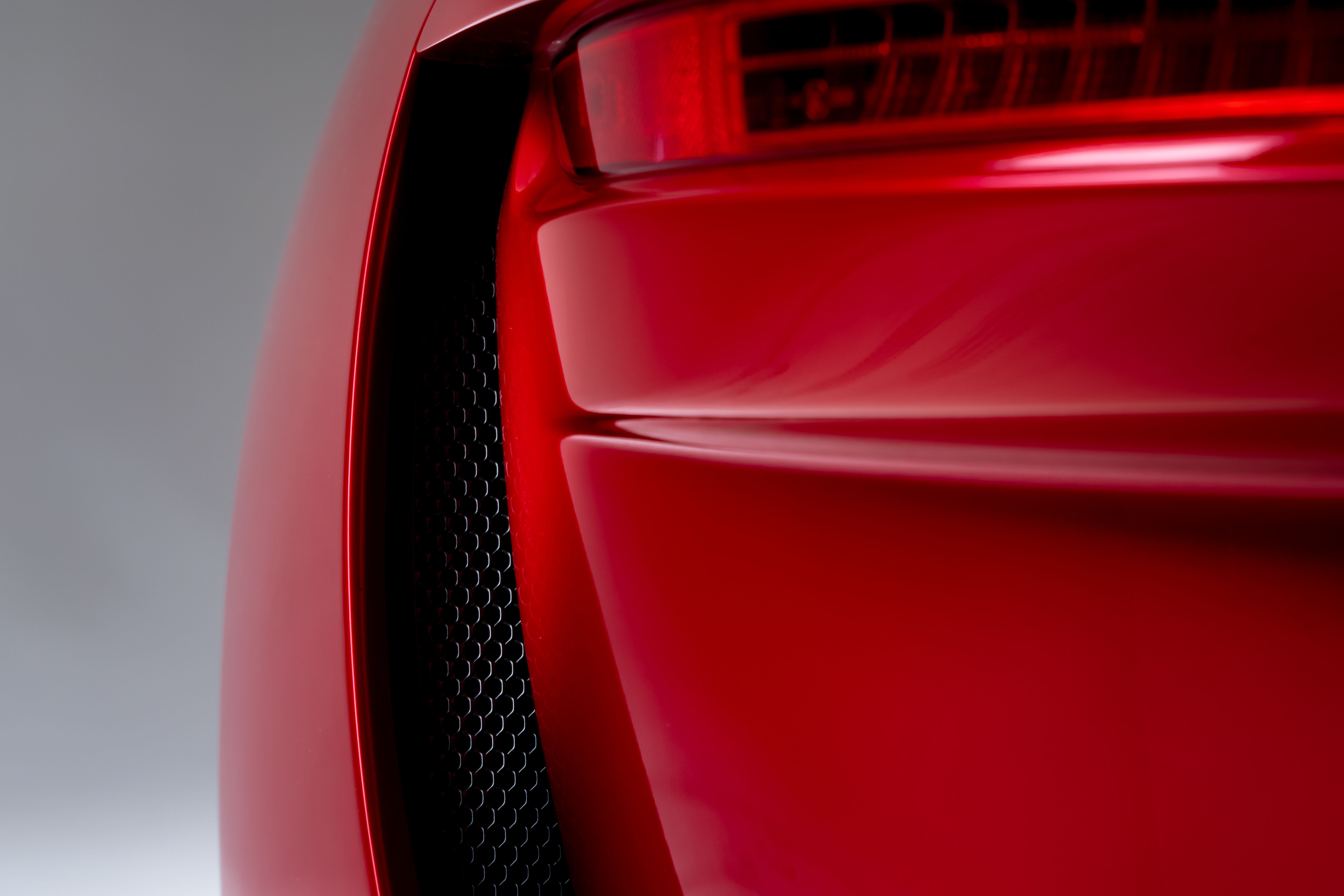
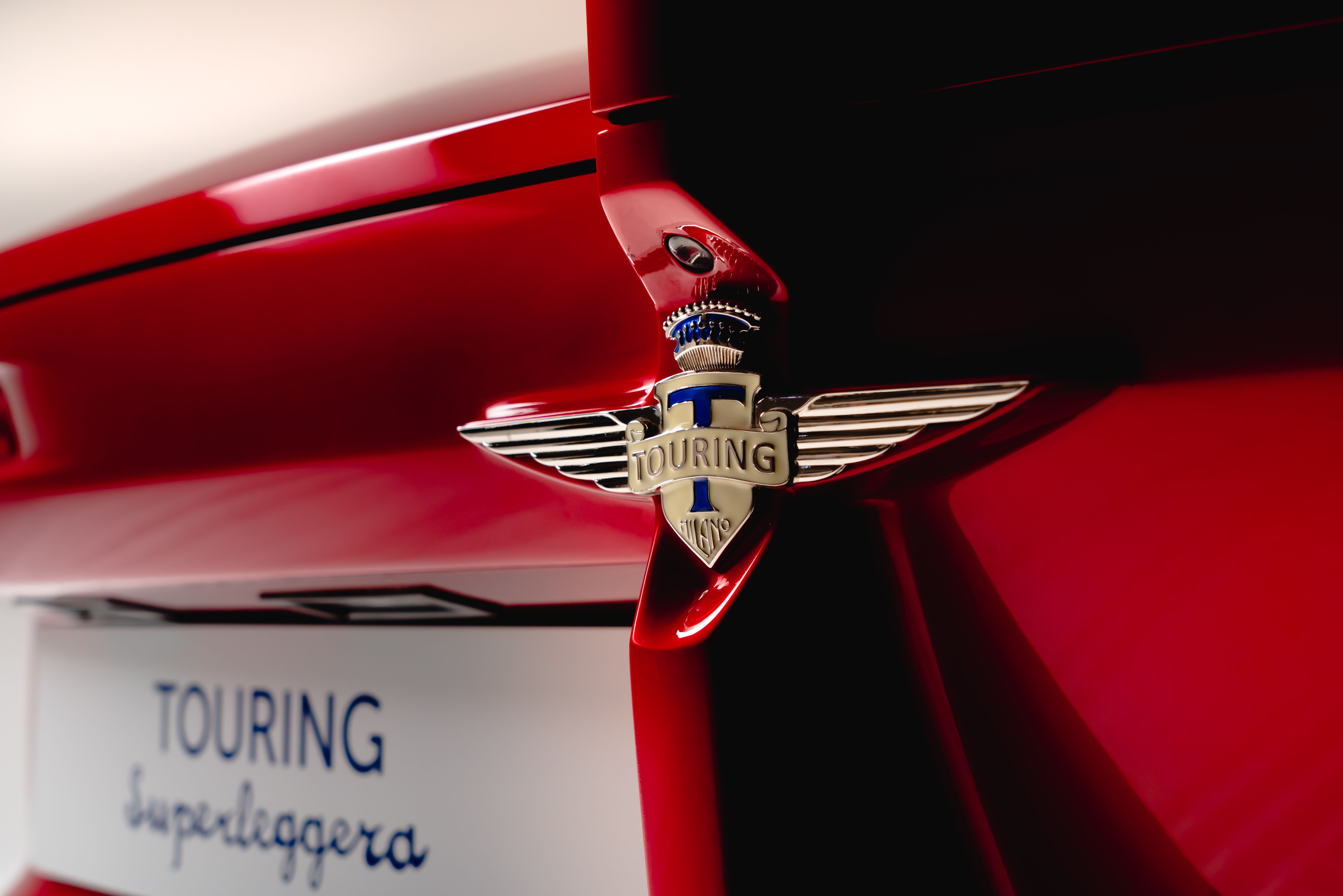
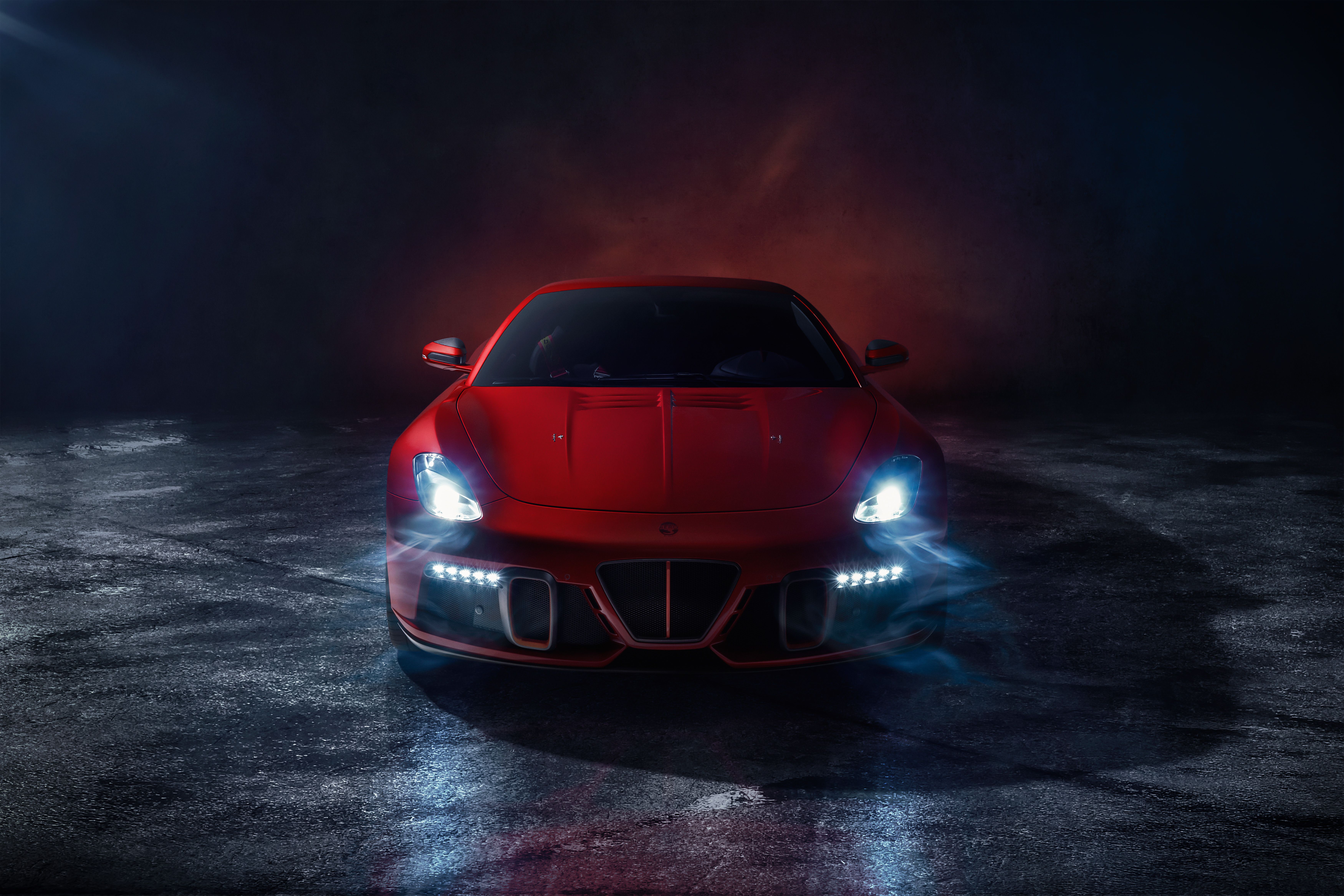
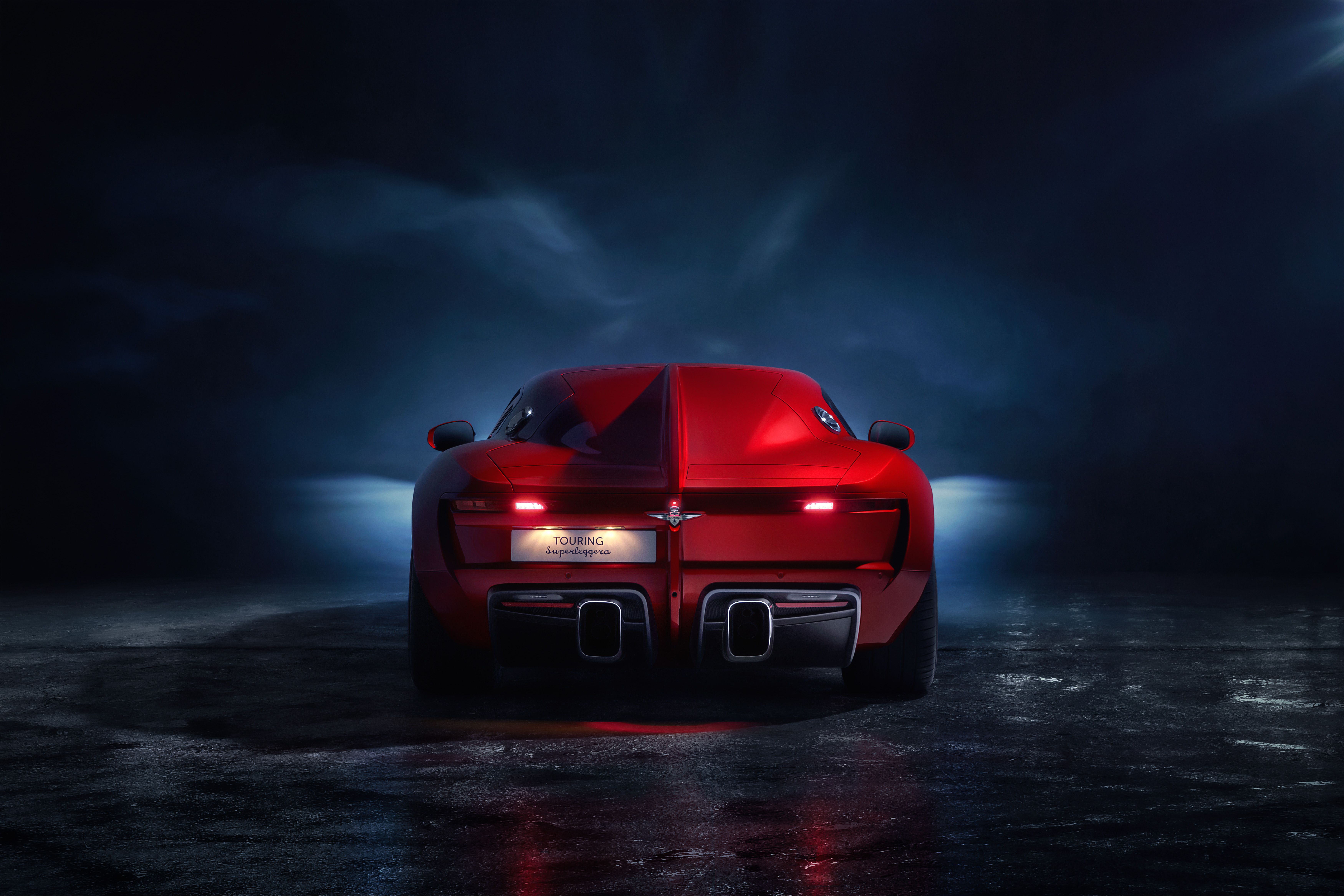
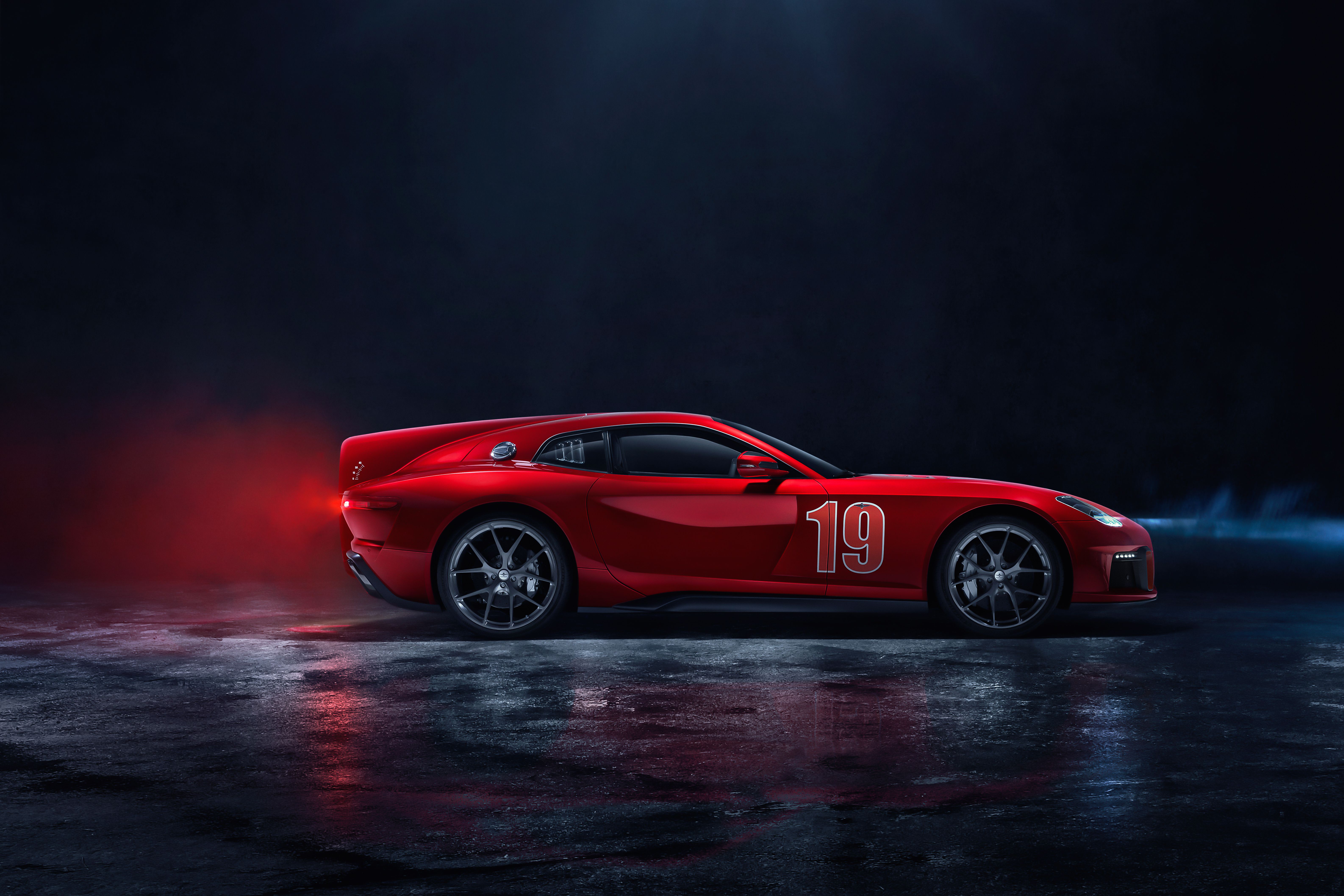
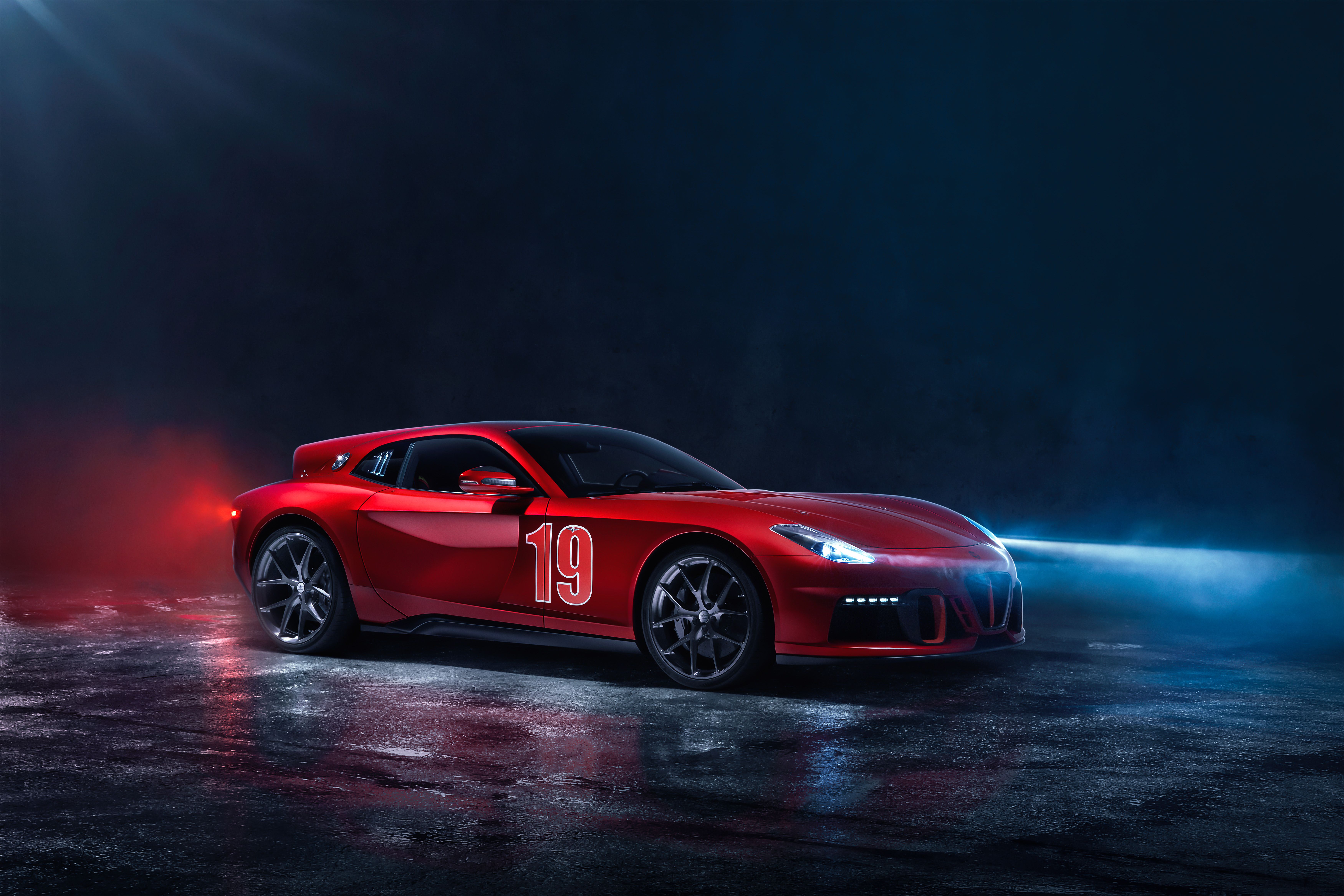
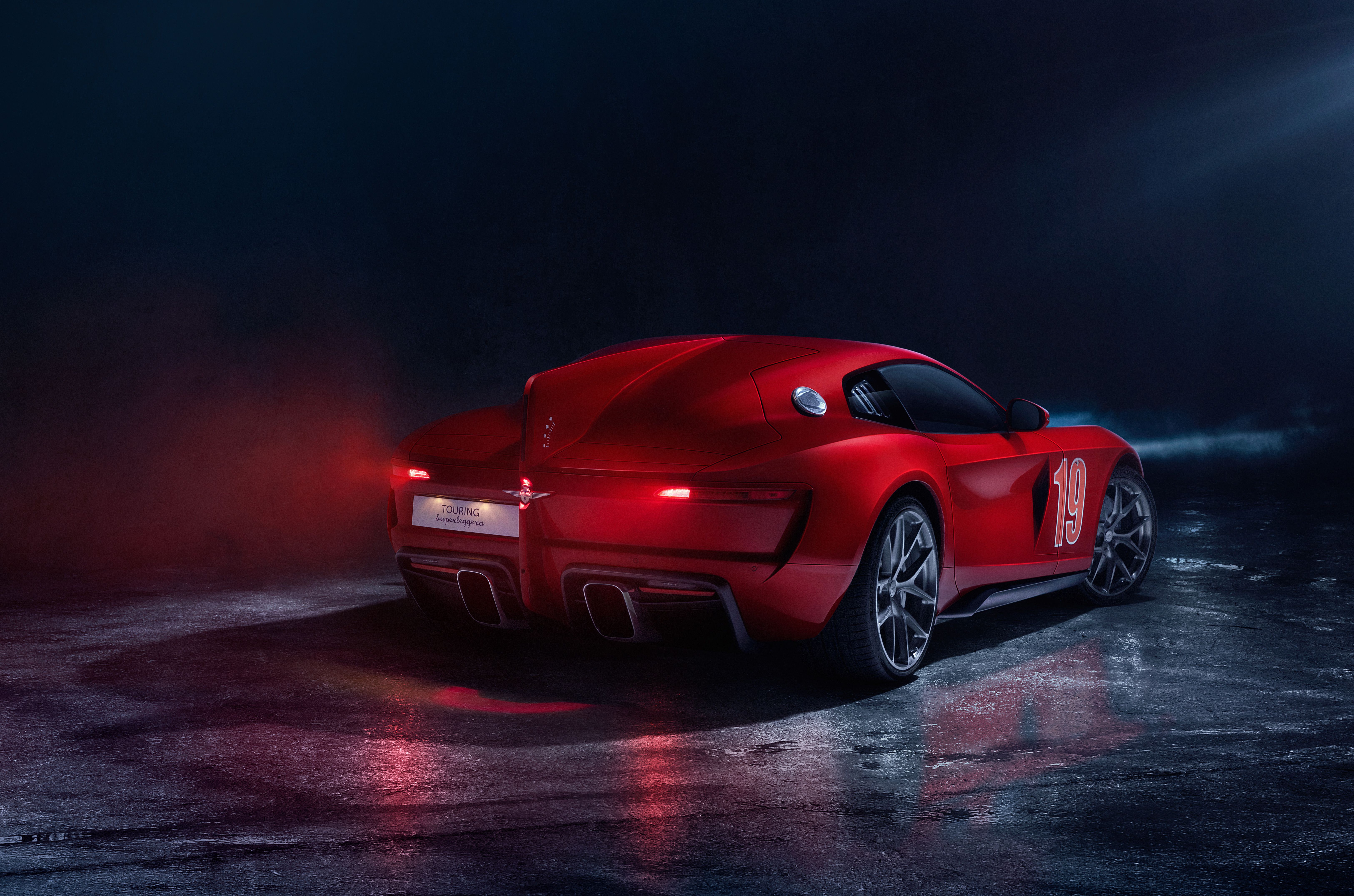
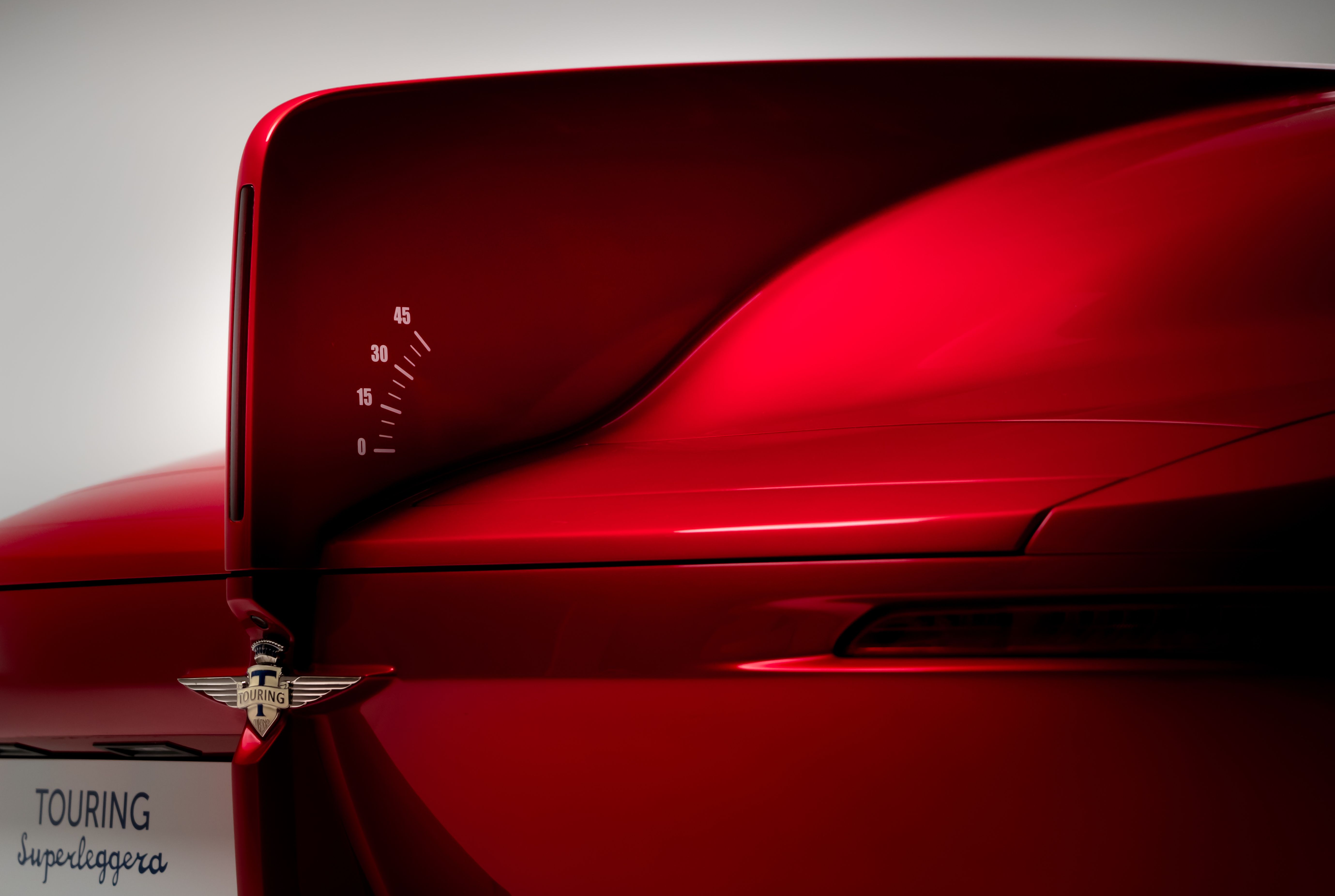
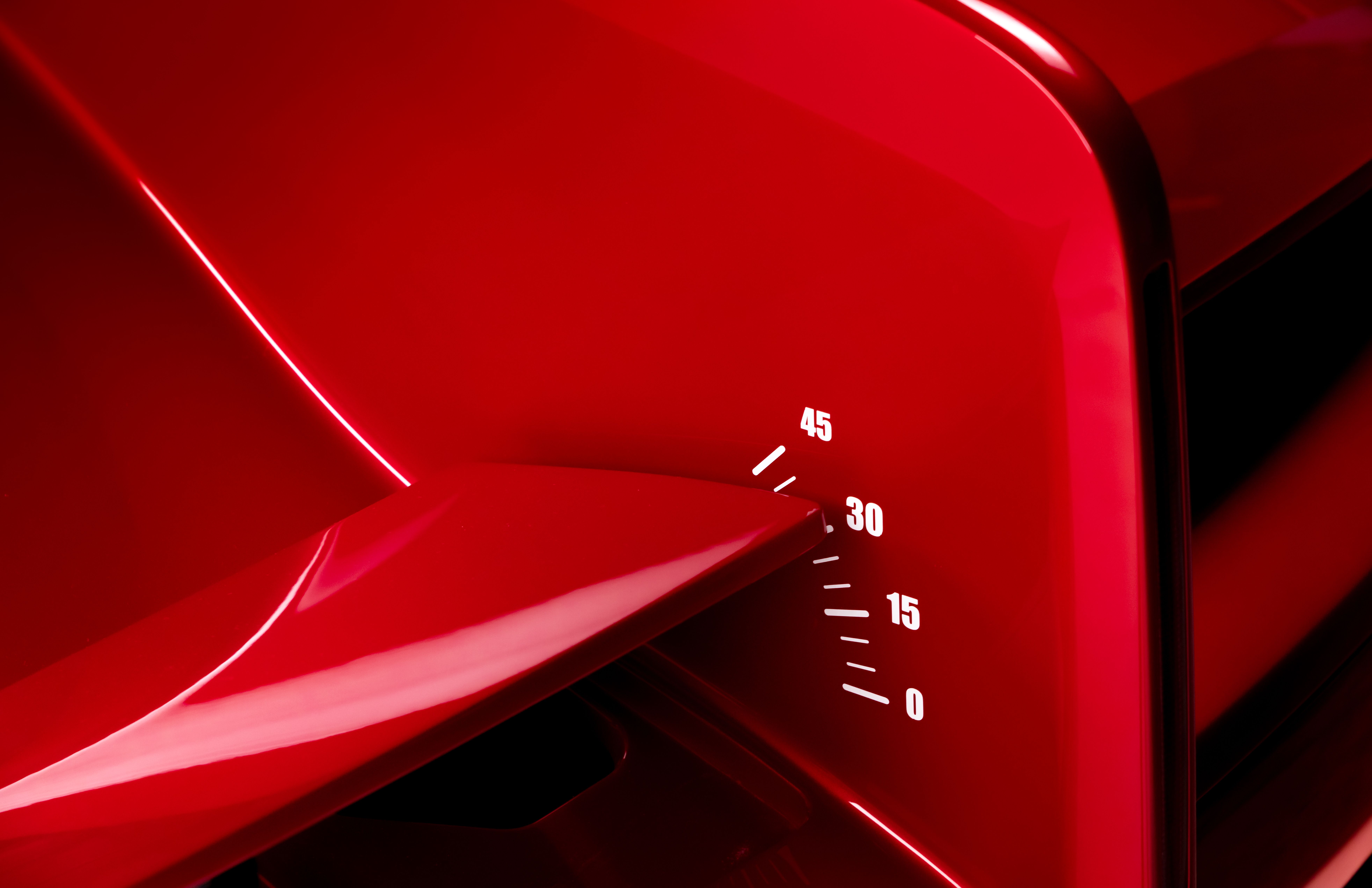
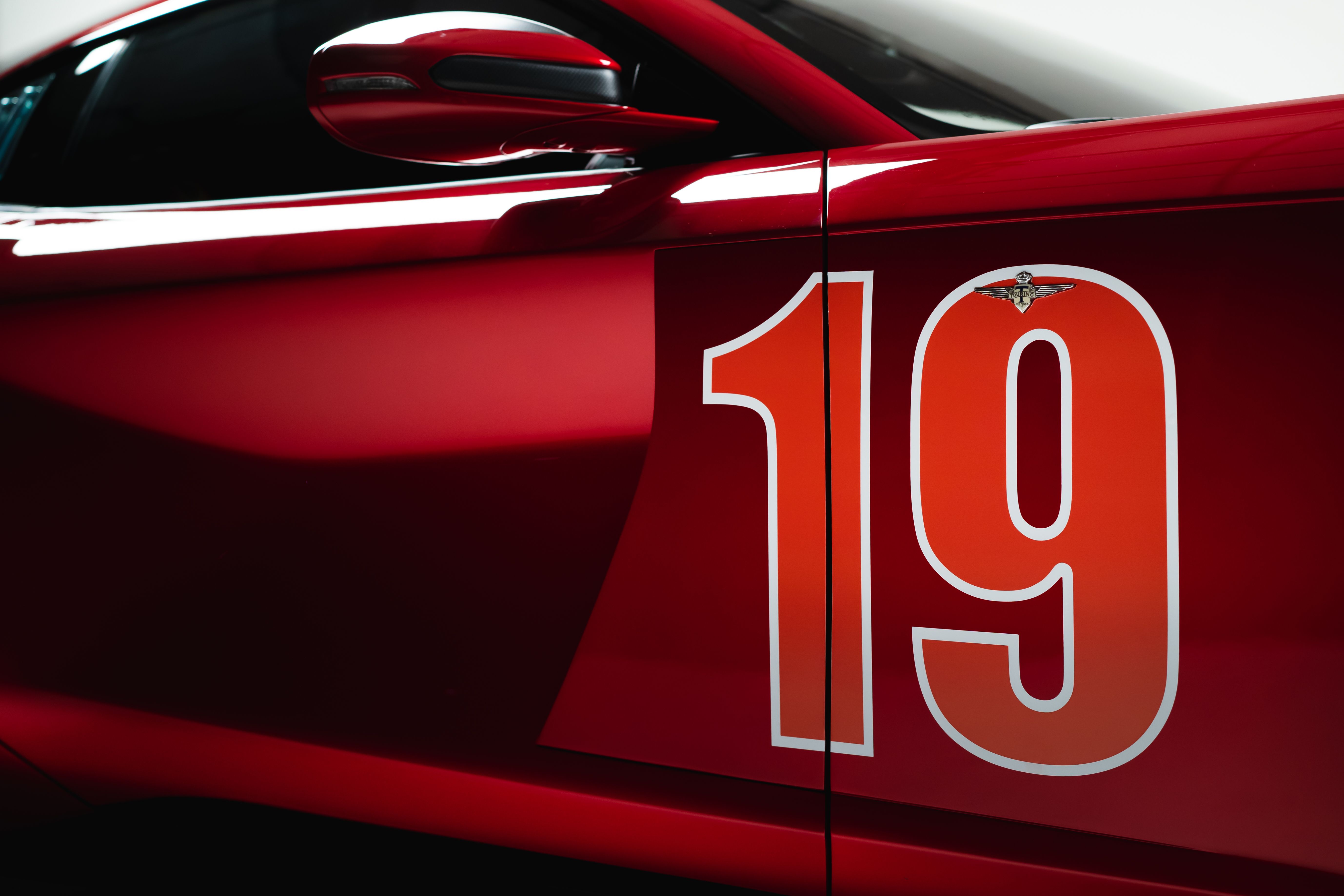
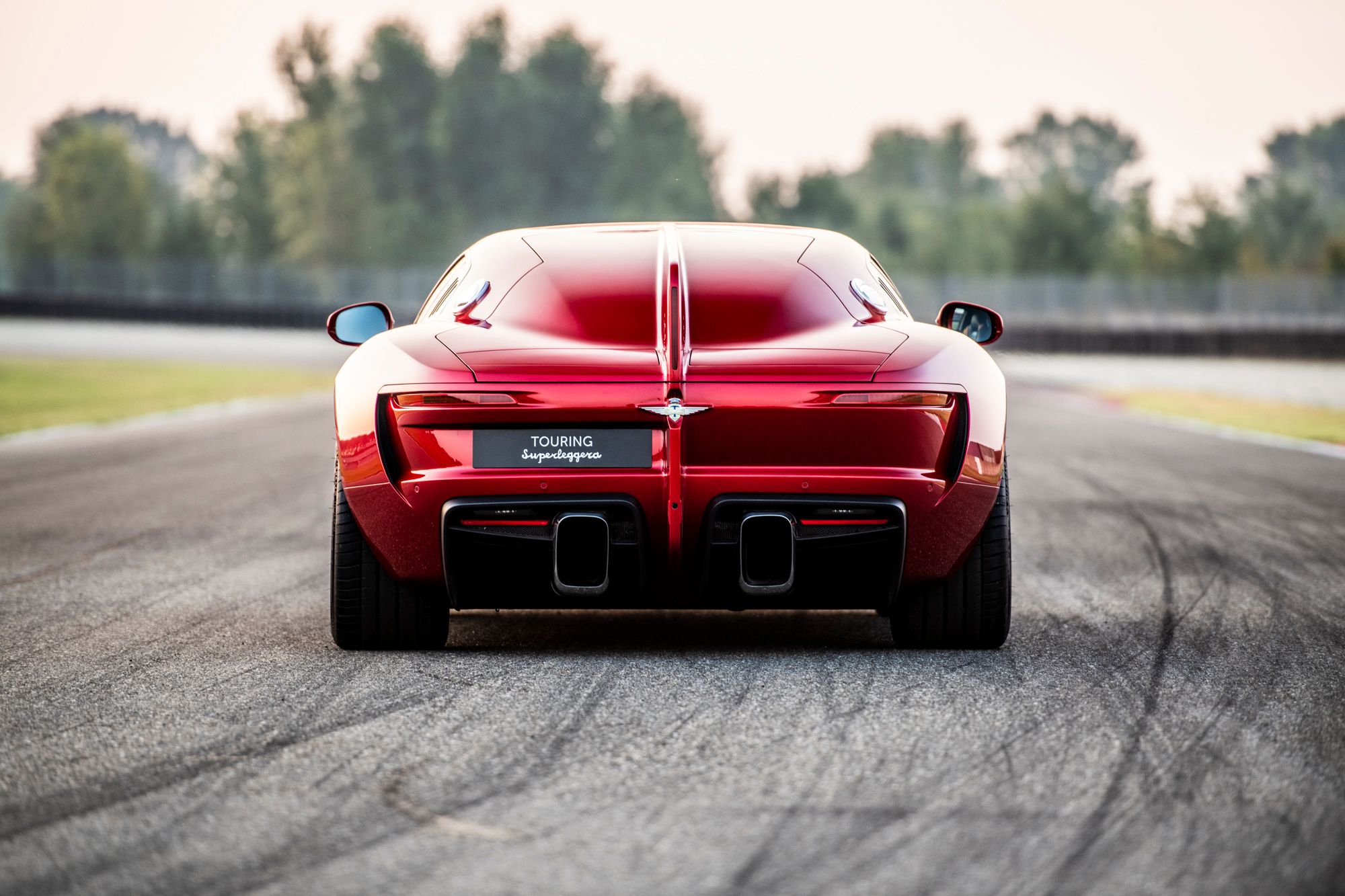
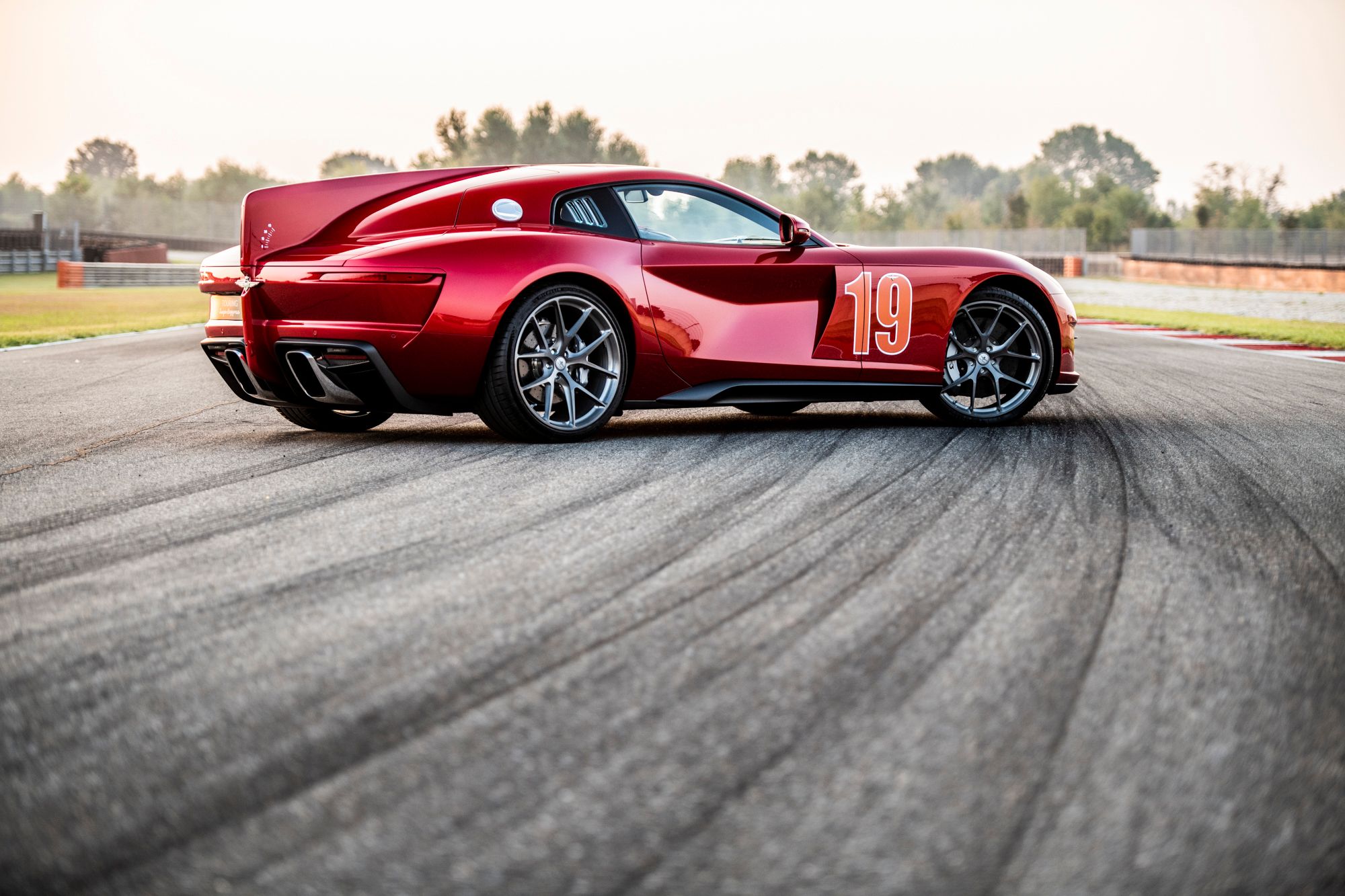
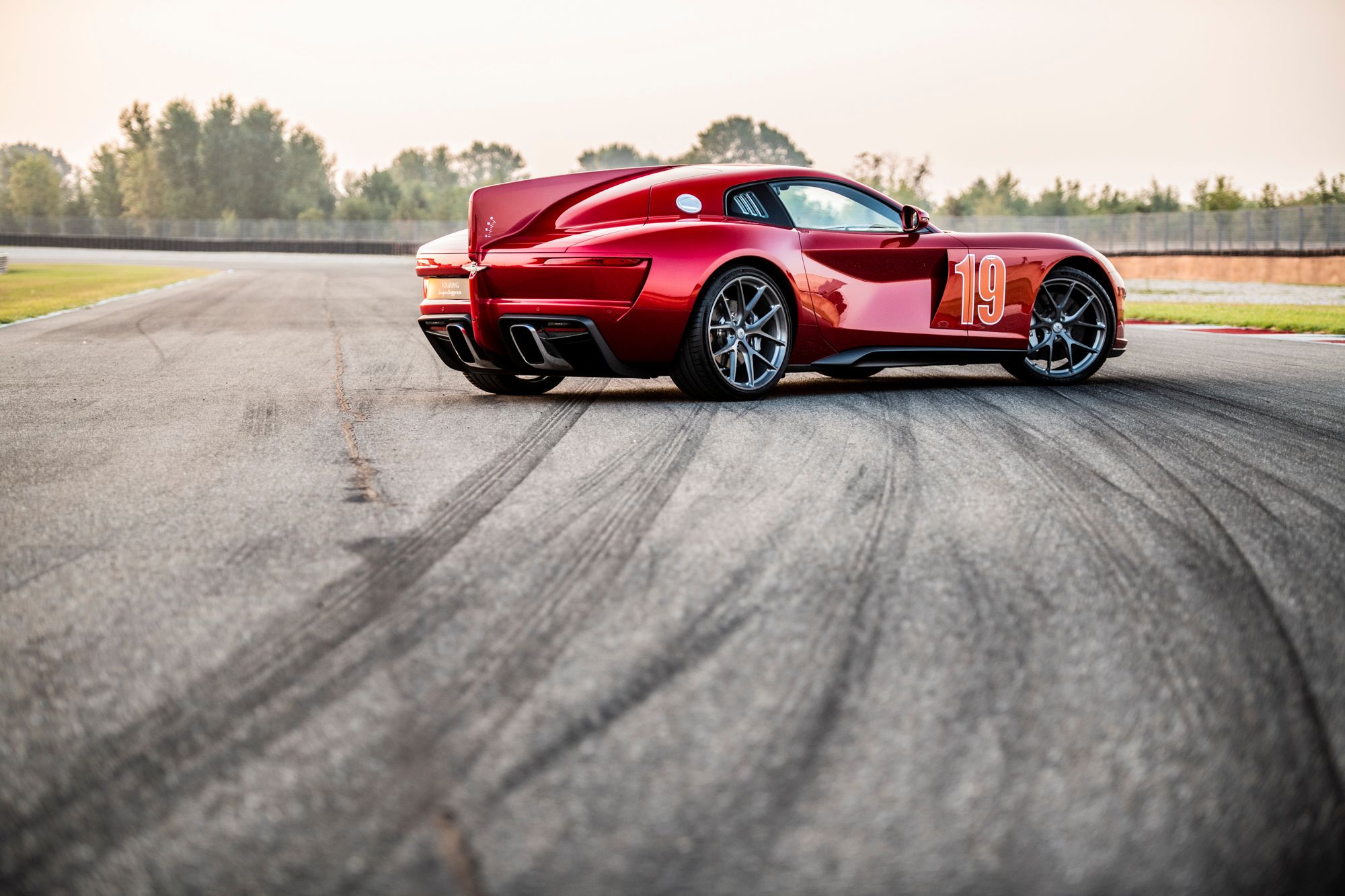
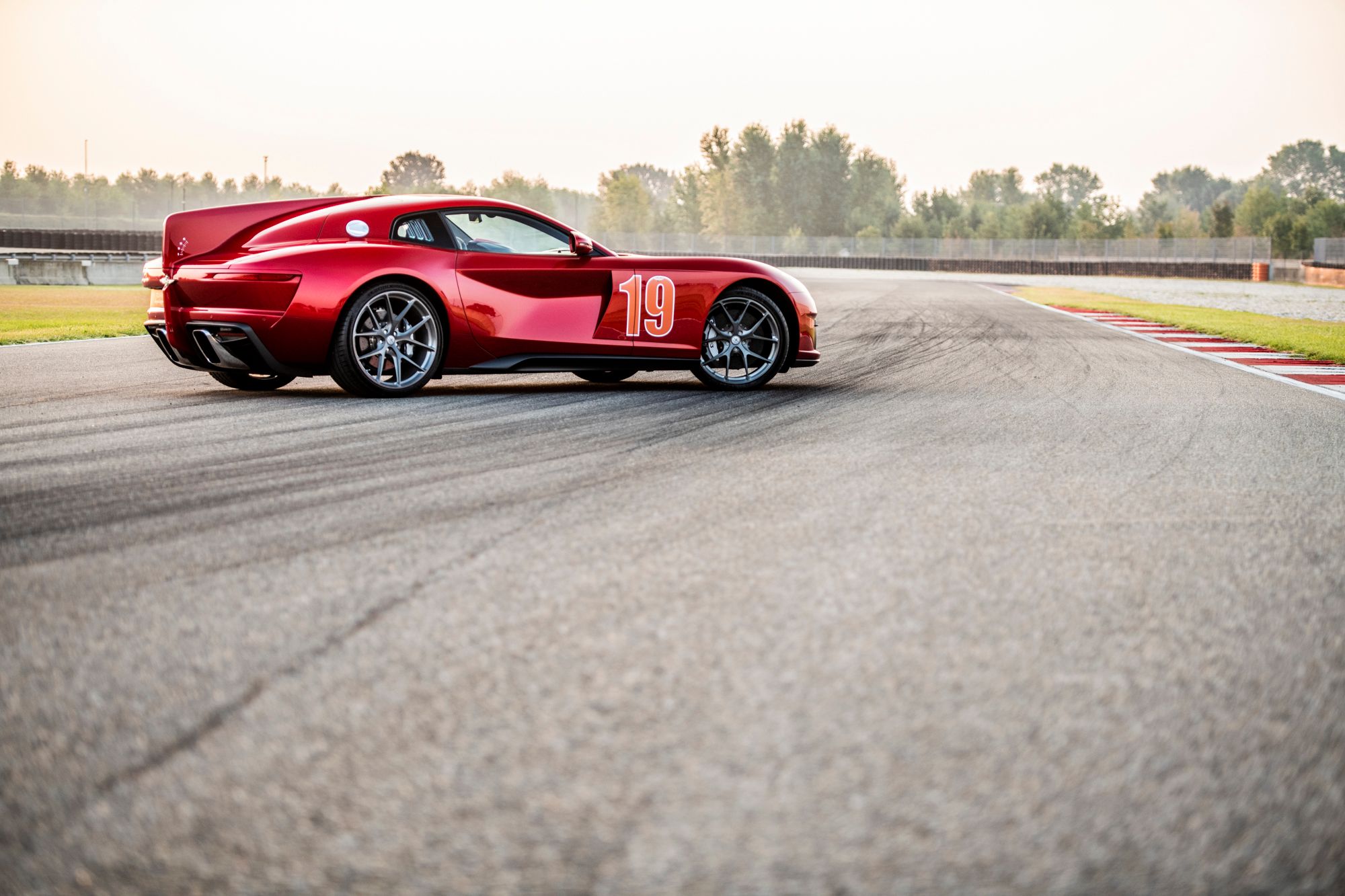
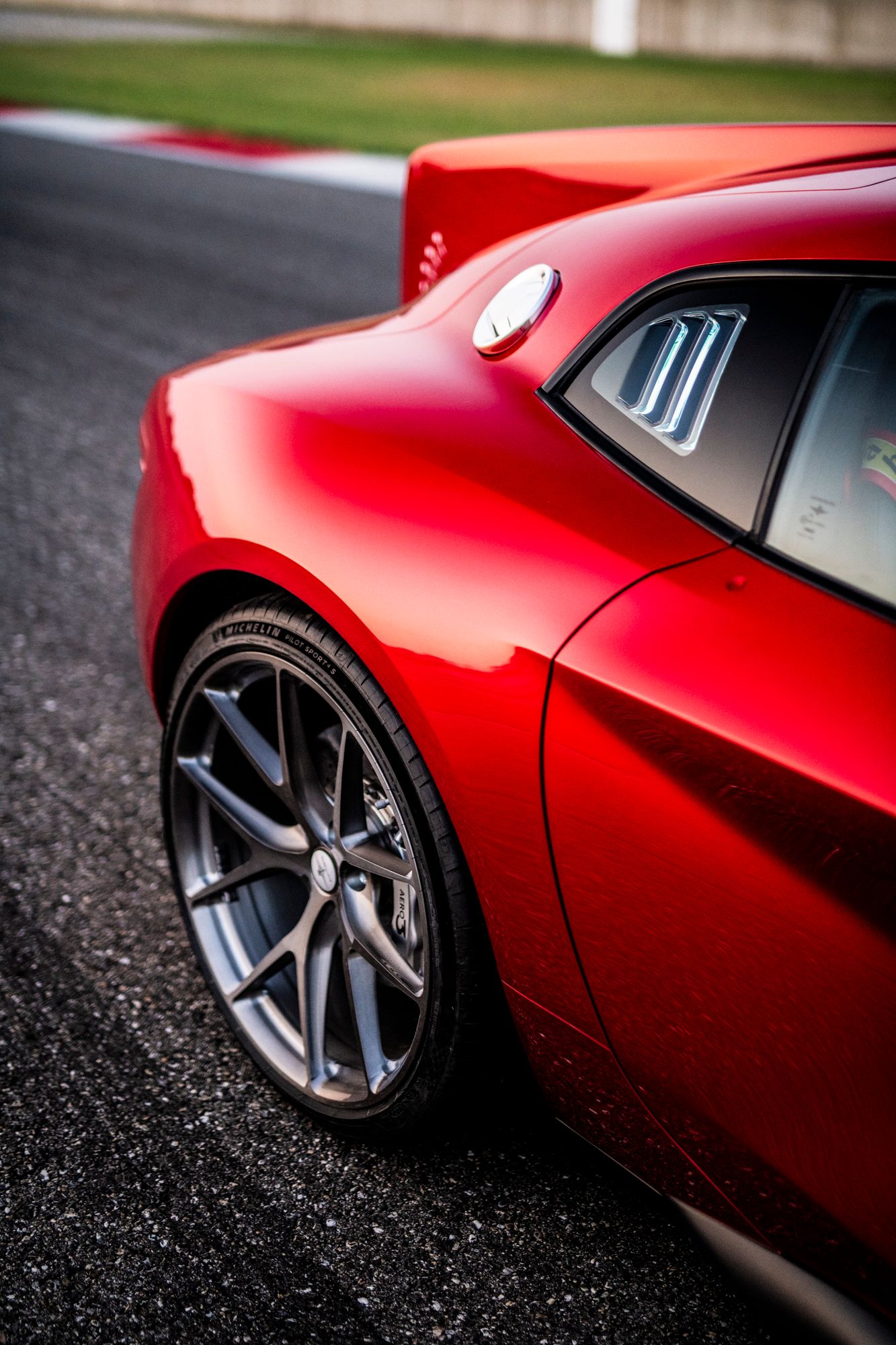
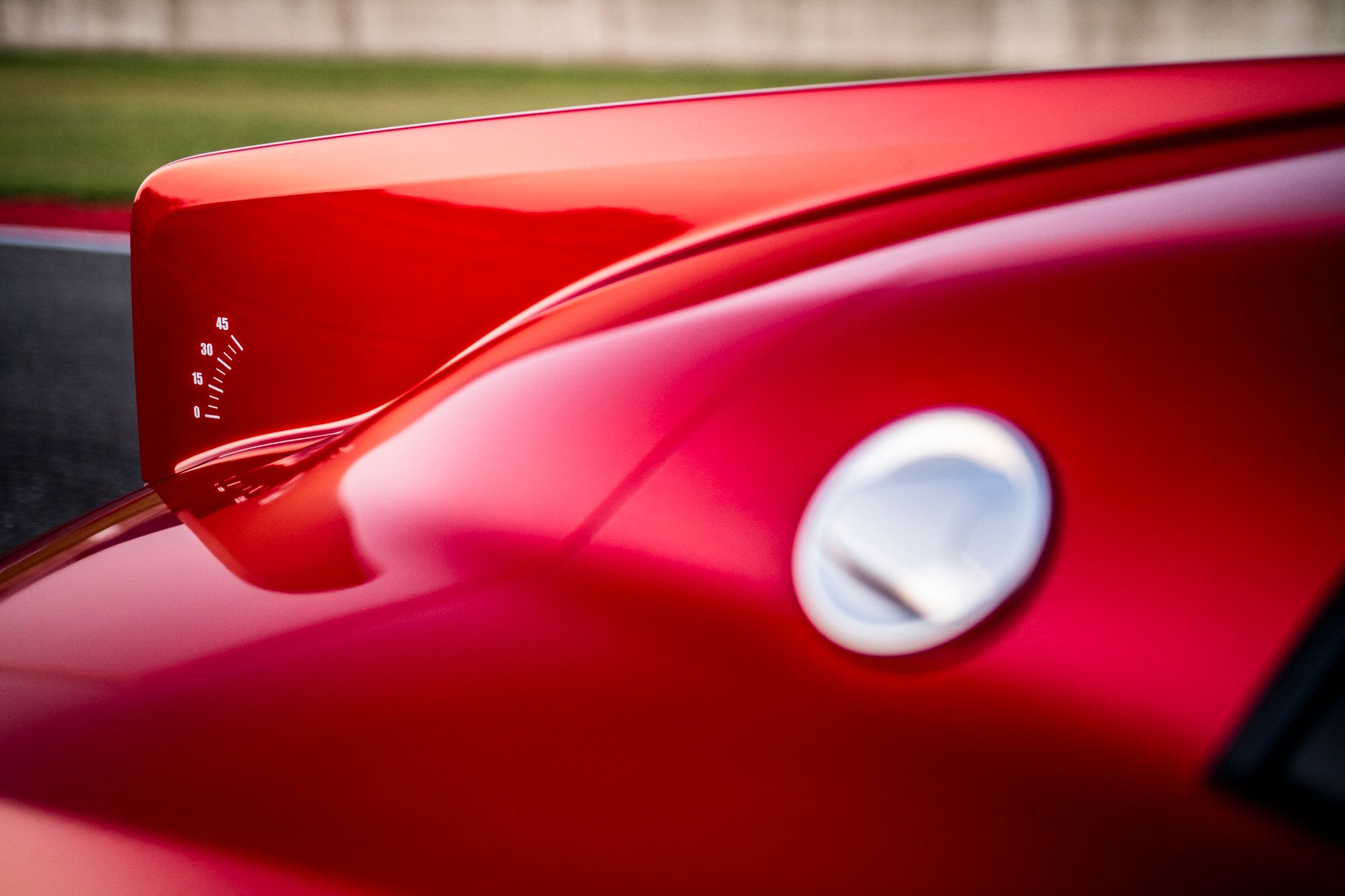
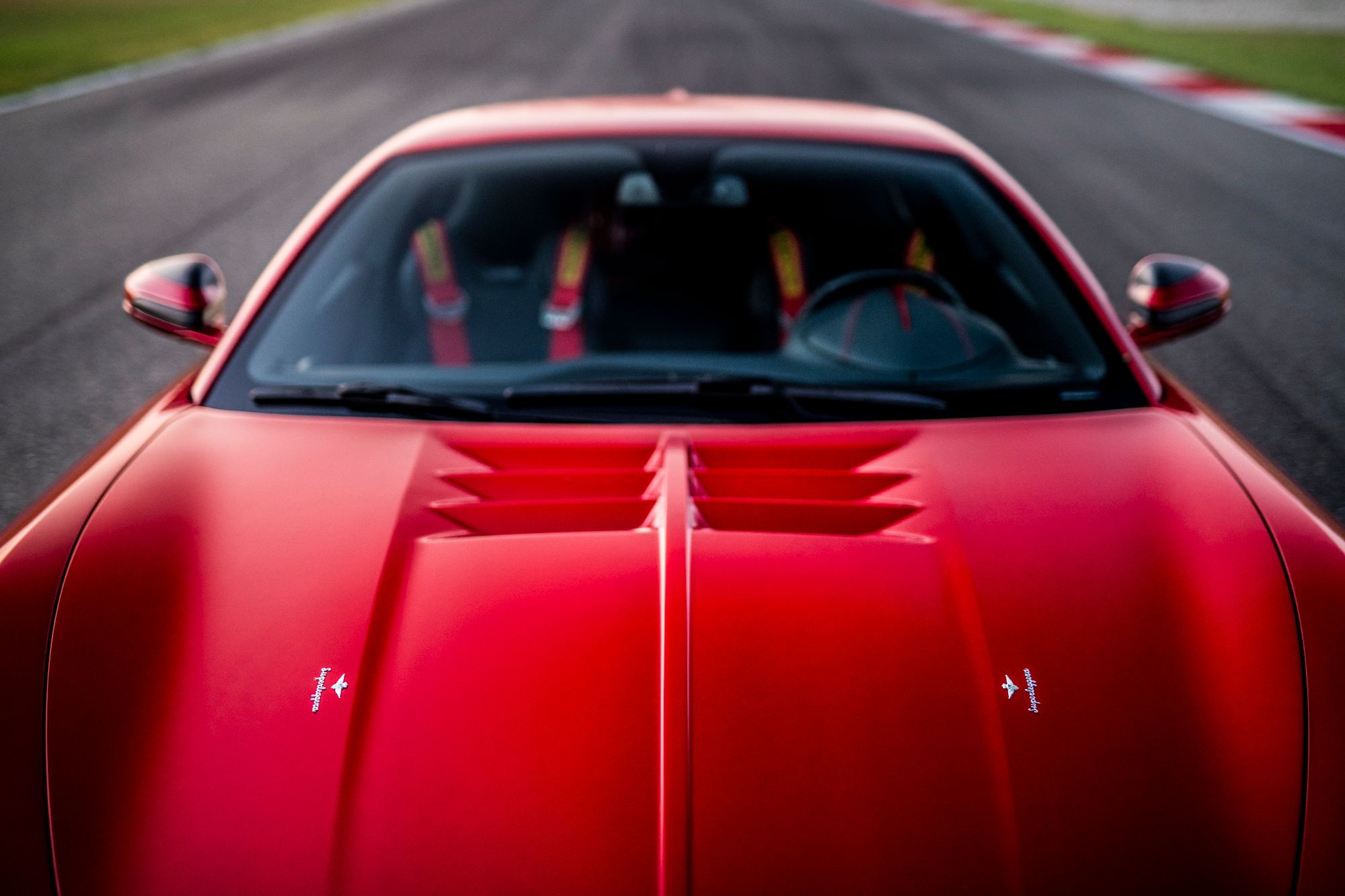
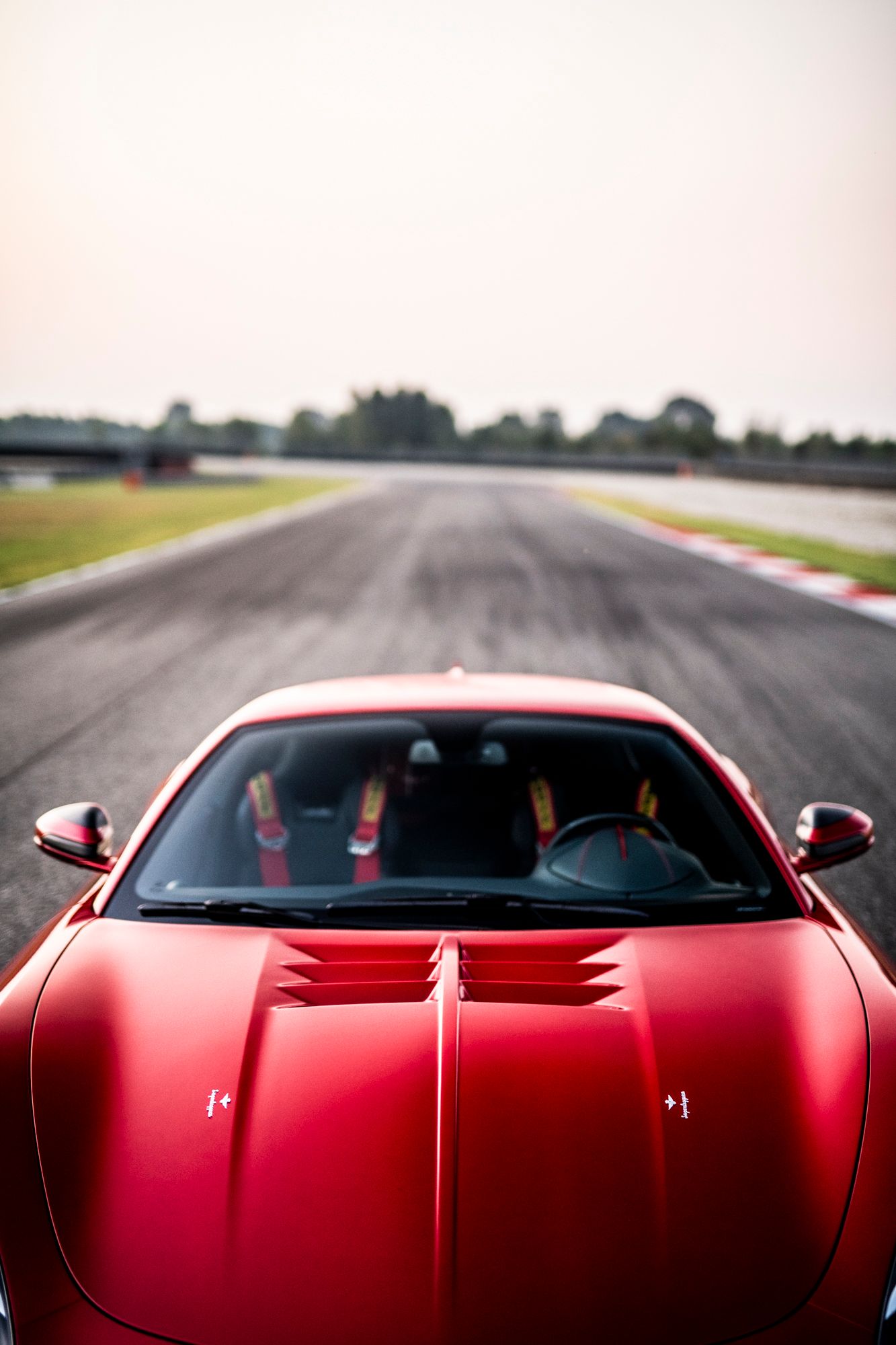
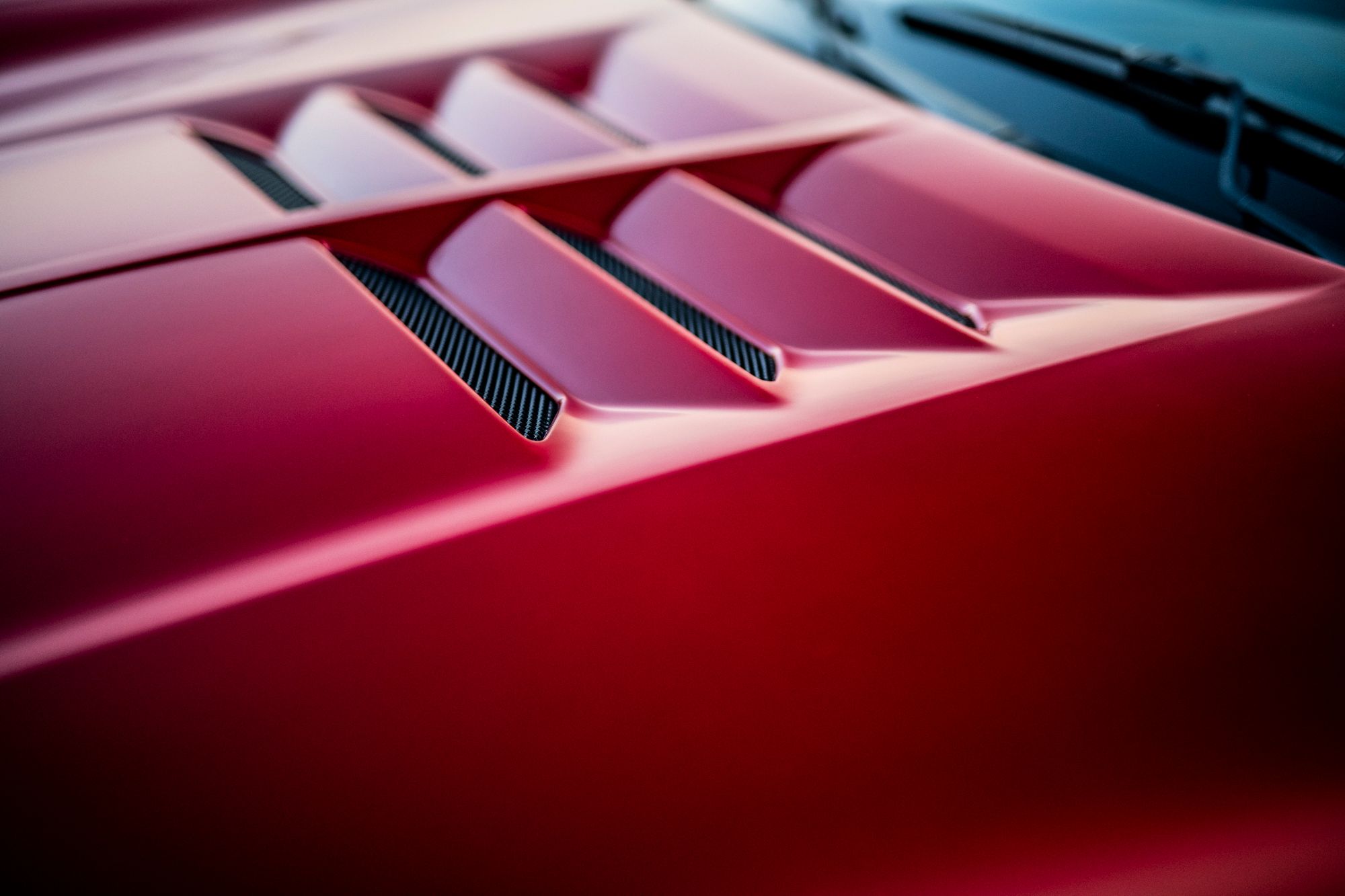
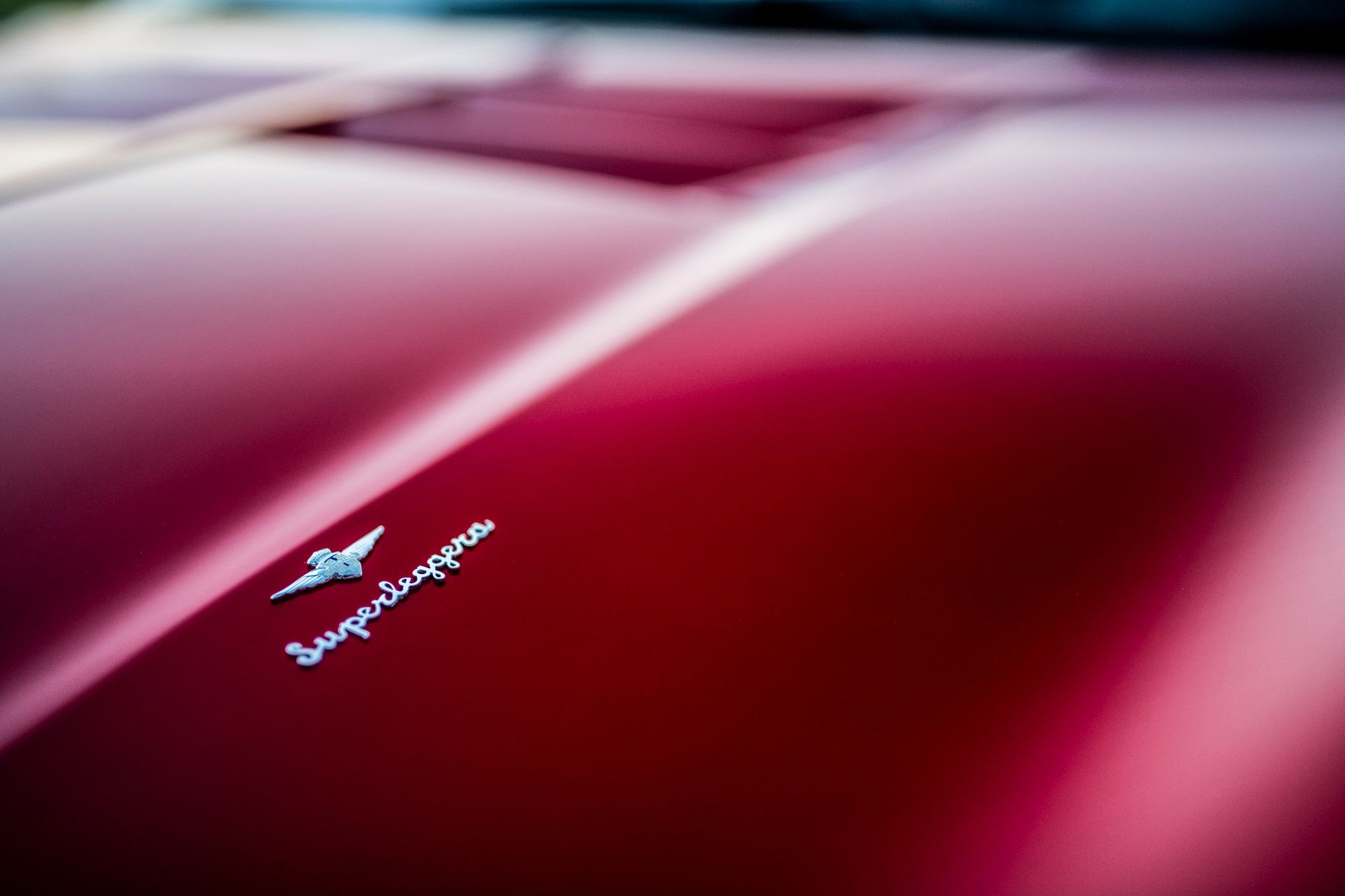
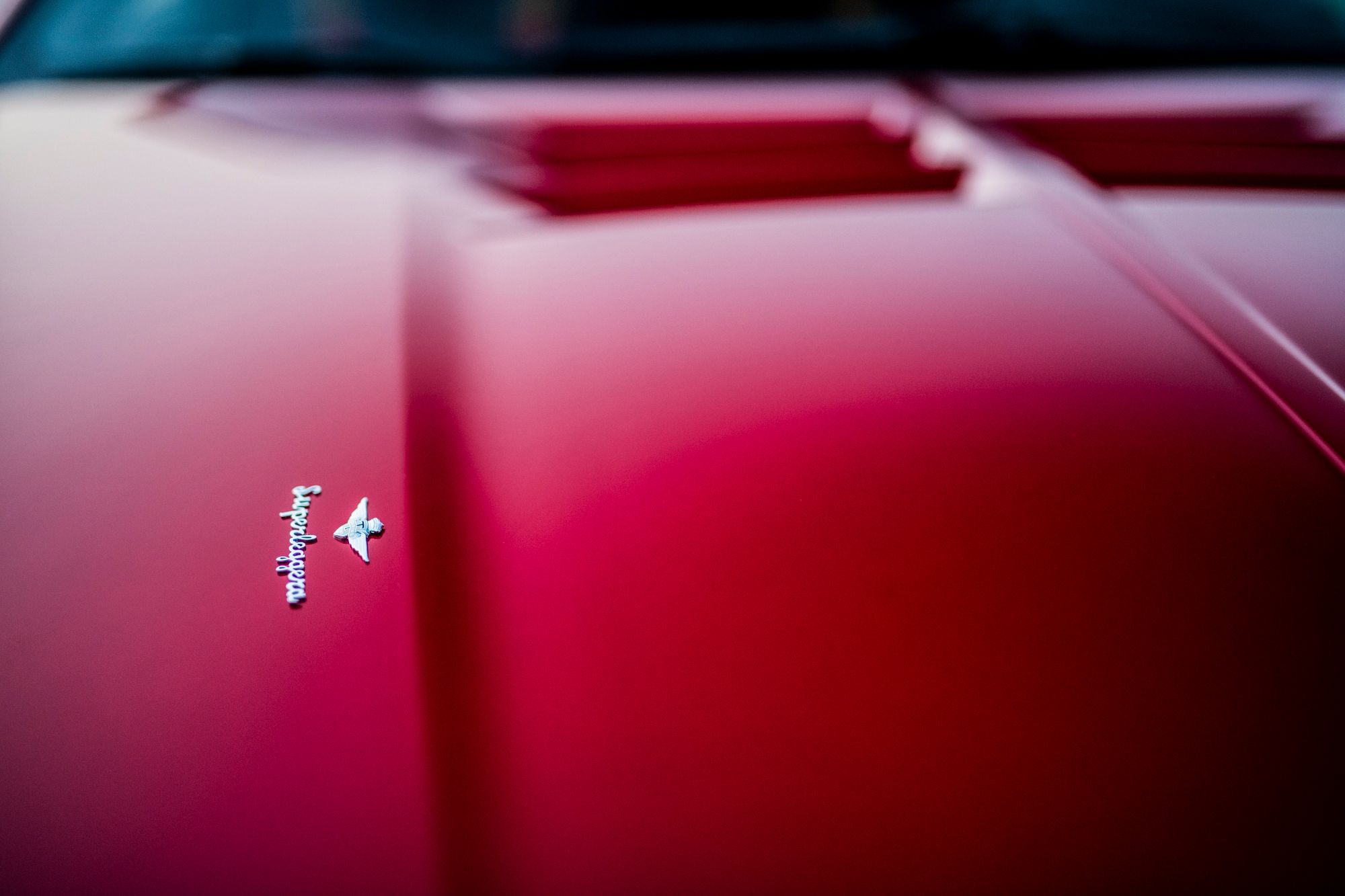
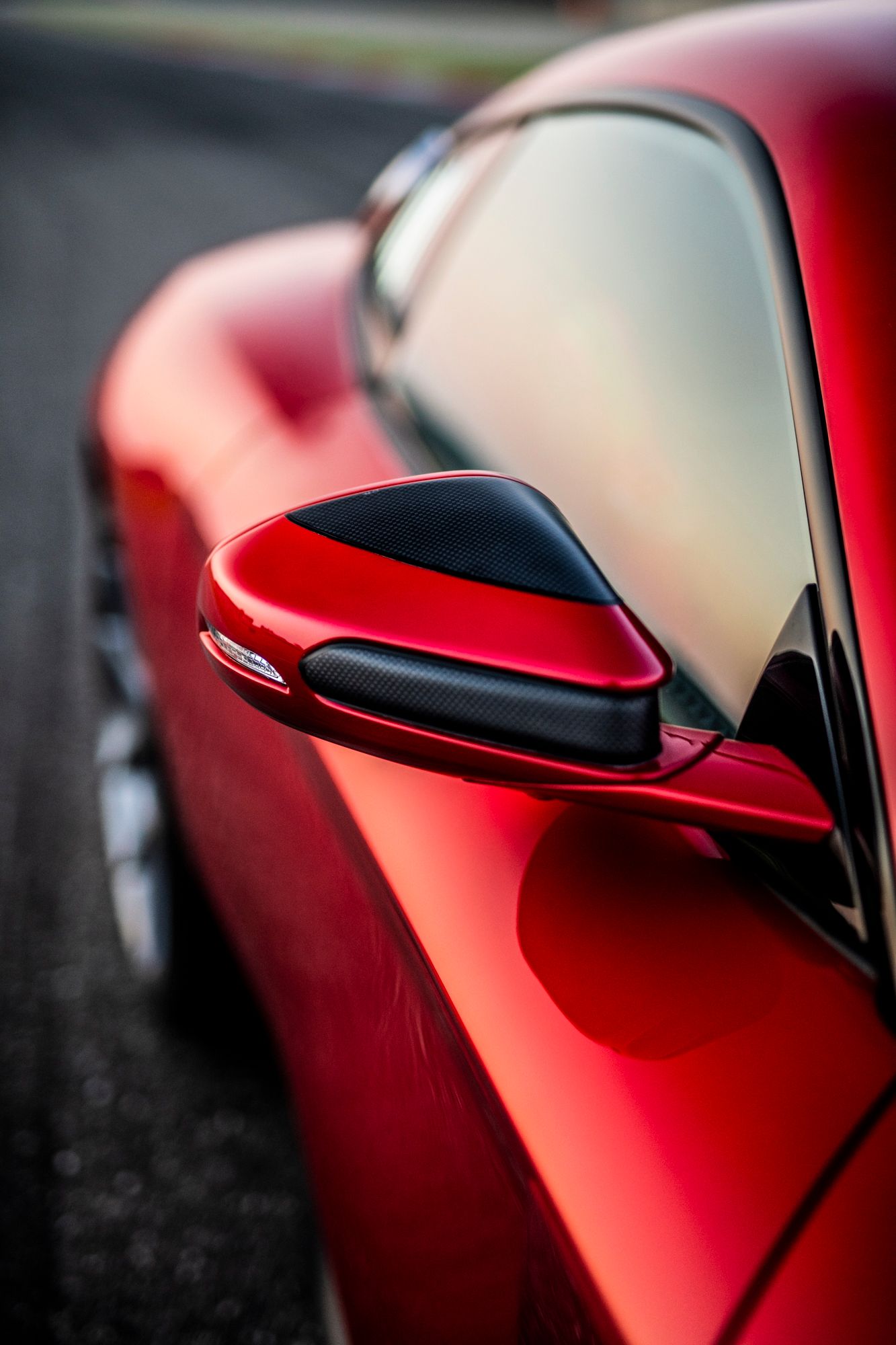
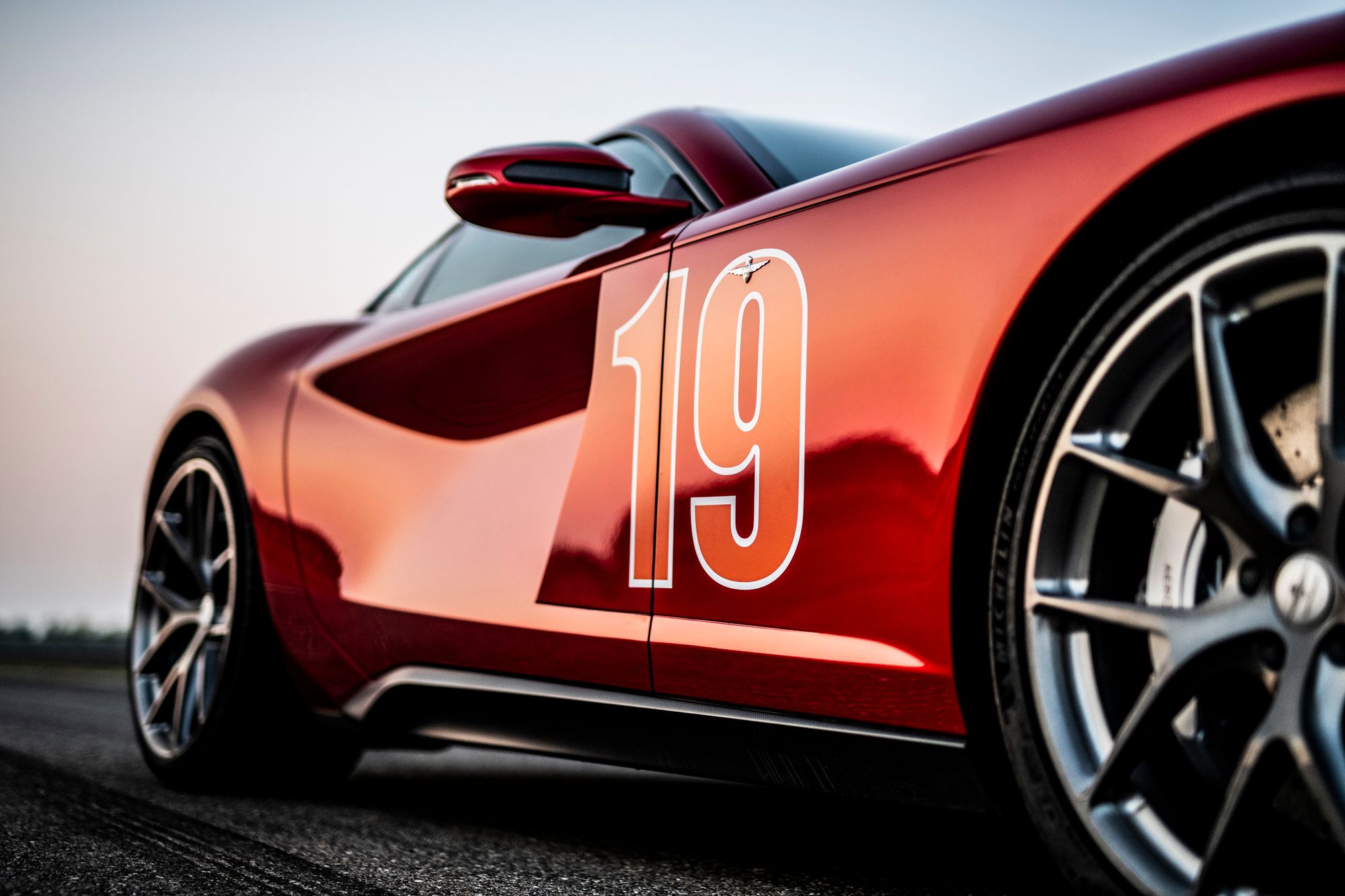
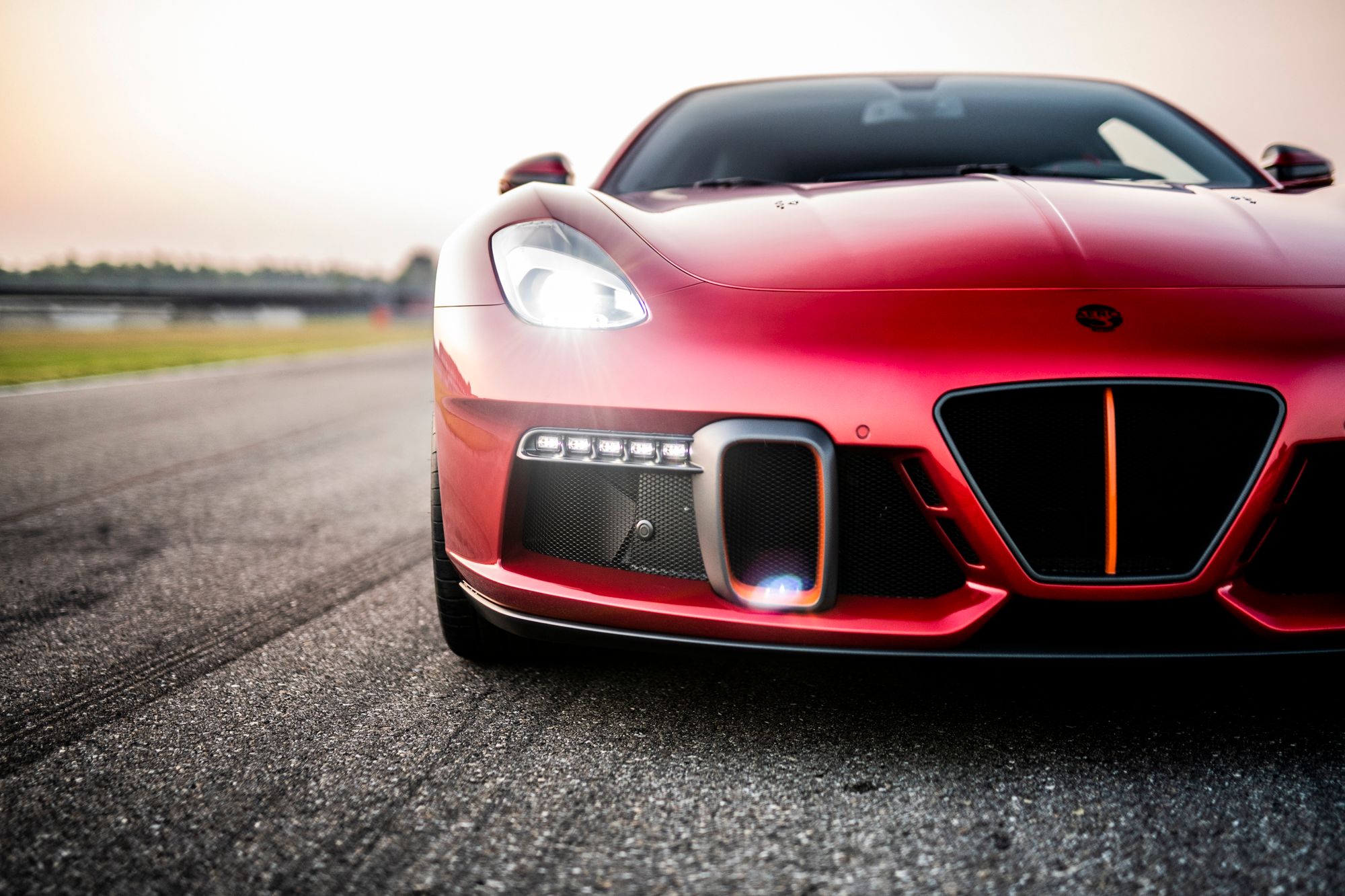
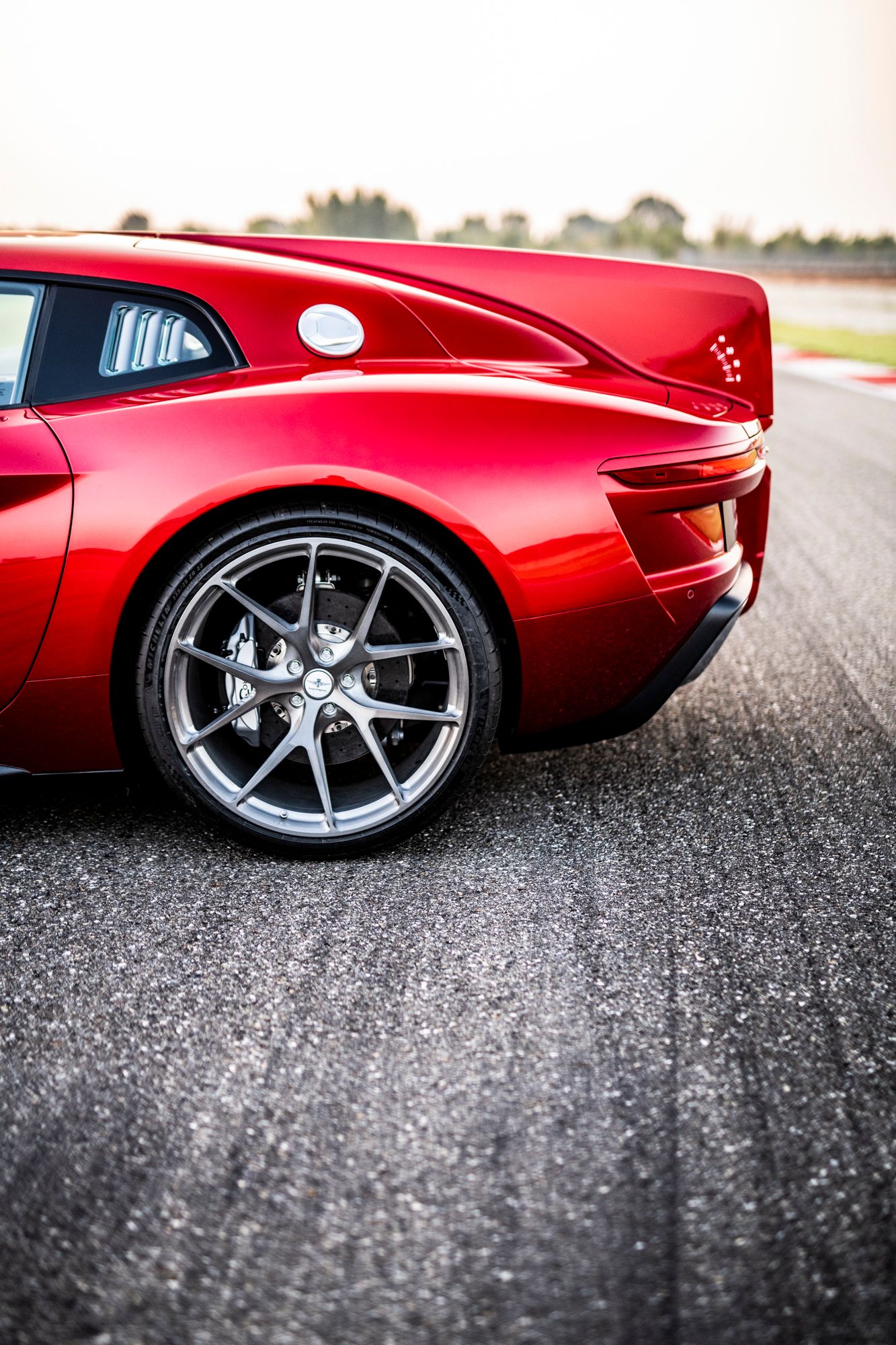
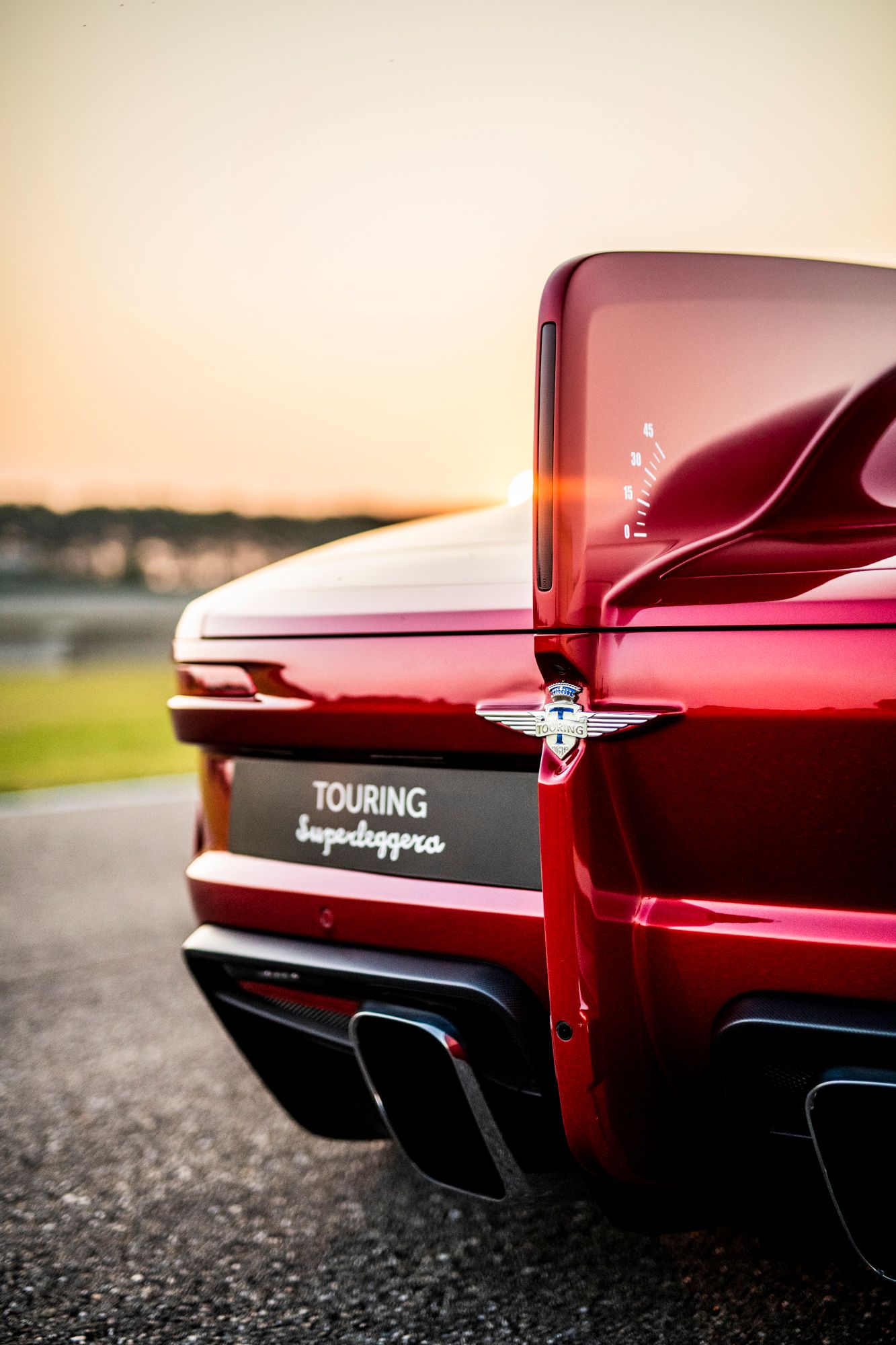
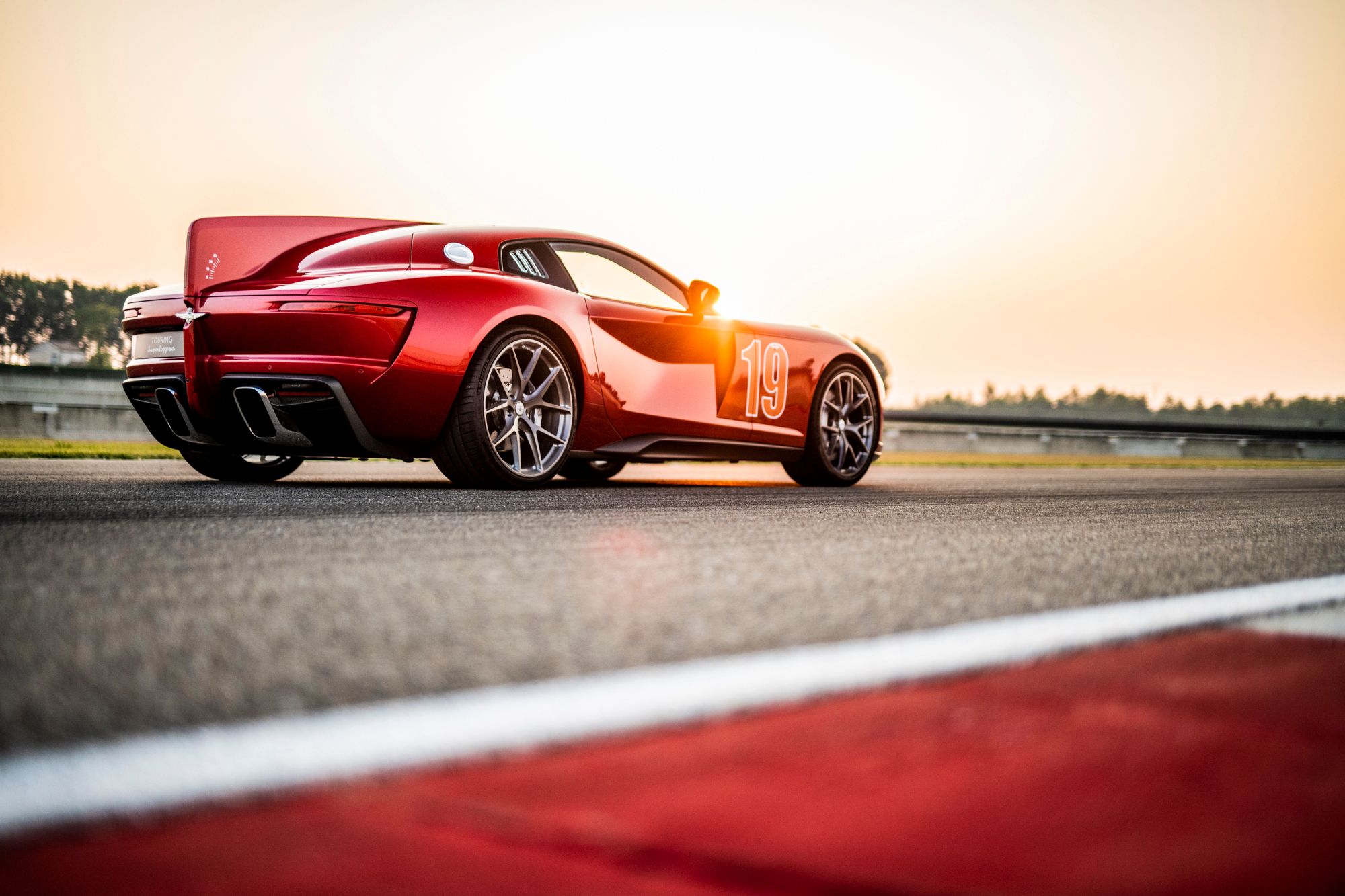
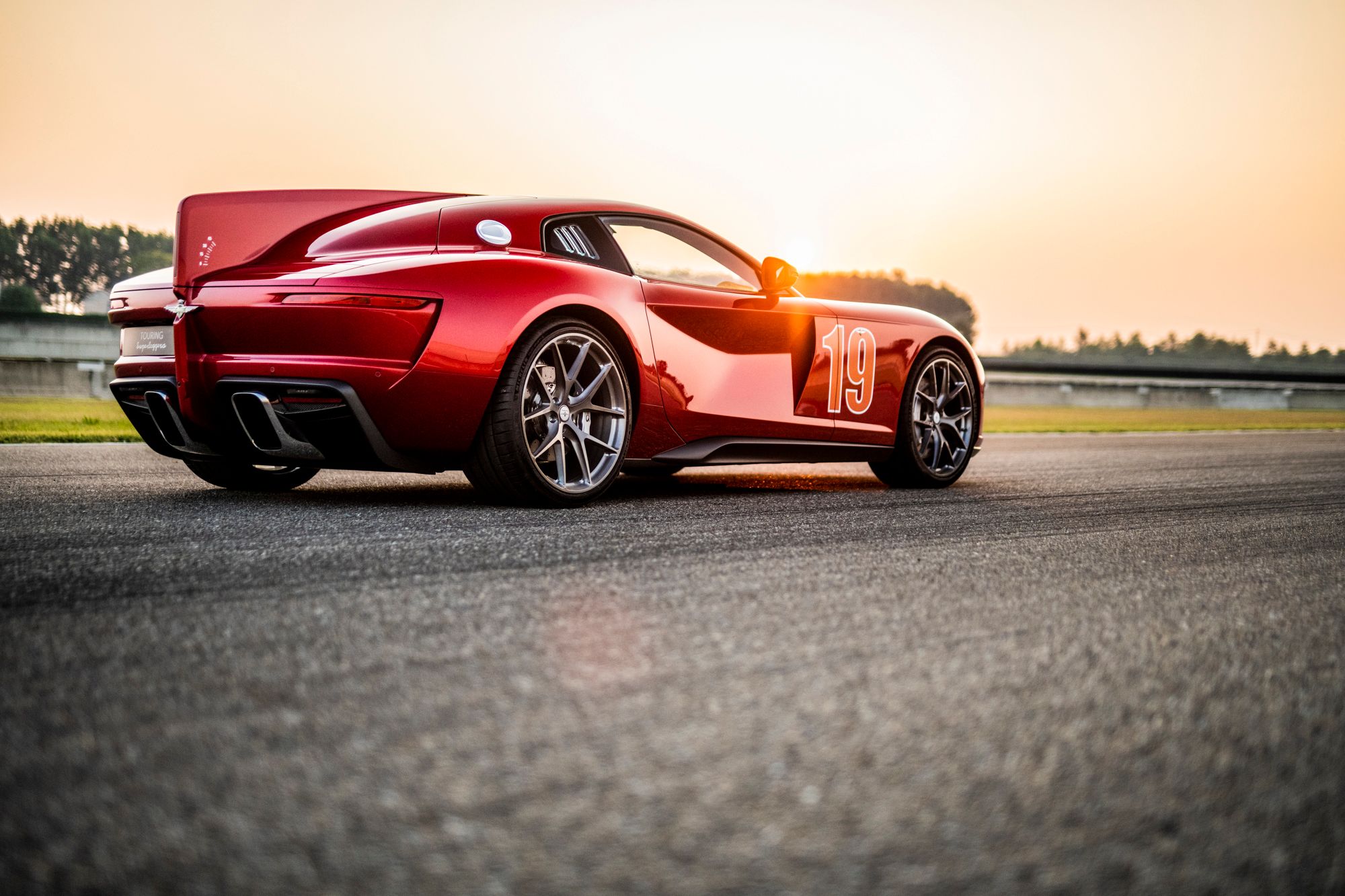
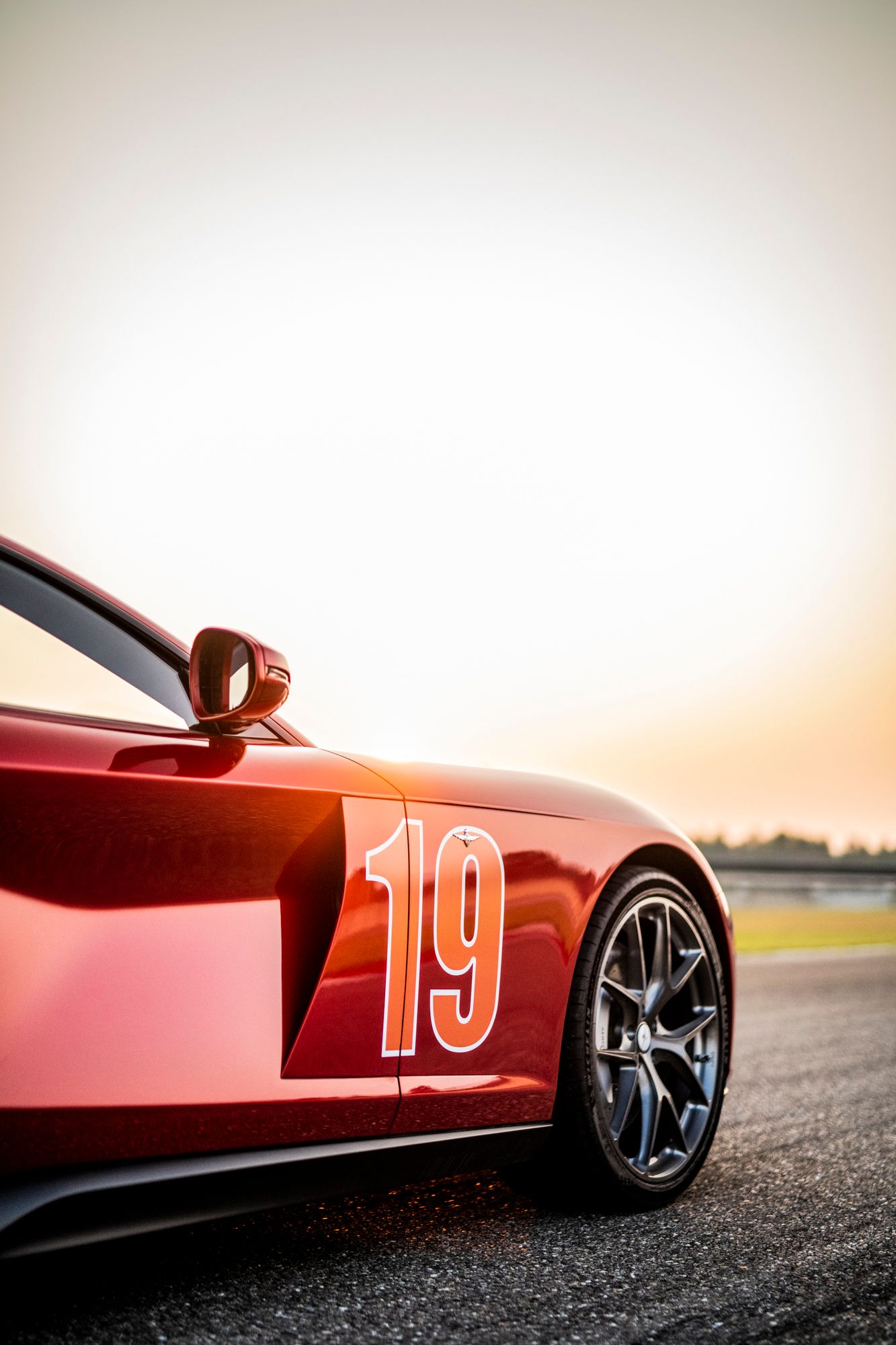
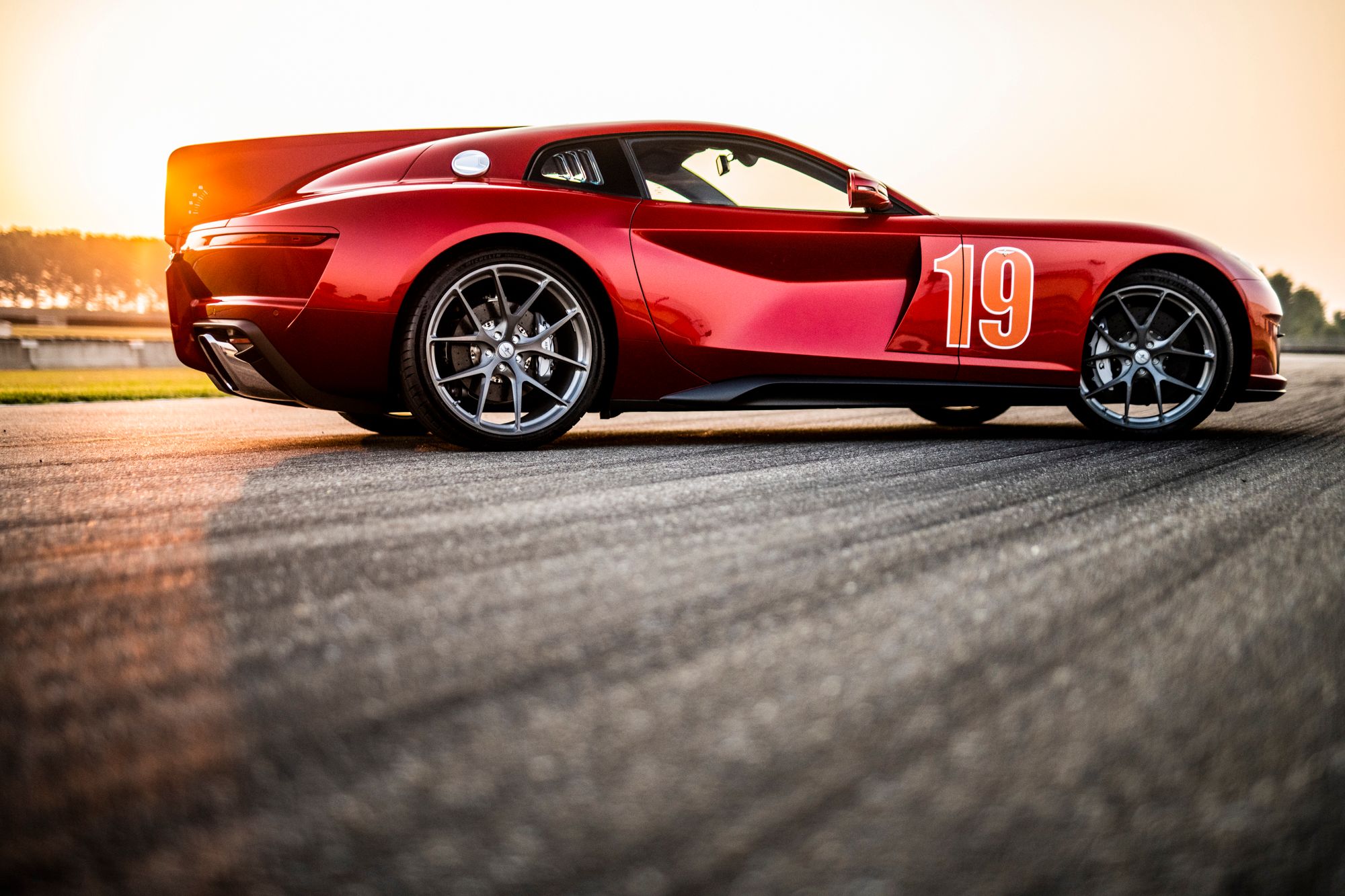
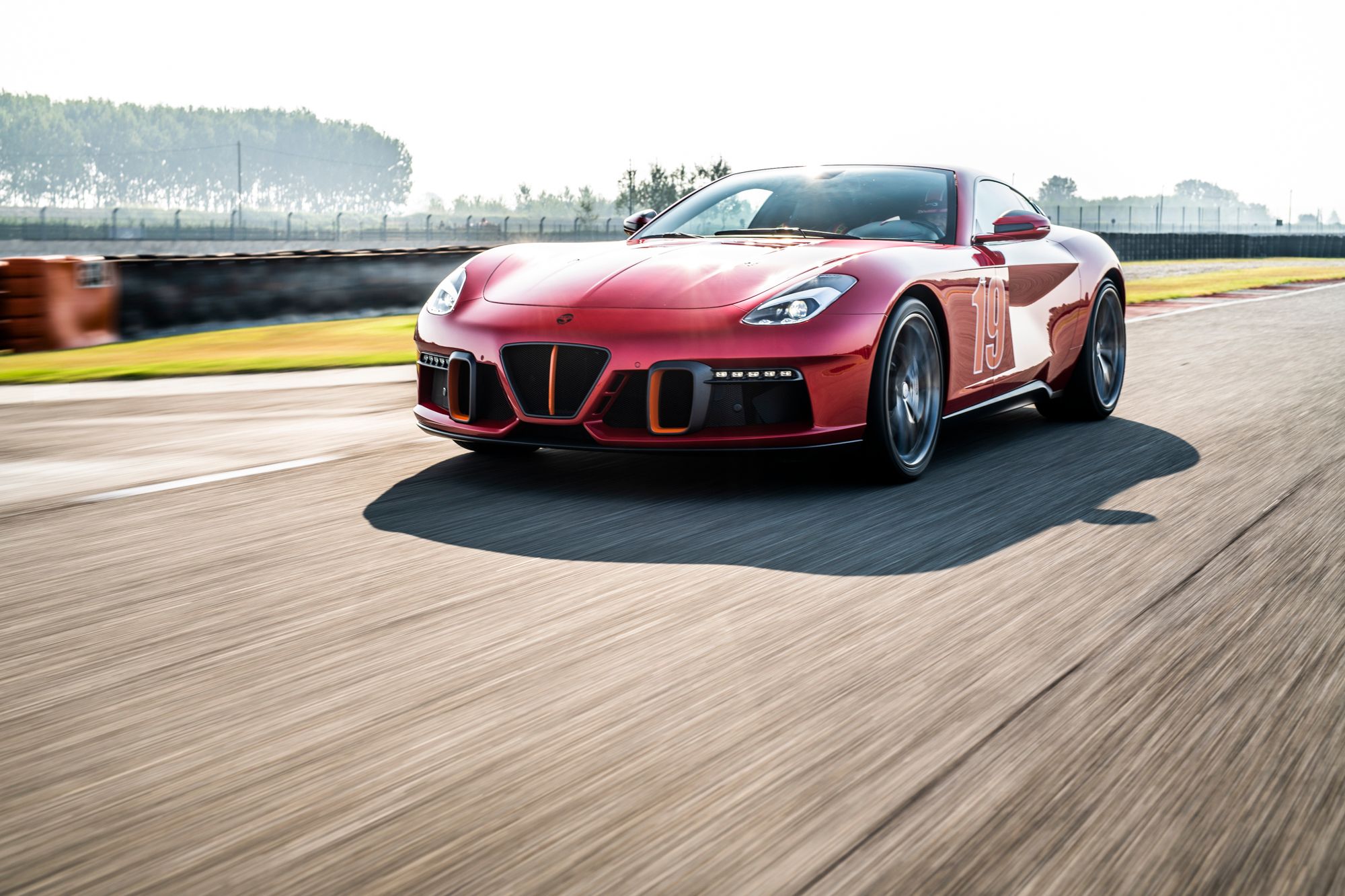
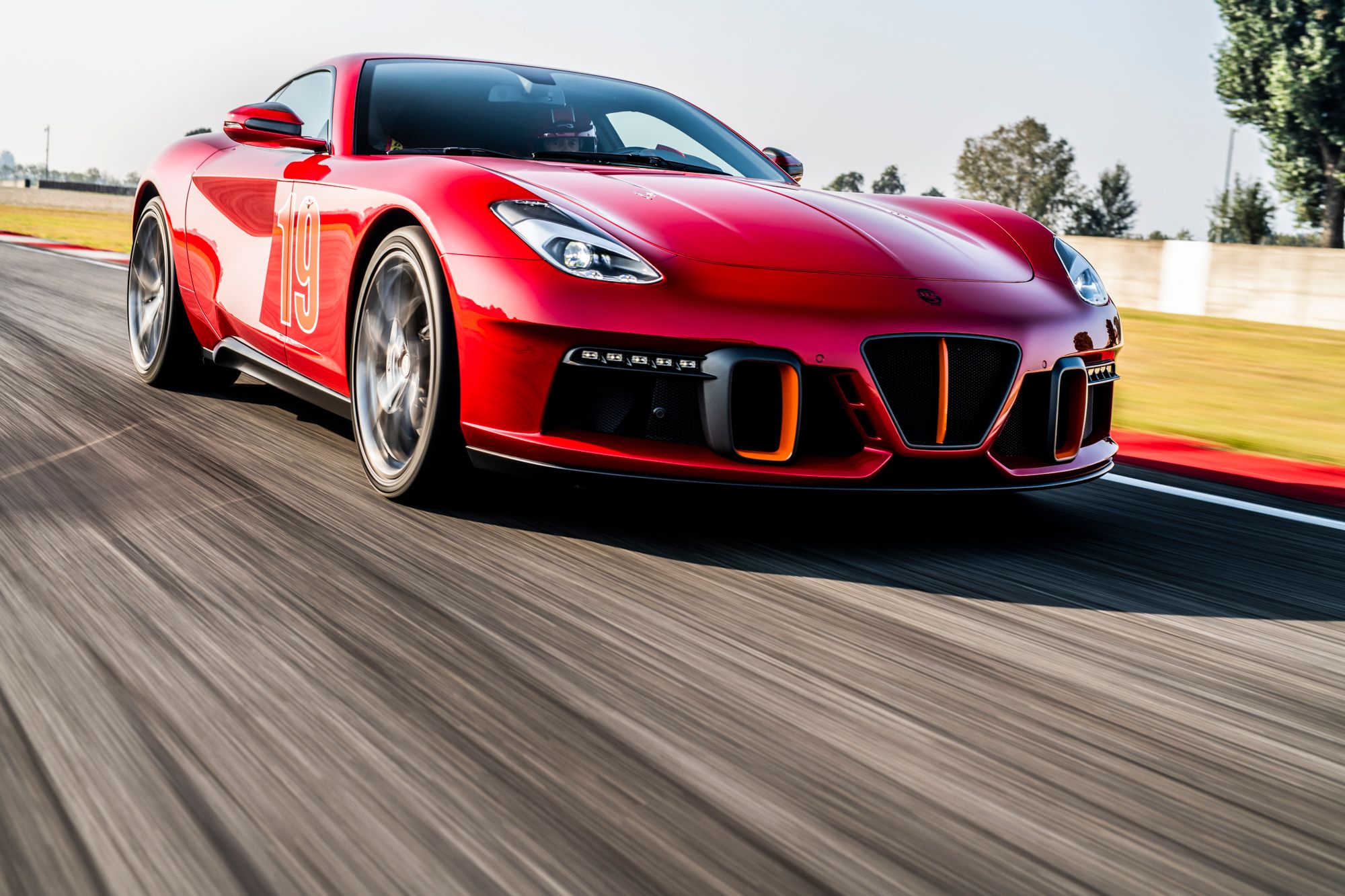
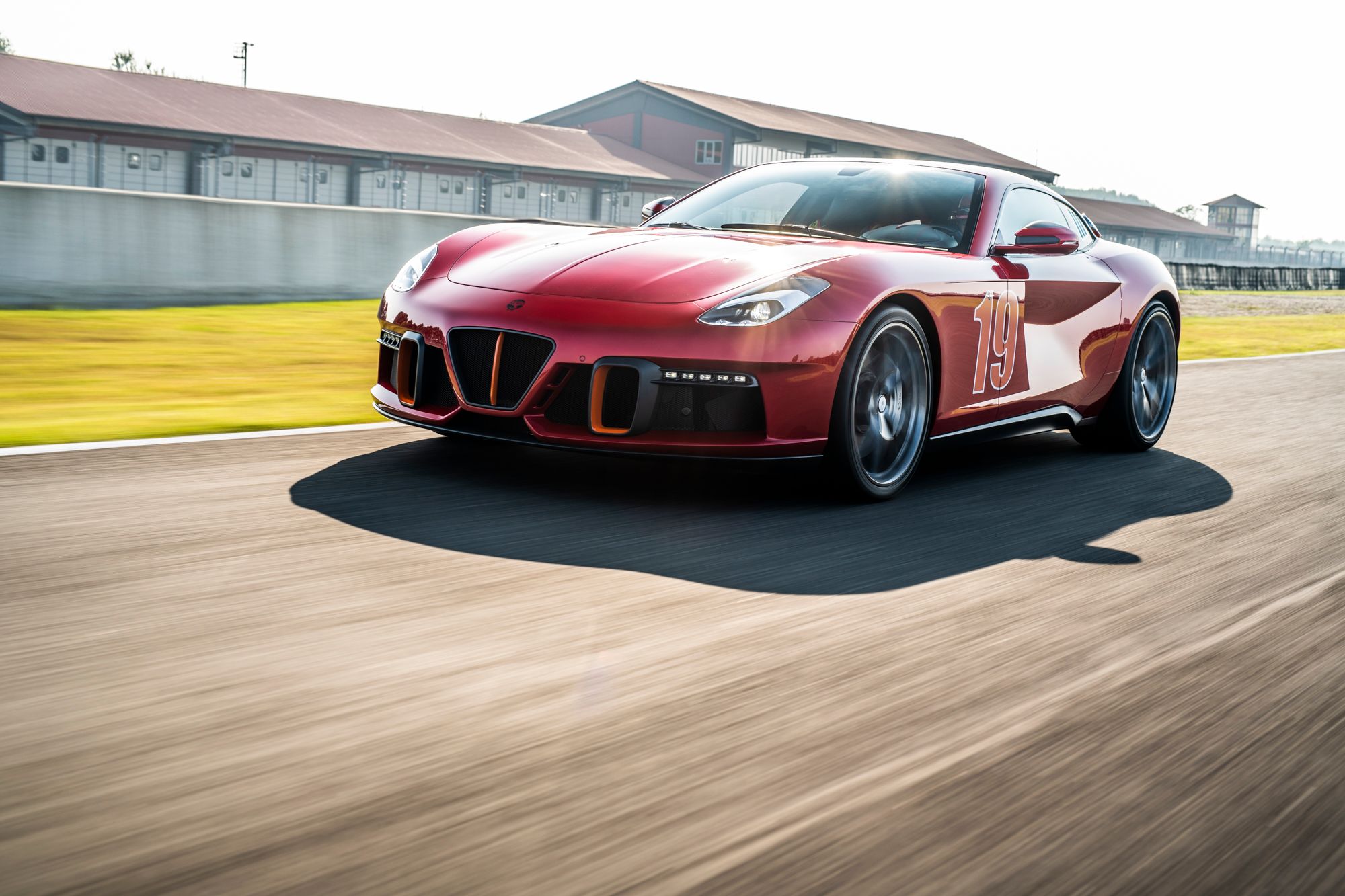
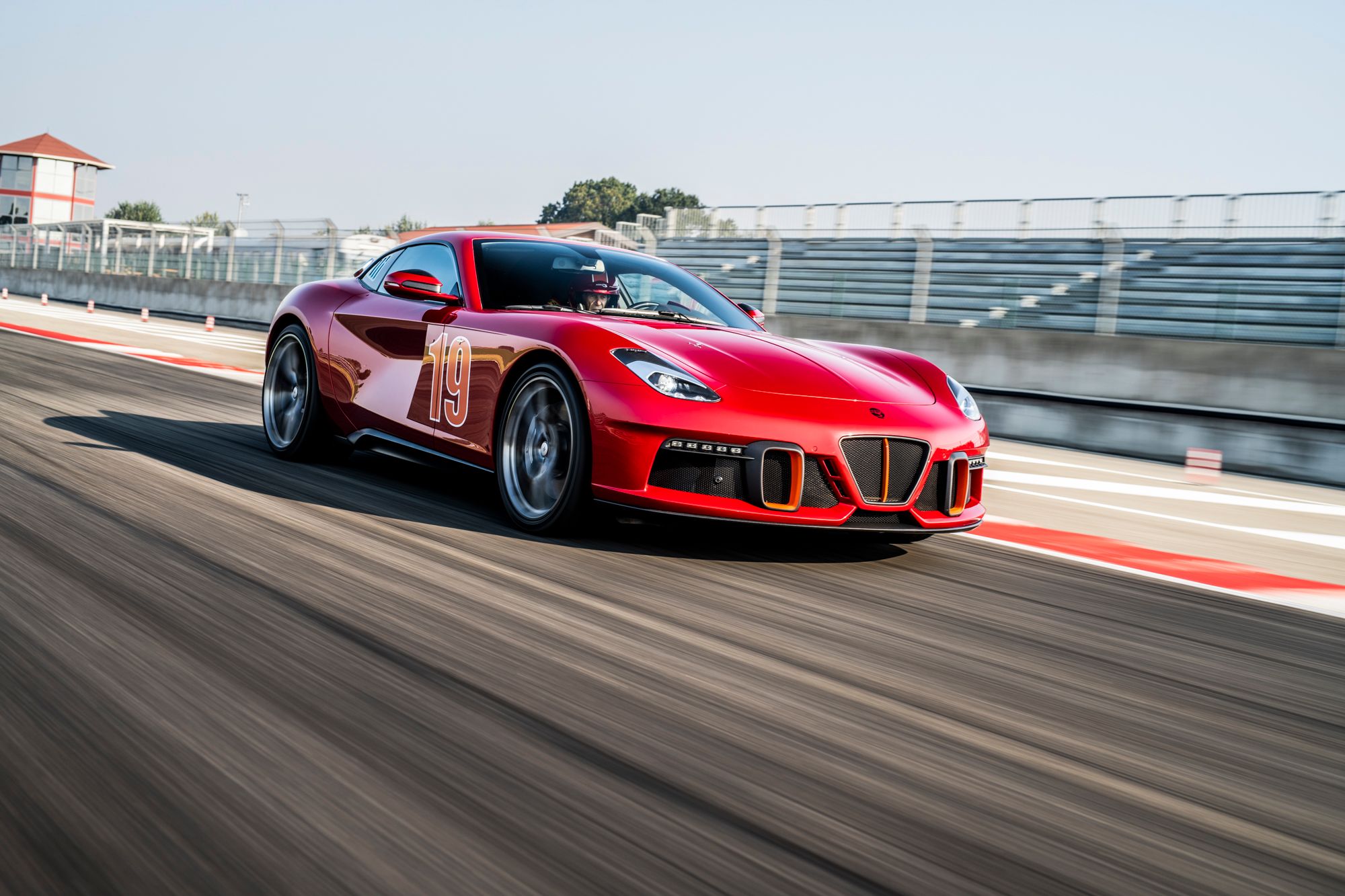
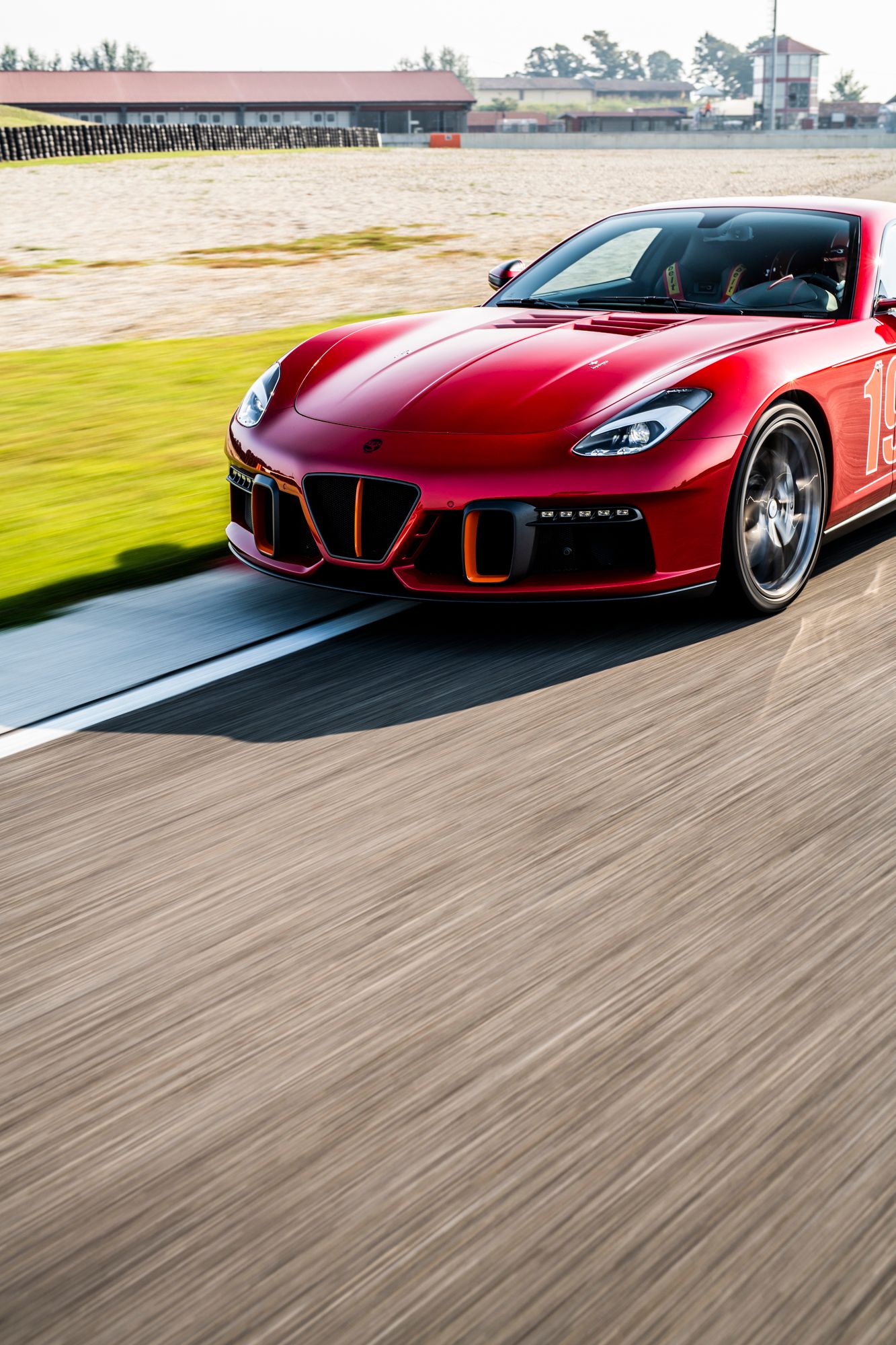
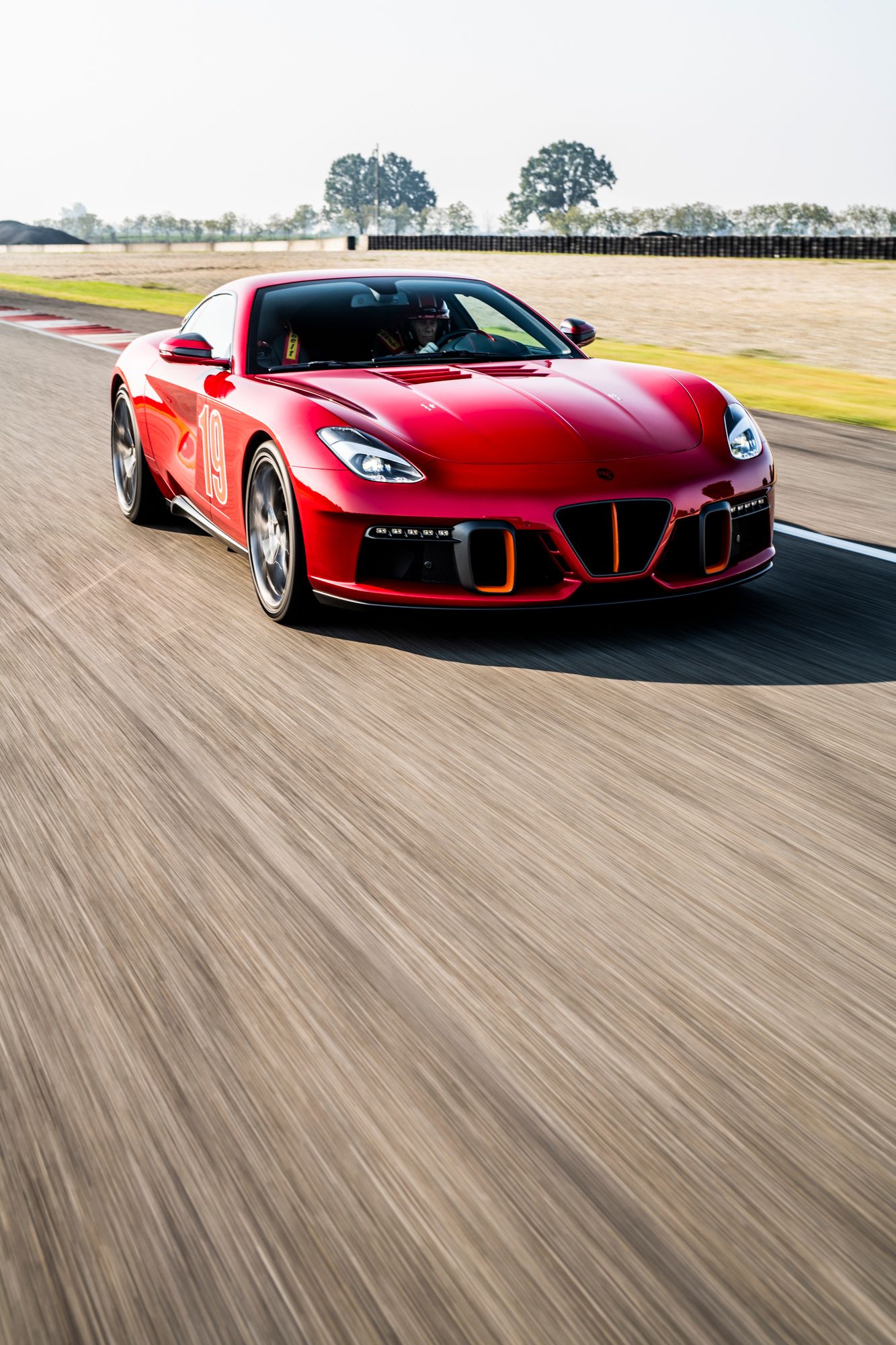
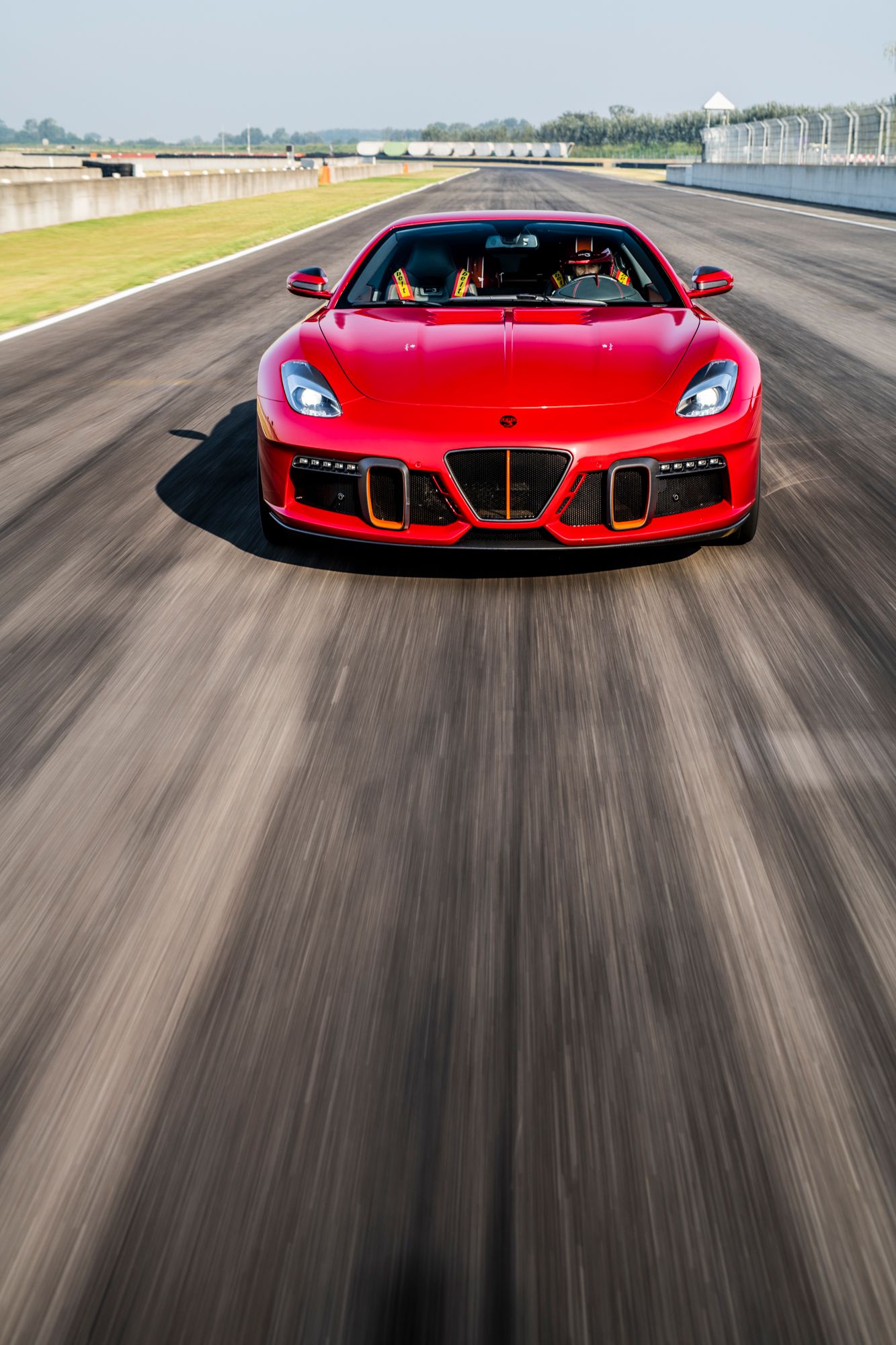
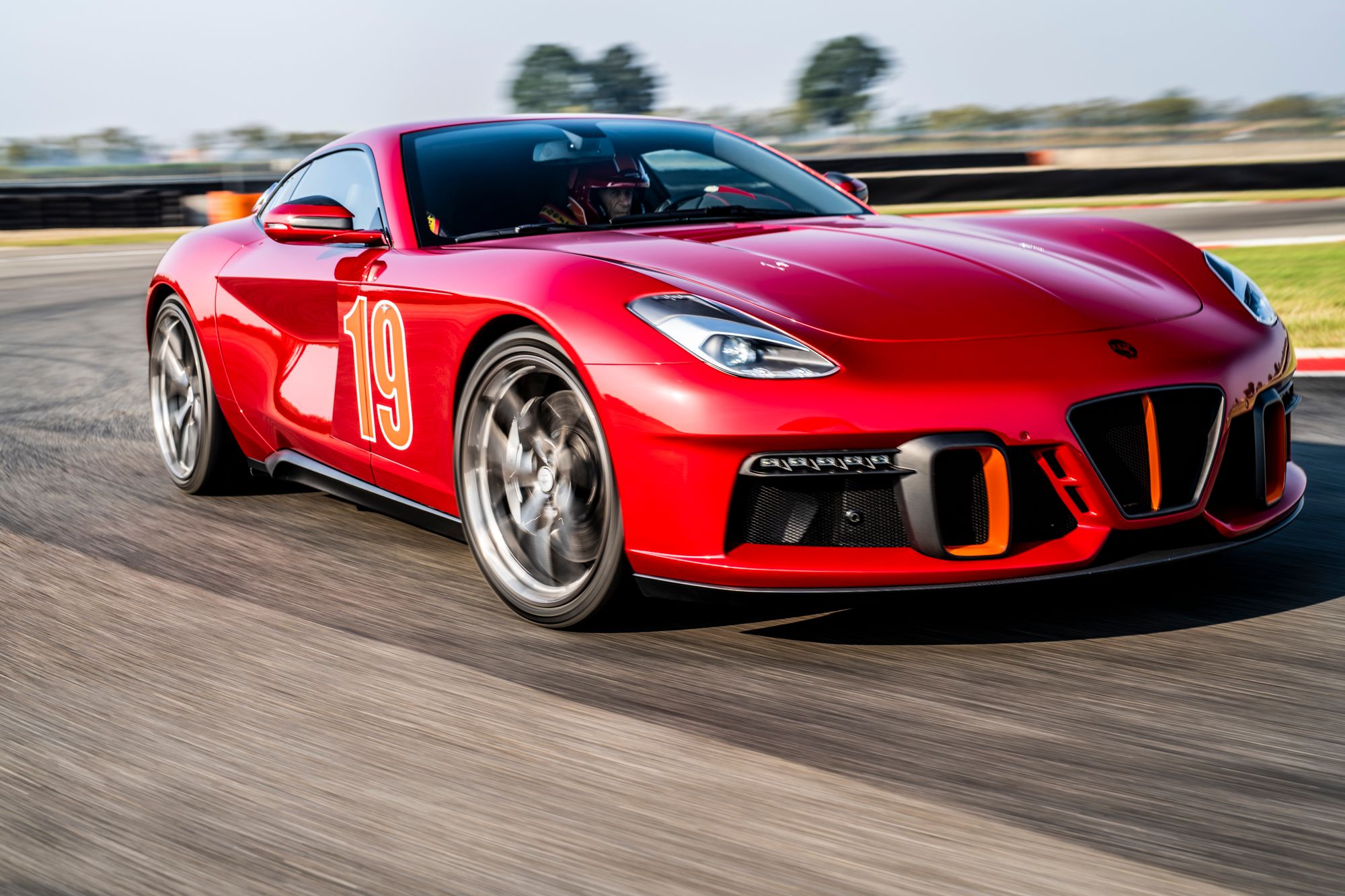
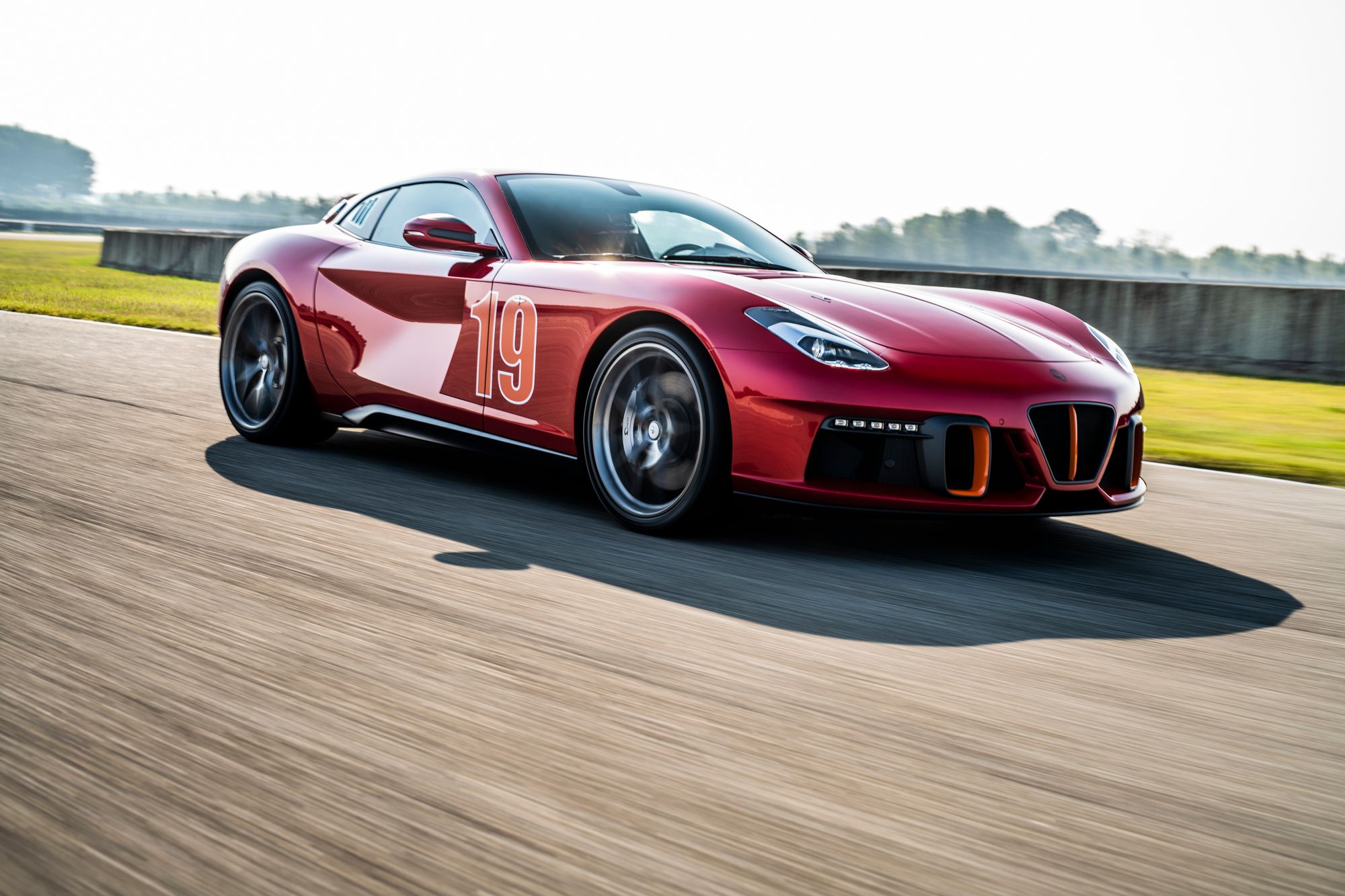
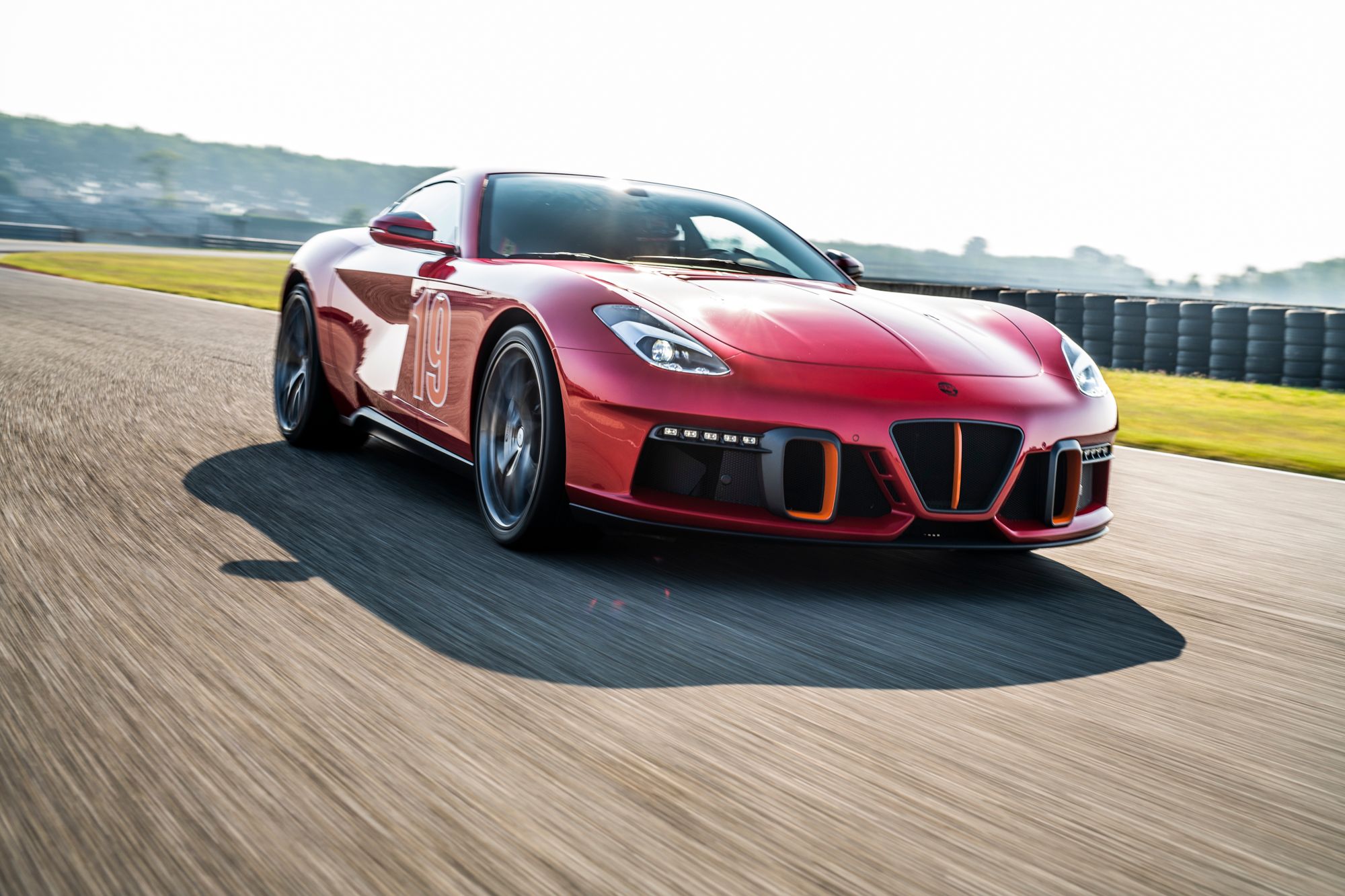
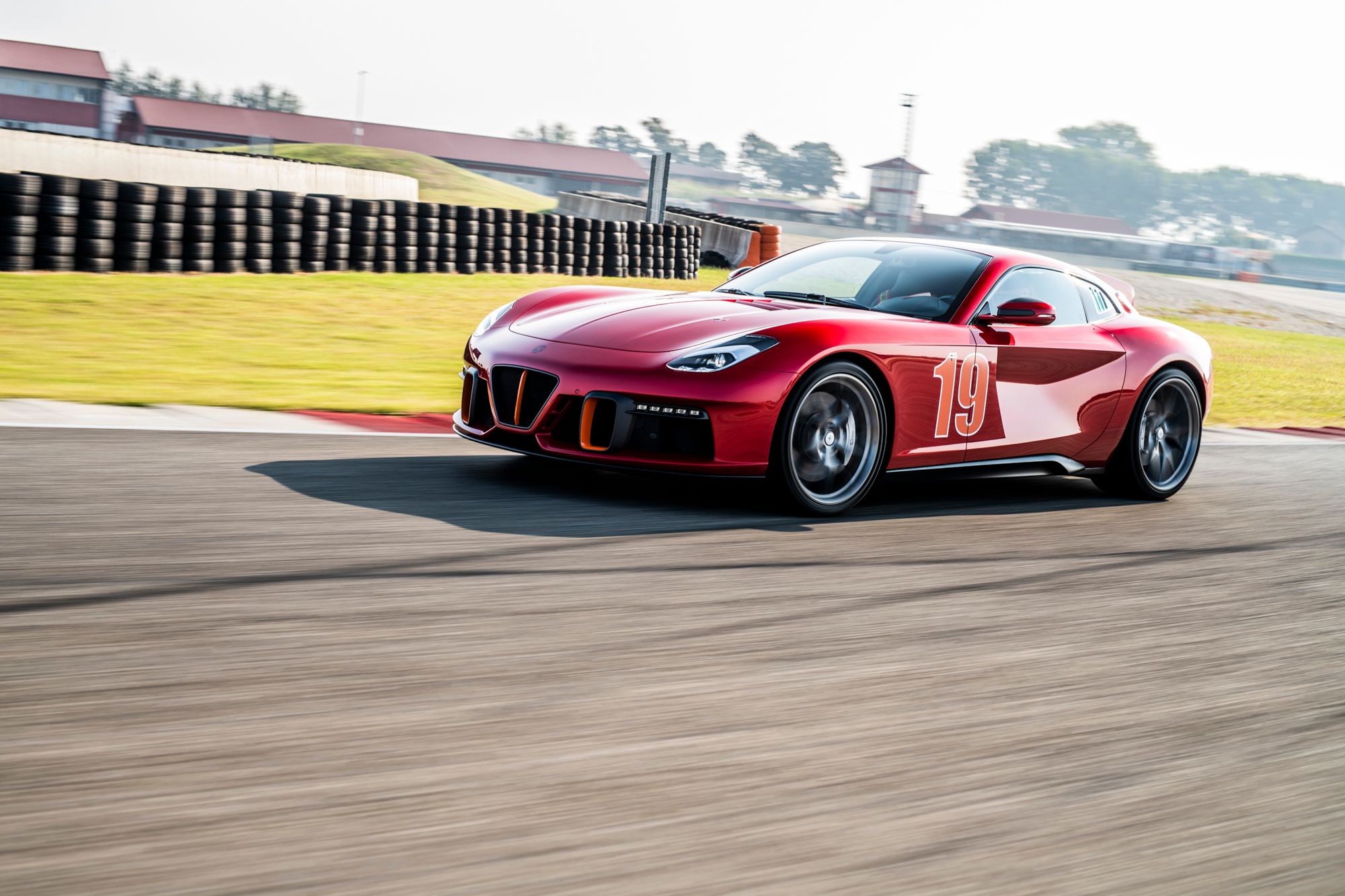
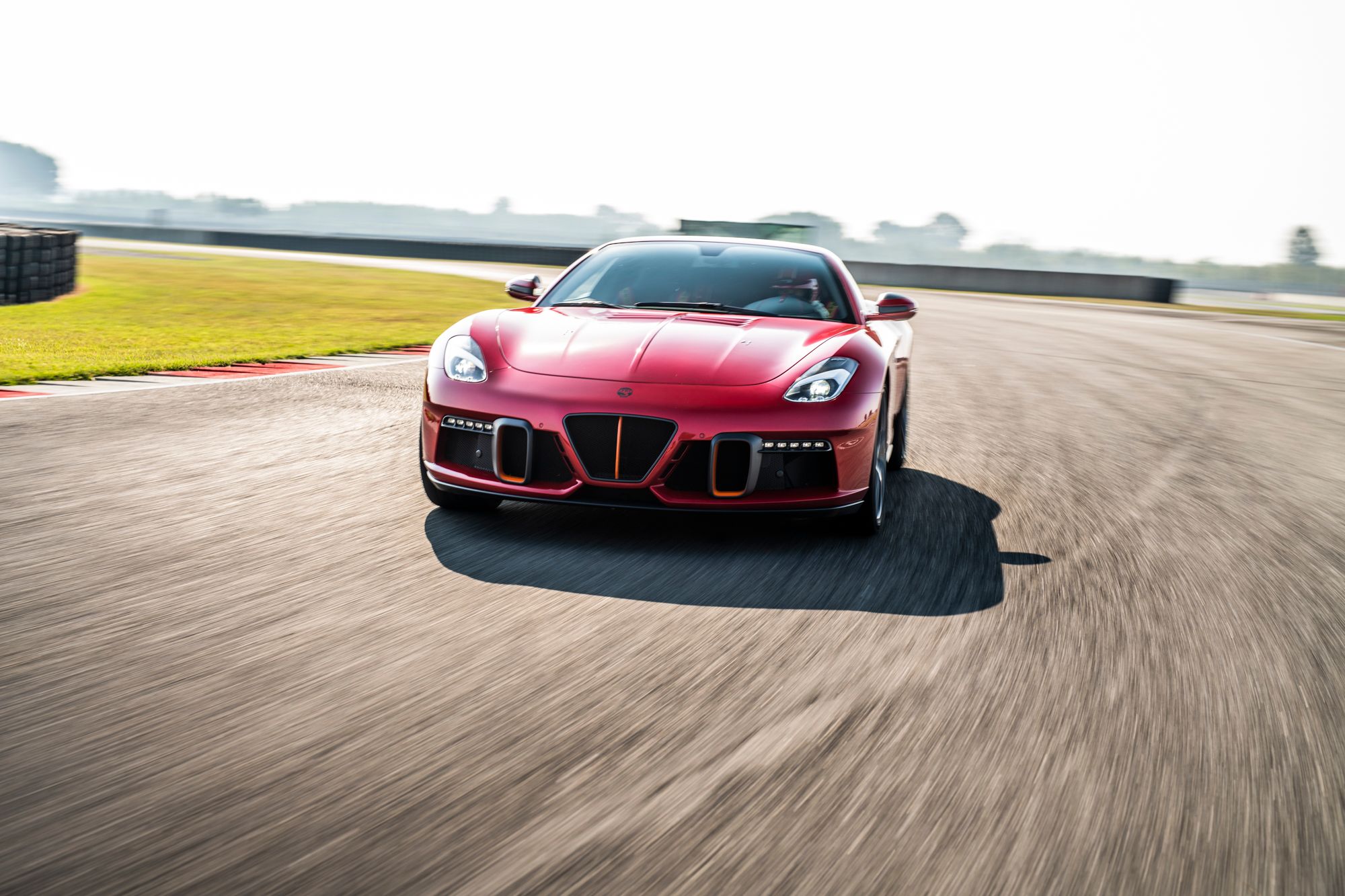
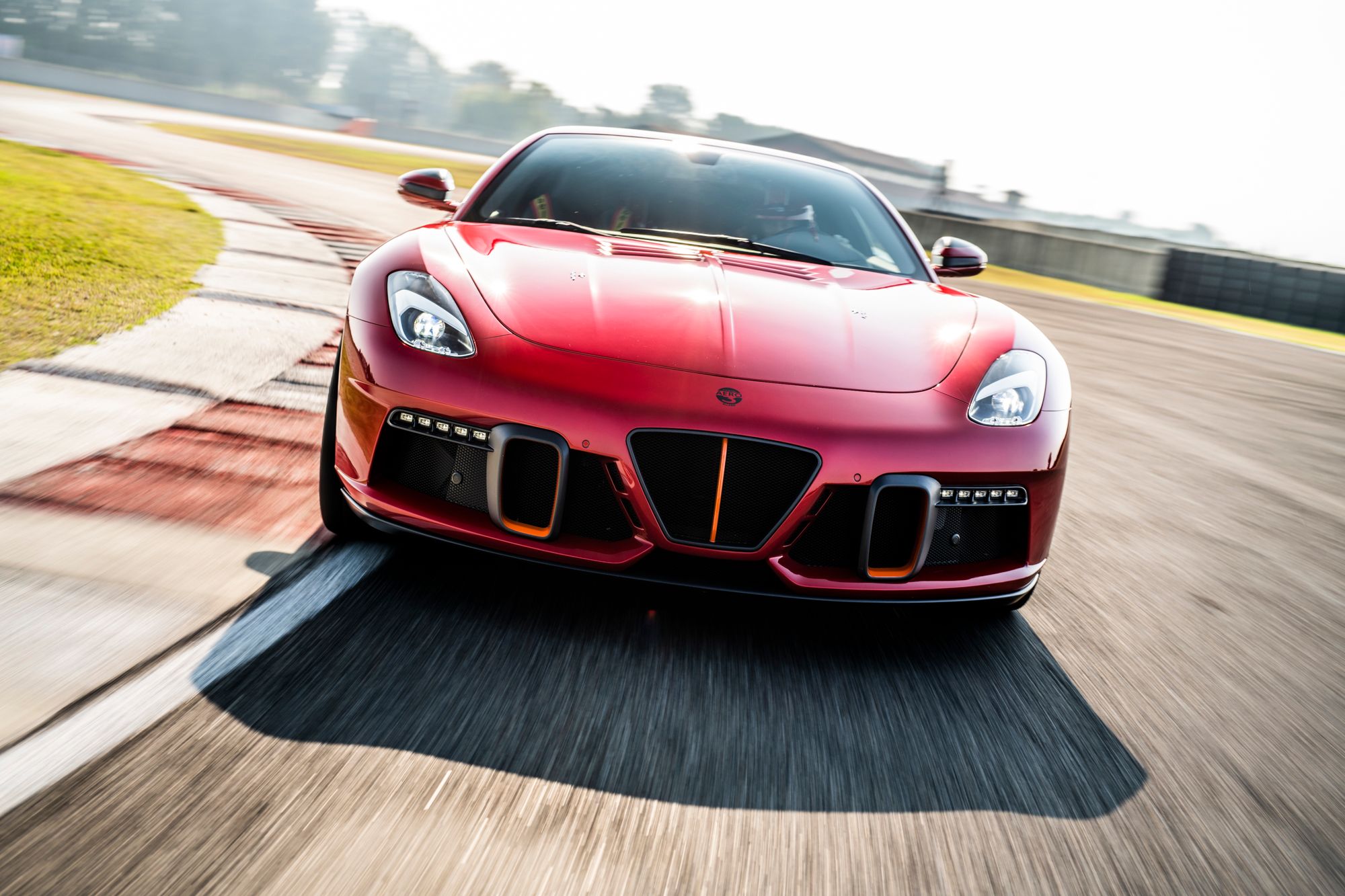
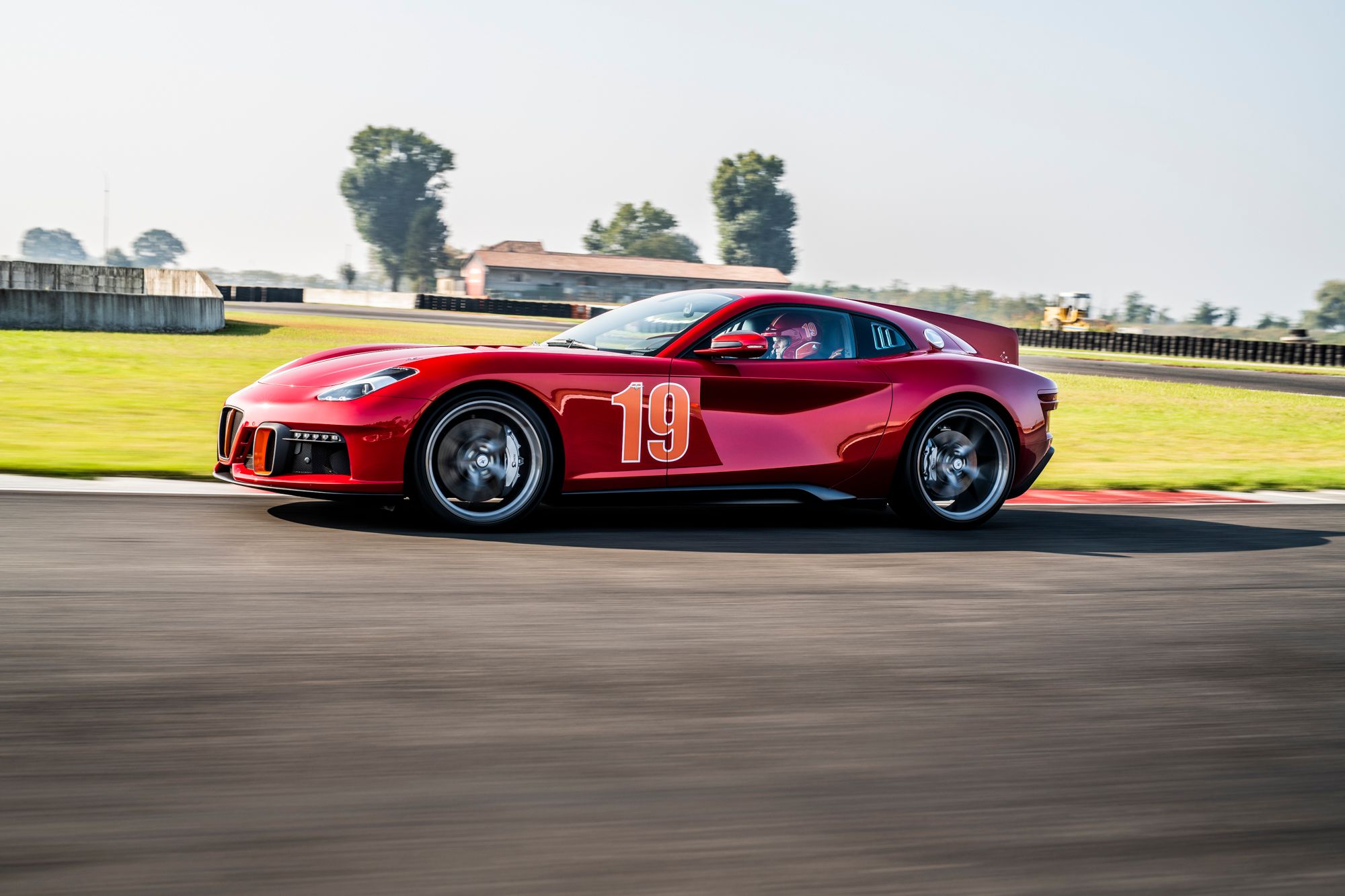
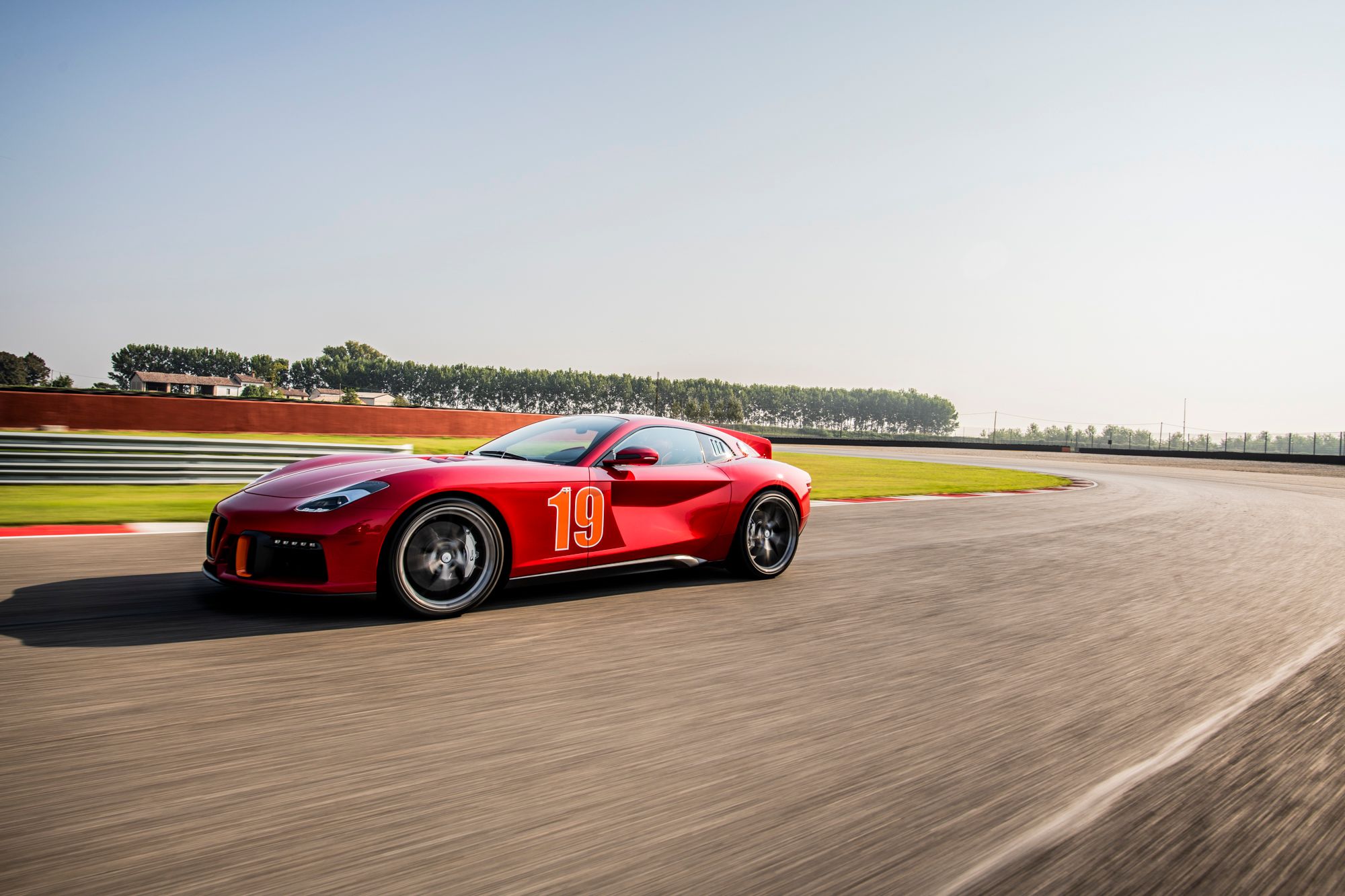
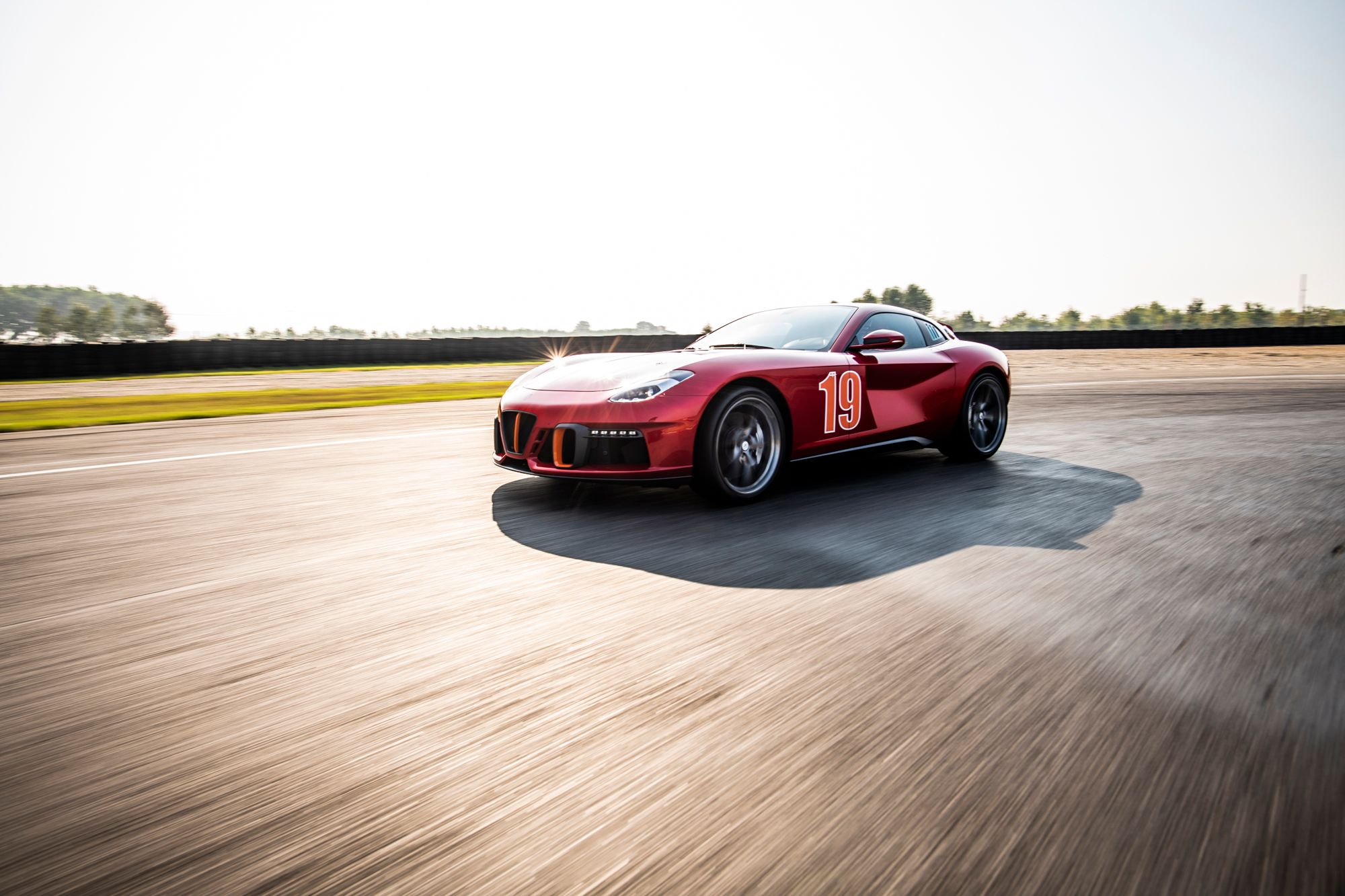
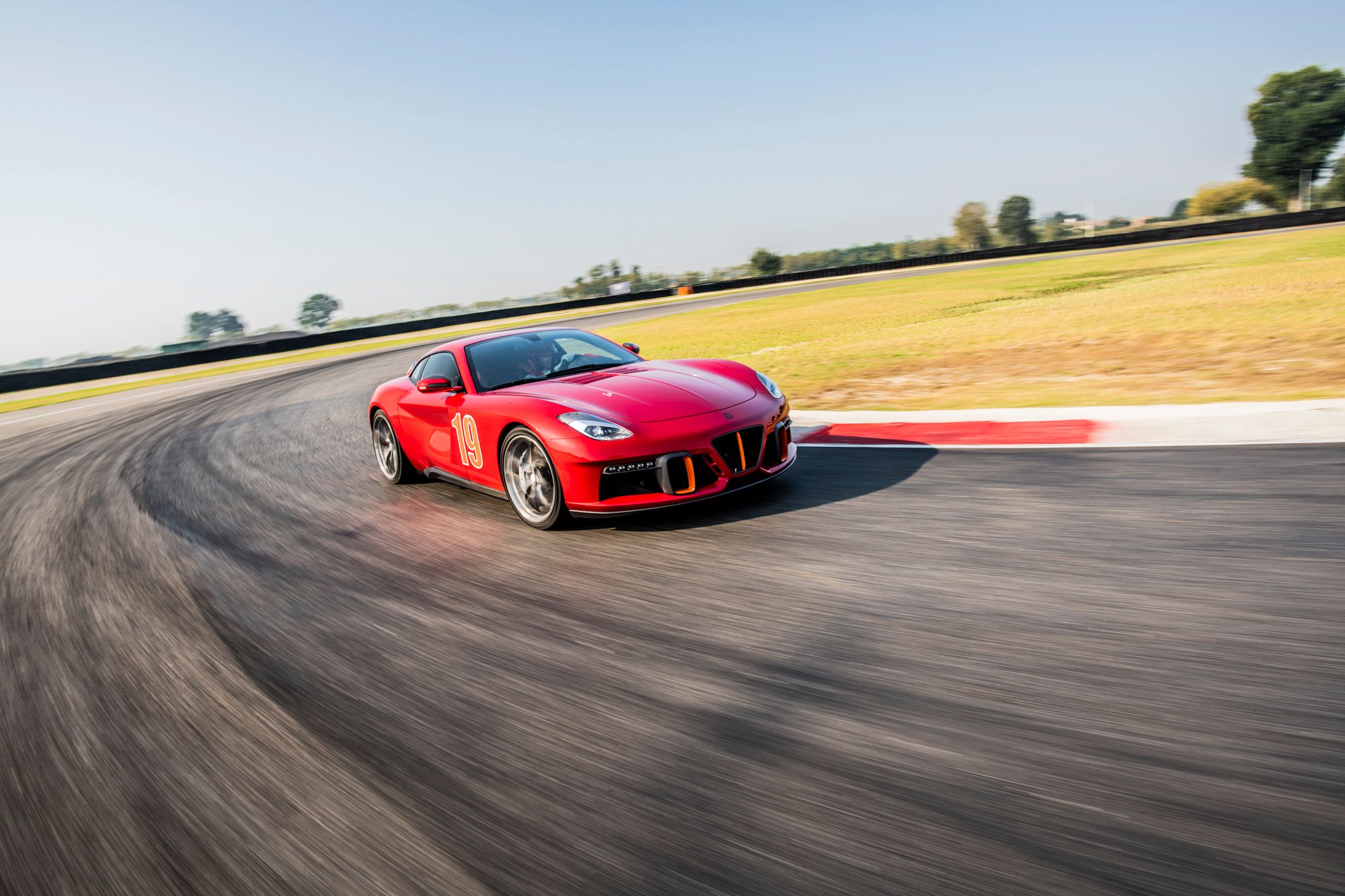
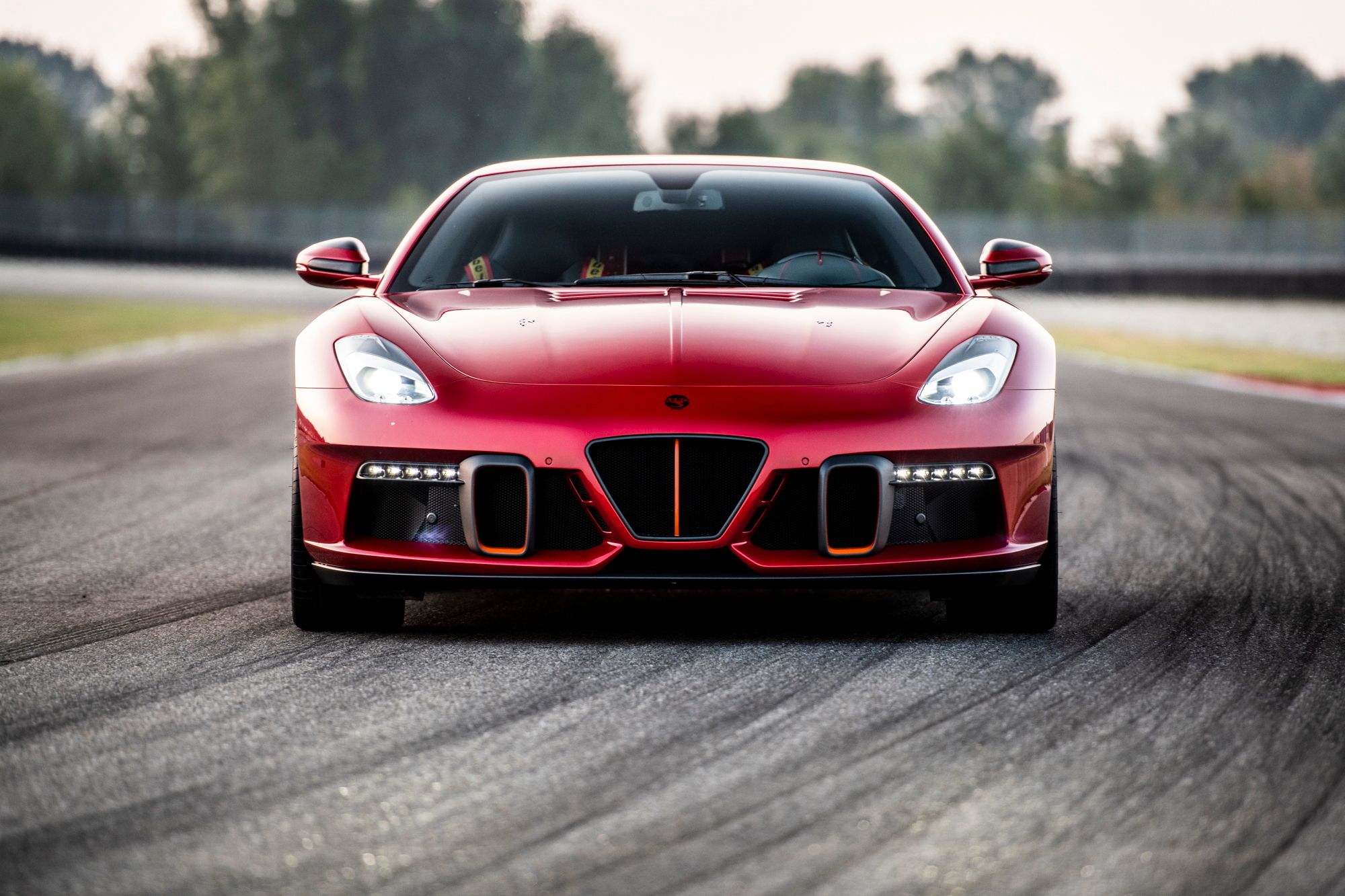
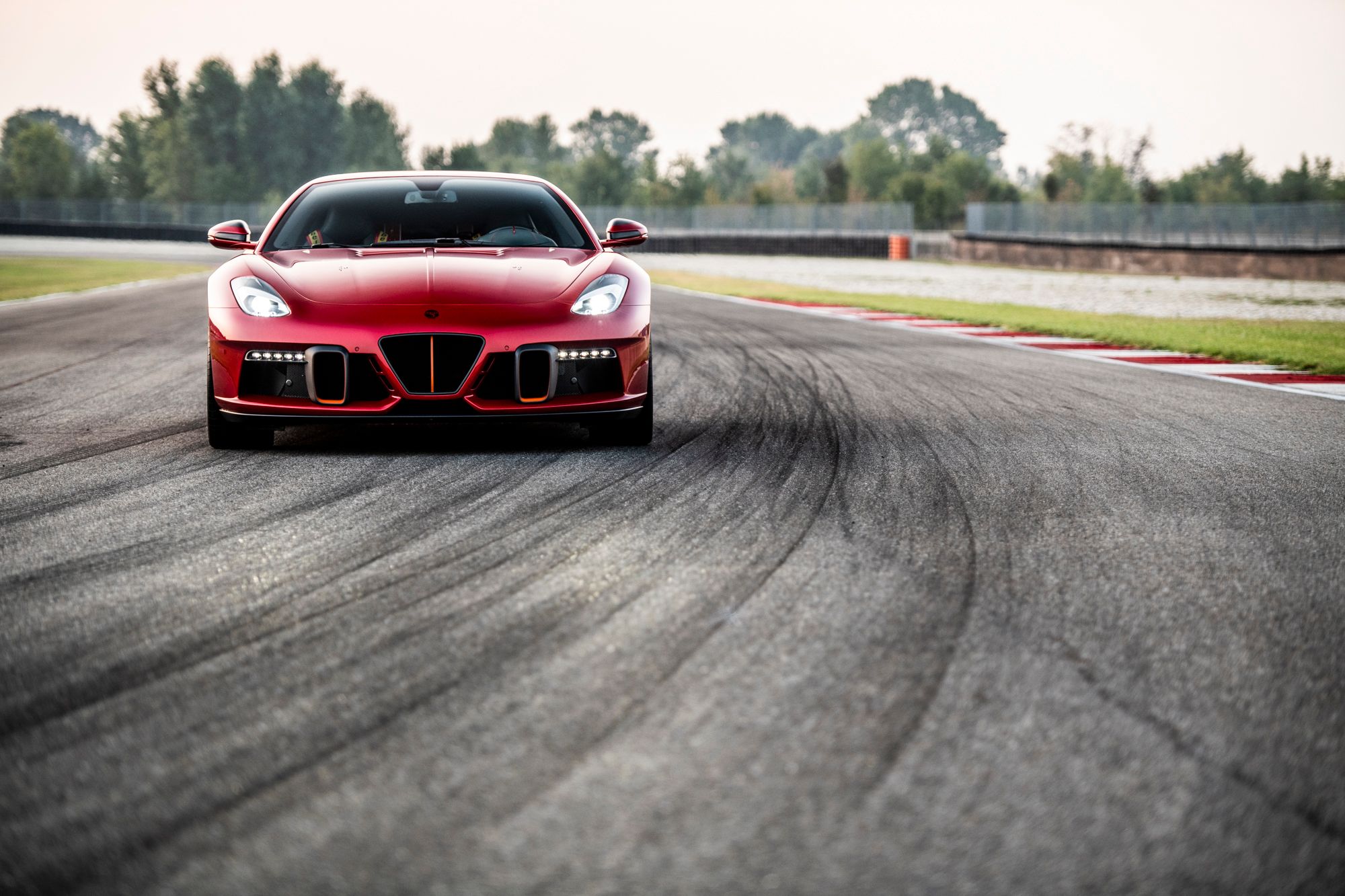
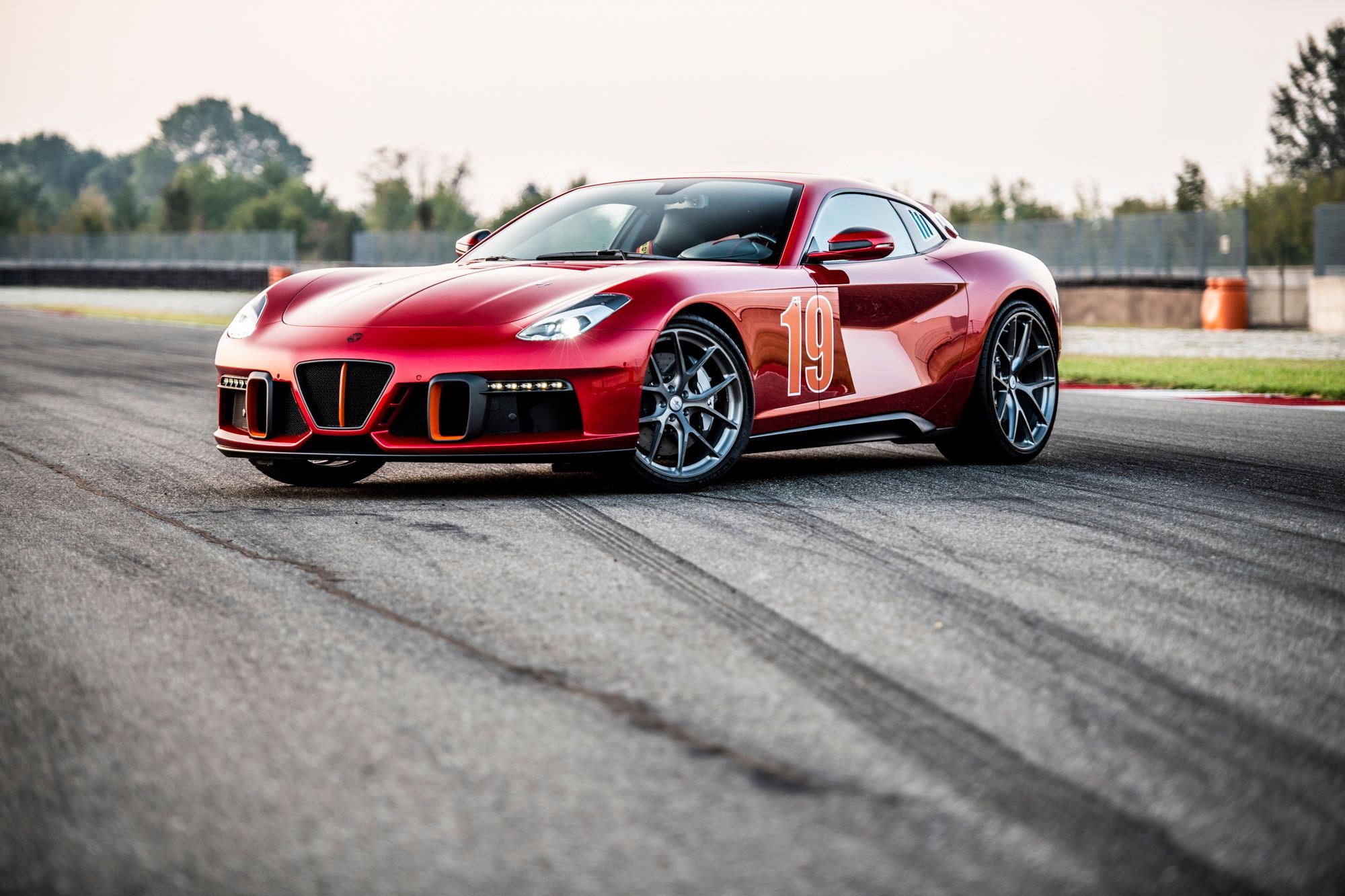
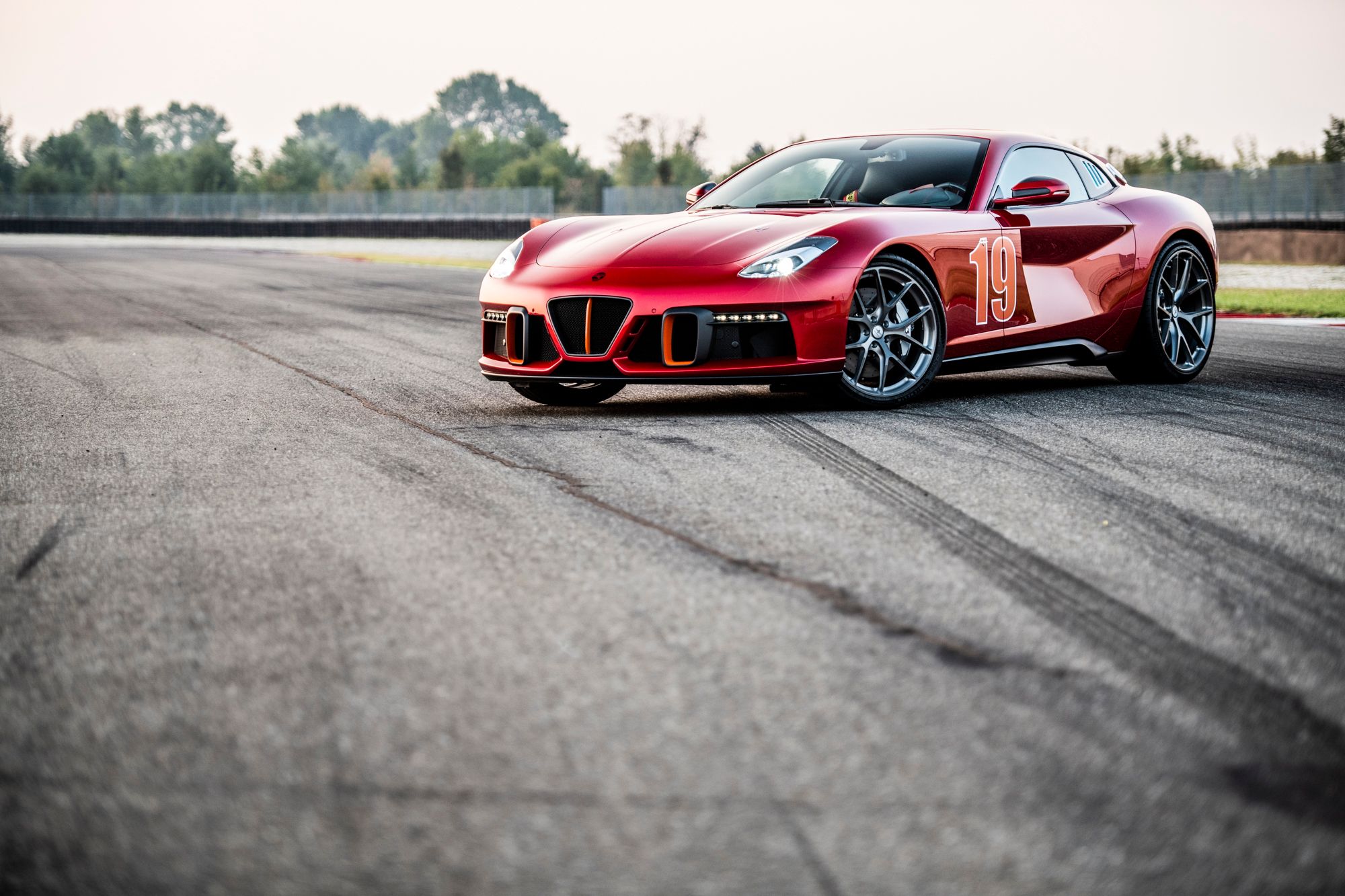
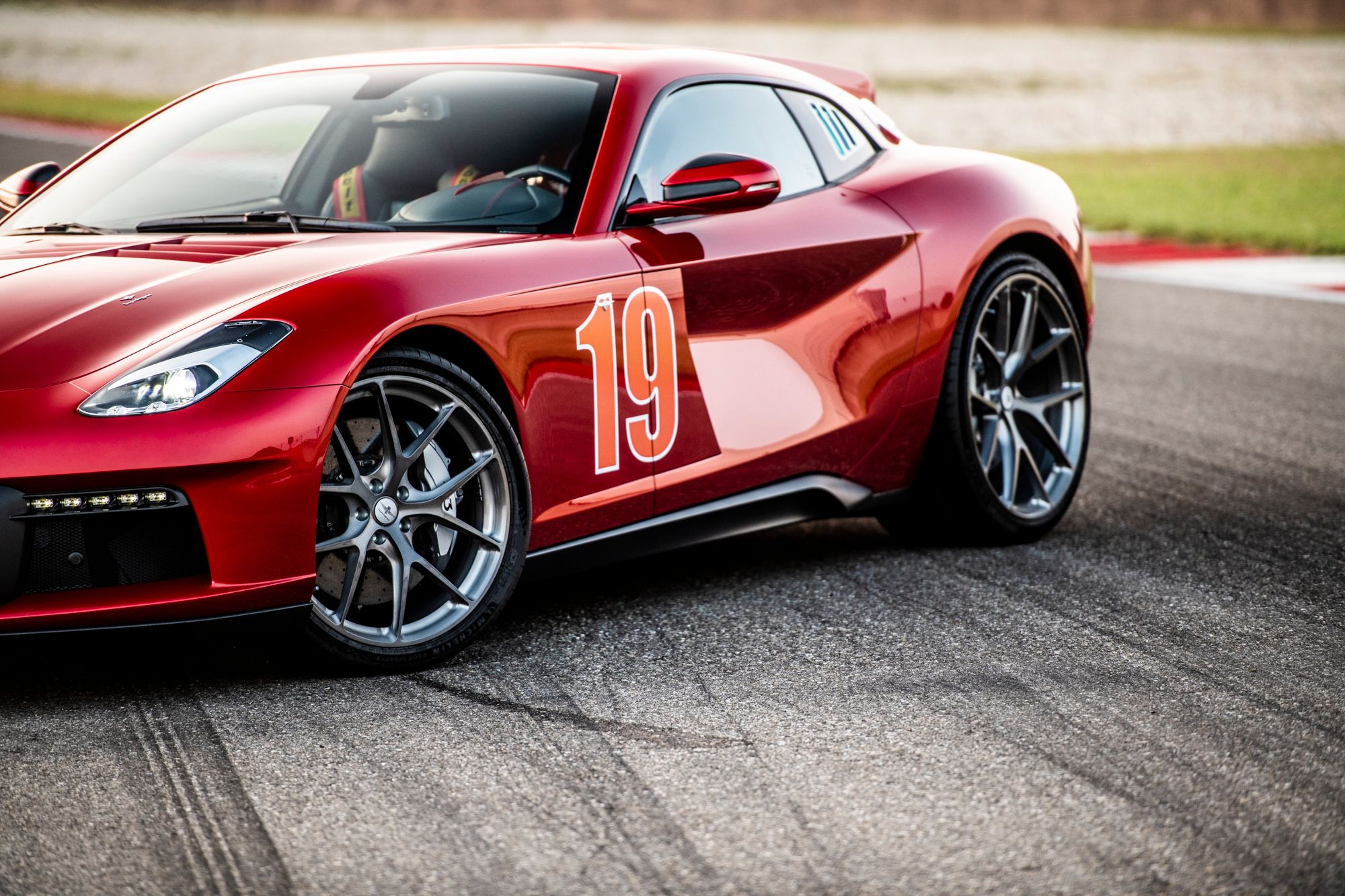
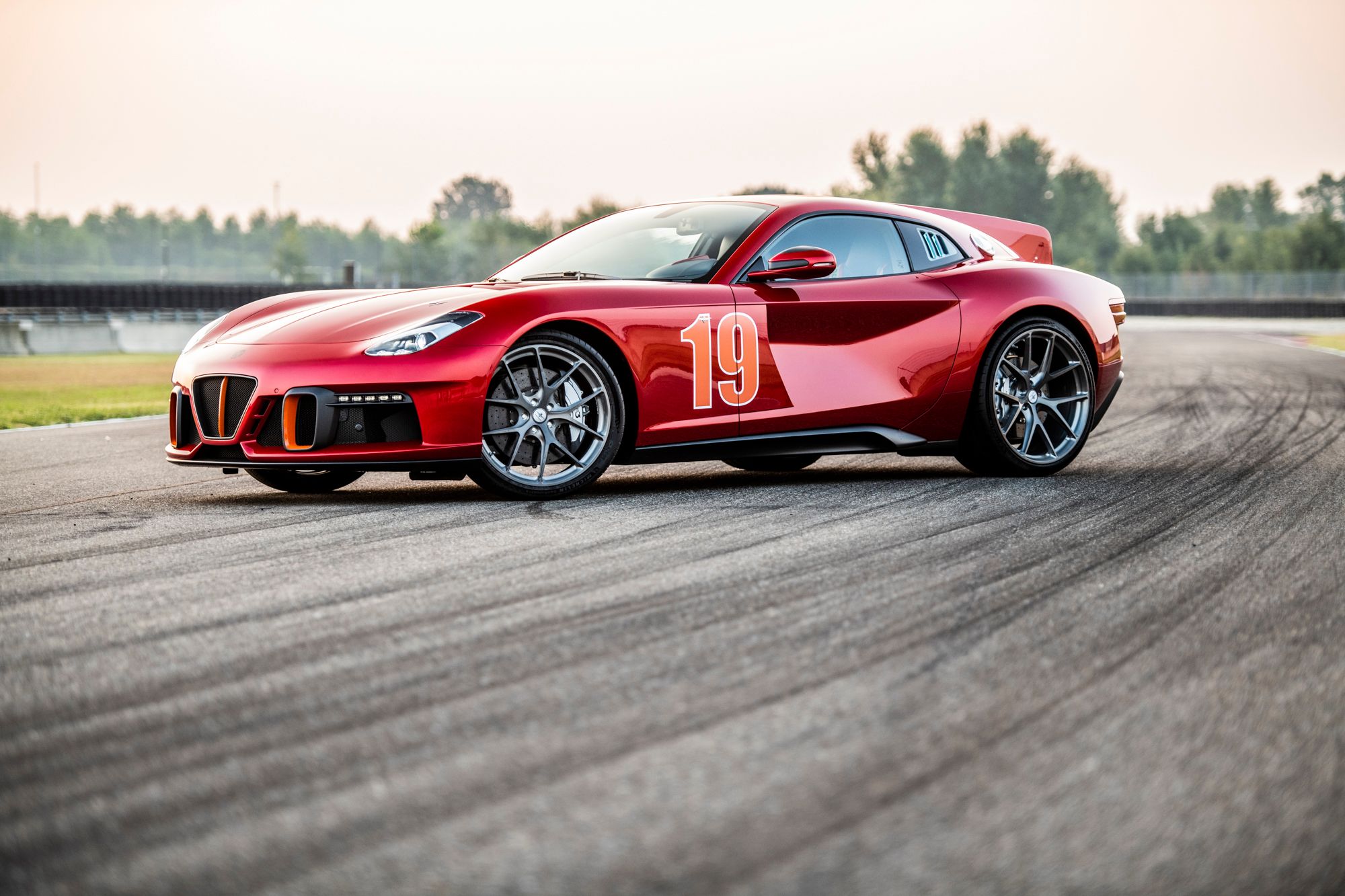
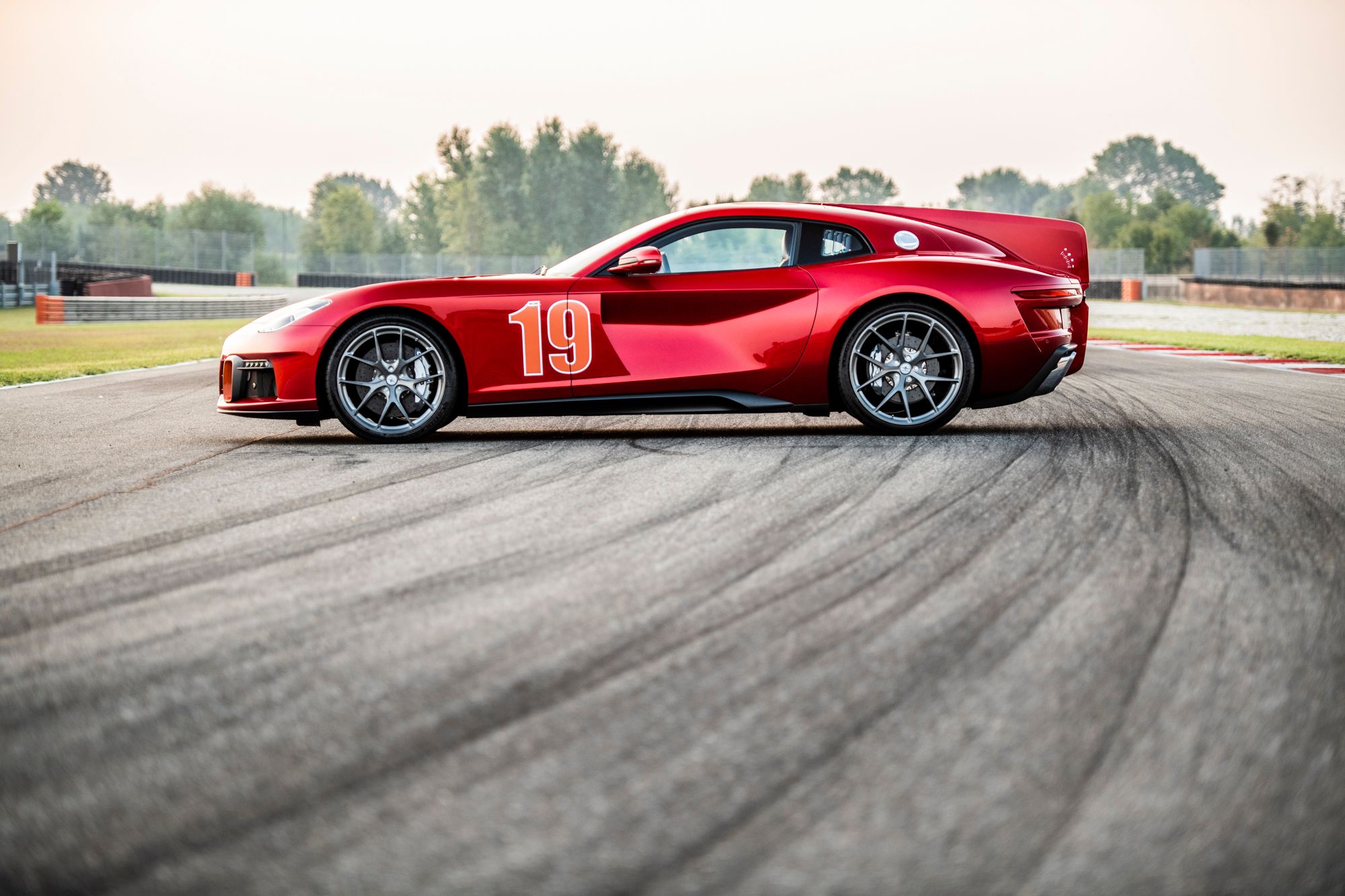
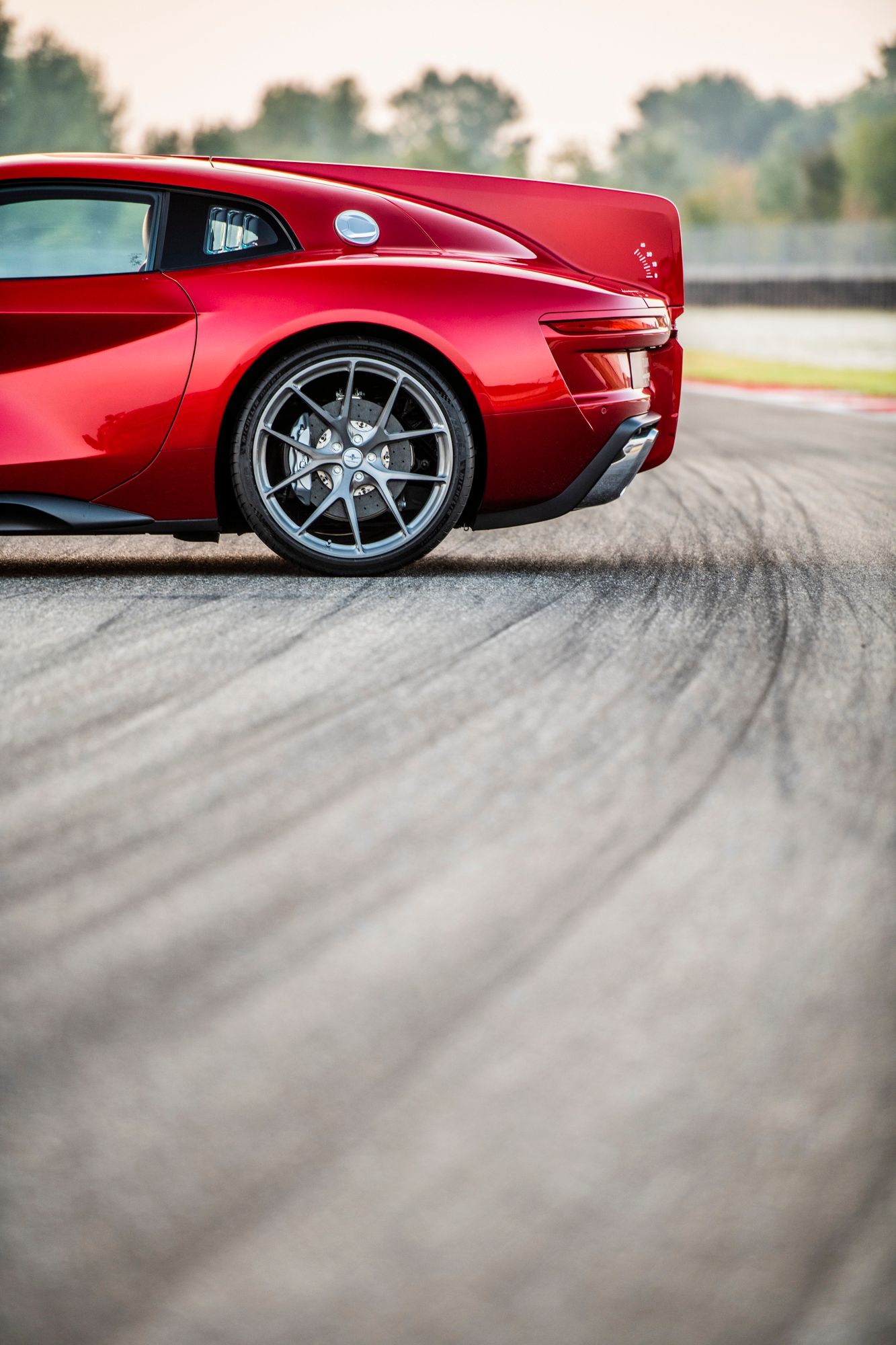
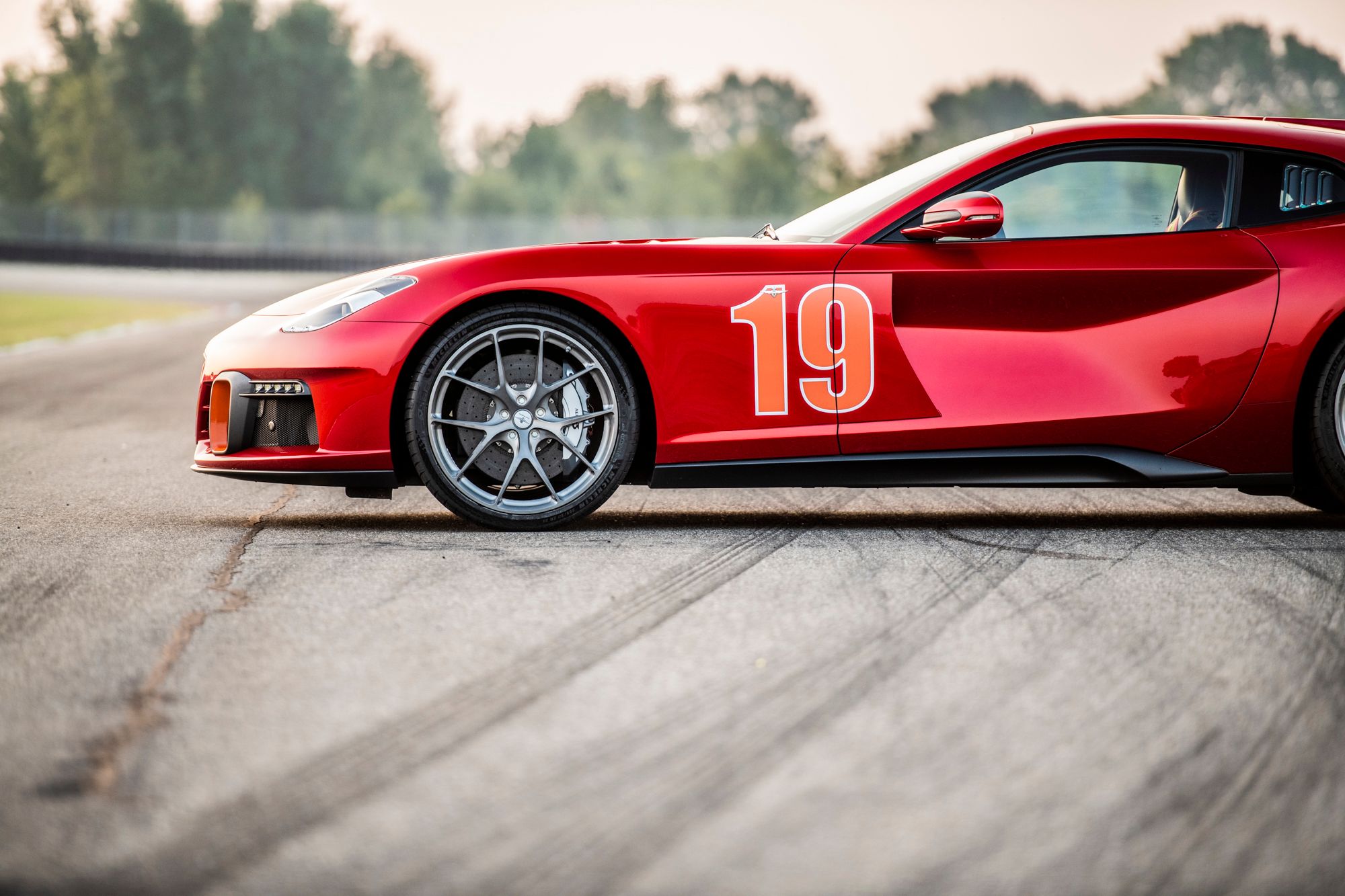
- Make: Array
- Model: 2021 Touring Superleggera Aero 3
- [do not use] Vehicle Model: Array
Exterior

Design-wise, the Aero 3 remains true to touring car design tradition by avoiding heavily angular lines. Instead, it showcases sweeping, harmonious curves combined with beefed-up front benders and sculpted rear haunches. Touring Superleggera says the Aero 3 is heavily inspired by the Disco Volante limited-edition coupe that Carrozerria Touring designed for Alfa Romeo back in 2013. The modern Disco Volante itself is a tribute to the original Alfa Romeo with the same name, built from 1952 to 1953 and penned by the same design house.

But the inspiration for the Aero 3 obviously goes beyond the iconic Disco Volante. Around back, it features a rounded and windowless roof section that has been used on many aerodynamic concept and race cars from the 1930s, particularly Alfa Romeos. As Touring itself points out, it's also inspired by the Alfa Romeo 6C 2500 of the late 1930s and the 8C 2900 of the mid-1930s. Another example from the era is the 1939 BMW 328 Touring Berlinetta, which won the grueling Mille Miglia race thanks to its aerodynamic styling. The rear fin that extends from the center of the roof all the way to the rear fascia is also a tribute to the 1930s racing scene, when automakers and drivers were experimenting with new aero features.
The Aero 3 is also packed with race-inspired details borrowed from classic and modern race cars, starting with the duct-like inserts into the front bumper. It also incorporates louvered quarter windows and fuel caps mounted on the rear section of the roof, something you won't find on the Ferrari F12berlinetta.
Interior

While the exterior of the Aero 3 looks almost nothing like the donor car, the interior is based on the F12berlinetta. To Touring Superleggera's credit, many features and surfaces have been revised or redesigned altogether, but you can still tell that it was built around the F12berlinetta as soon as you look at the dashboard, the steering wheel, and the instrument cluster. You'll find the biggest hint in the center stack, where the Aero 3 features the F12's round A/C vents and the A/C control panels below. The steering wheel retains the same design and features, despite the "Aero 3" badge in the center, while the instrument cluster sports the same shape and layout.
The door panels have been redesigned completely and feature a race-inspired, lightweight design, including cloth pull loops. The model shown here showcases a two-tone upholstery that combines black with Stratosphere Red surfaces that match the color of the bodywork.

Many surfaces come wrapped in fine Foglizzo leather, but you'll also find a verity of aluminum trim, including polished and black matte. There's also matte carbon-fiber elements and "Aero 3" badges on the center console and the seats. The Alcantara and the contrast stitching complete the look, while the race-inspired seat belts and the bucket seats are hints that this grand tourer is ready to hit the track.
Drivetrain and Performance

Although the body is built from scratch, the underpinnings of the Aero 3 come from a different. Touring Superleggera says it retains the donor car's spaceframe chassis and running gear and that both are "sourced from a premier Italian supercar." No specific model is mentioned, but a quick look at the specs reveals that Touring Superleggera designed the Aero 3 around the Ferrari F12berlinetta. The Aero 3 features the same 6.3-liter V-12 engine with identical output figures at 730 horsepower and 509 pound-feet of torque. The gearbox, a seven-speed dual-clutch, also seems identical to the one fitted in the F12berlinetta.

The F12berlinetta has been discontinued in 2017, when Ferrari rolled out its replacement, the 812 Superfast. The latter features a slightly bigger, 6.5-liter V-12 engine and packs notably more oomph at 789 horsepower and 530 pound-feet of twist.
Needless to say, the Touring Superleggera Aero 3 is as powerful and fast as modern supercars get.
How much does the Touring Superleggera Aero 3 cost?

Pricing for the Aero 3 is provided only on request and does not include the price of the donor Ferrari F12berlinetta. Since the latter is no longer in production, the Aero 3 is basically aimed at Ferrari owners who already have an F12berlinetta. If you don't own one and want an Aero 3, you basically need to get a used F12berlinetta. It's not yet clear if the Aero 3 can also be built around the 812 Superfast, which shares most components with the F12berlinetta.
The conversion likely costs in excess of $300,000, especially since the Aero 3 is limited to only 15 units. Each car can be trimmed and fitted to the buyer’s individual preferences. The Italian firm says it can deliver the complete car within six months after it takes delivery of the donor car. Every part manufactured or modified by Touring Superleggera is covered by an unlimited mileage two-year warranty.
Is the Touring Superleggera Aero 3 better than the Ferrari 812 Superfast?
The Aero 3 is actually a Ferrari 812 Superfast. Sort of. The 812 Superfast is an improved, facelifted version of the F12berlinetta, so we could say that the Aero 3 shares many of its drivetrain components and technologies. But the 812 Superfast comes with a revised, 6.5-liter V-12 that generates 789 horsepower and 530 pound-feet of torque, so the Aero 3 falls behind by 59 horses and 21 pound-feet. If you're interested in power alone, then no, the Aero 3 isn't better. But Touring's take on the F12berlinetta is the better car if you care more about styling and about owning a modern vehicle that sports a classic design. The Aero 3 is also the more aerodynamic car. Somewhat ironically, even though the Aero is based on the F12berlinetta, the predecessor of the 812 Superfast, these cars are actually aimed at different buyers. The Aero 3 is the more exclusive, retro-styled F12 that Ferrari never built.
Read our full story on the Ferrari 812 Superfast.
Any other options out there?

Although today's market is packed with fast and luxurious grand tourers, none have the appeal of the Aero 3. It takes a long, hard look into the pool to find something remotely similar. In my opinion, the only cars that come close are official continuation series of iconic classics. Jaguar, for instance, revived both the E-Type Lightweight and the D-Type using old chassis. Yes, they're not exactly modern and they're not as powerful as the Aero 3, but both are timeless classics and both were originally designed for racing with (at the time) innovative aerodynamics in mind. The E-Type Lightweight was originally introduced in 1963 and Jaguar built only 12 cars. In 2014, the British firm built six more cars on existing chassis on the same specification as the originals. The D-Type is an even more legendary model. Produced from 1954 to 1957, it won the 24 Hours of Le Mans three times. In 2018, Jaguar announced a continuation series of 25 units, including both short- and long-nose versions. Granted, these Jaguars are long sold out and they now cost in excess of $1 million, but they shouldn't be that much more expensive than an Aero 3.
Read our full reviews of the Jaguar E-Type Lightweight and Jaguar D-Type.
Conclusion

Carrozzeria Touring has designed some of the greatest road and racing cars in history. From 1930s Alfa Romeos and 1950s Ferraris to 1960s Aston Martins, Maseratis, and even Lamborghinis, this Italian coachbuilder left a permanent mark on the automotive design book, despite the fact that the original company ceased to exist in the 1960s. Fortunately, Carrozzeria Touring was revived in the 2000s and returned with a few impressive concept cars designed for companies like Alfa Romeo, Bentley, and Mini. The Aero 3 arrives as the firm's most convincing modern products. Not only it echoes iconic designs from the past, it also pays tribute to iconic Alfa Romeo and BMW race cars. But it's also a full-blown production model, something that the Italians haven't done in a few years. The fact that Aero 3 is based on the very potent Ferrari F12berlinetta is just the icing on the cake.

